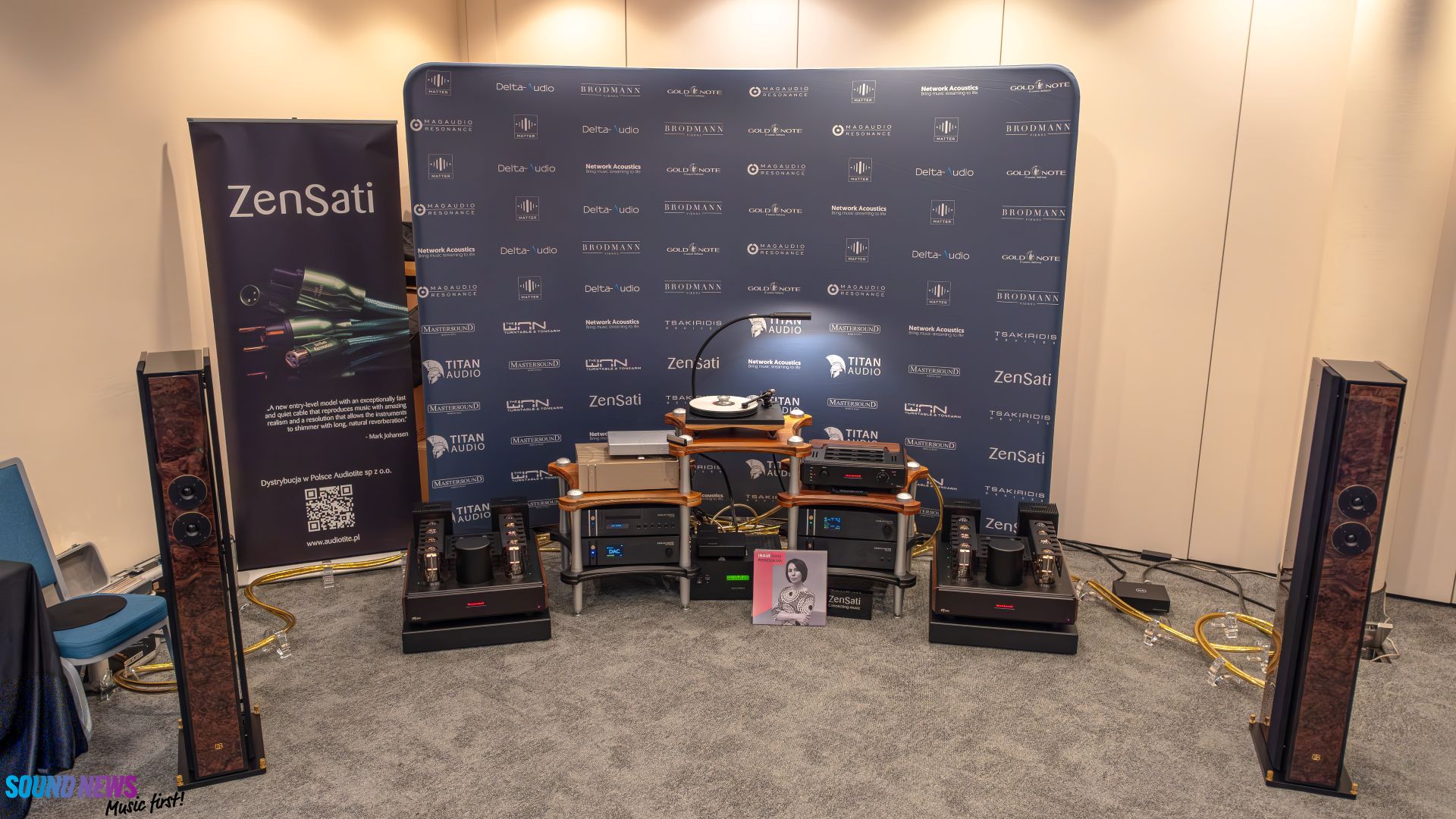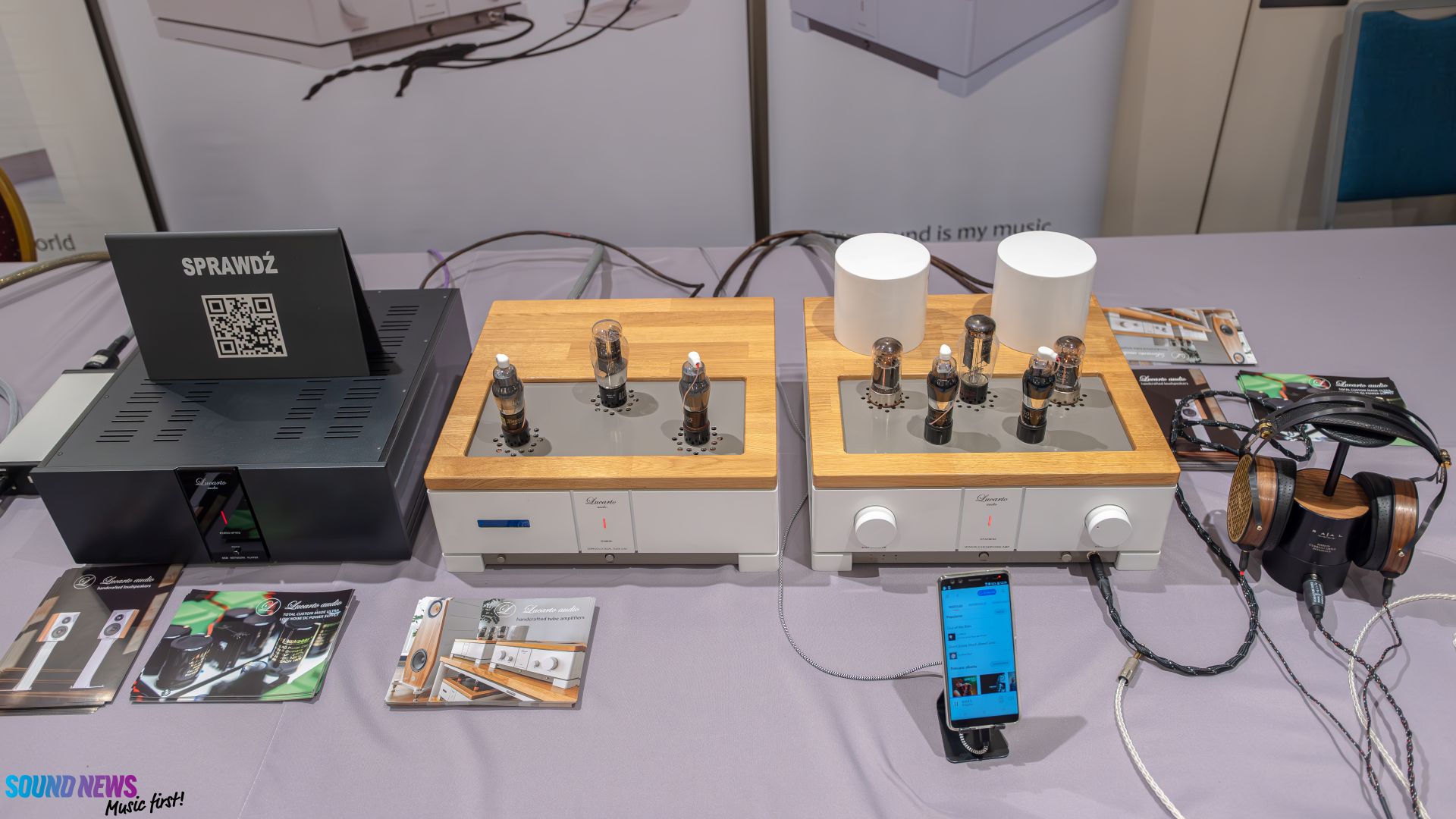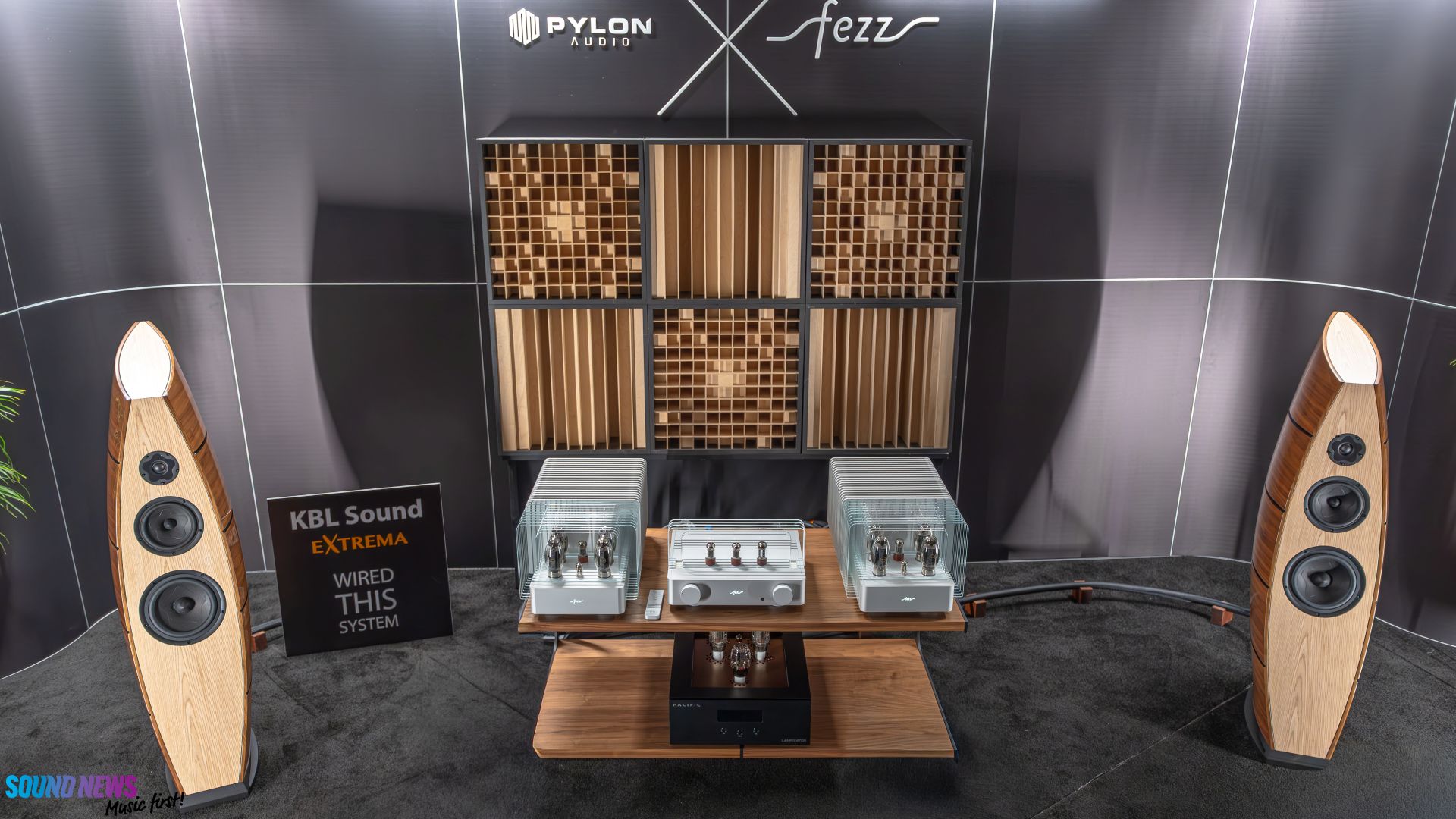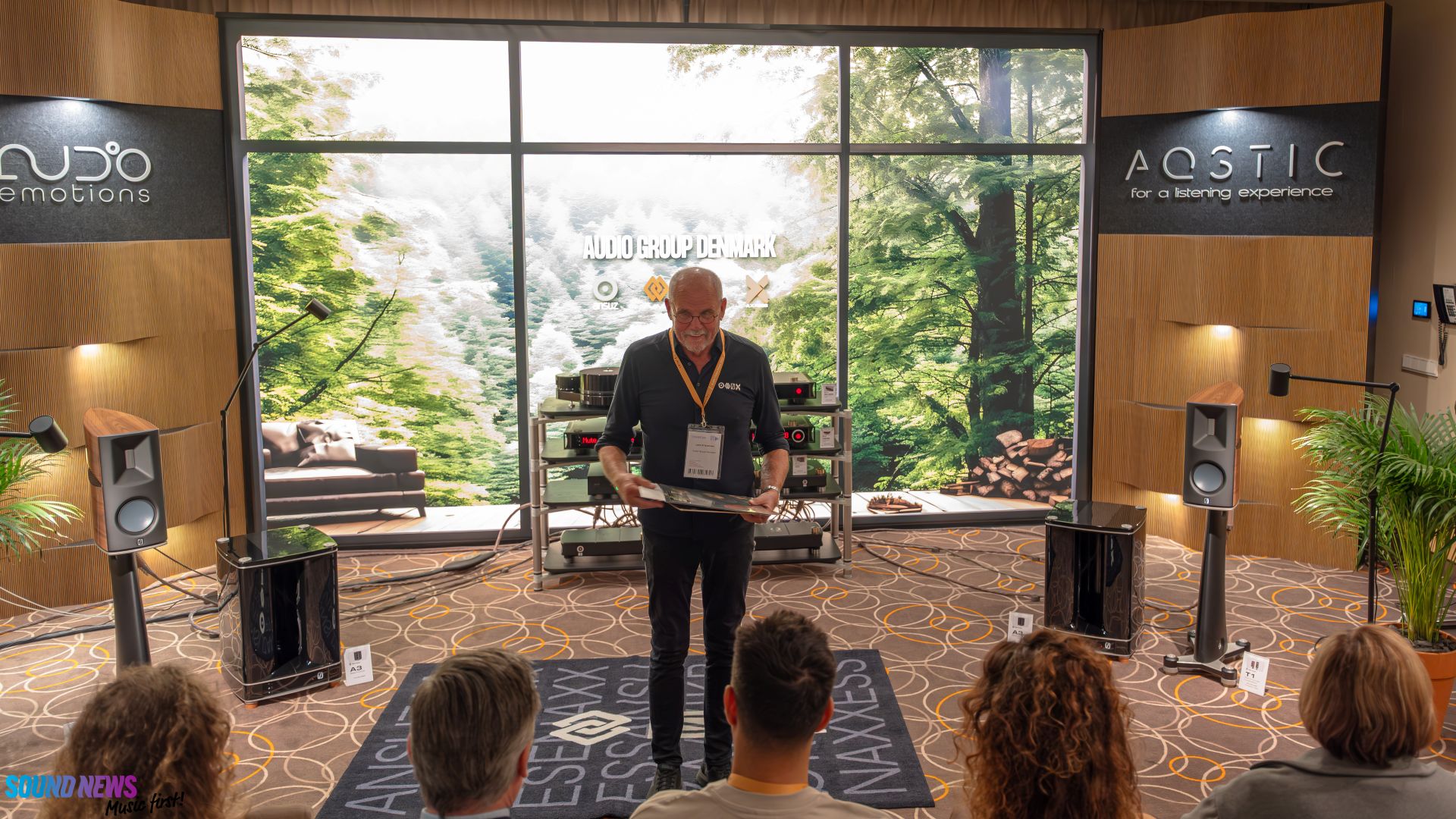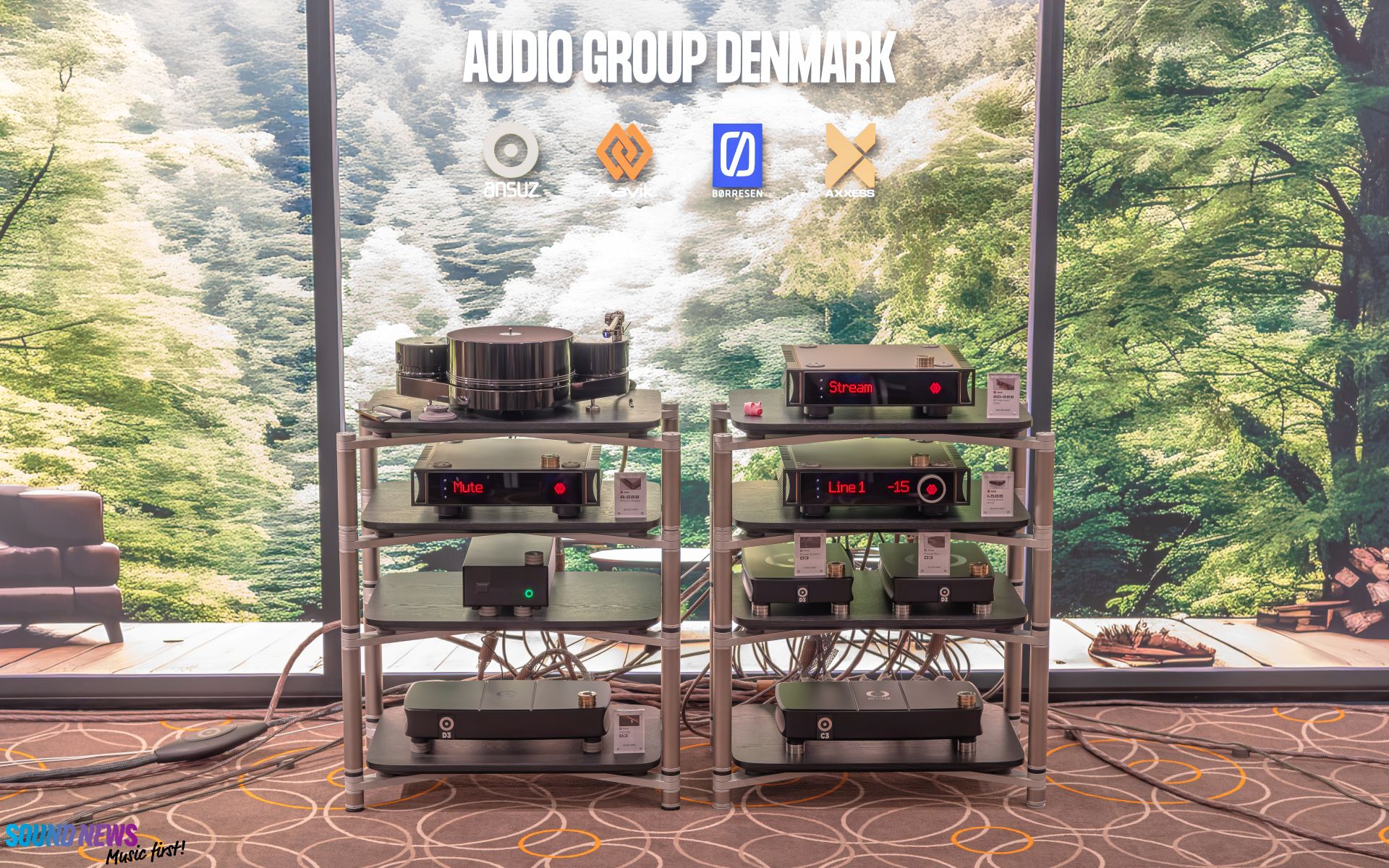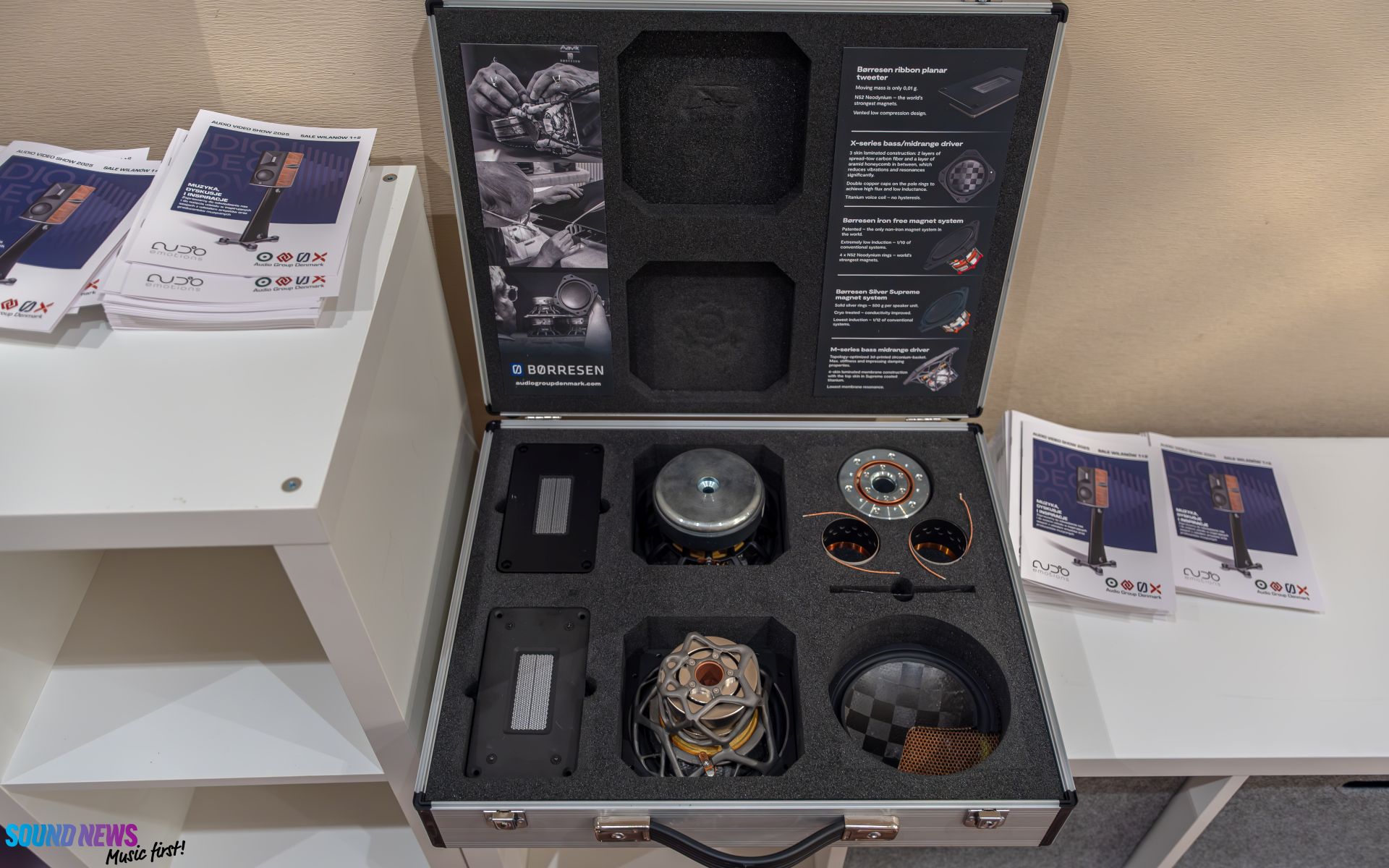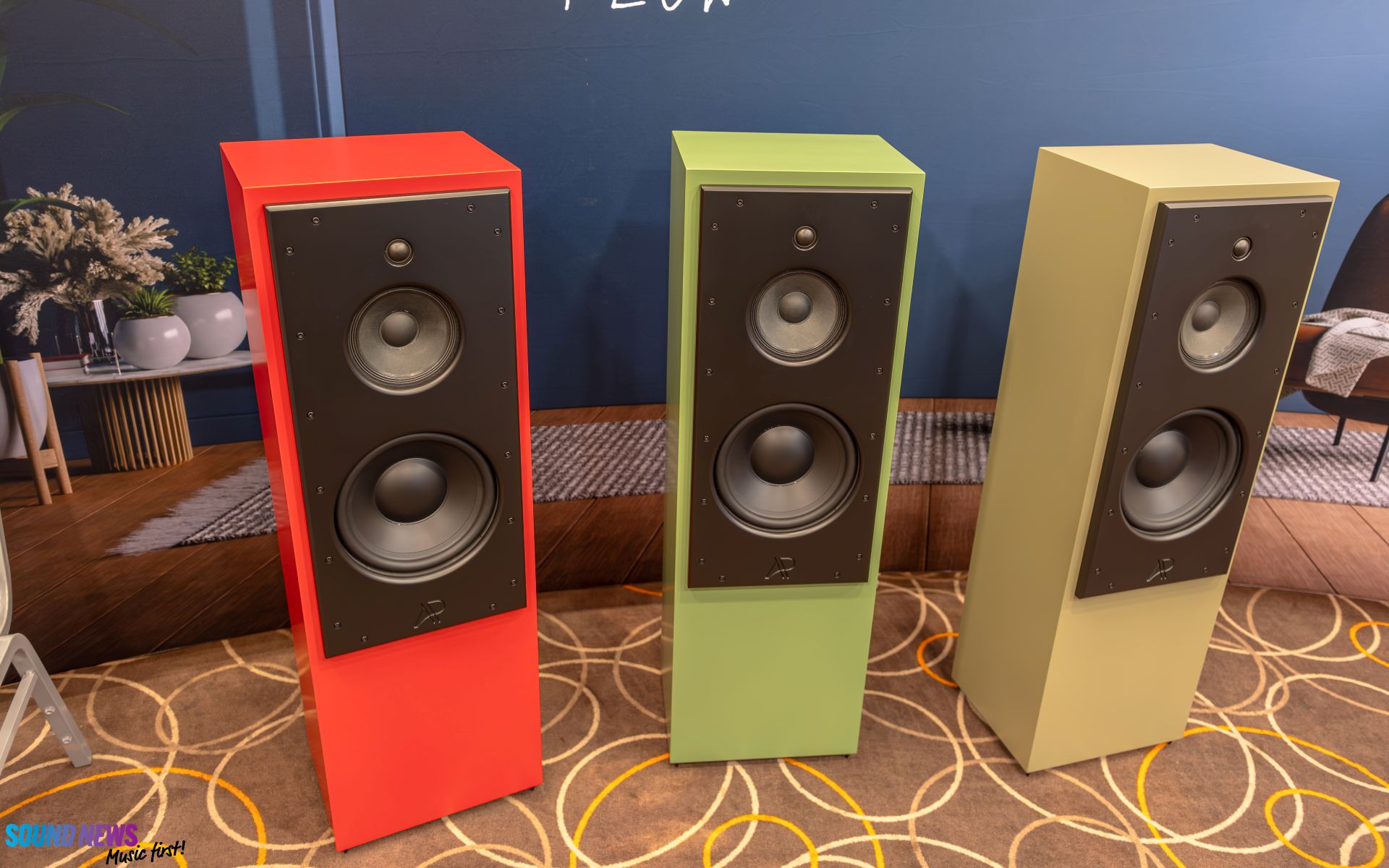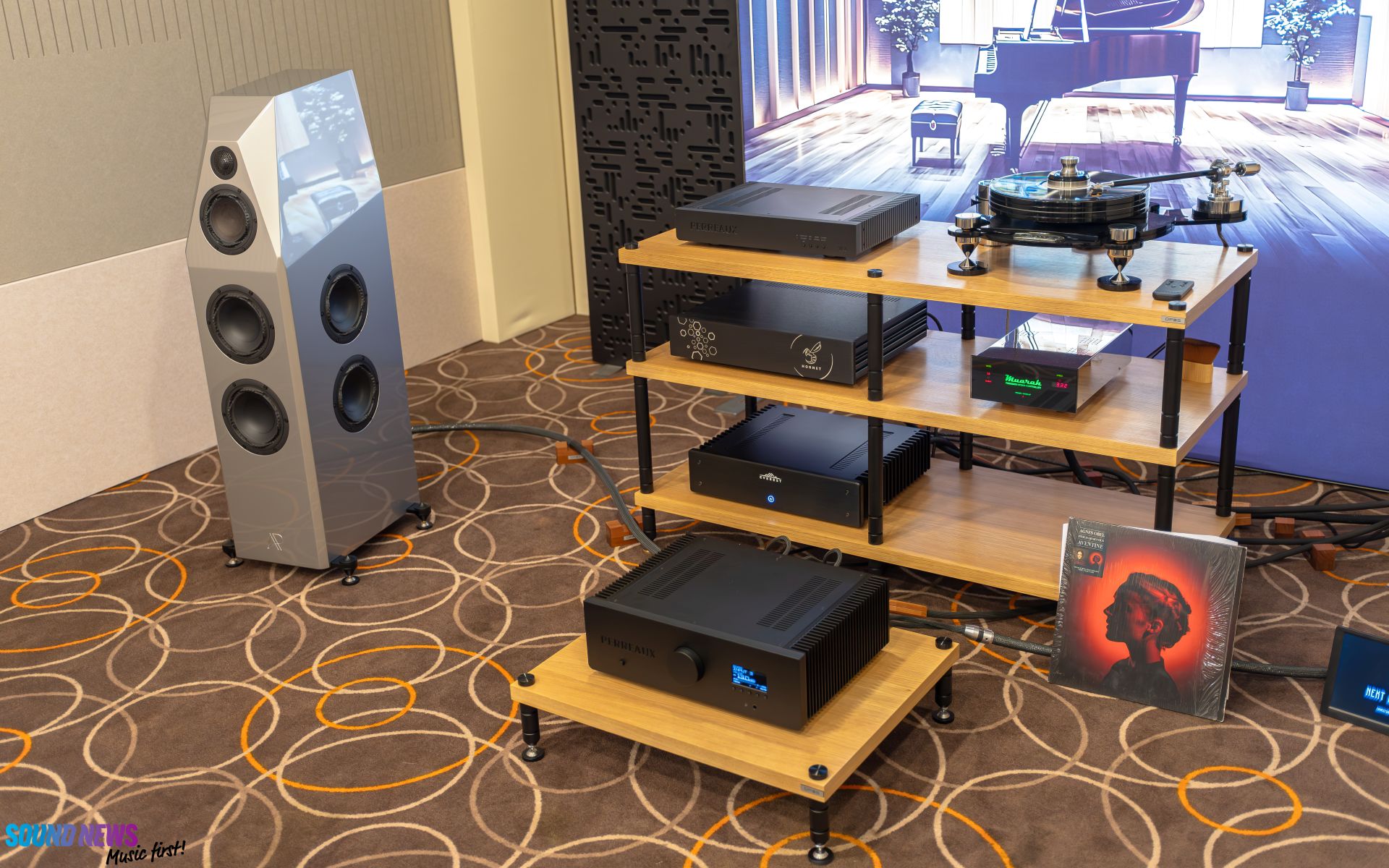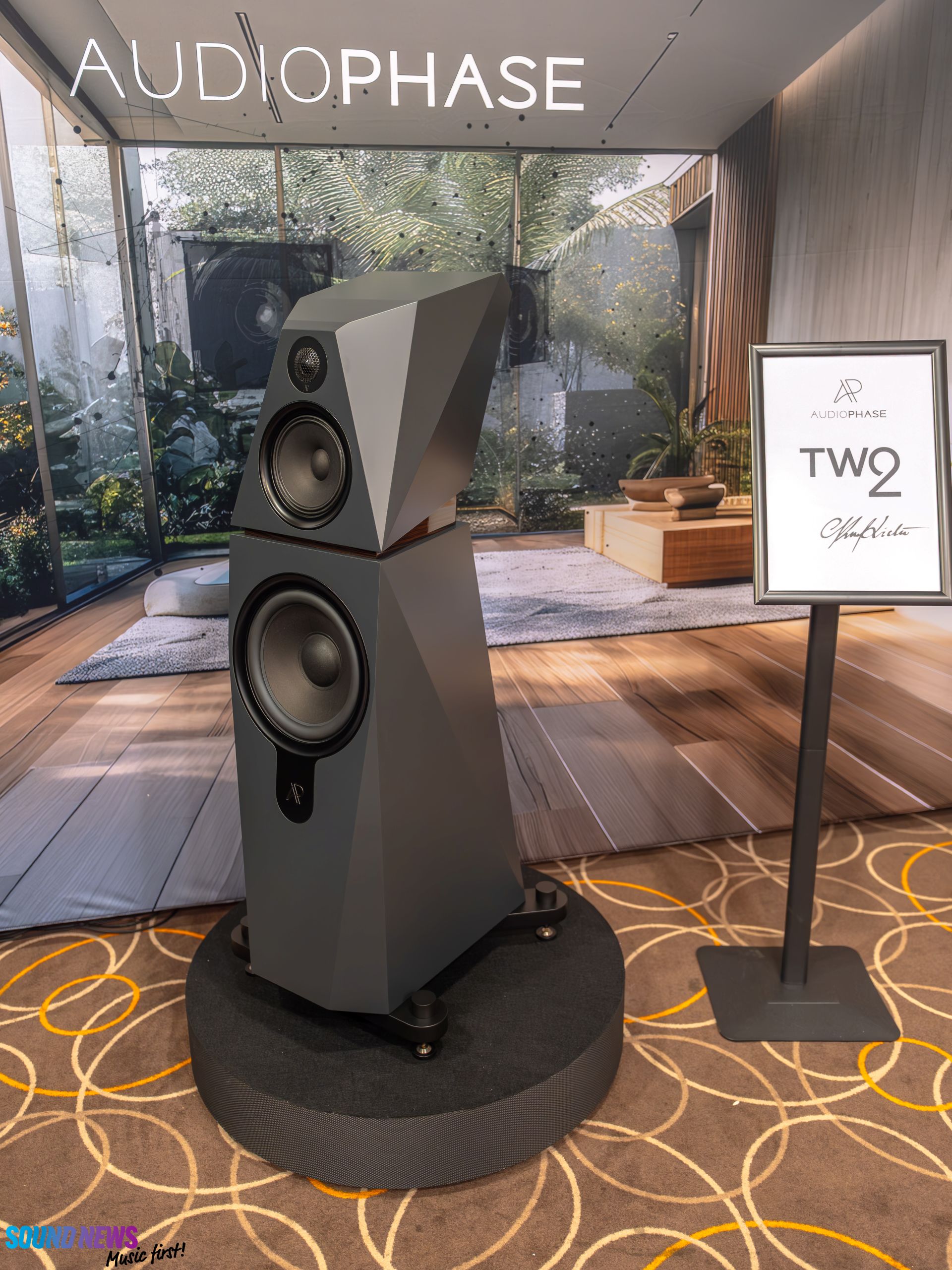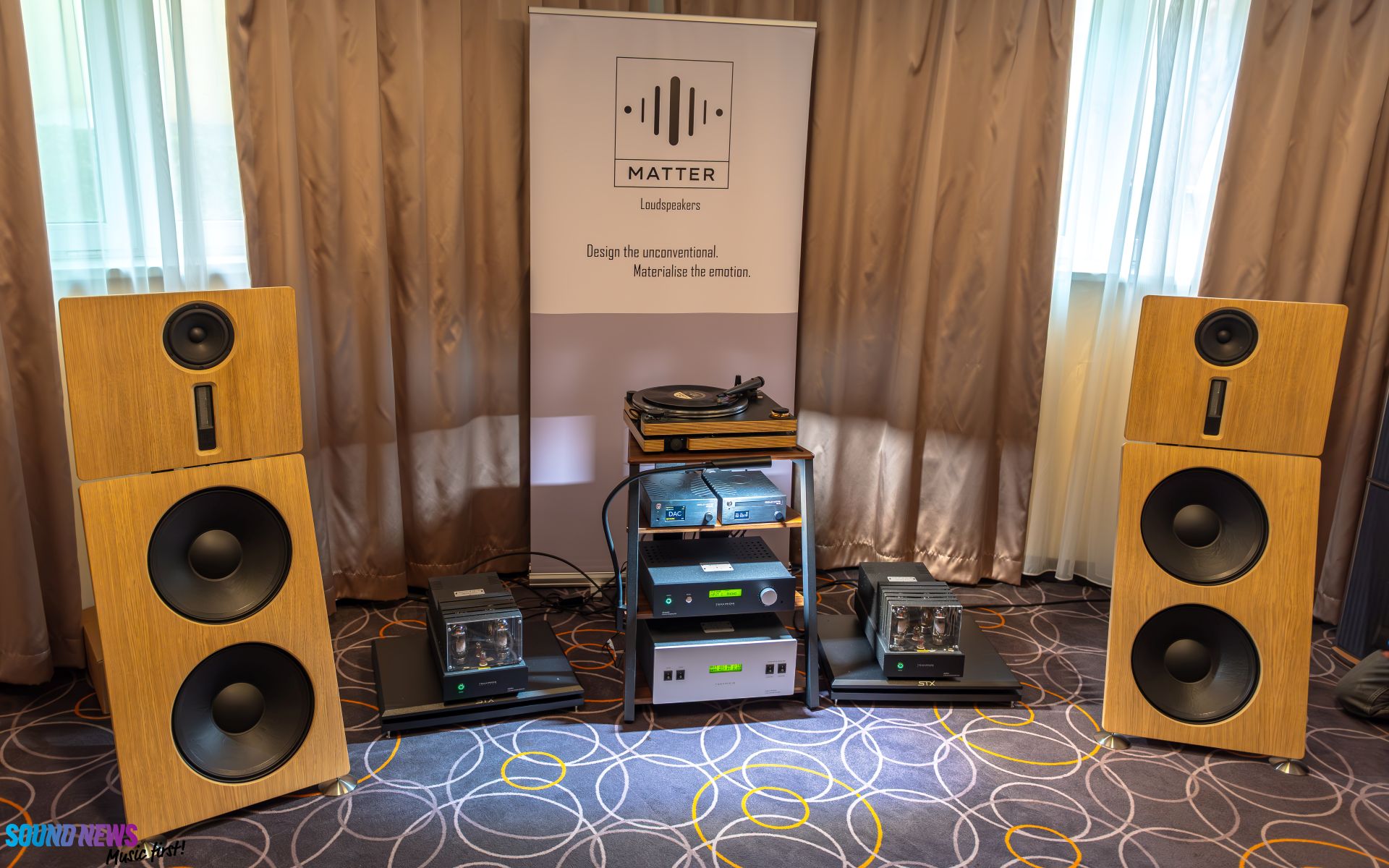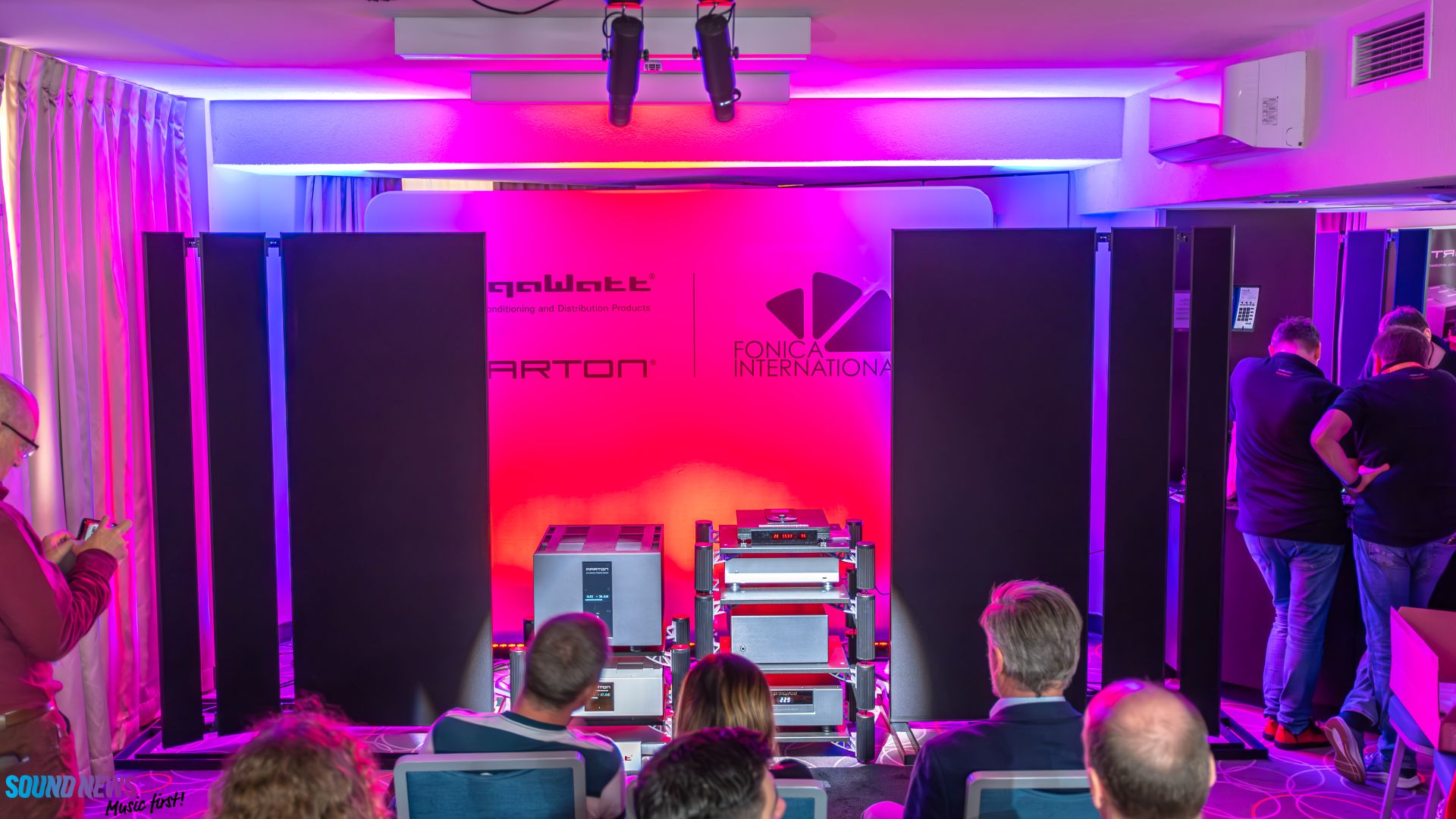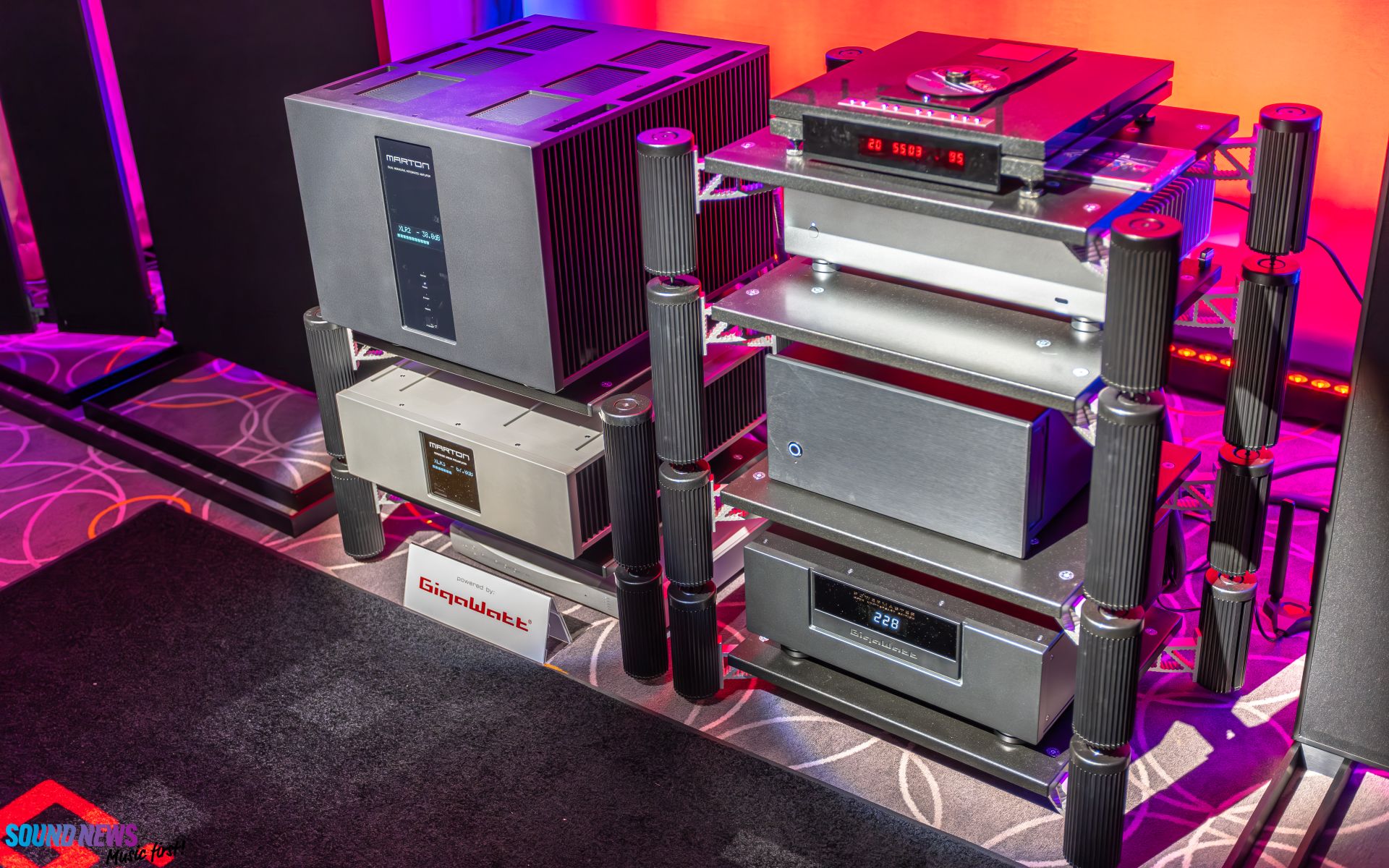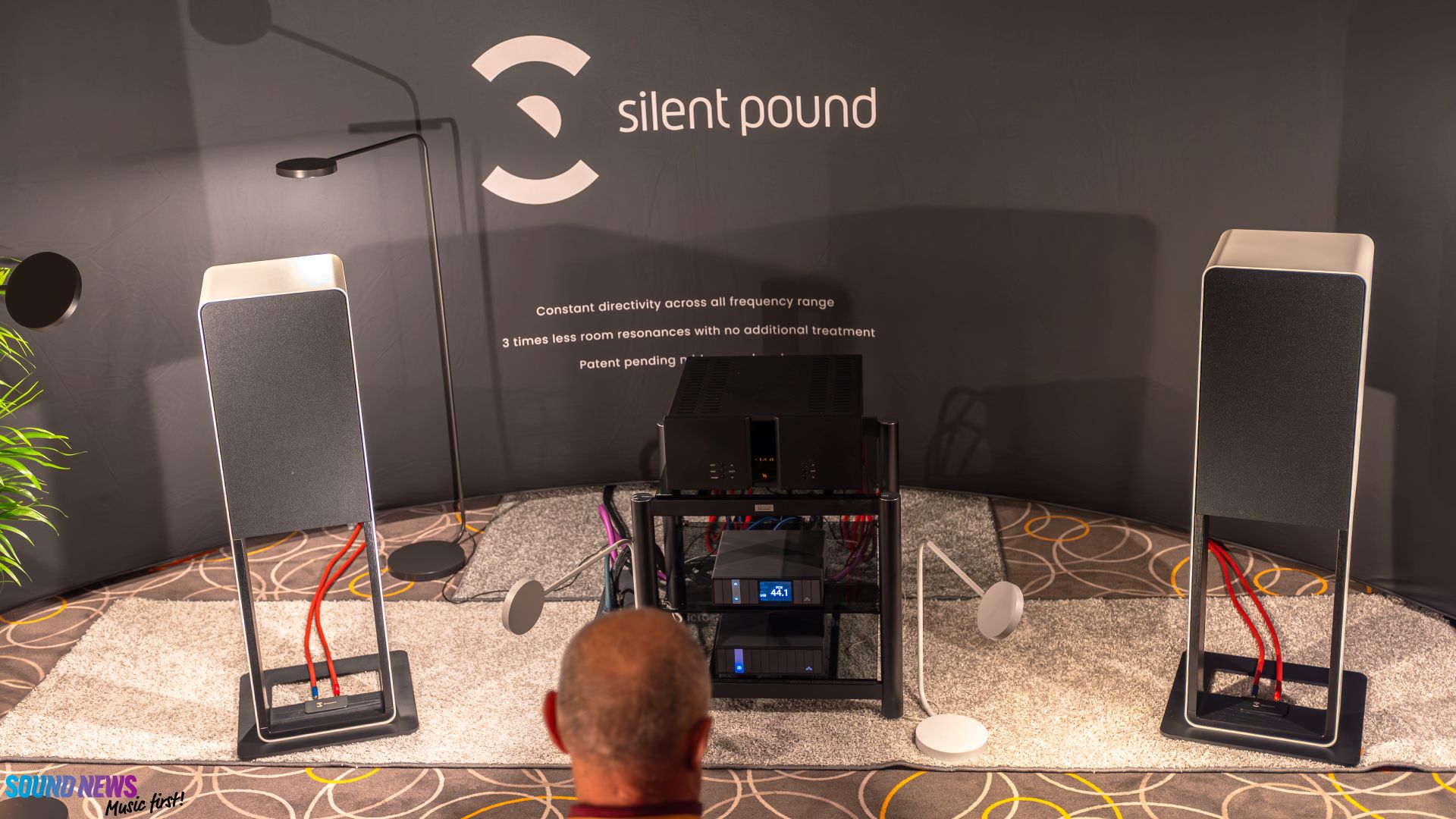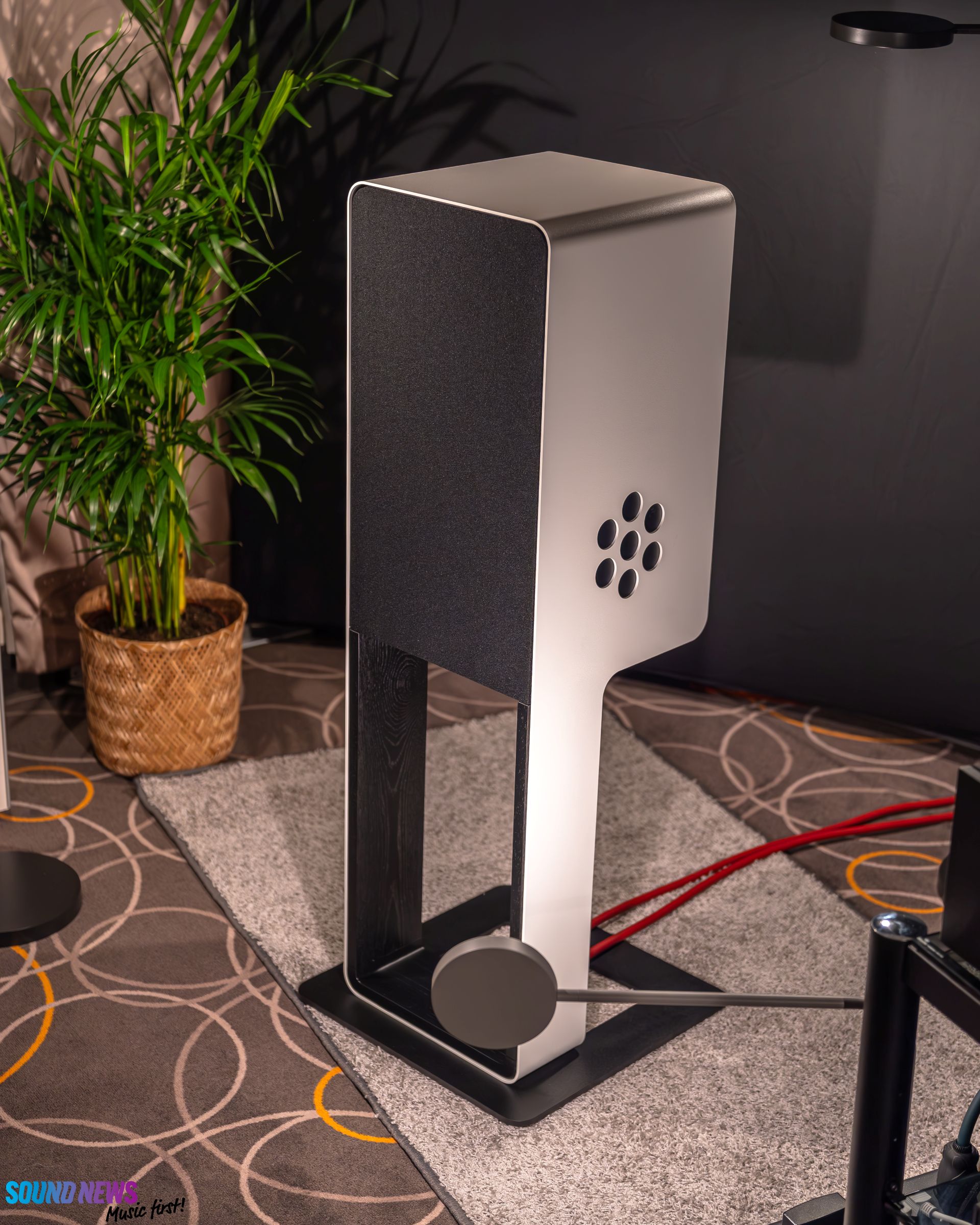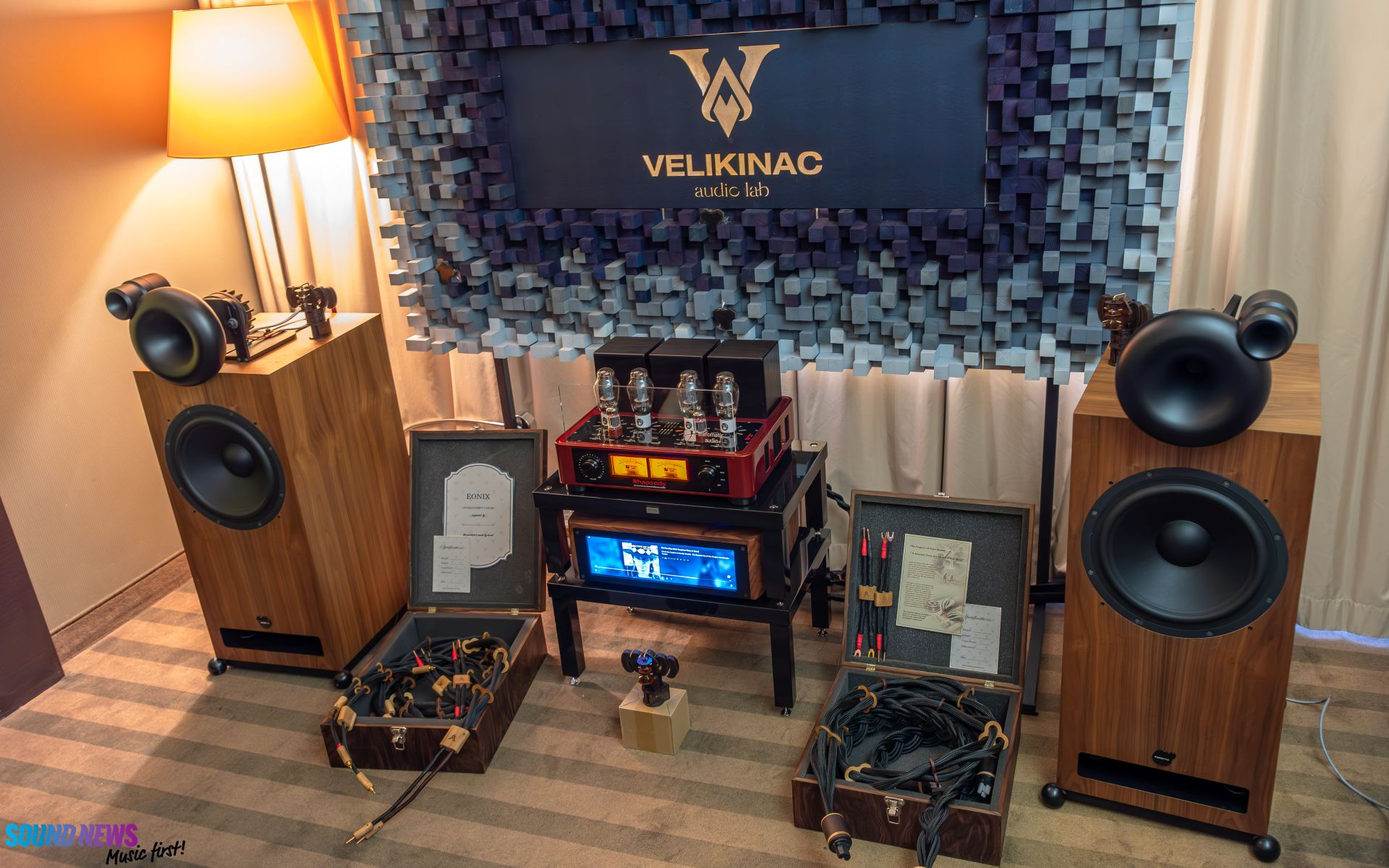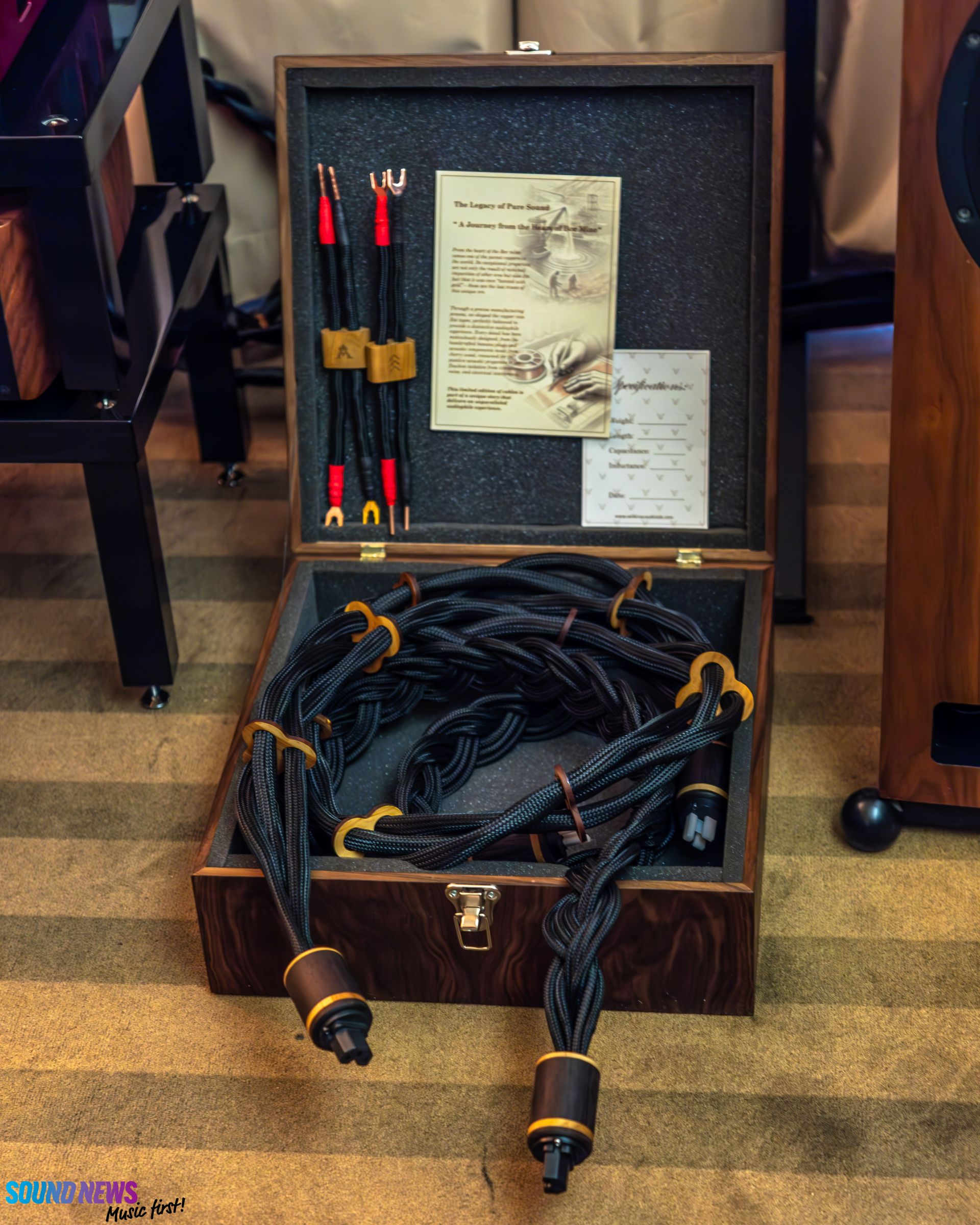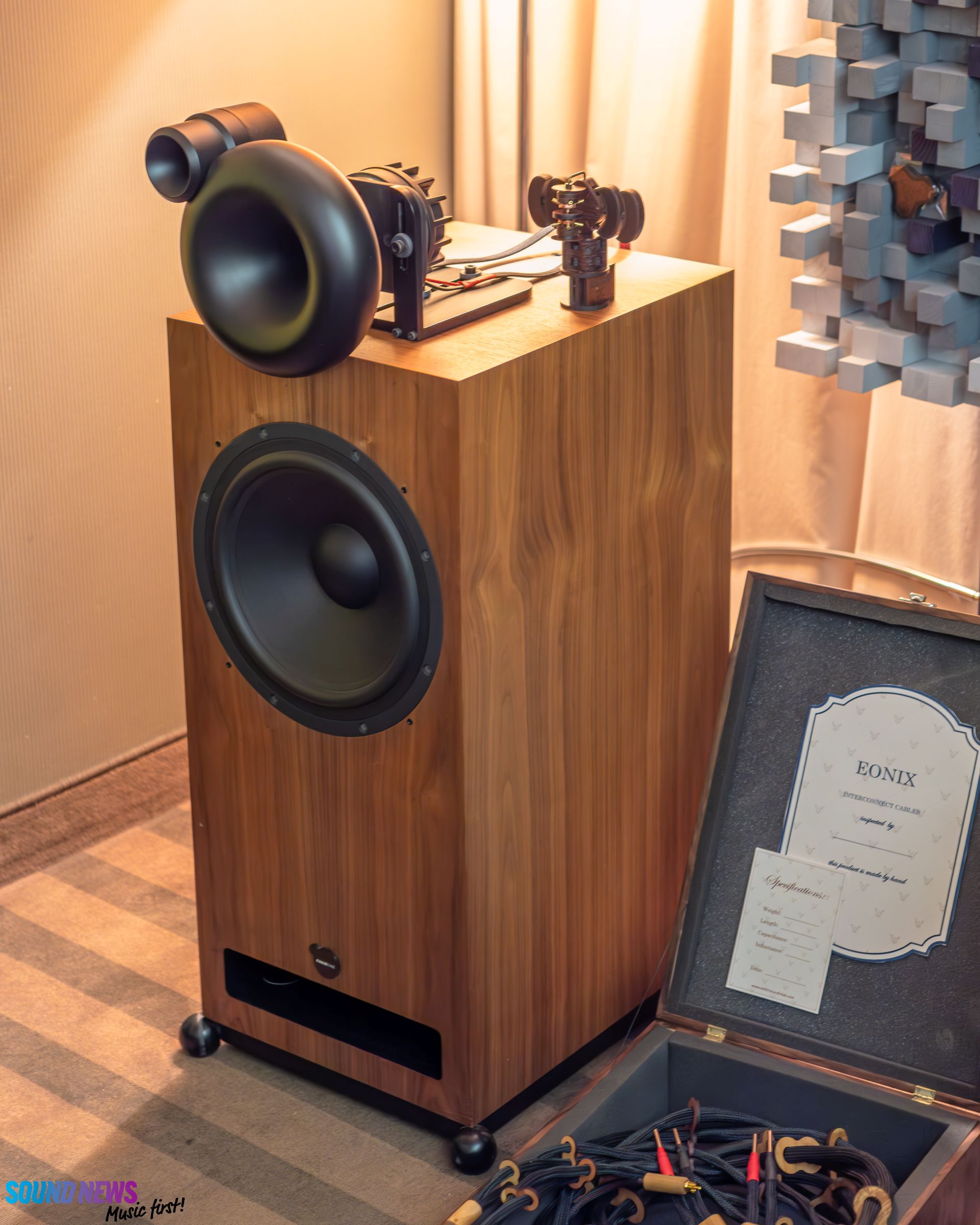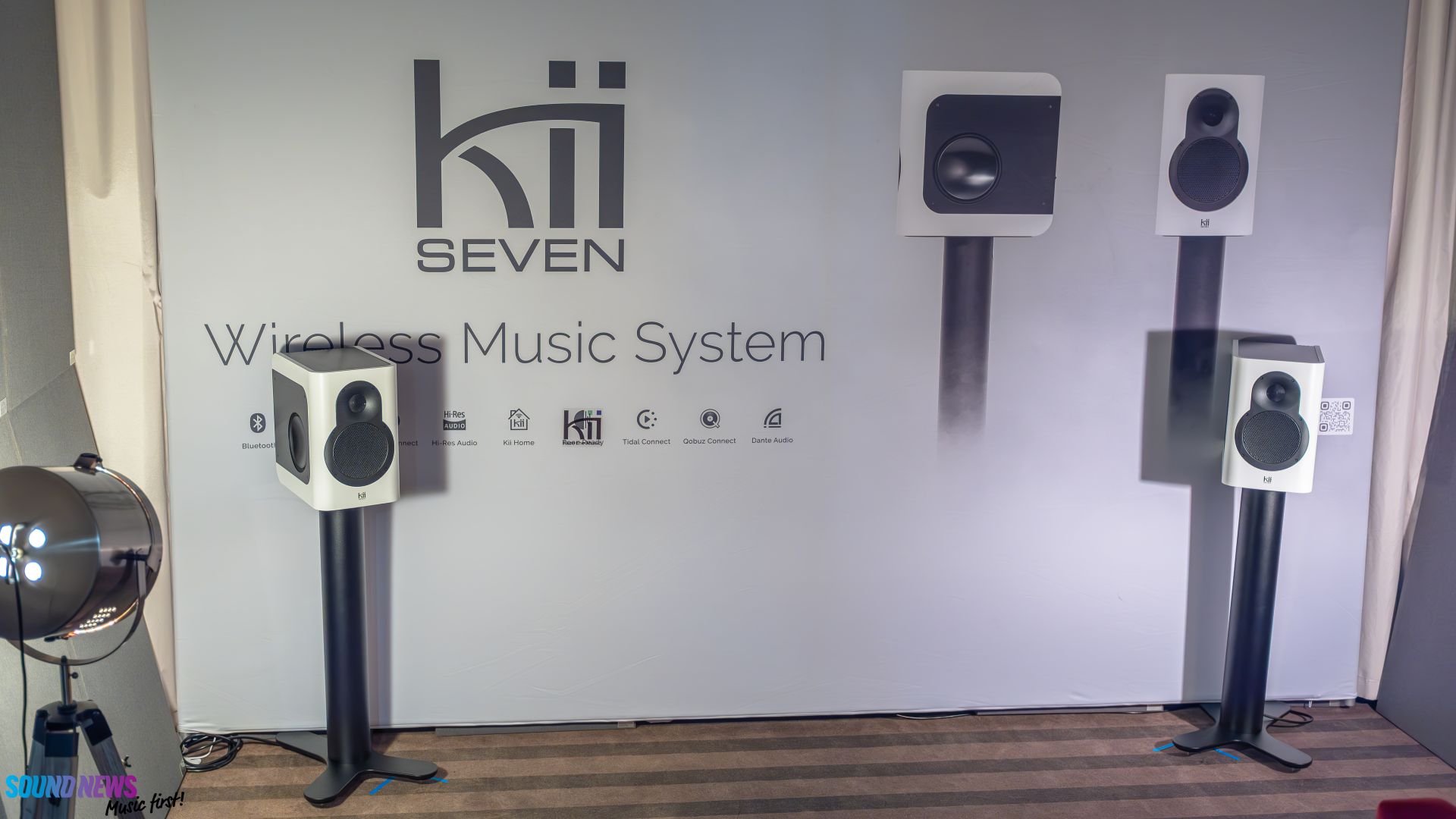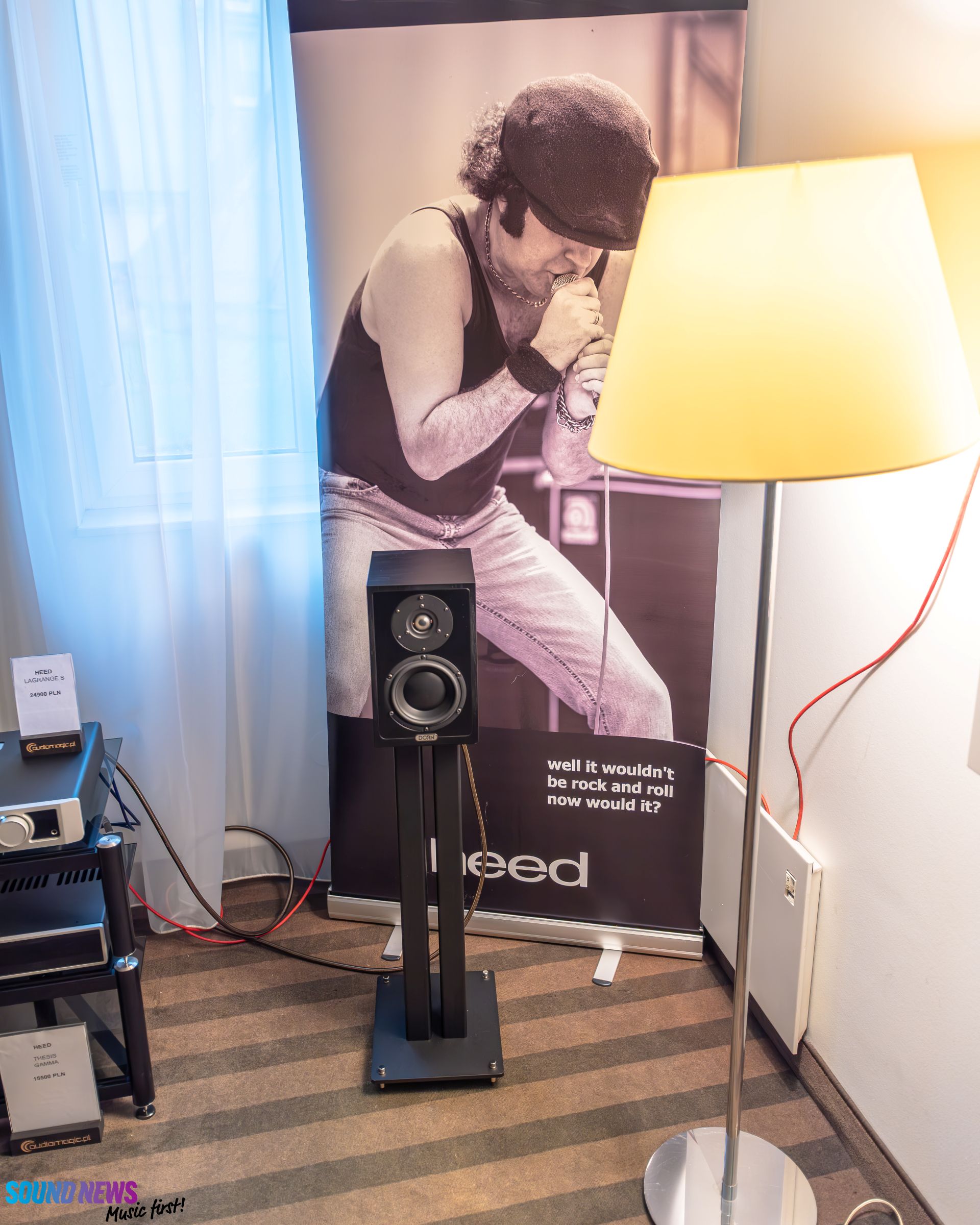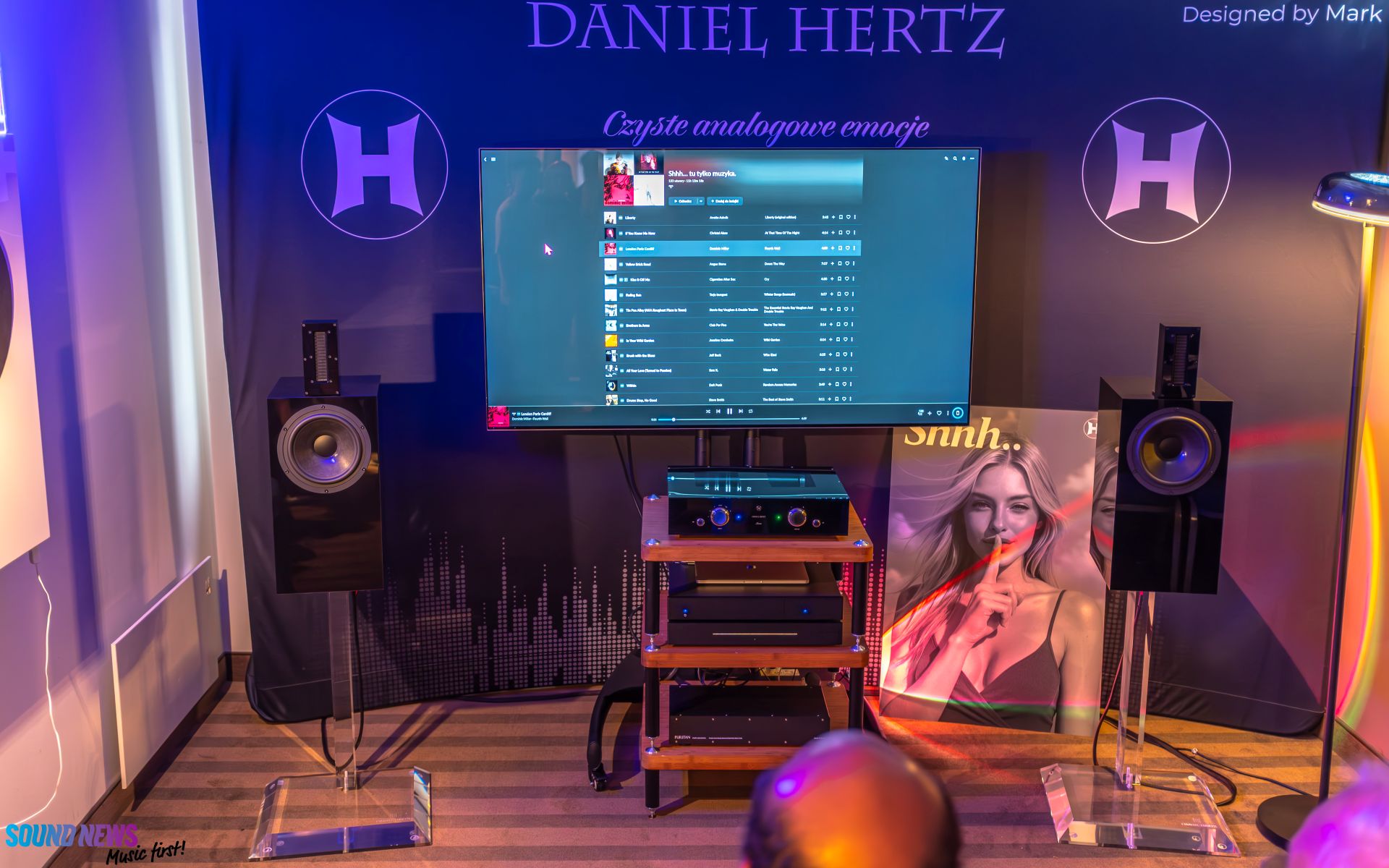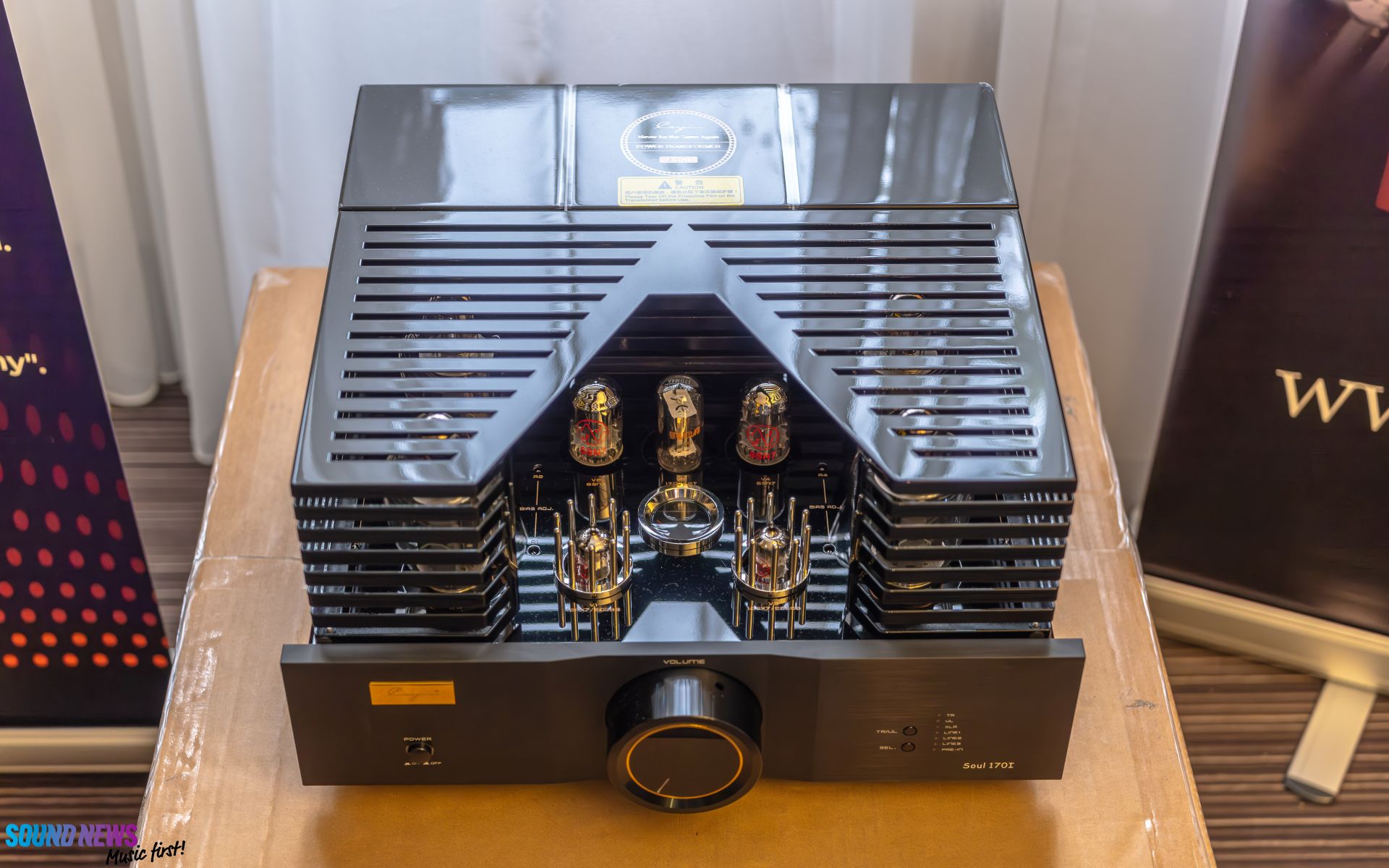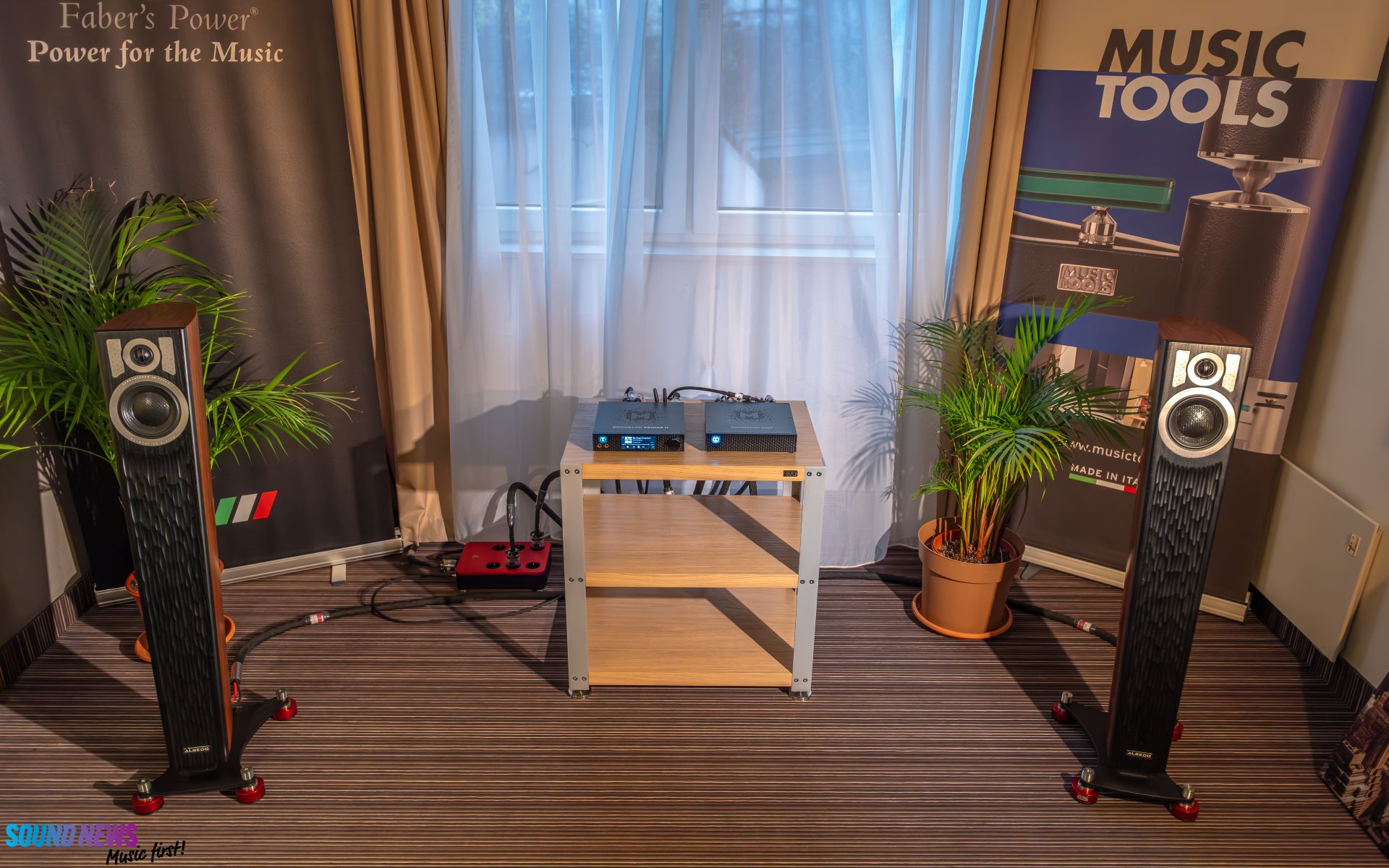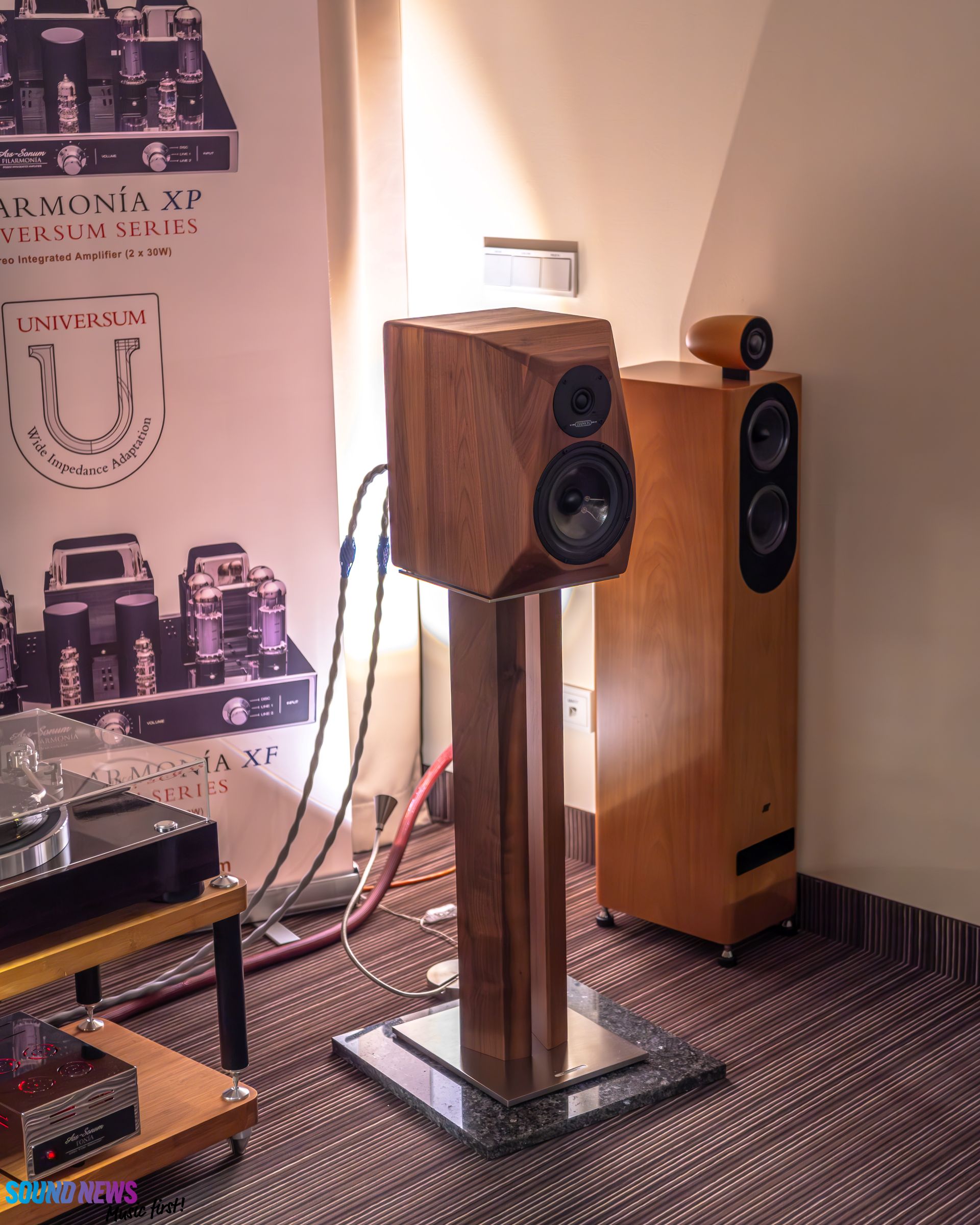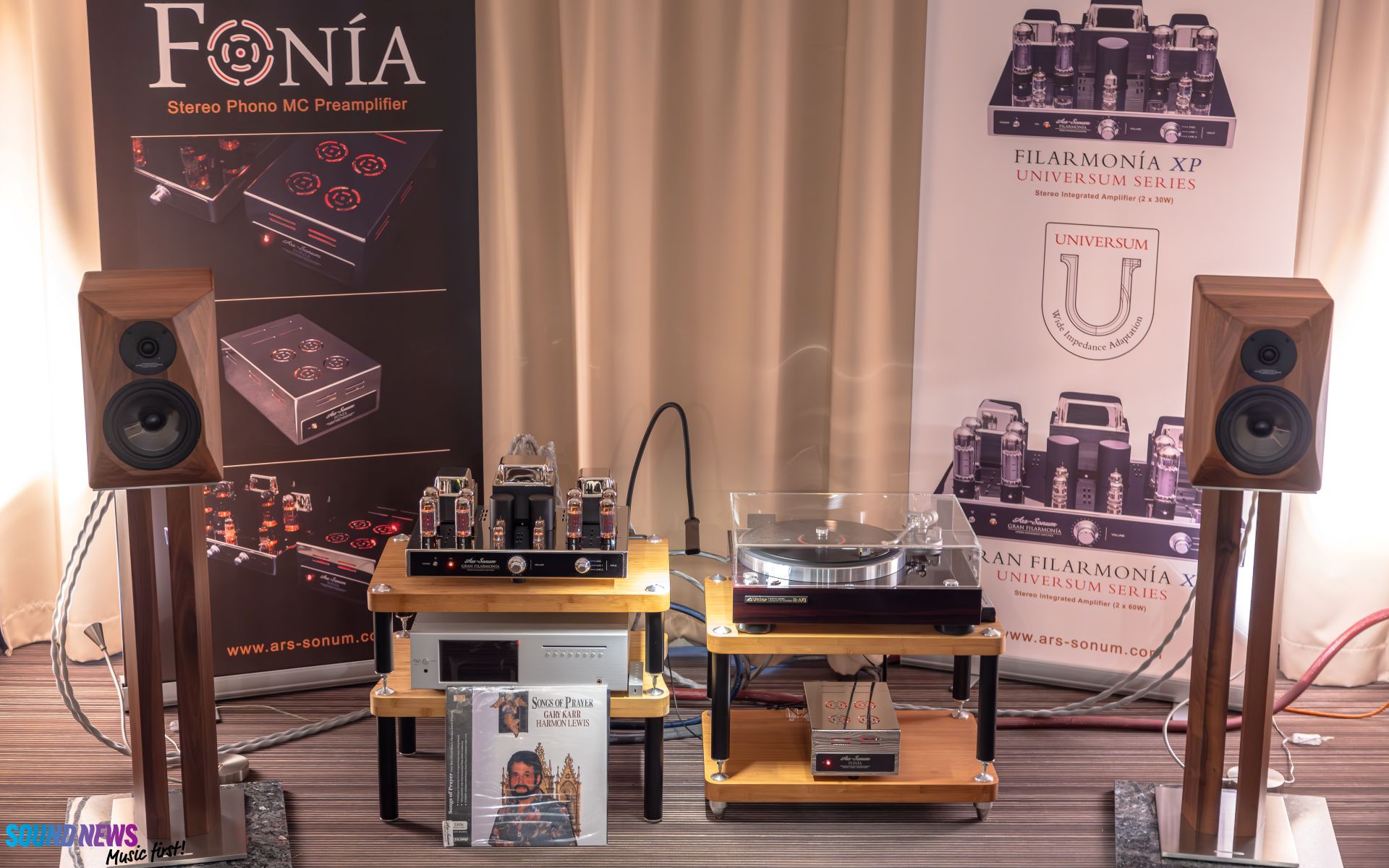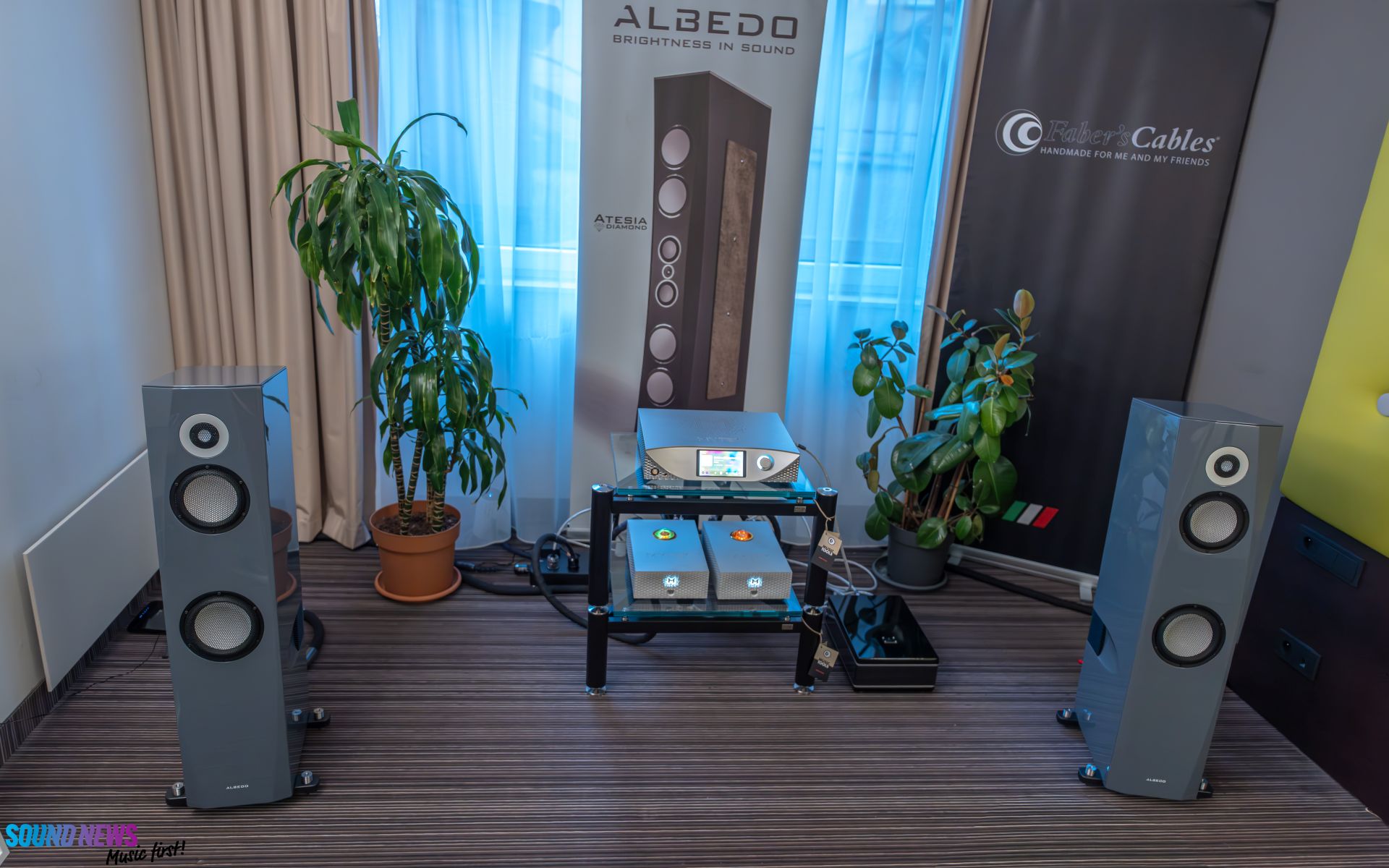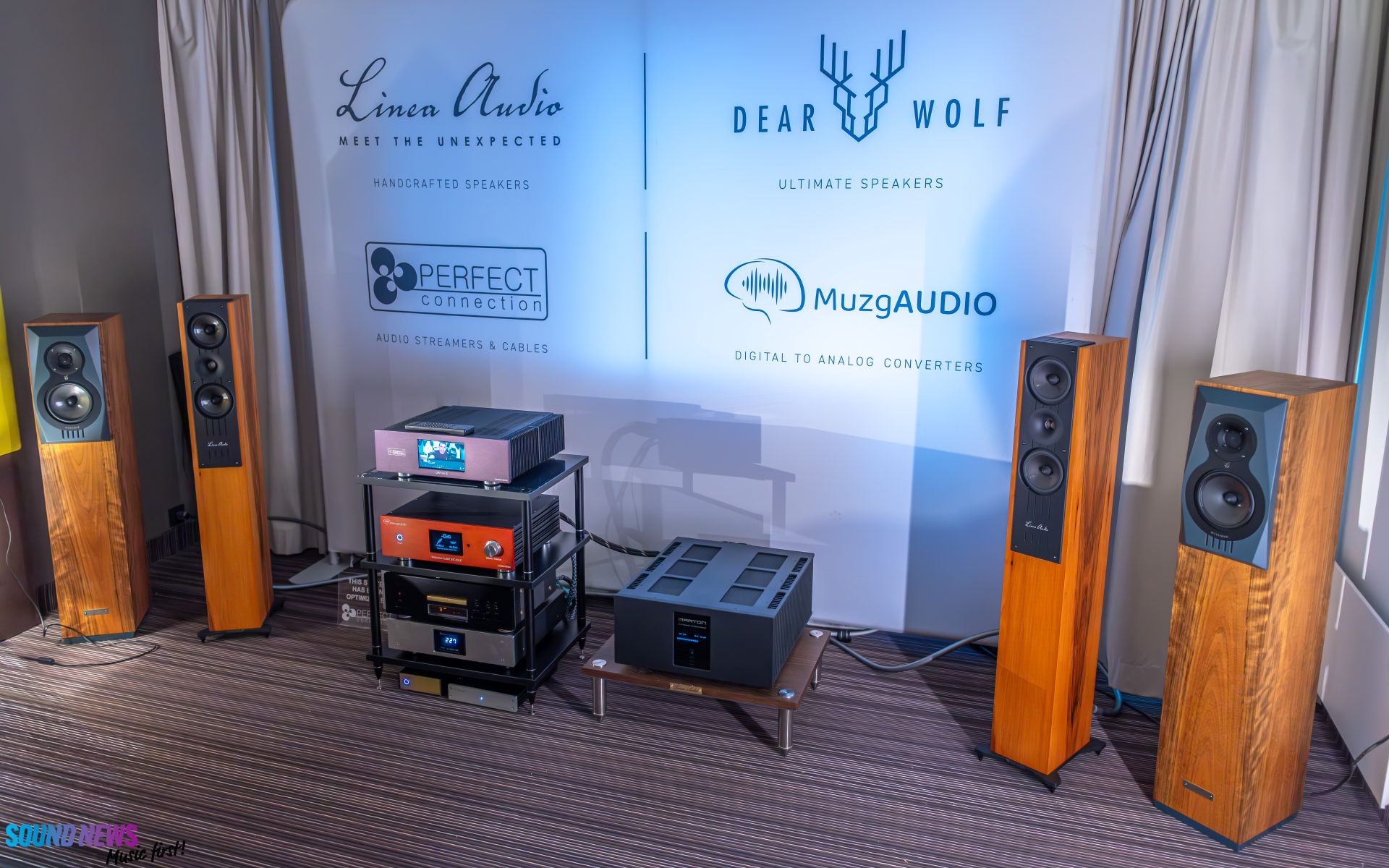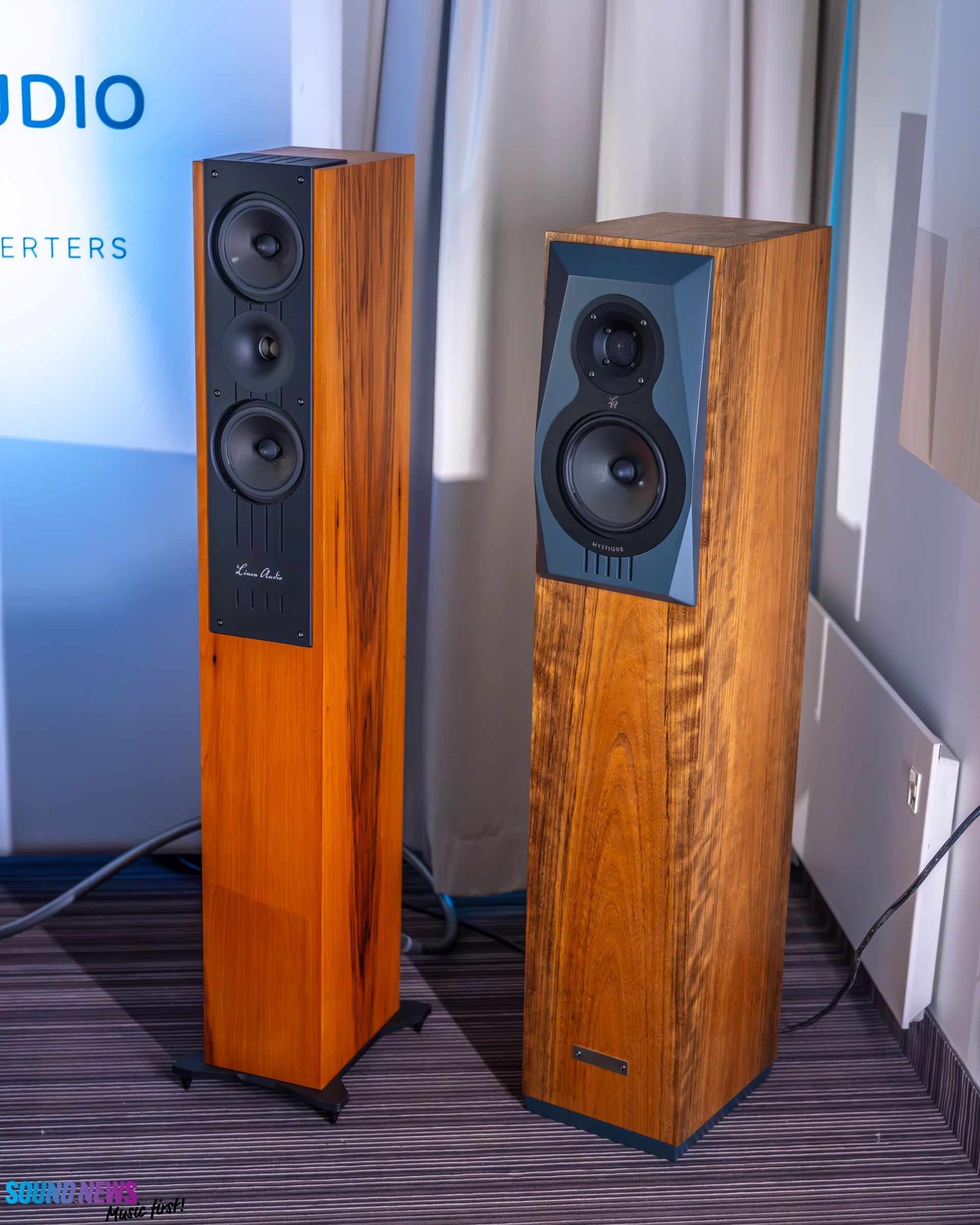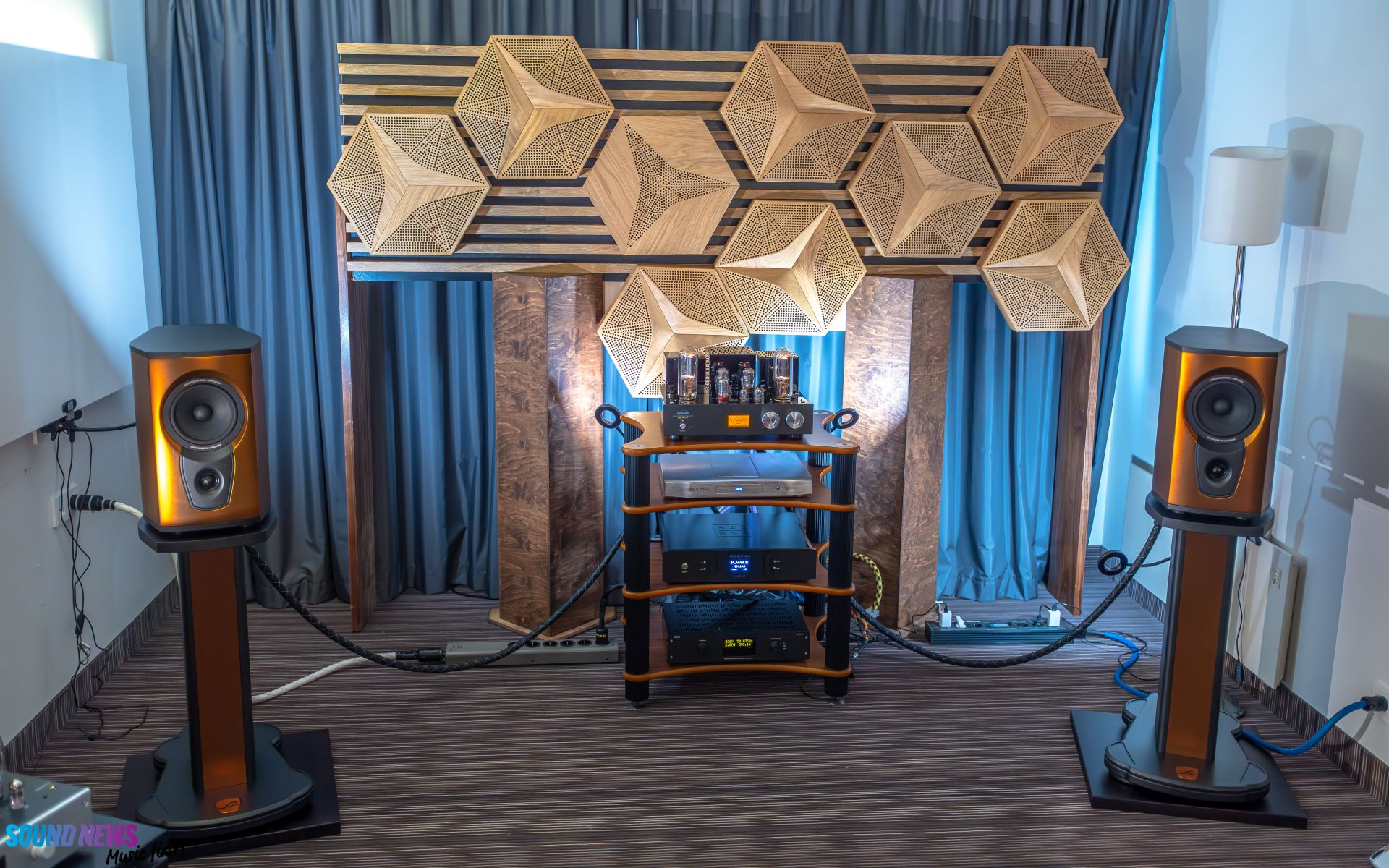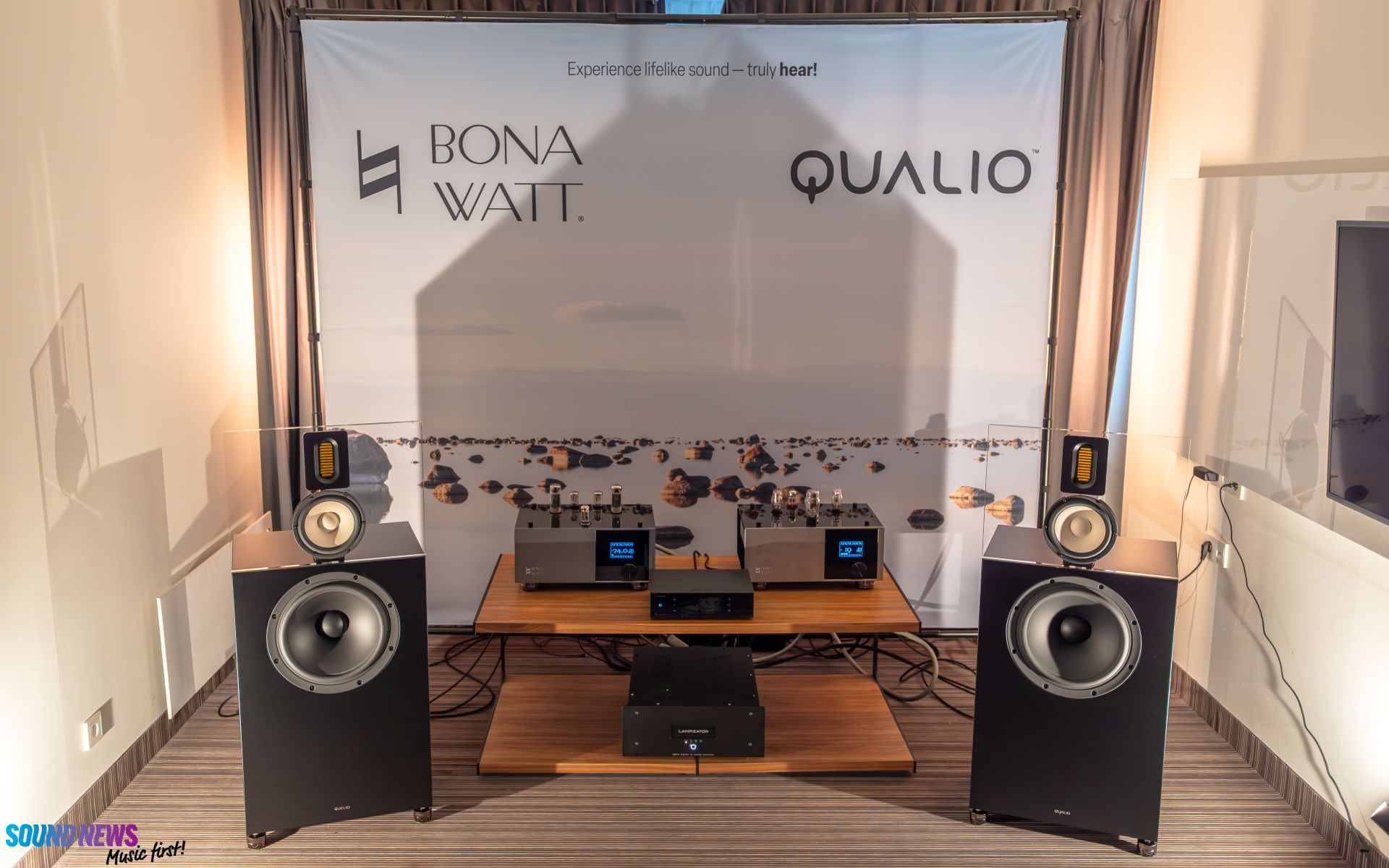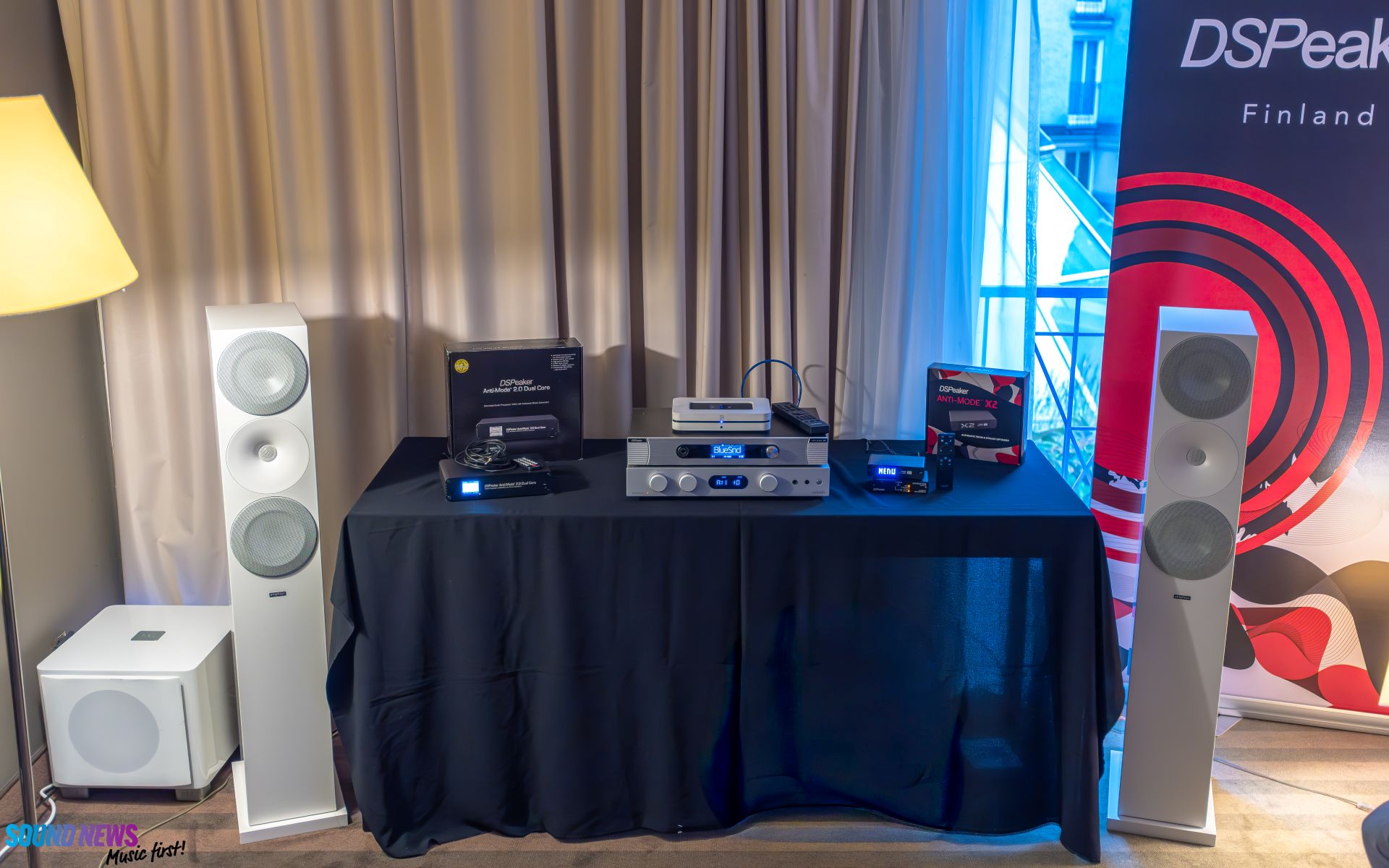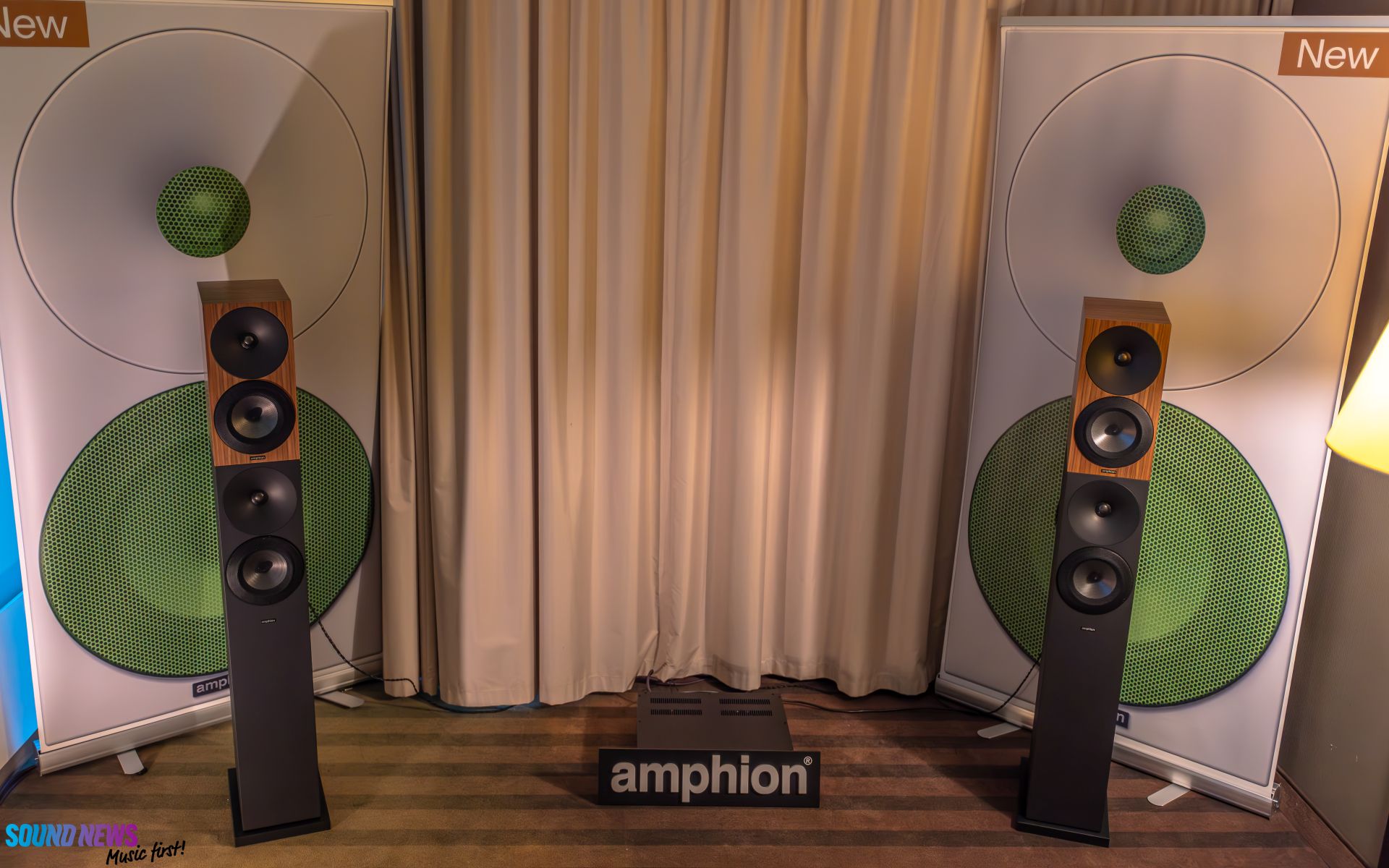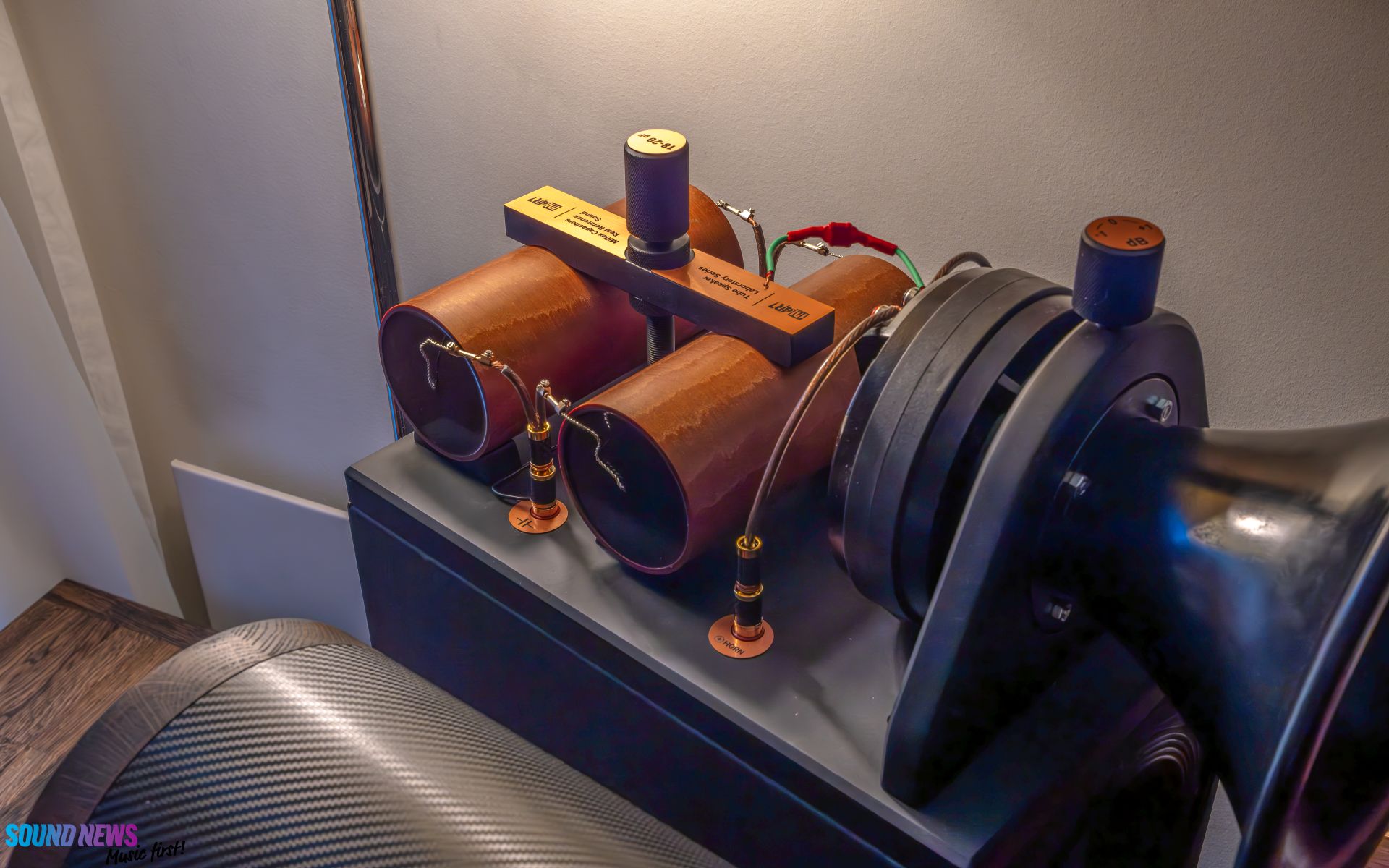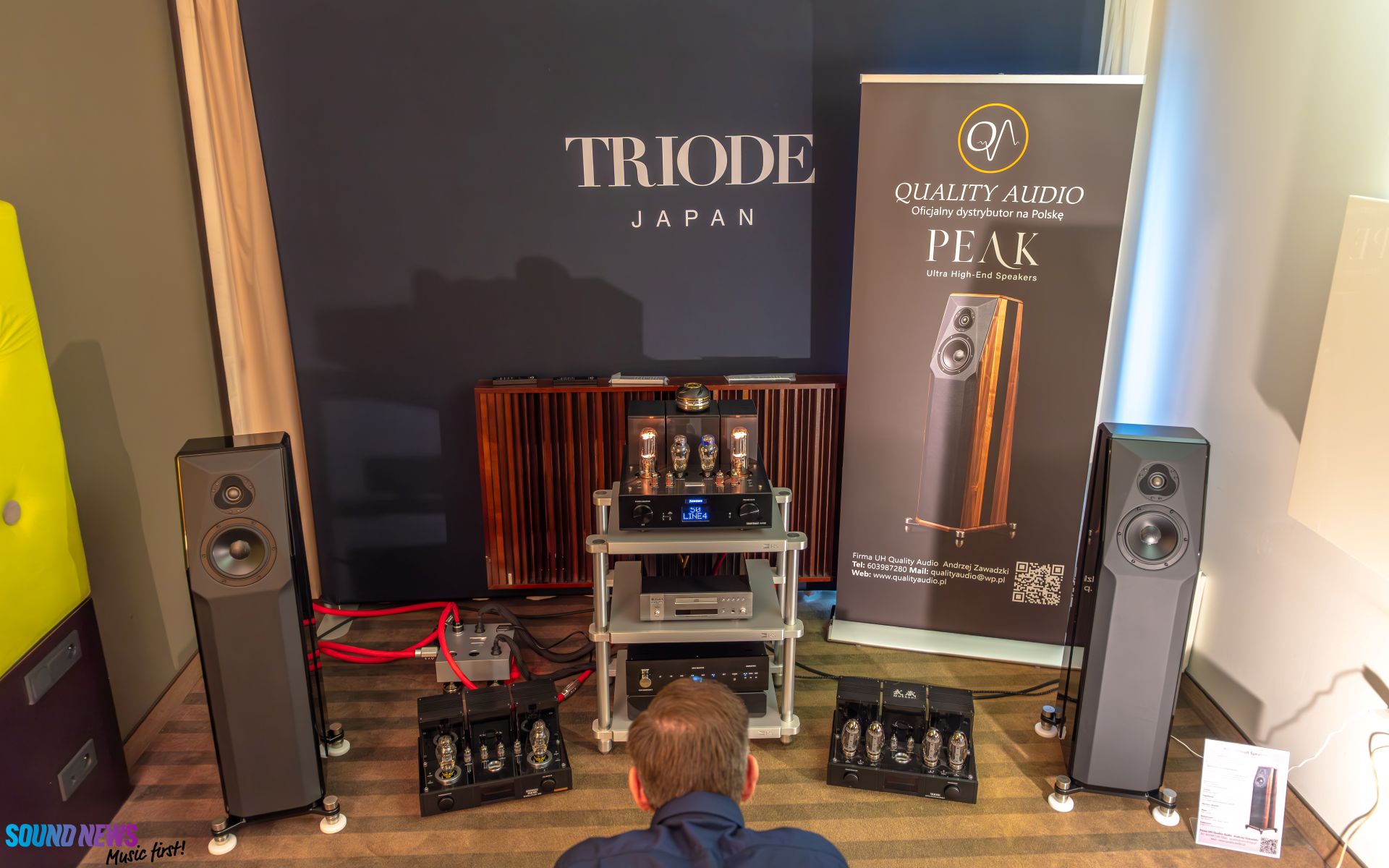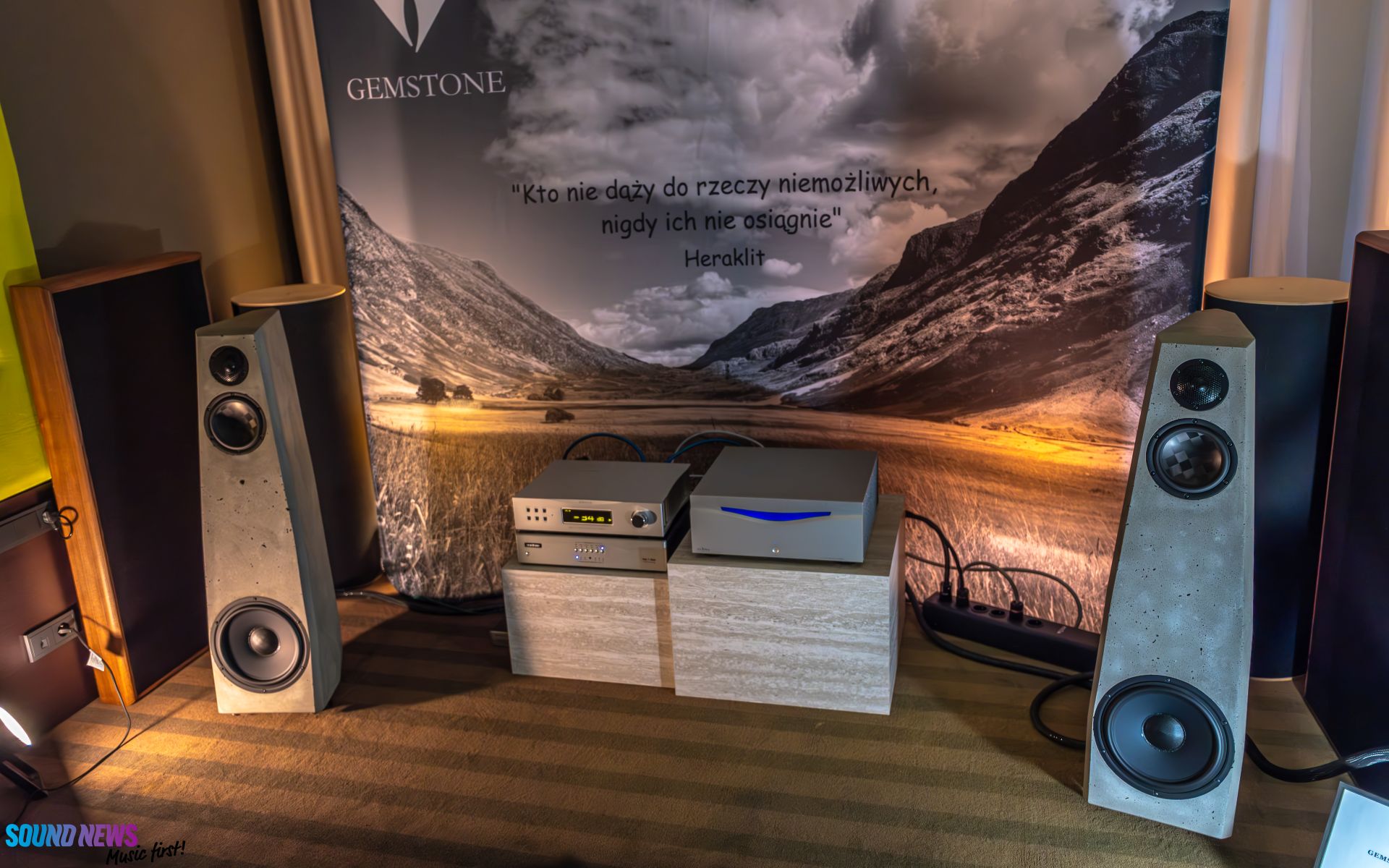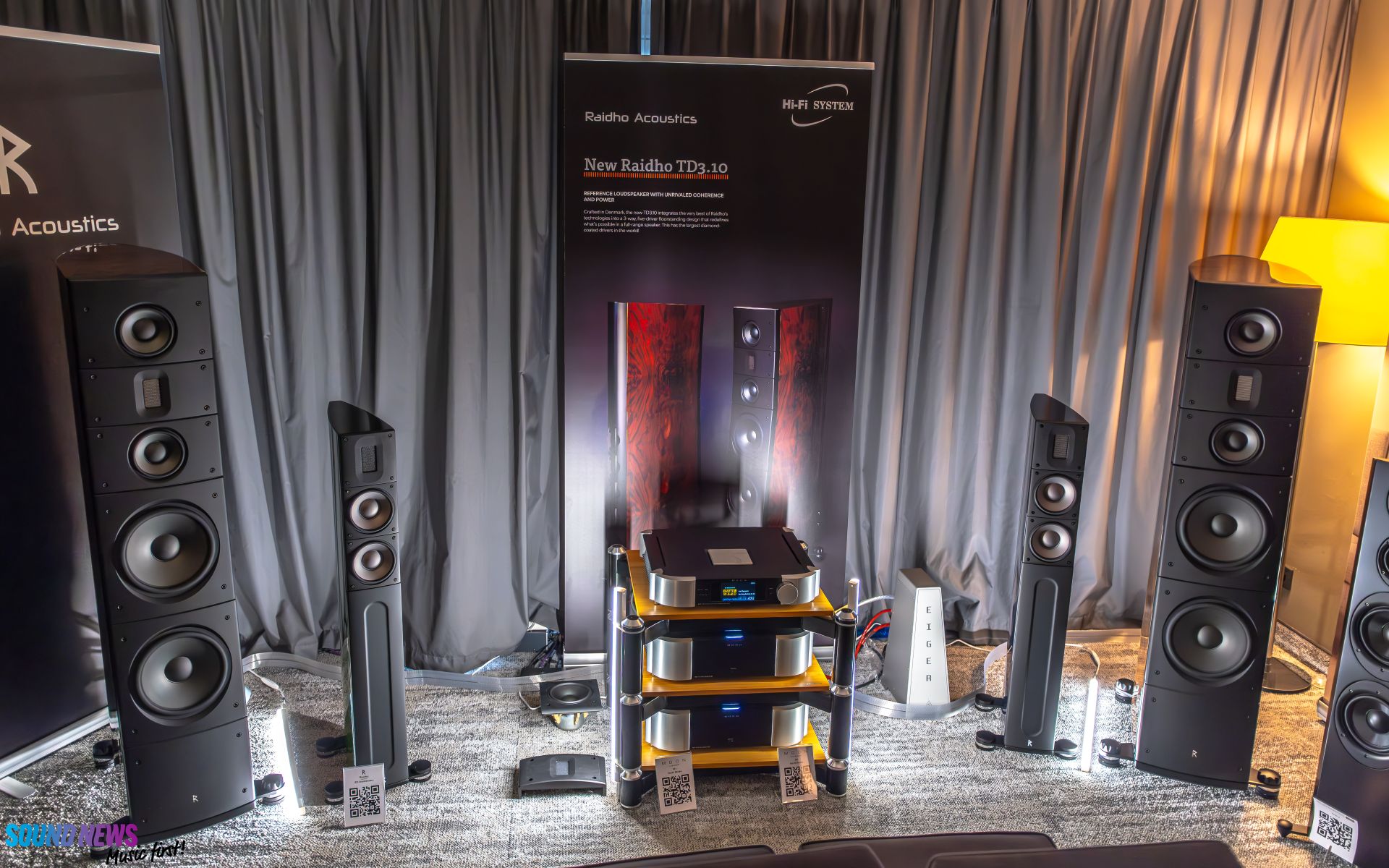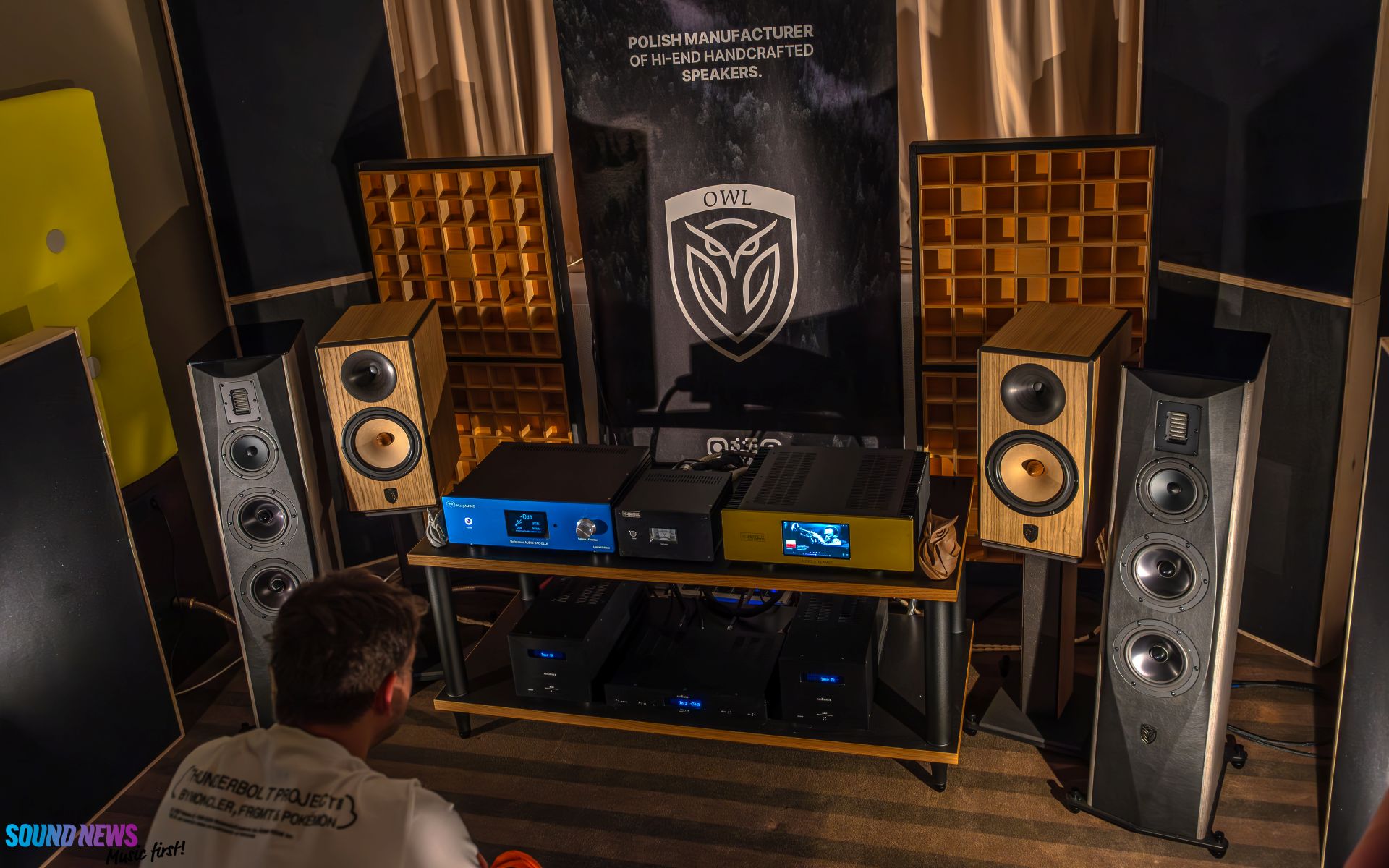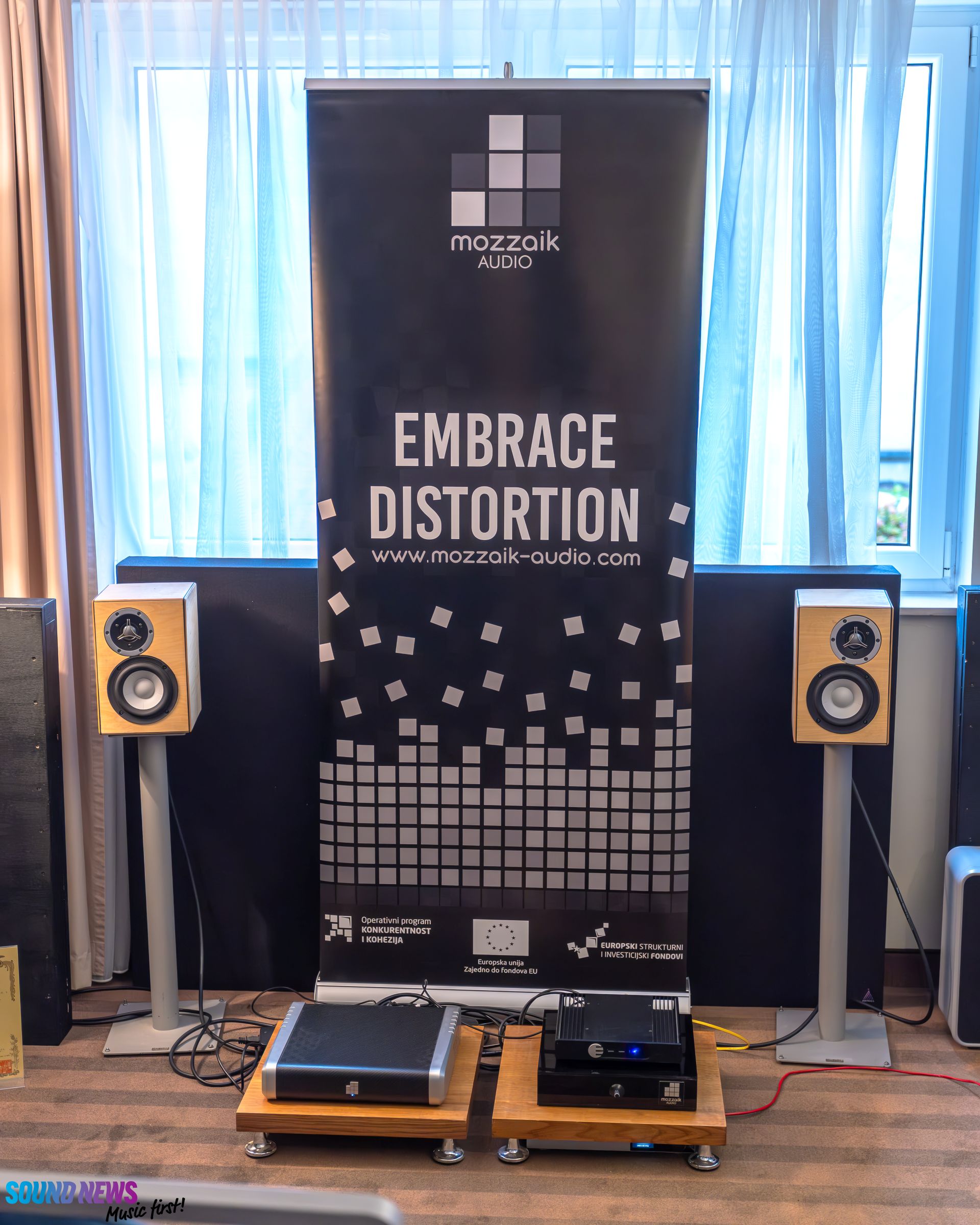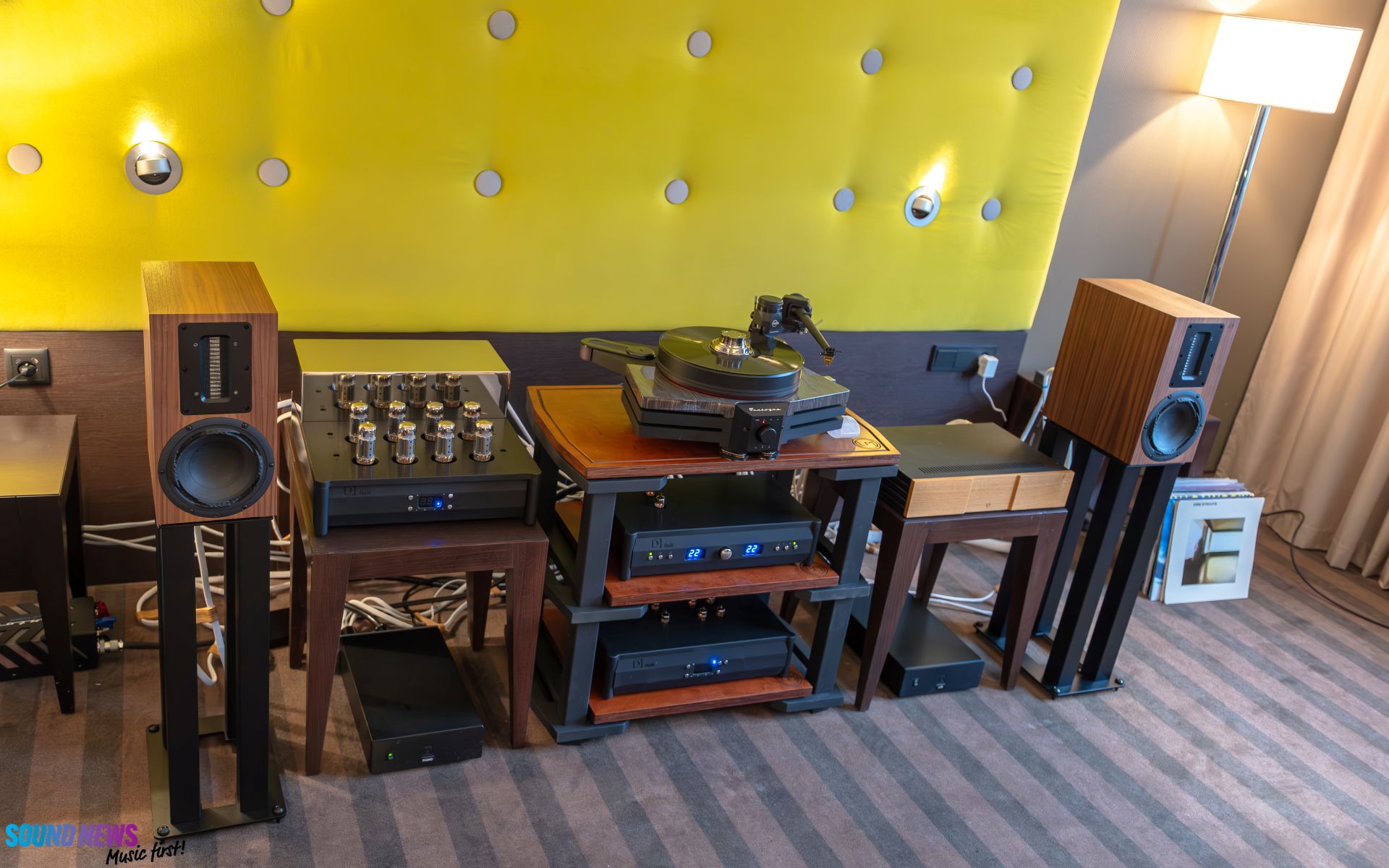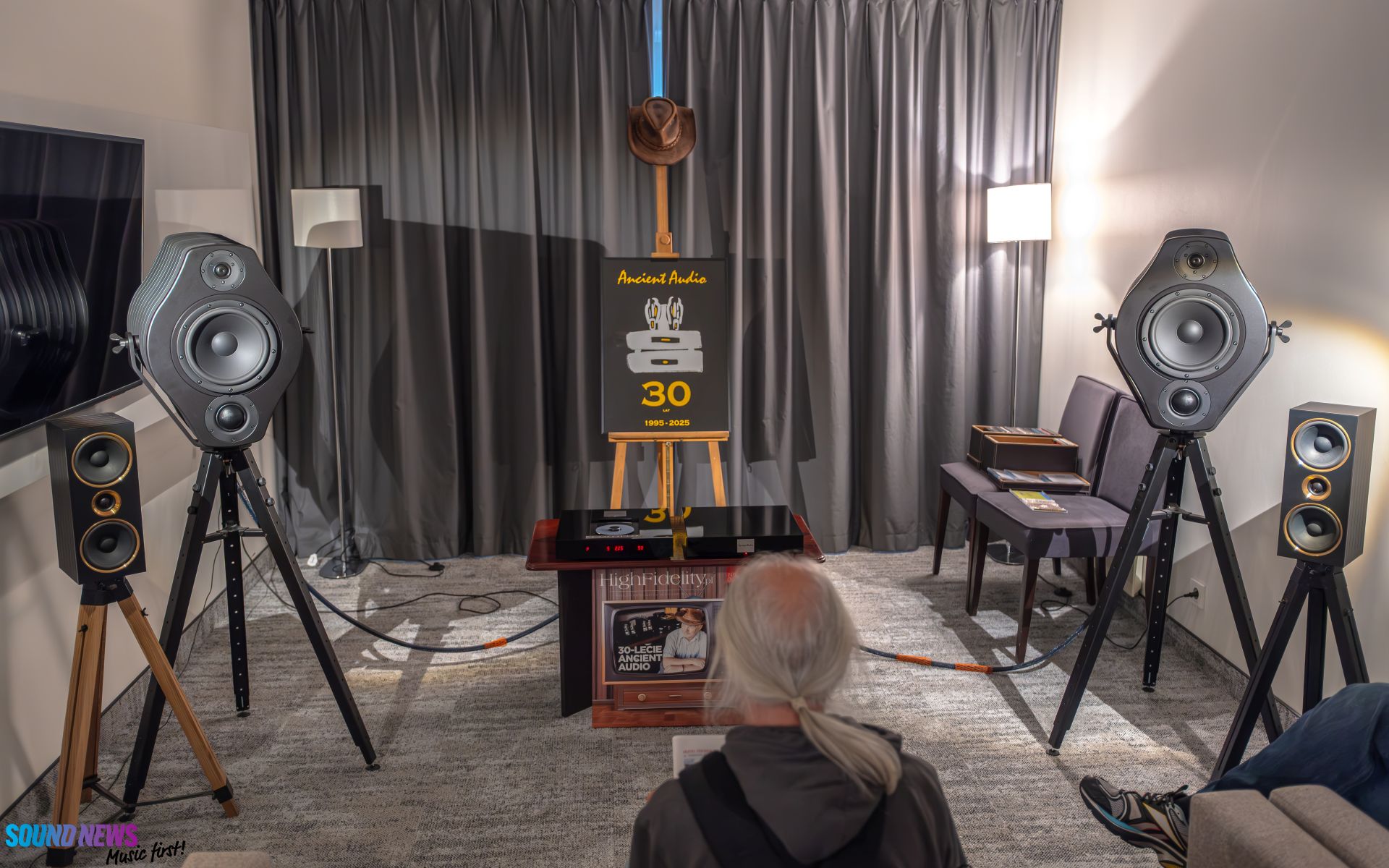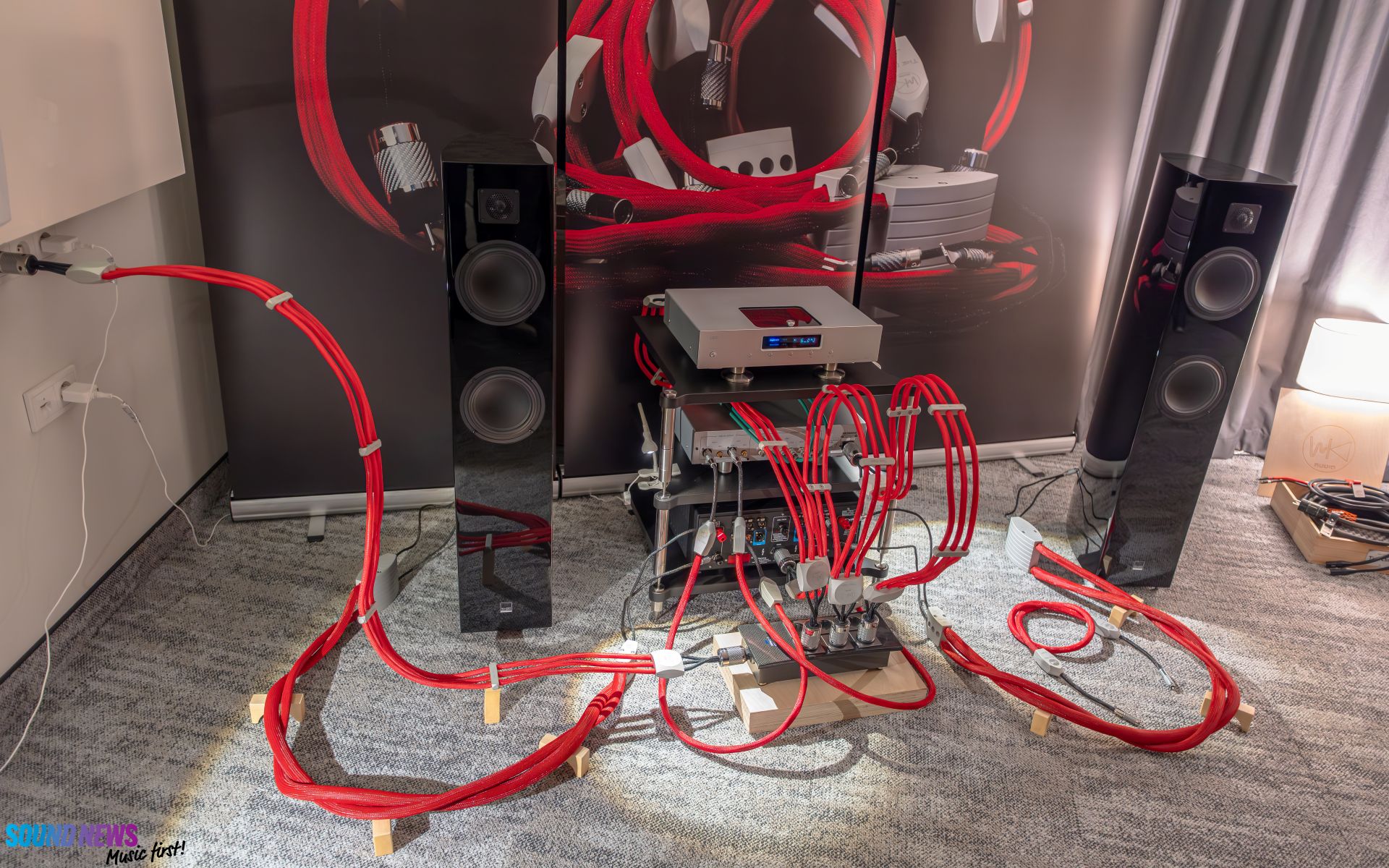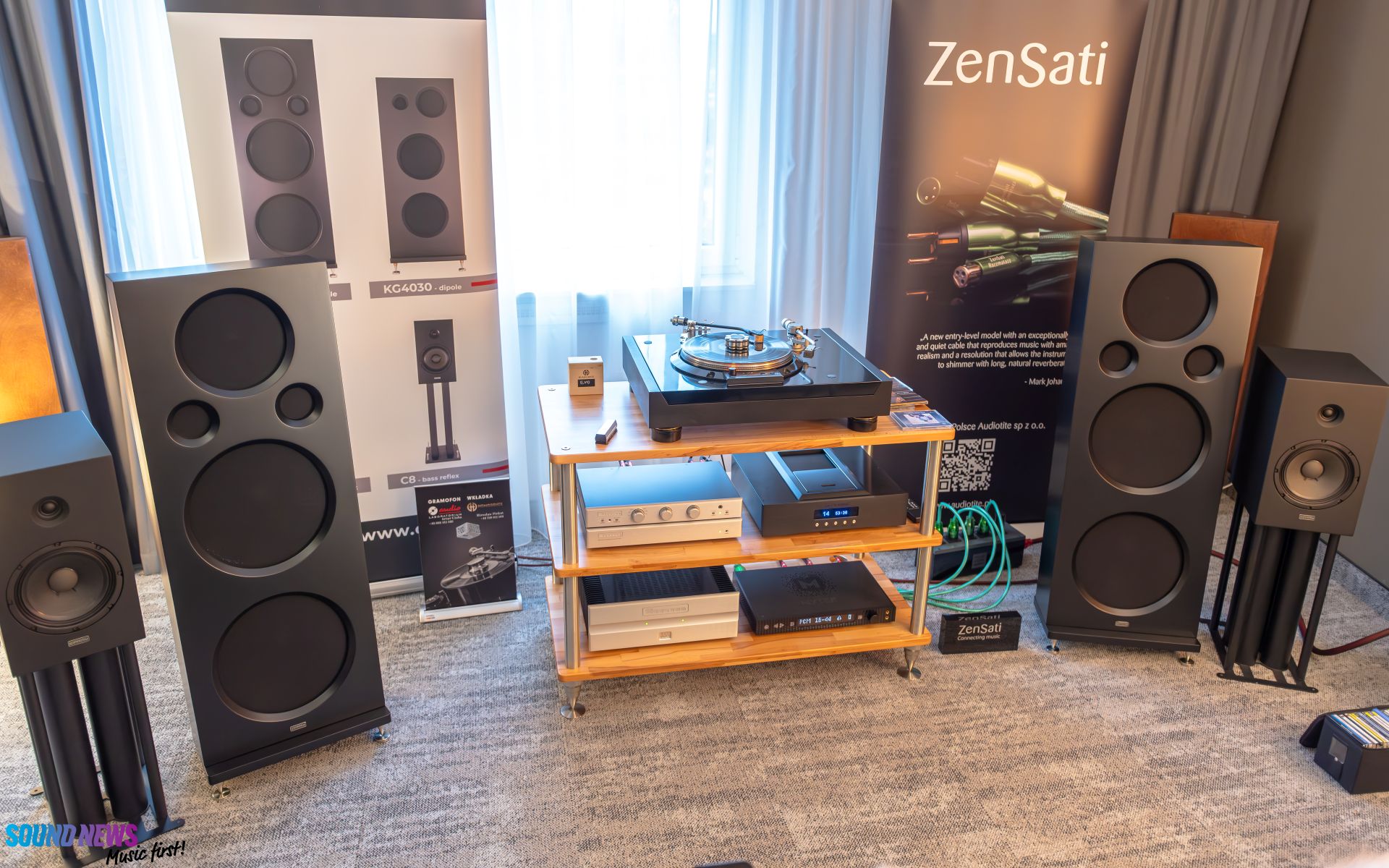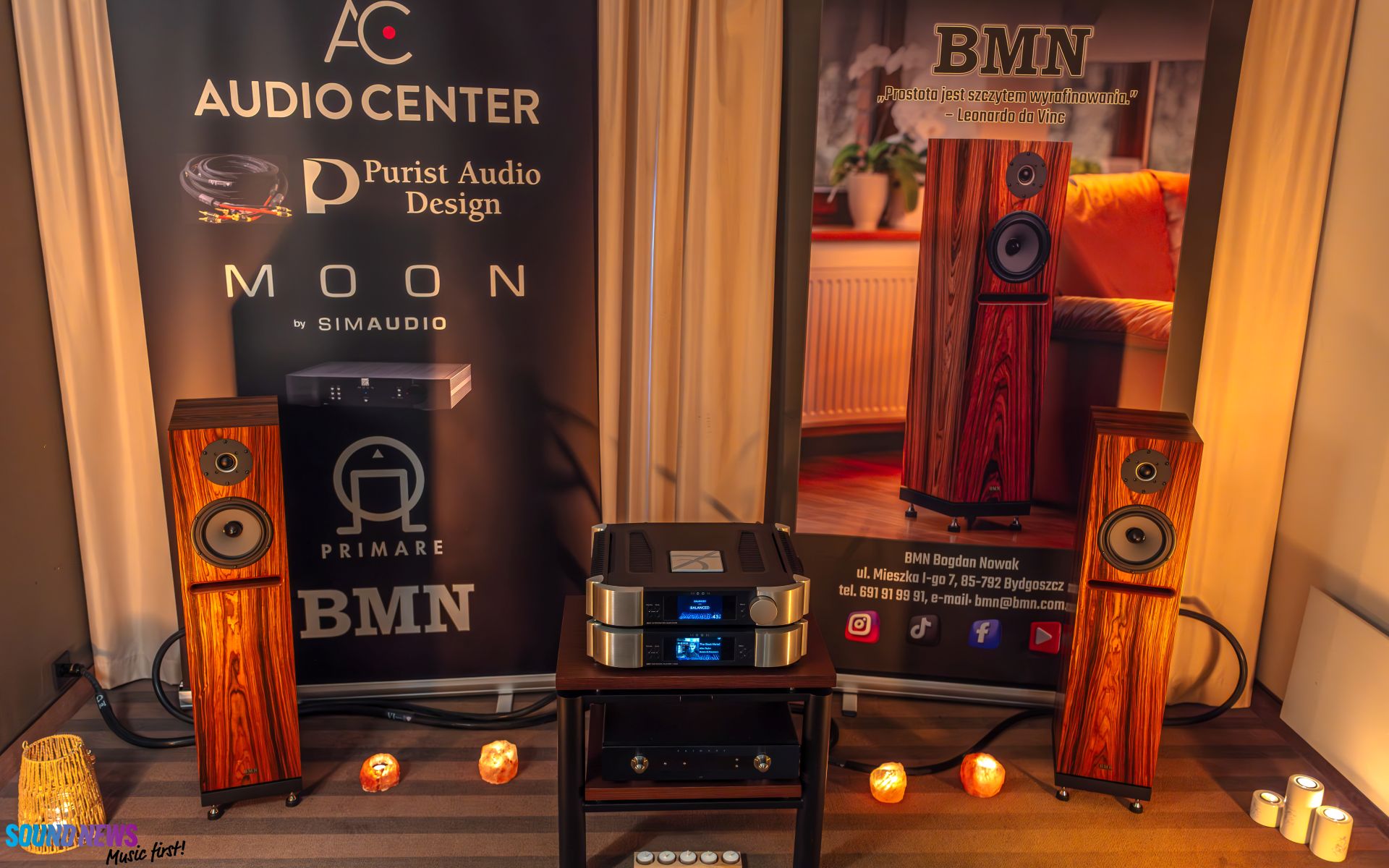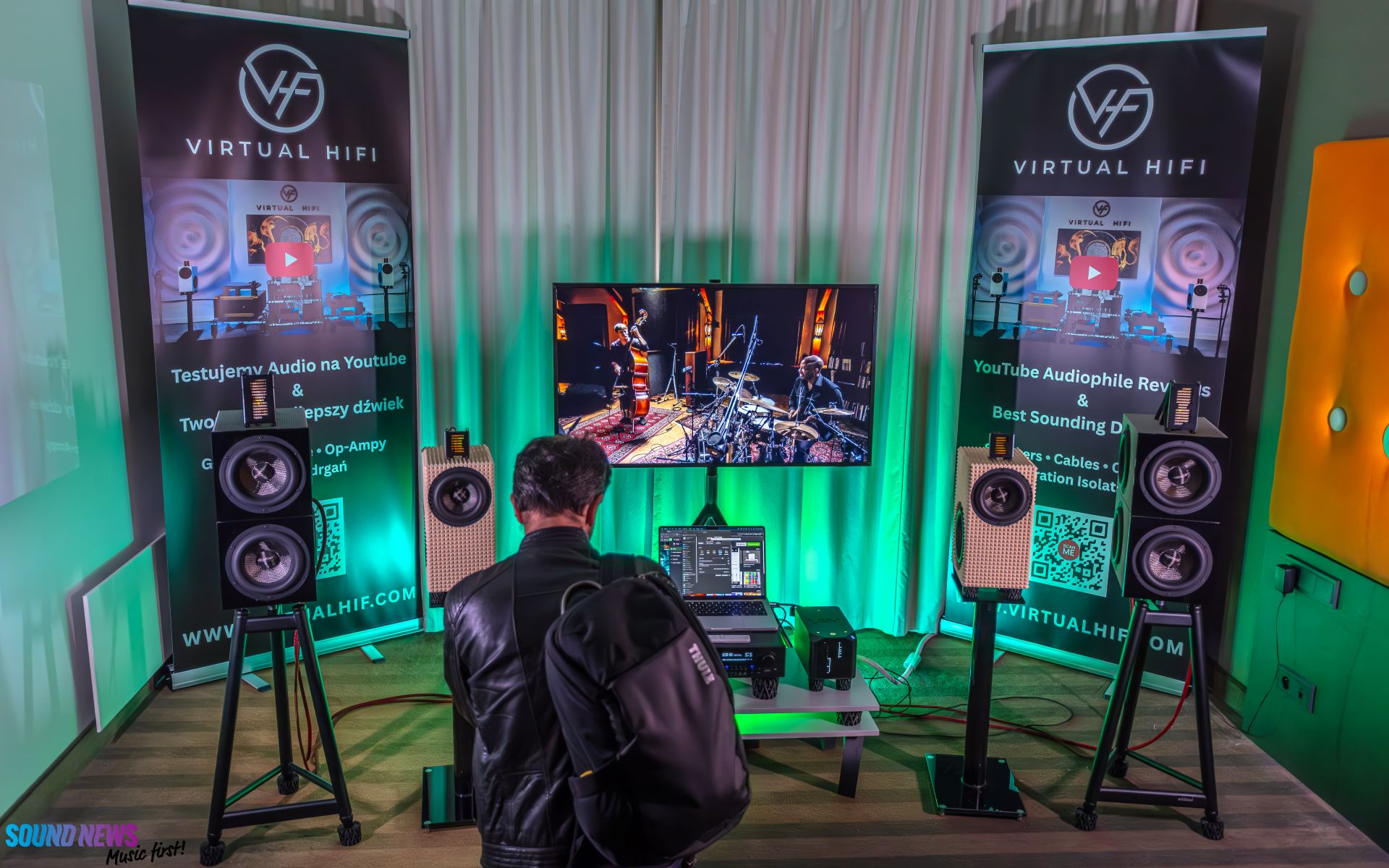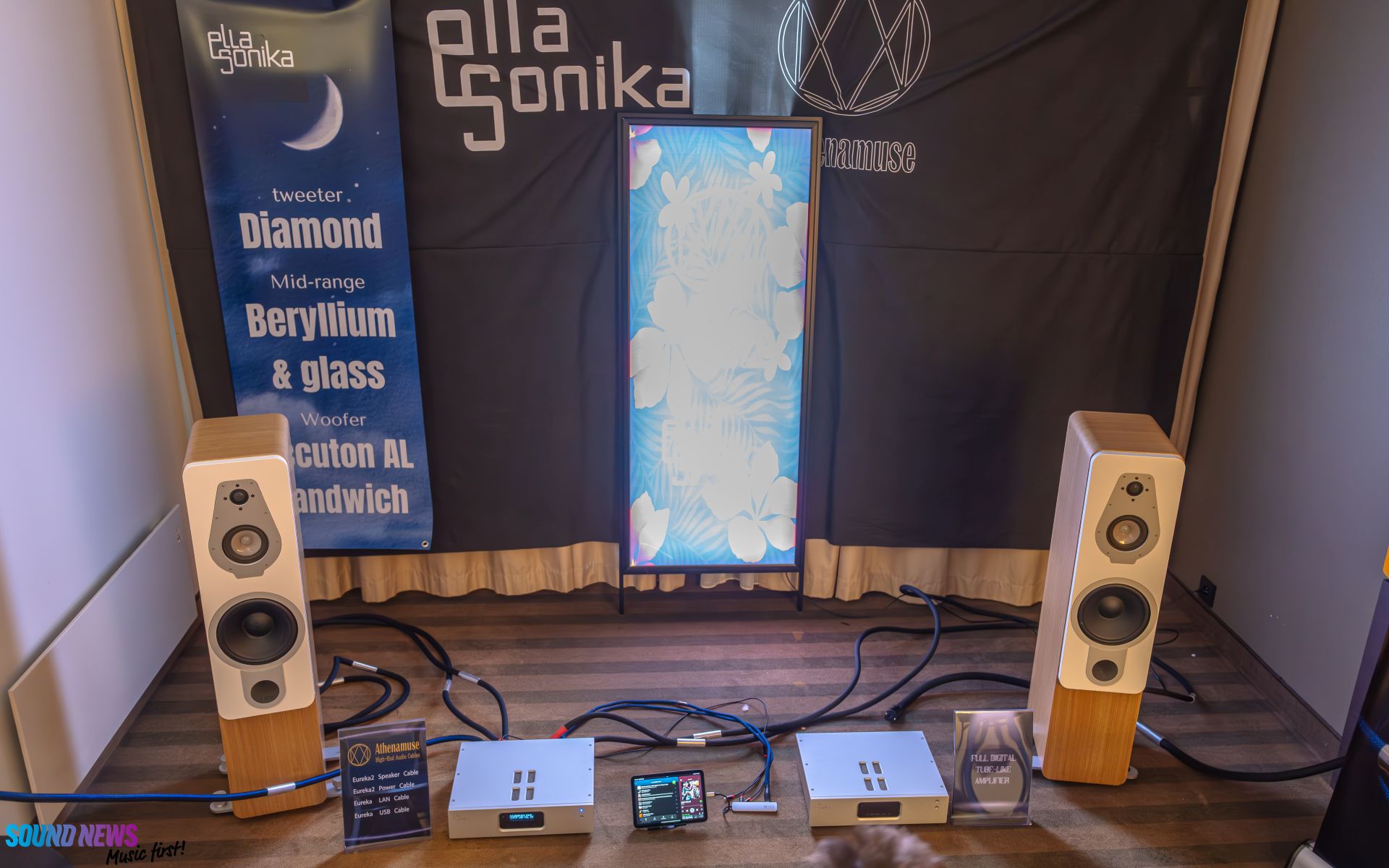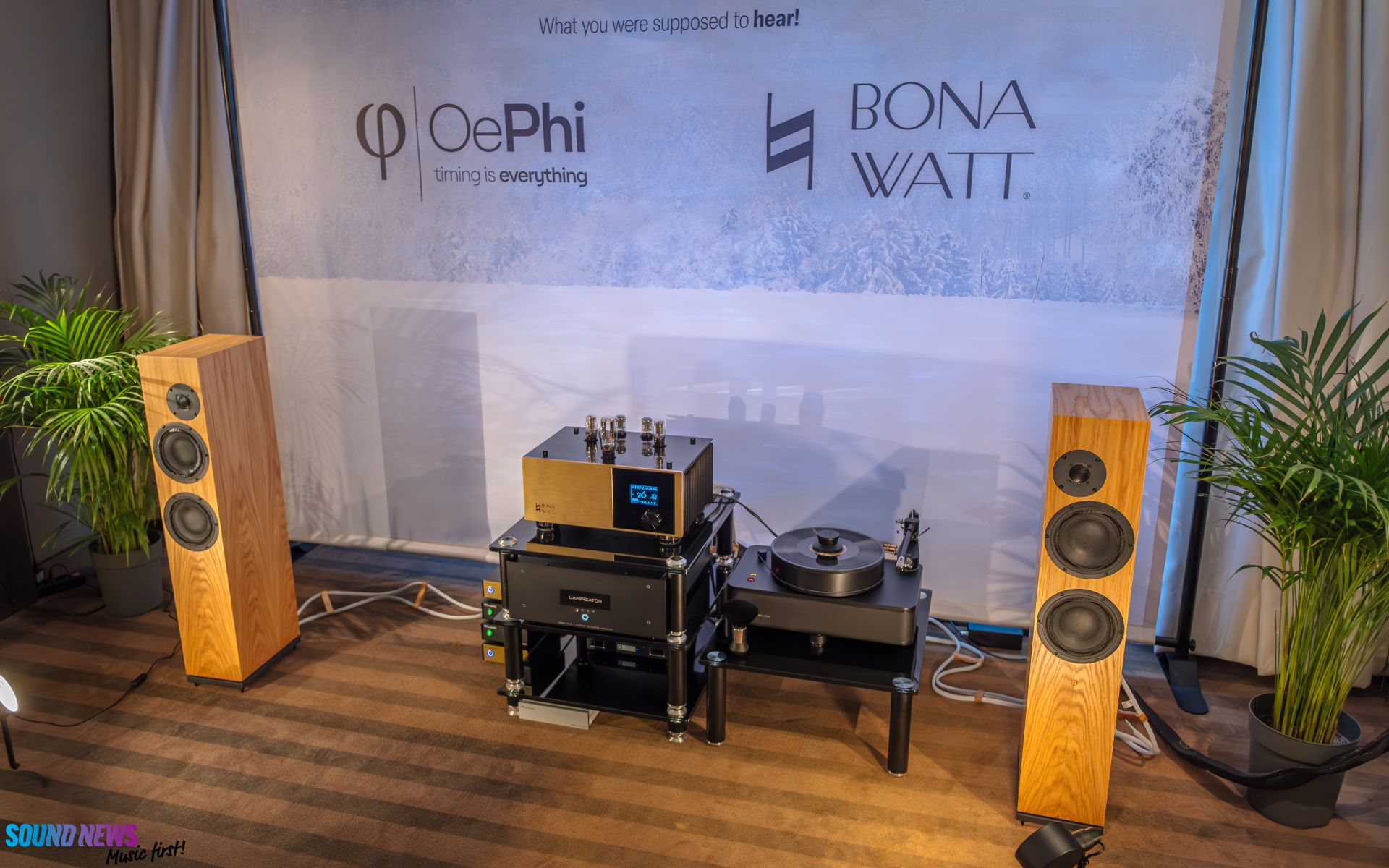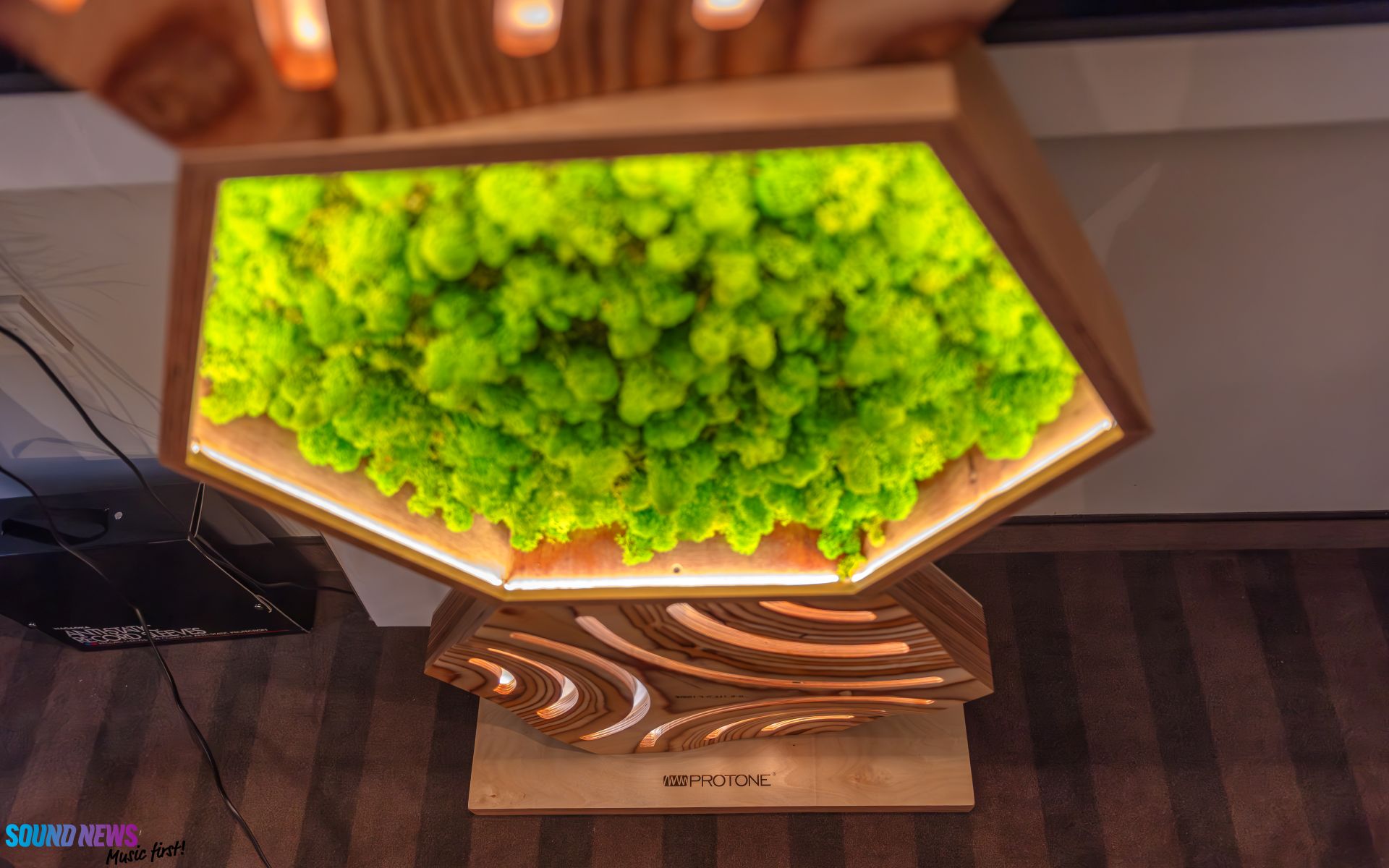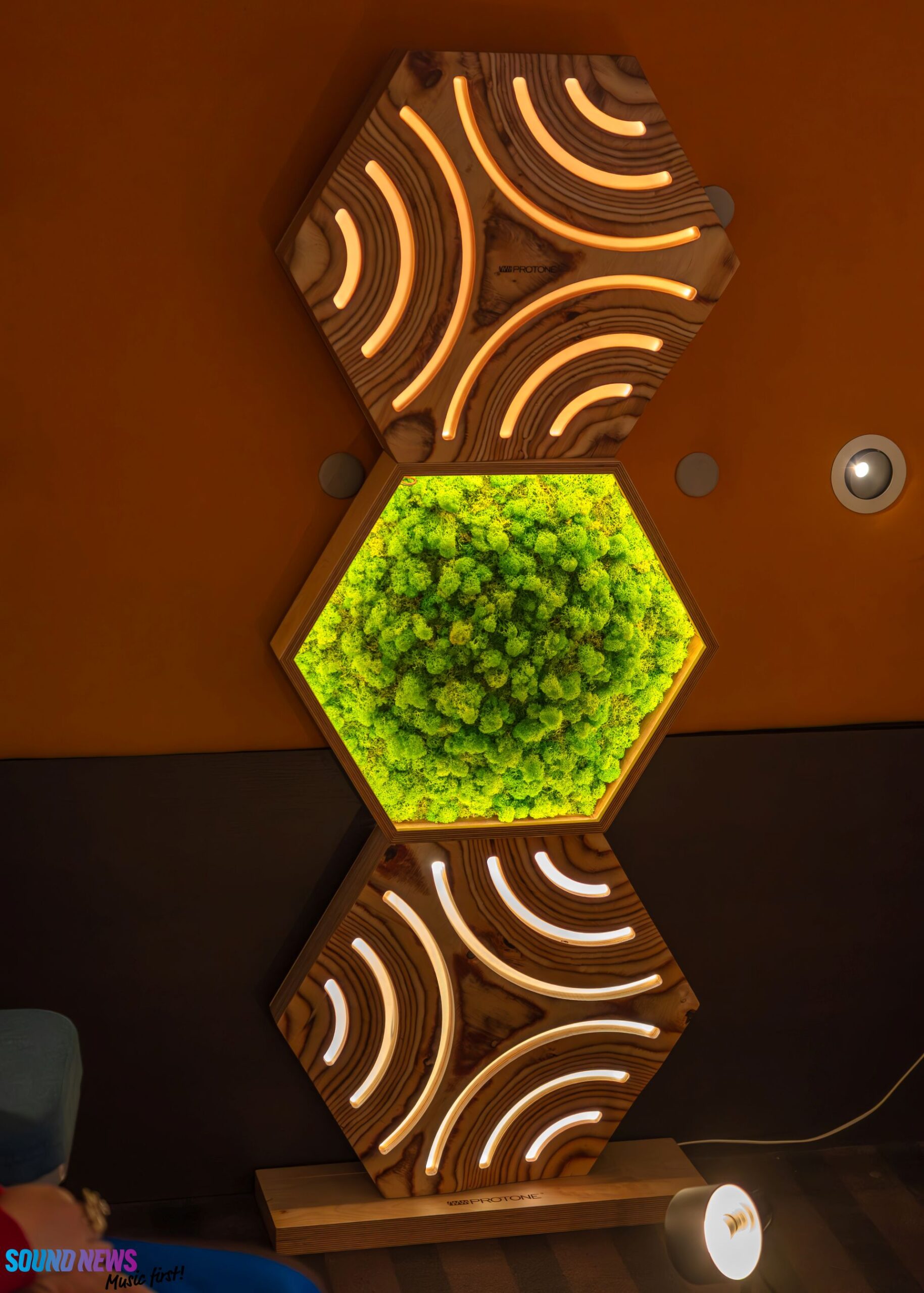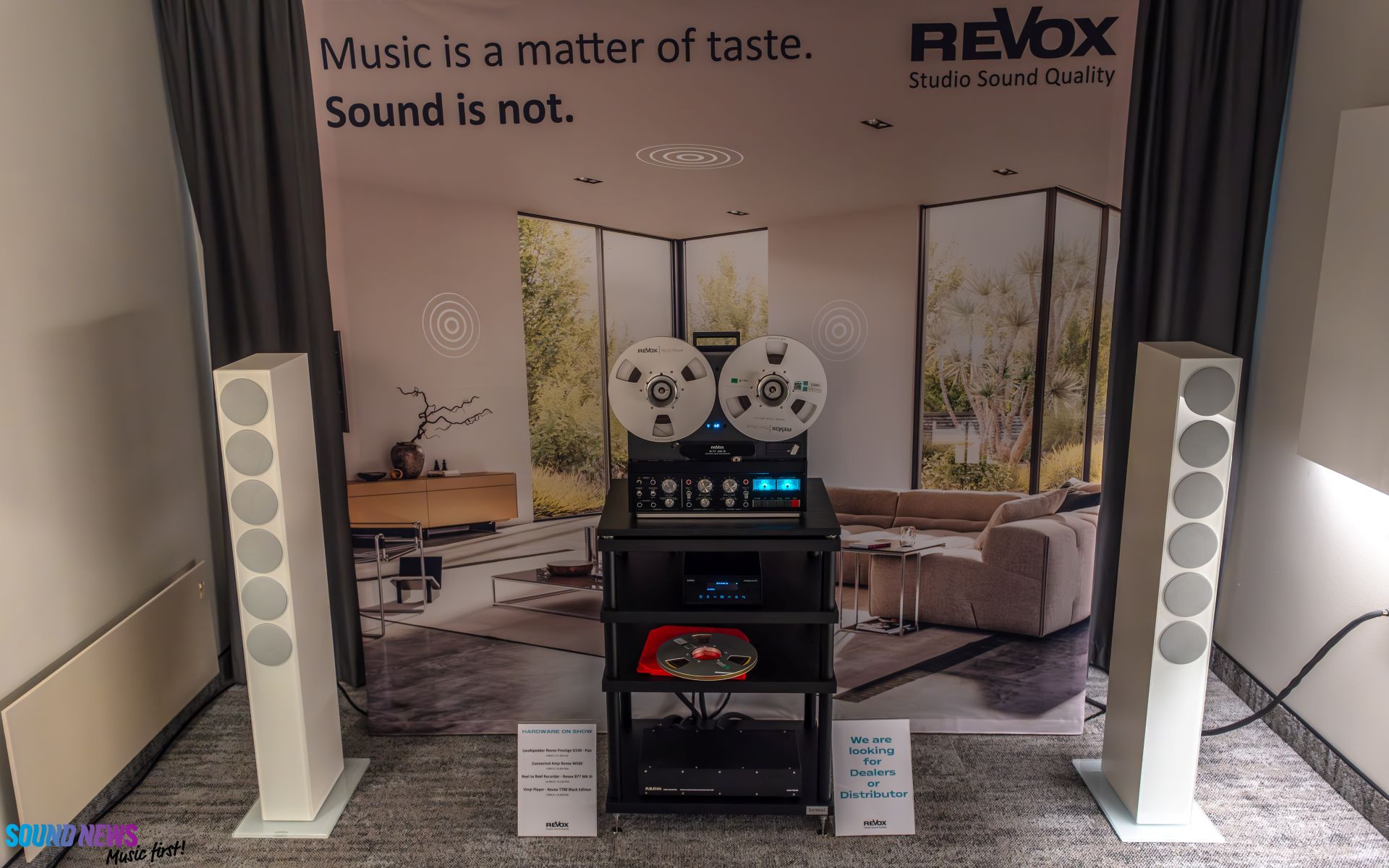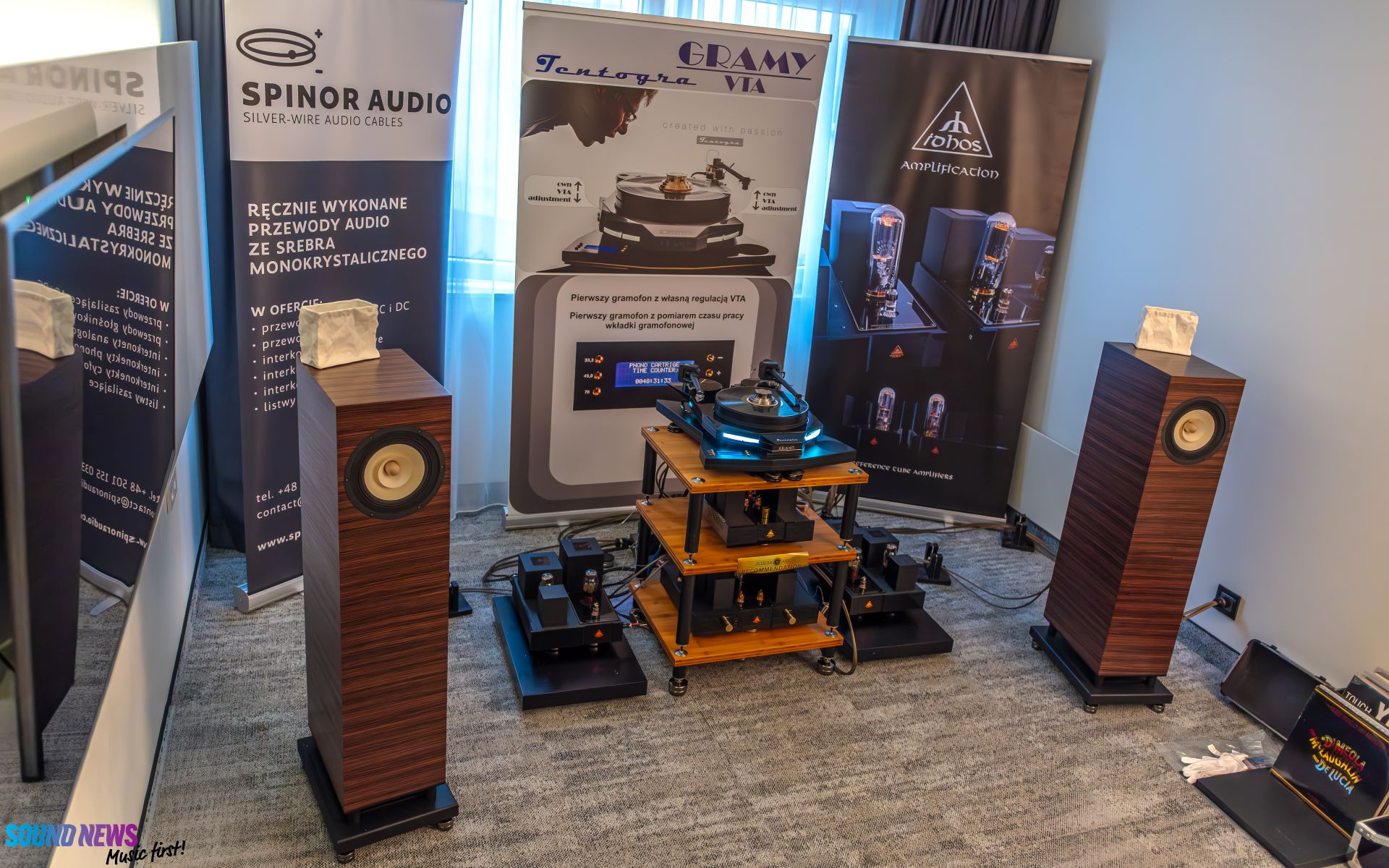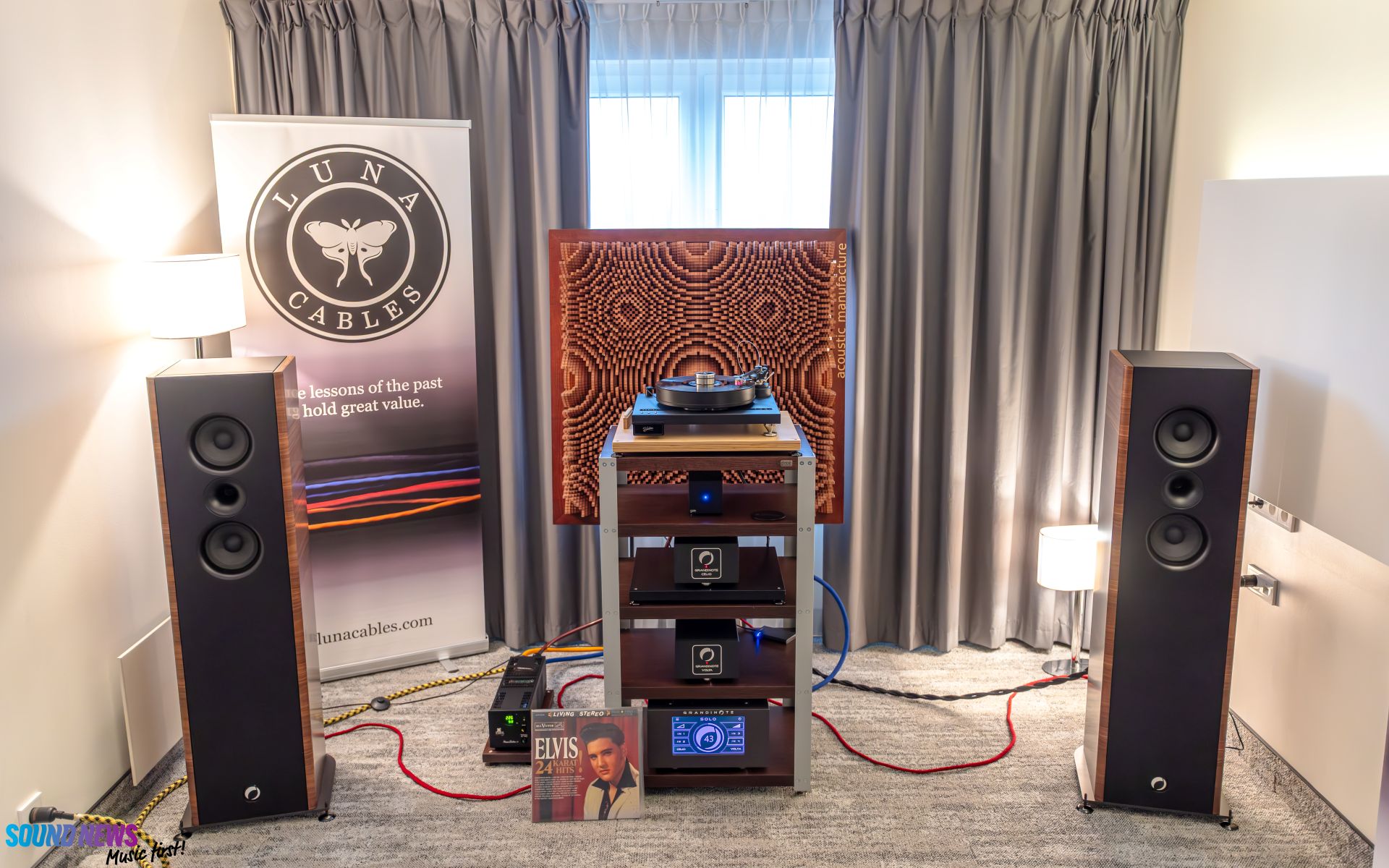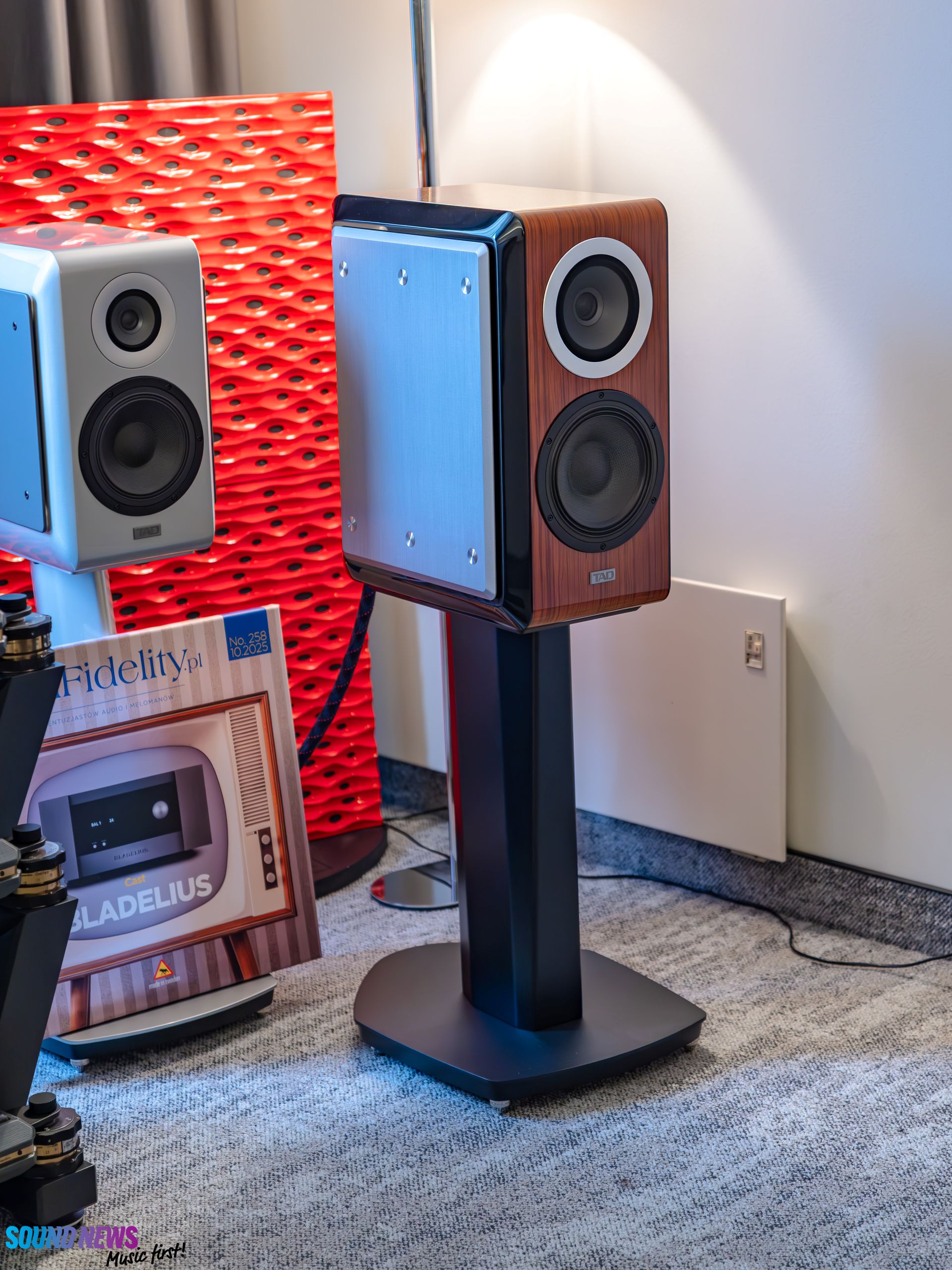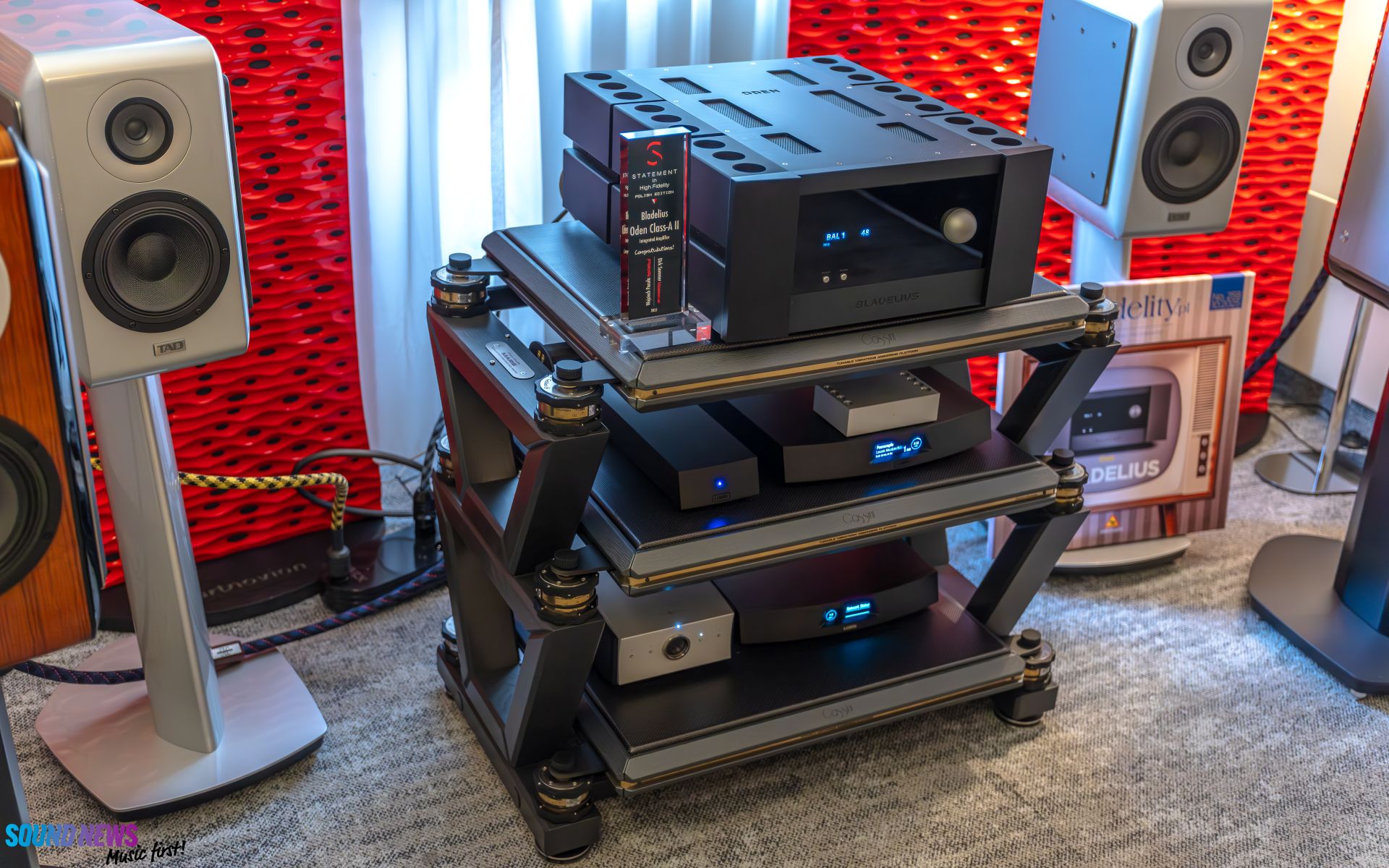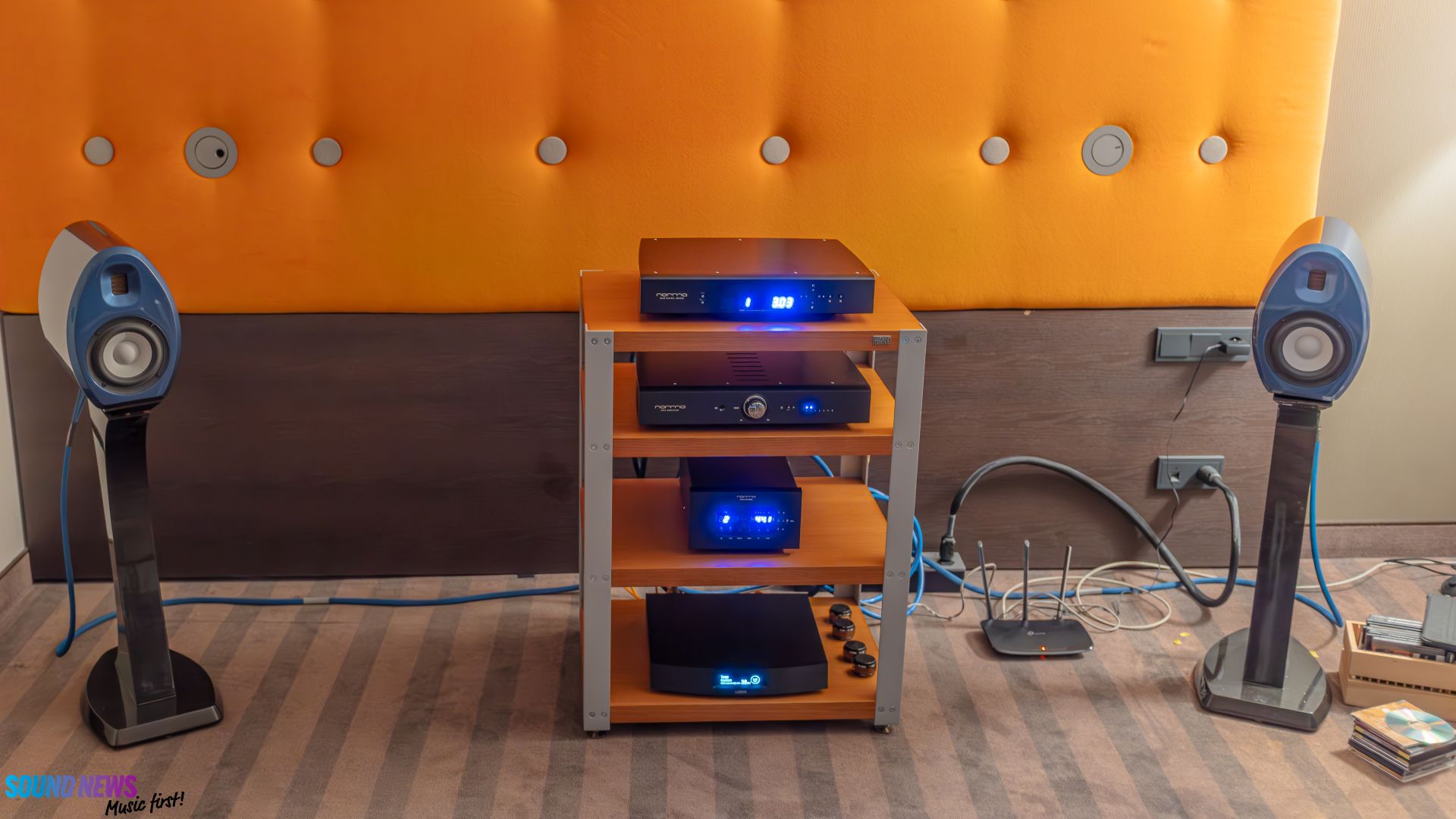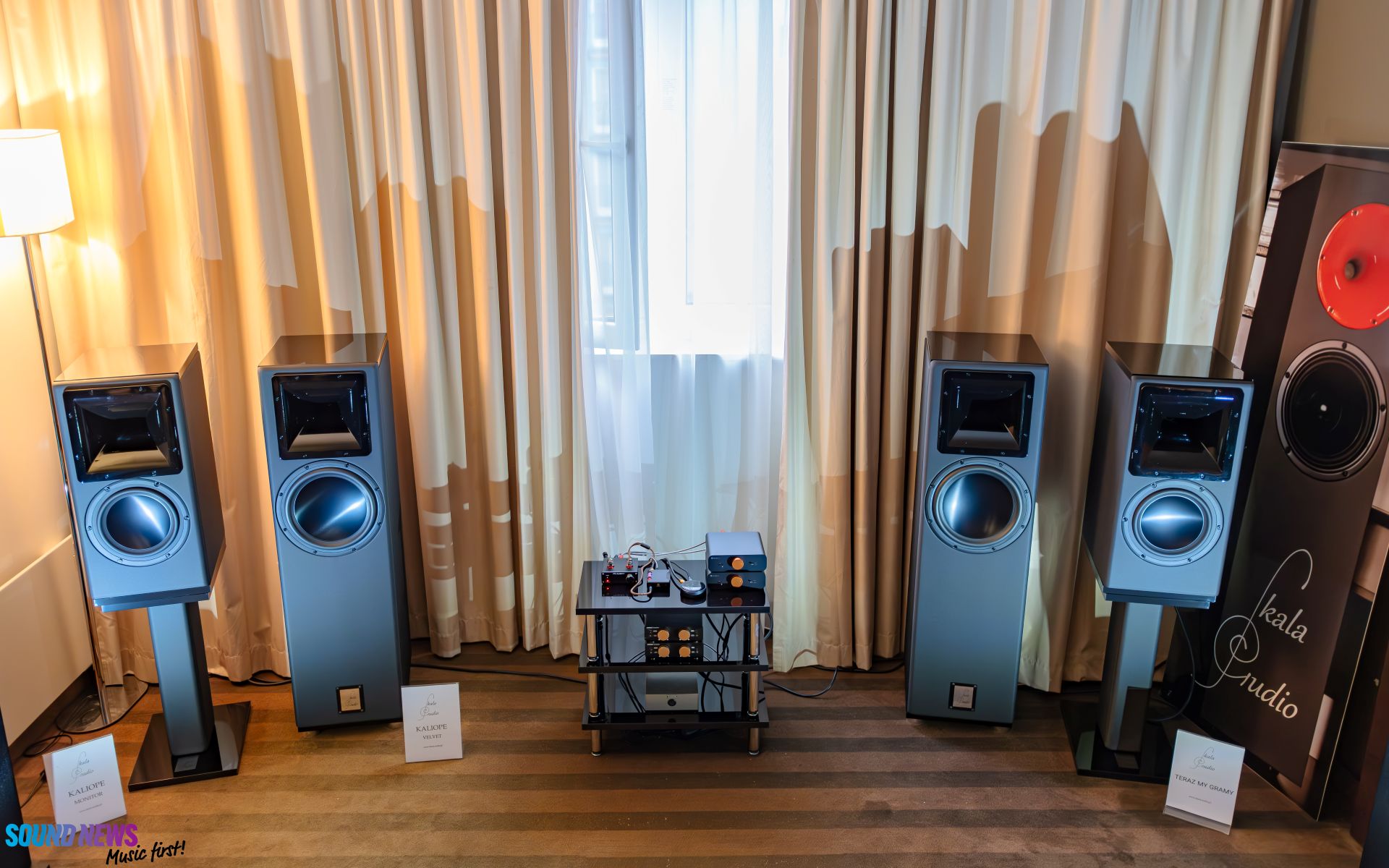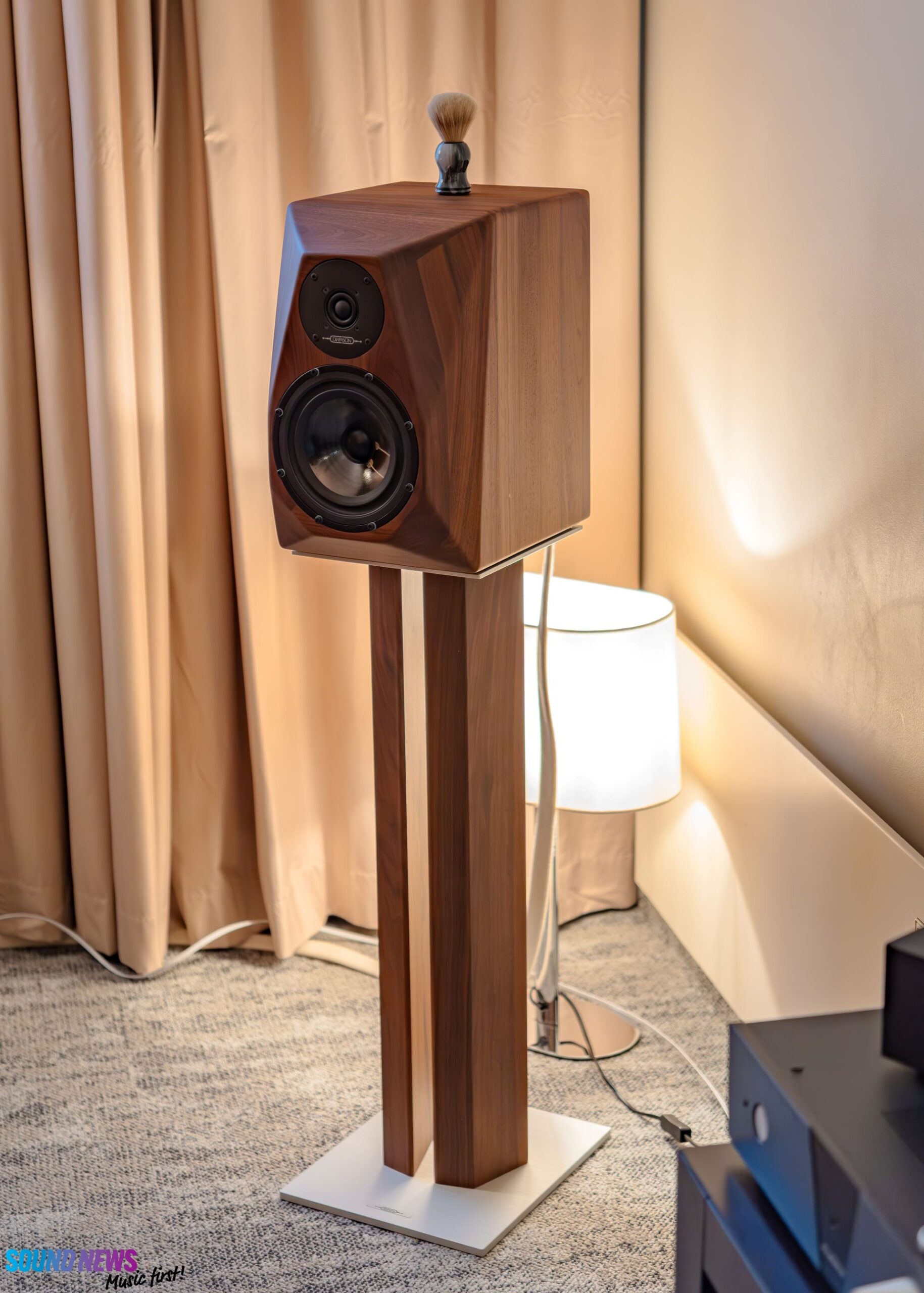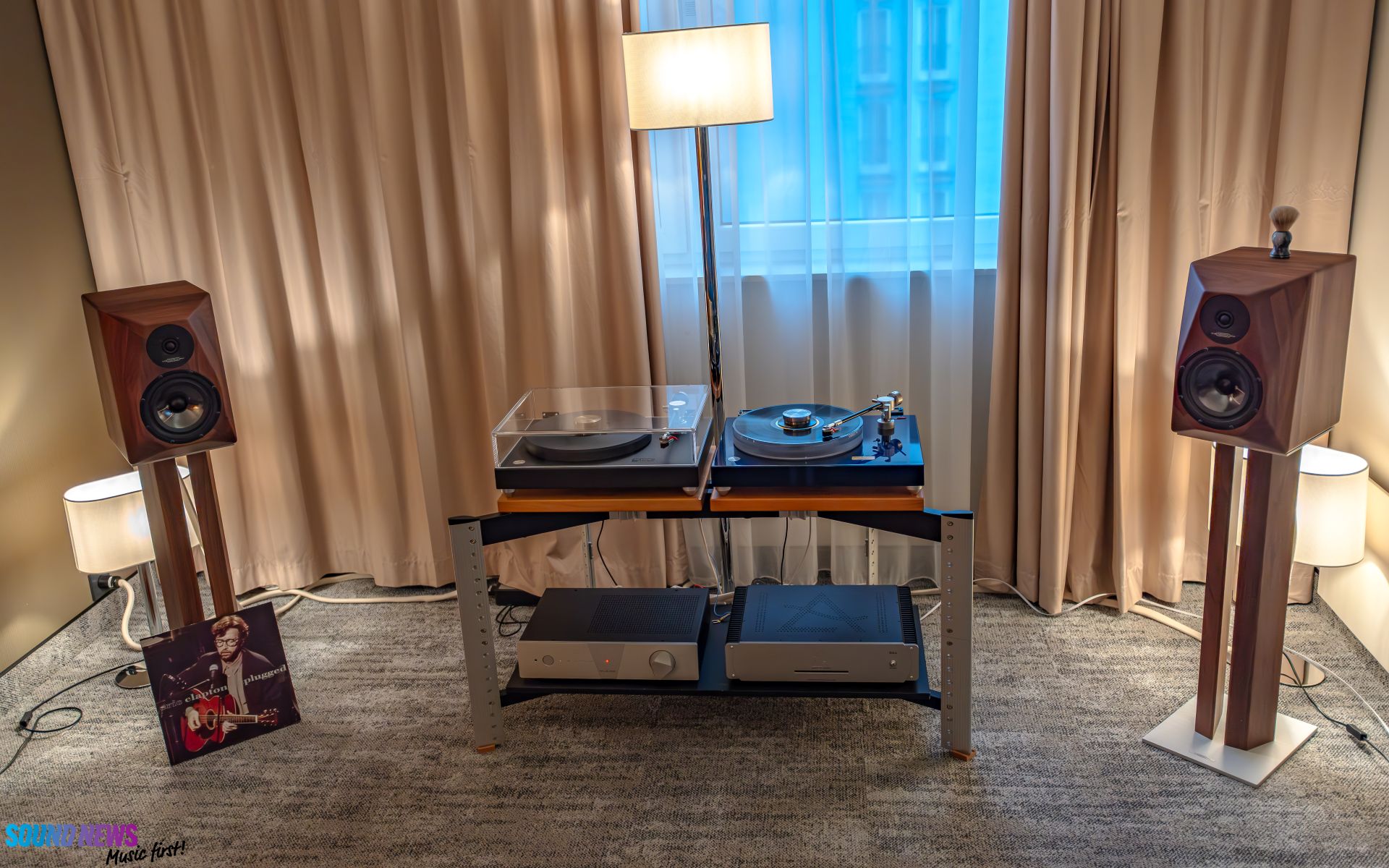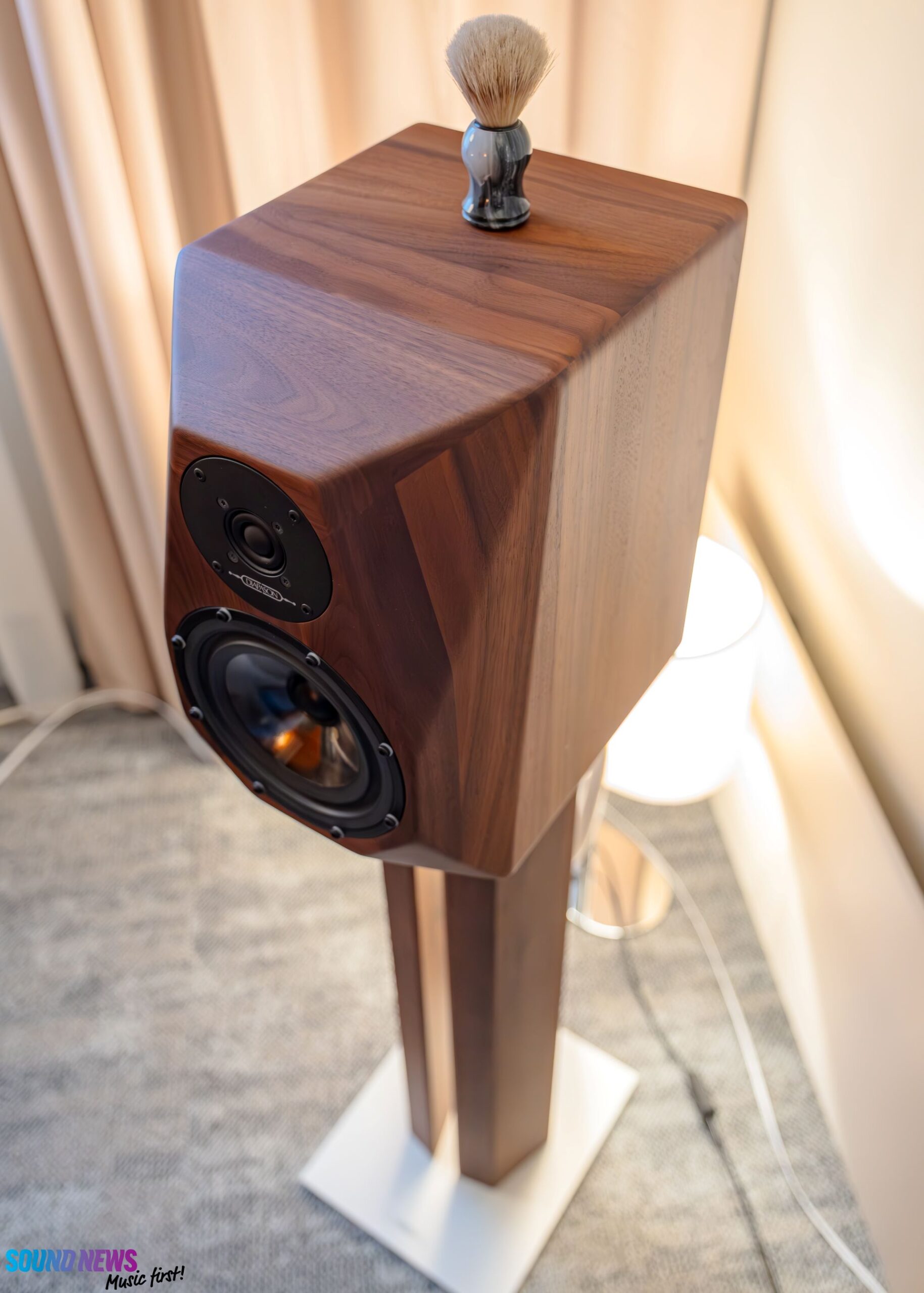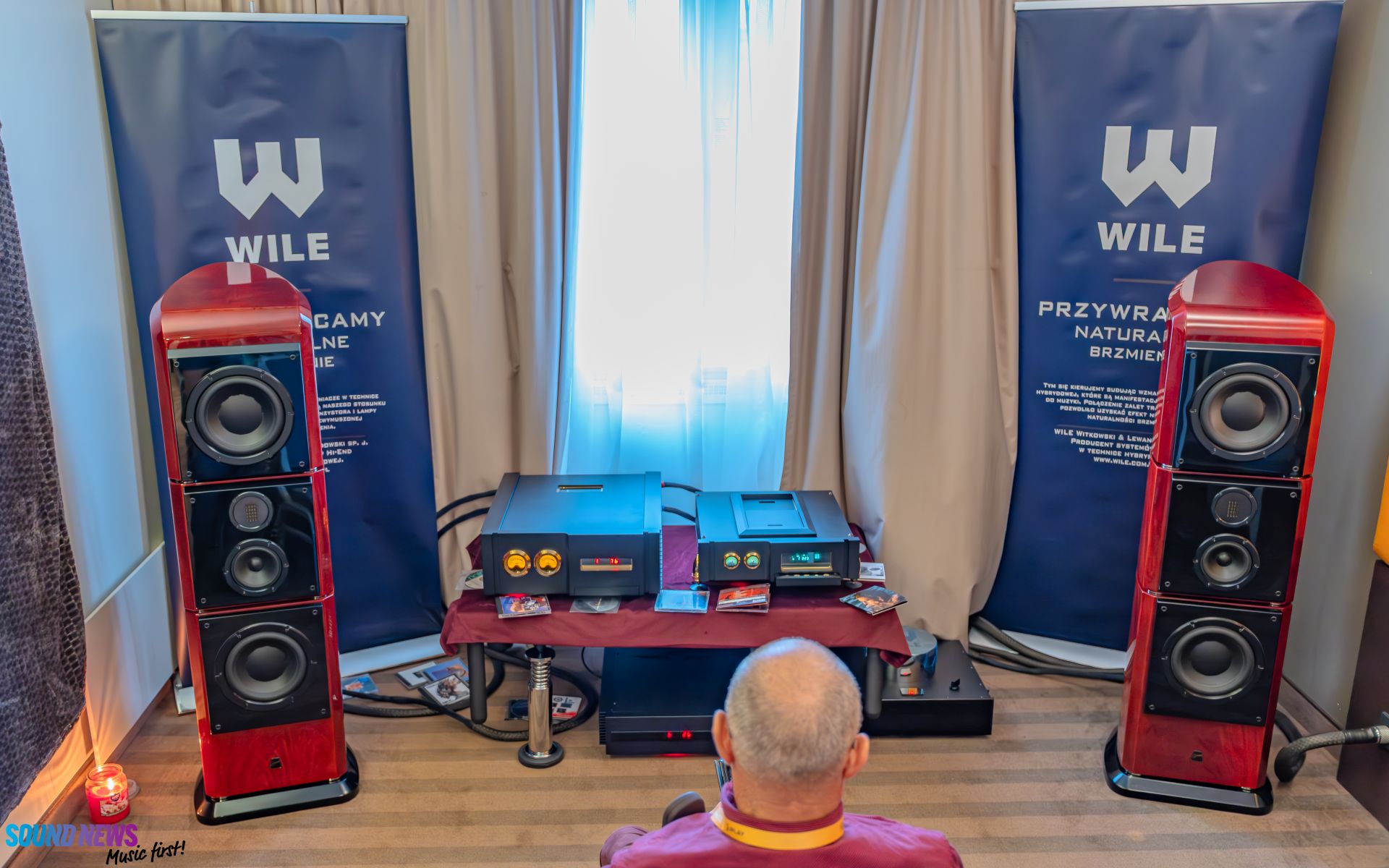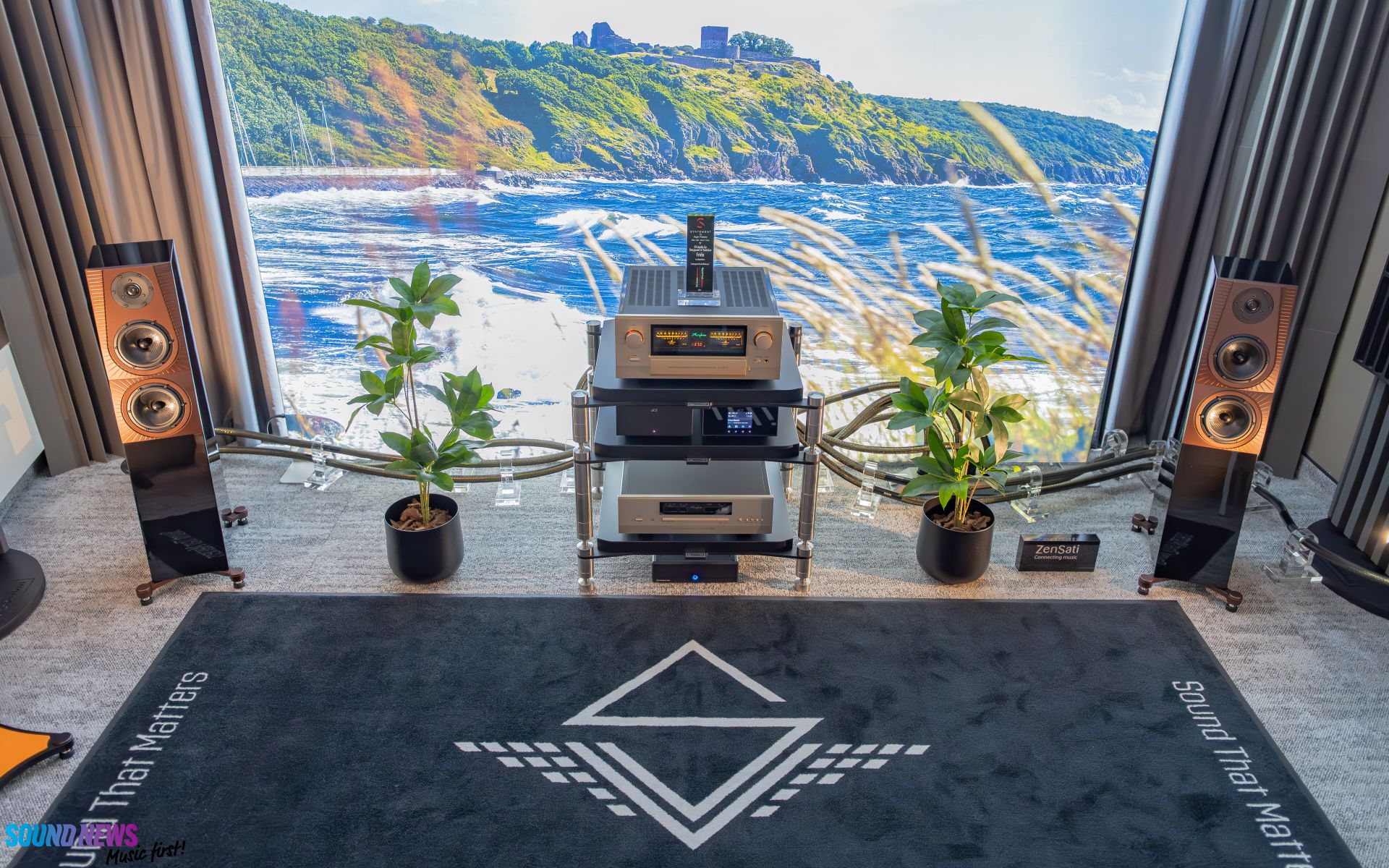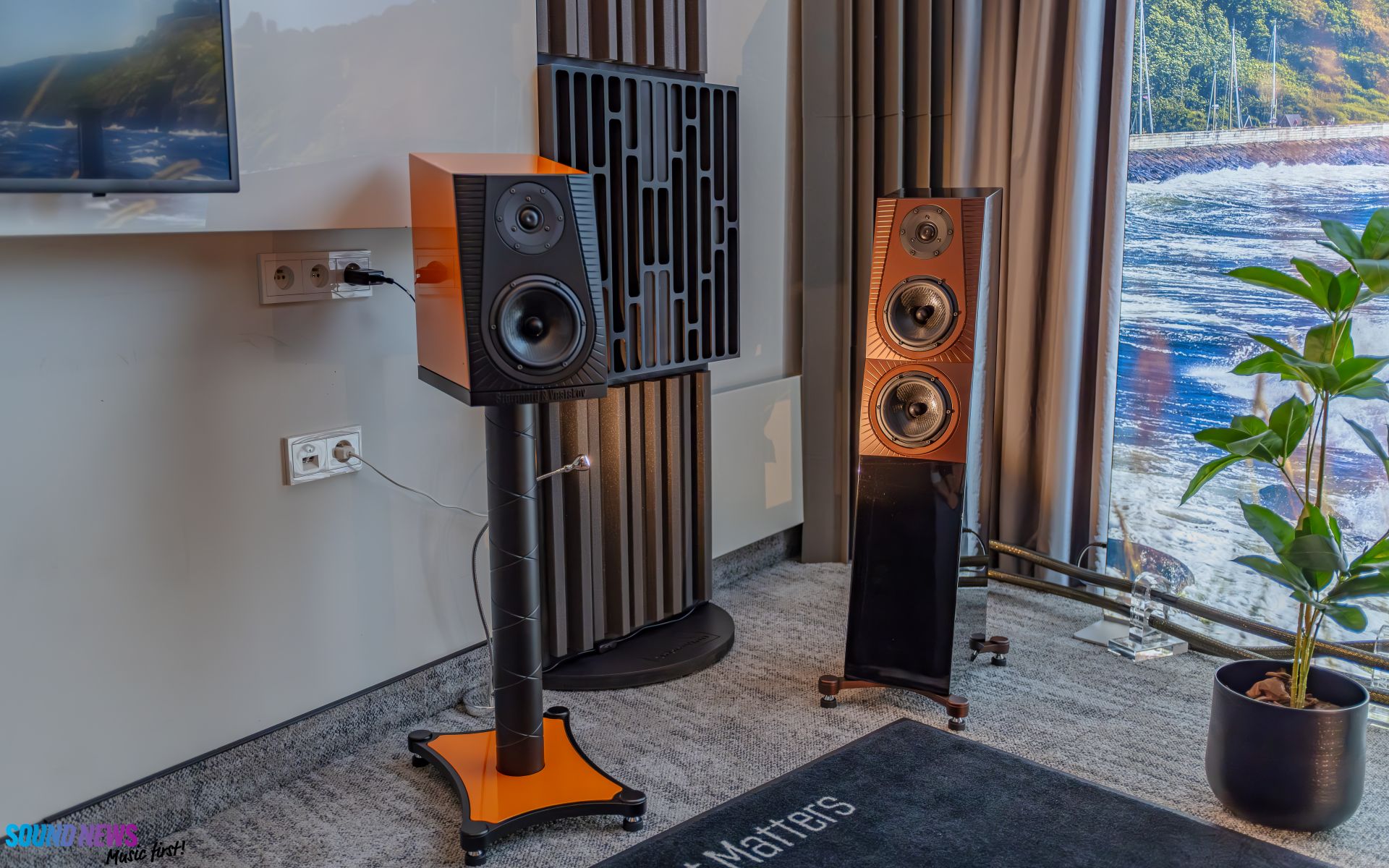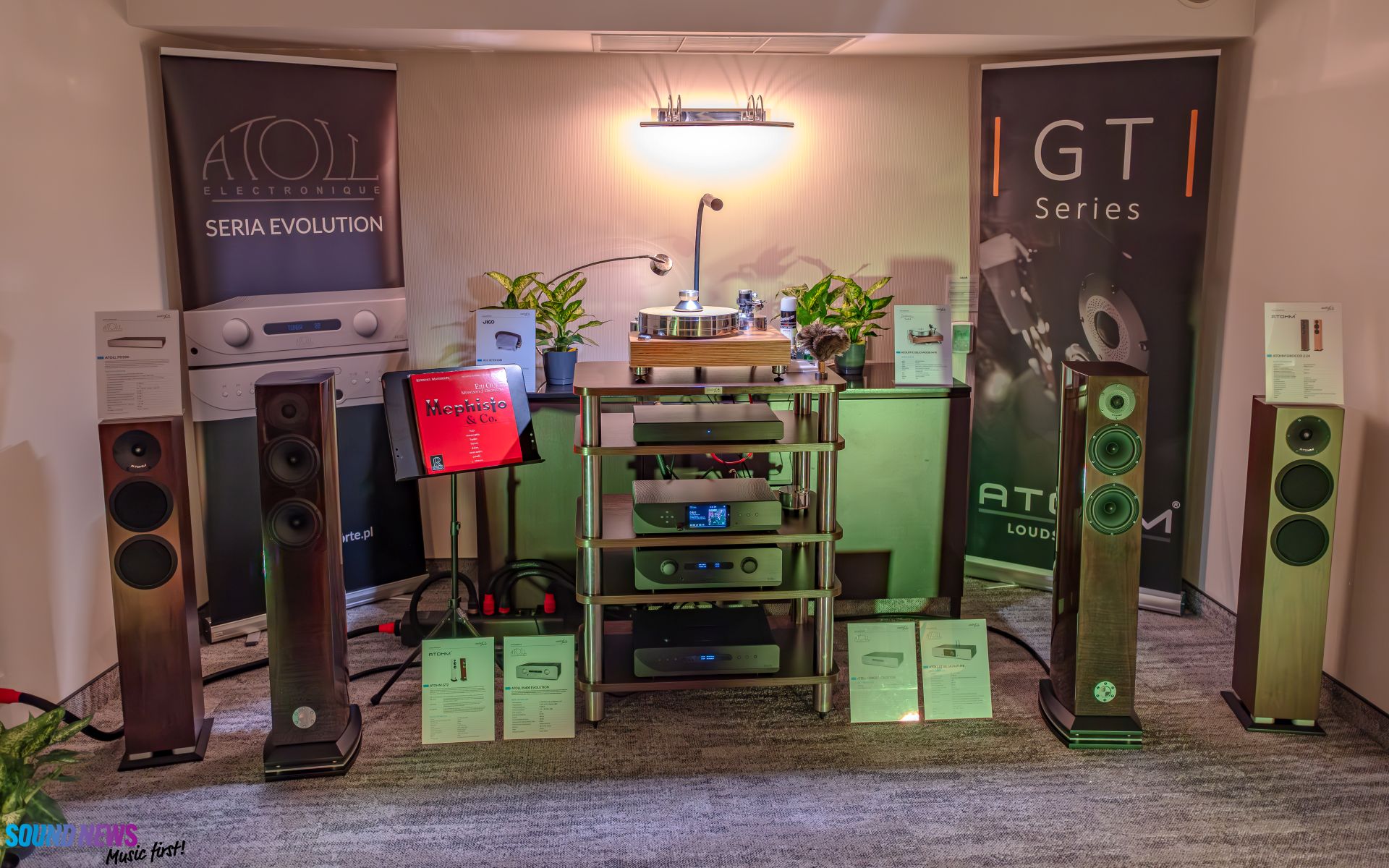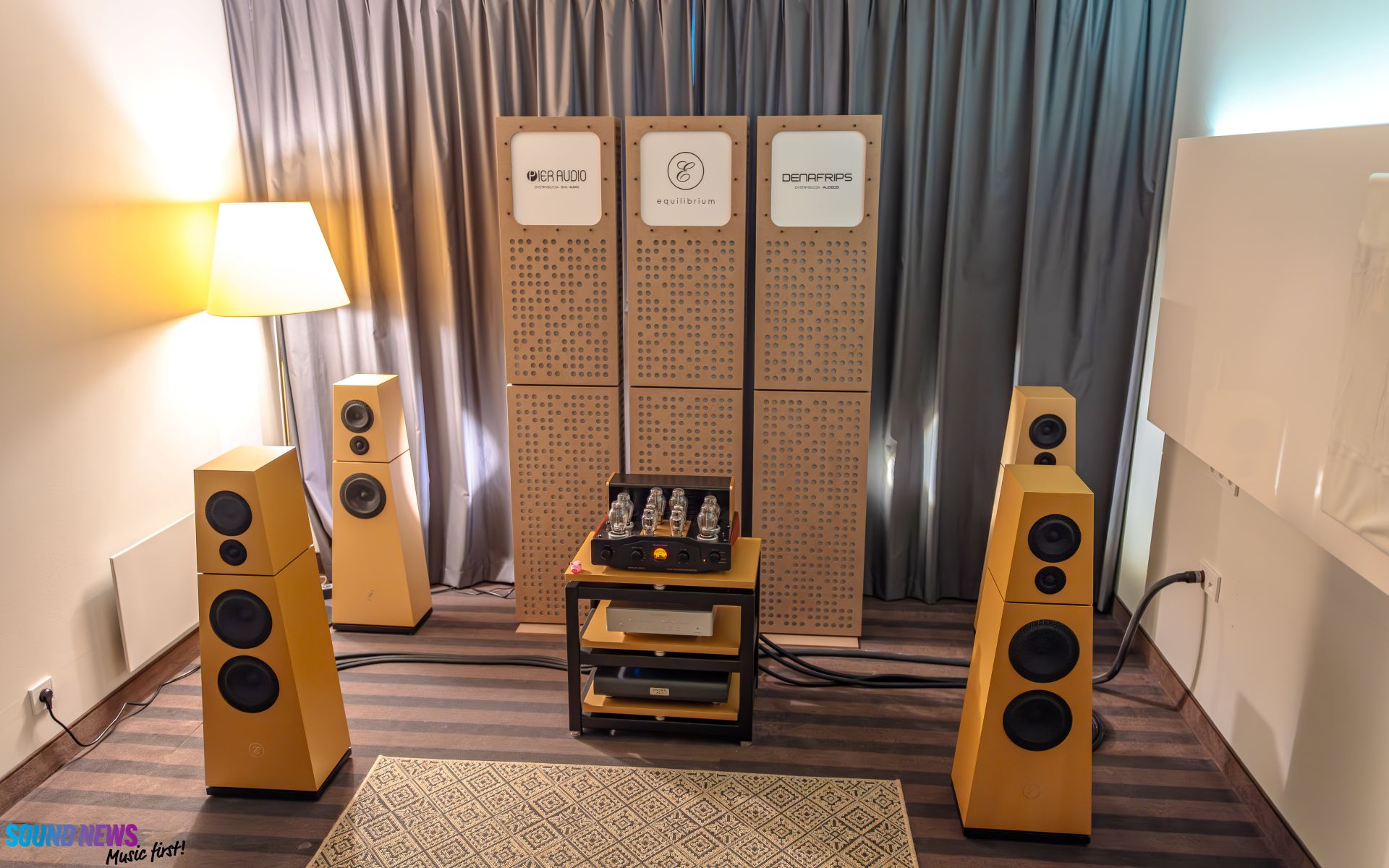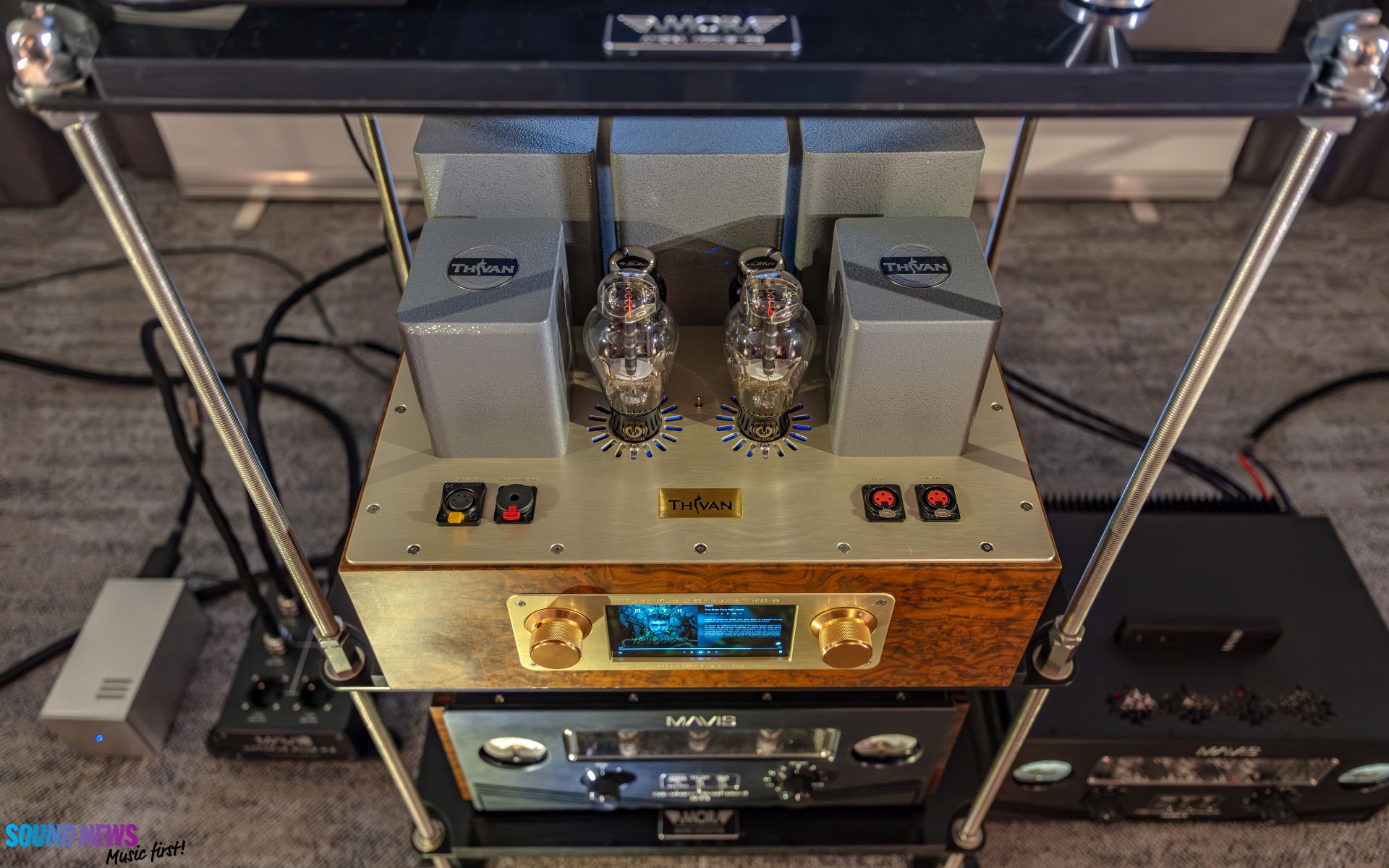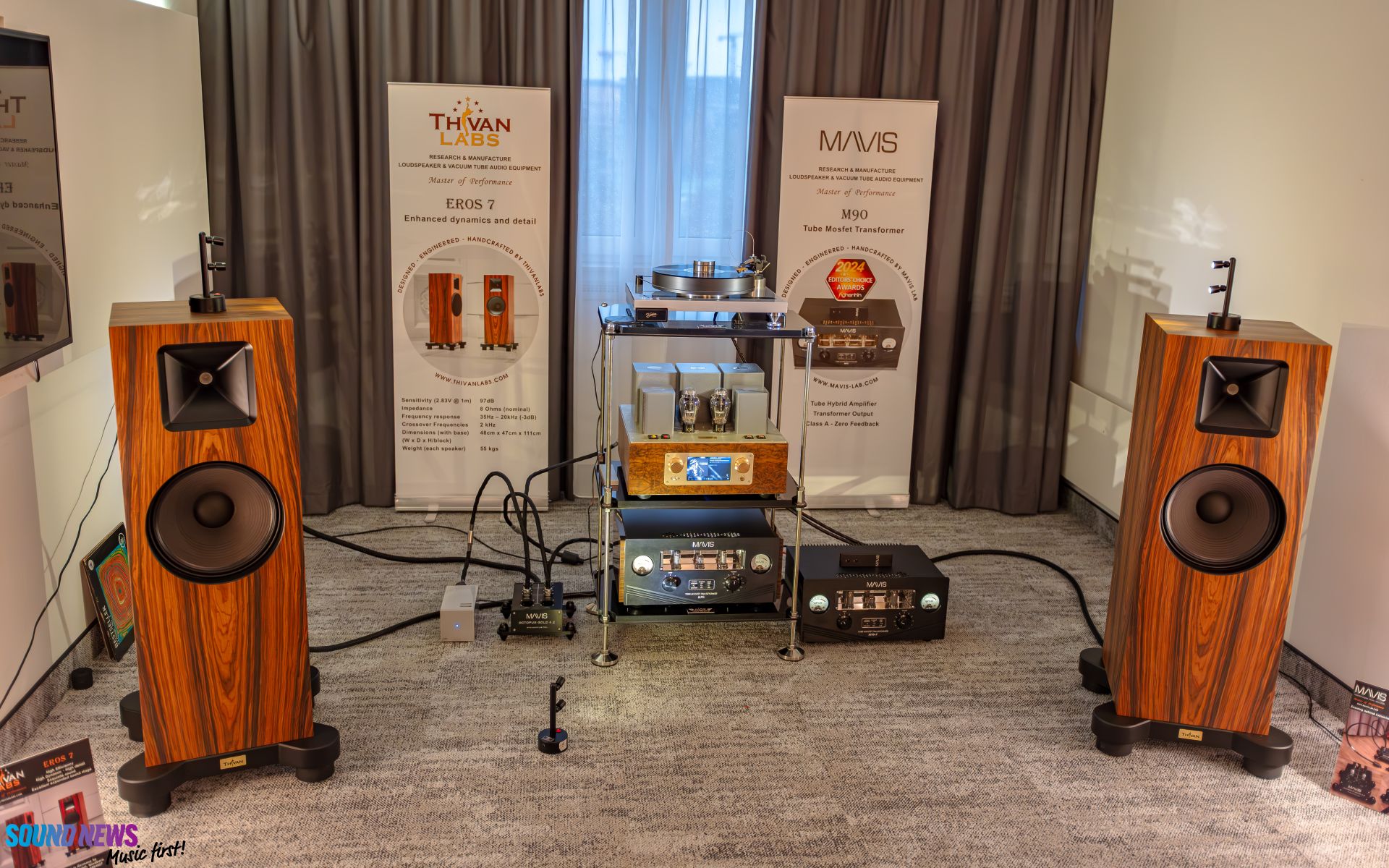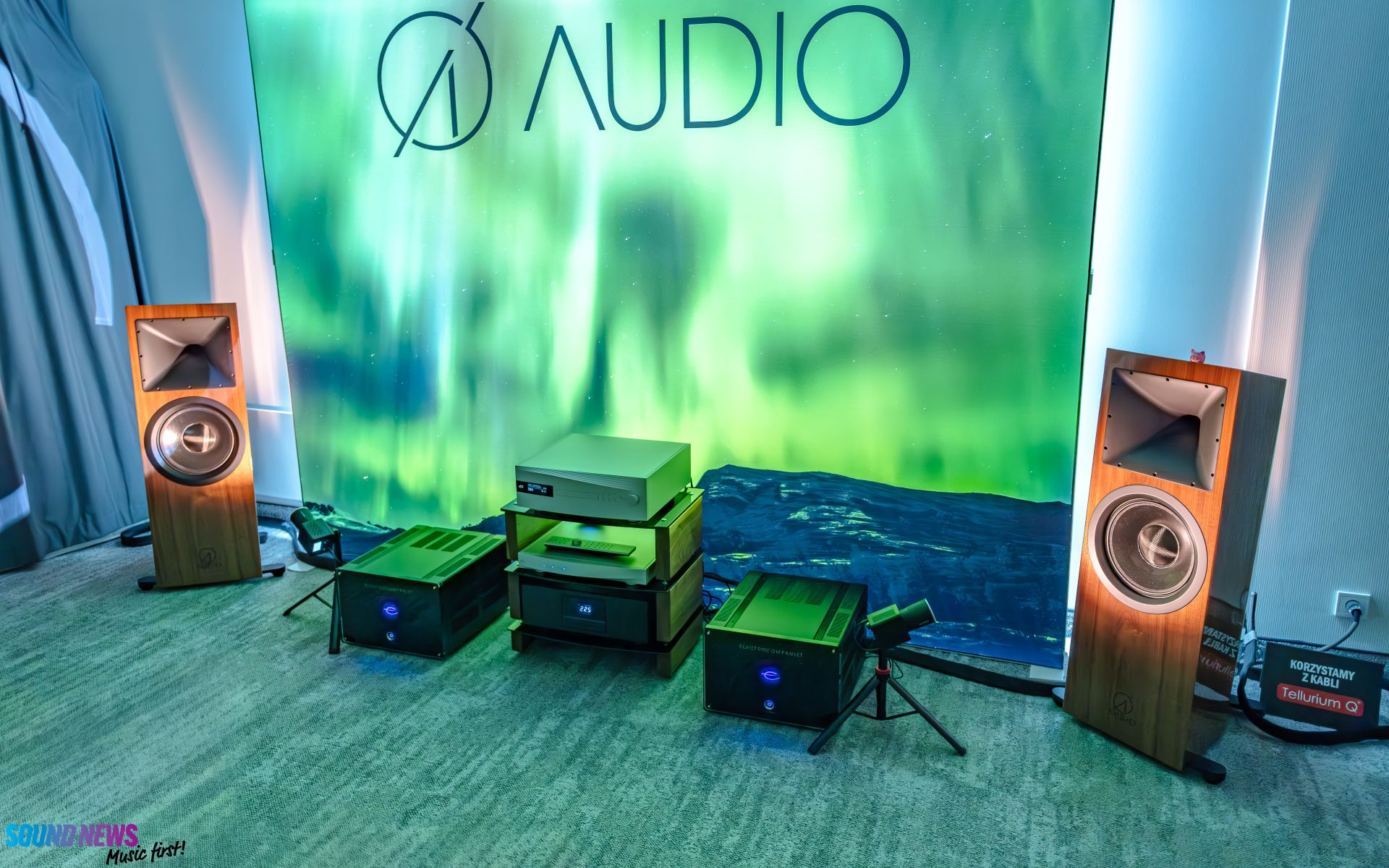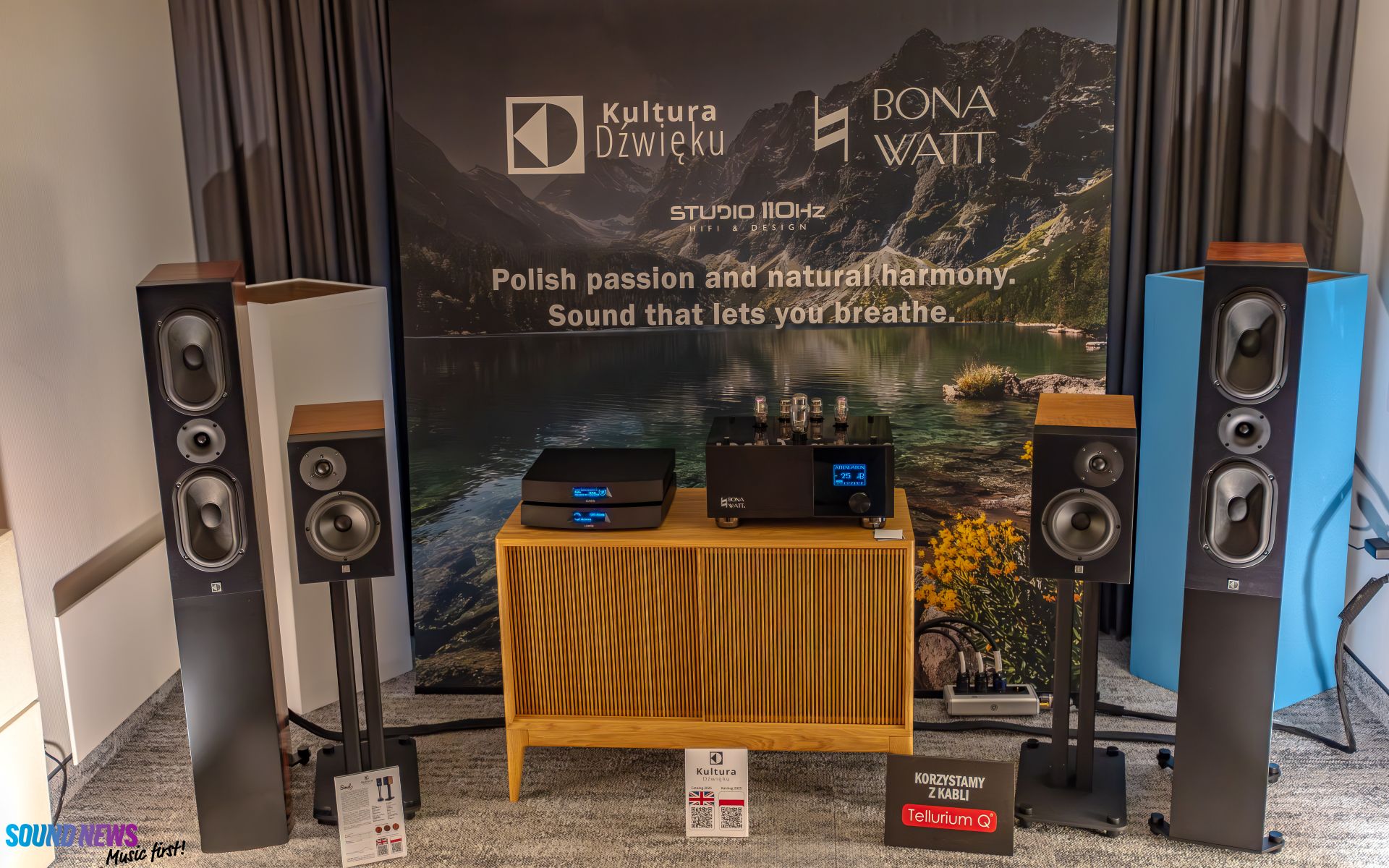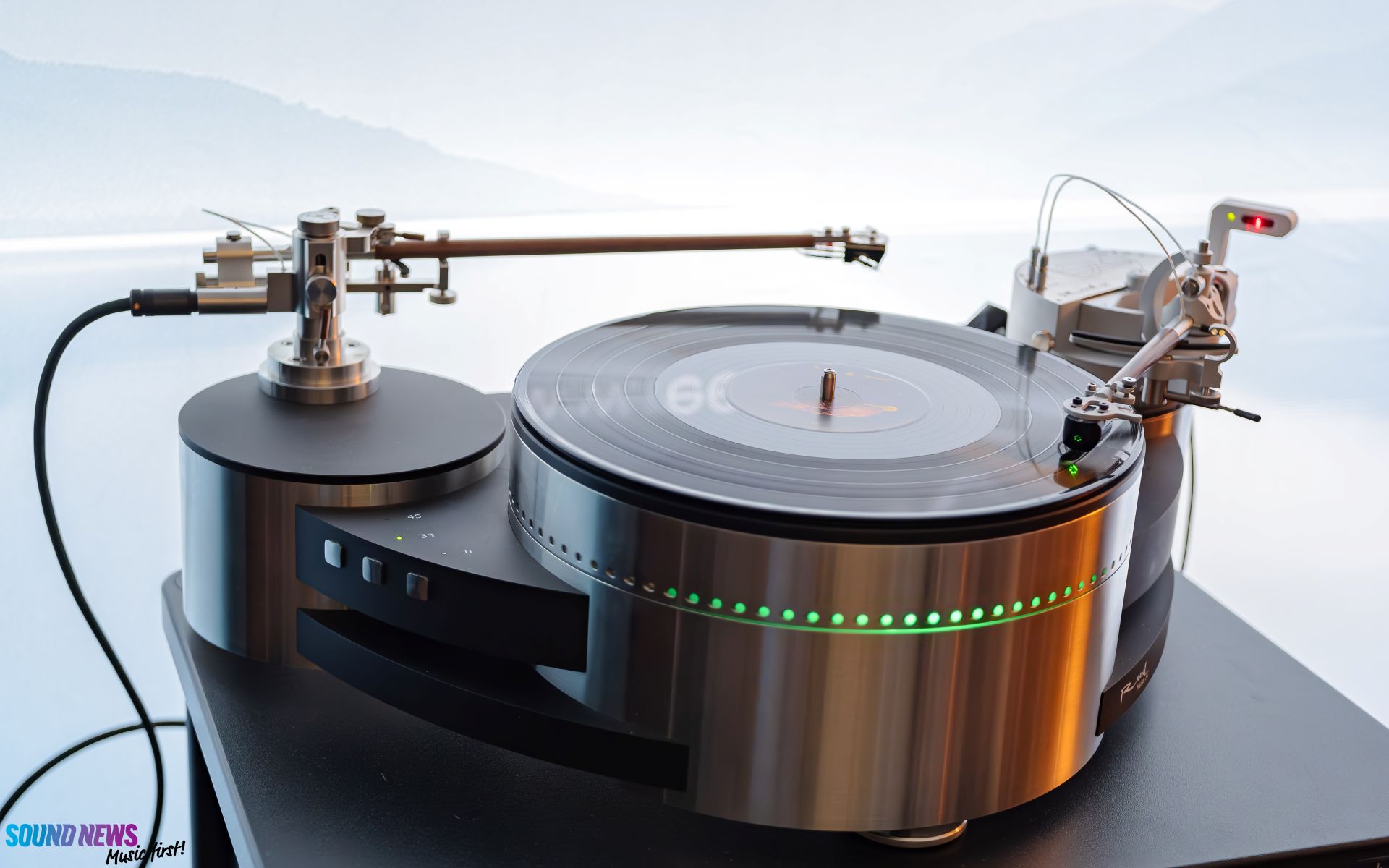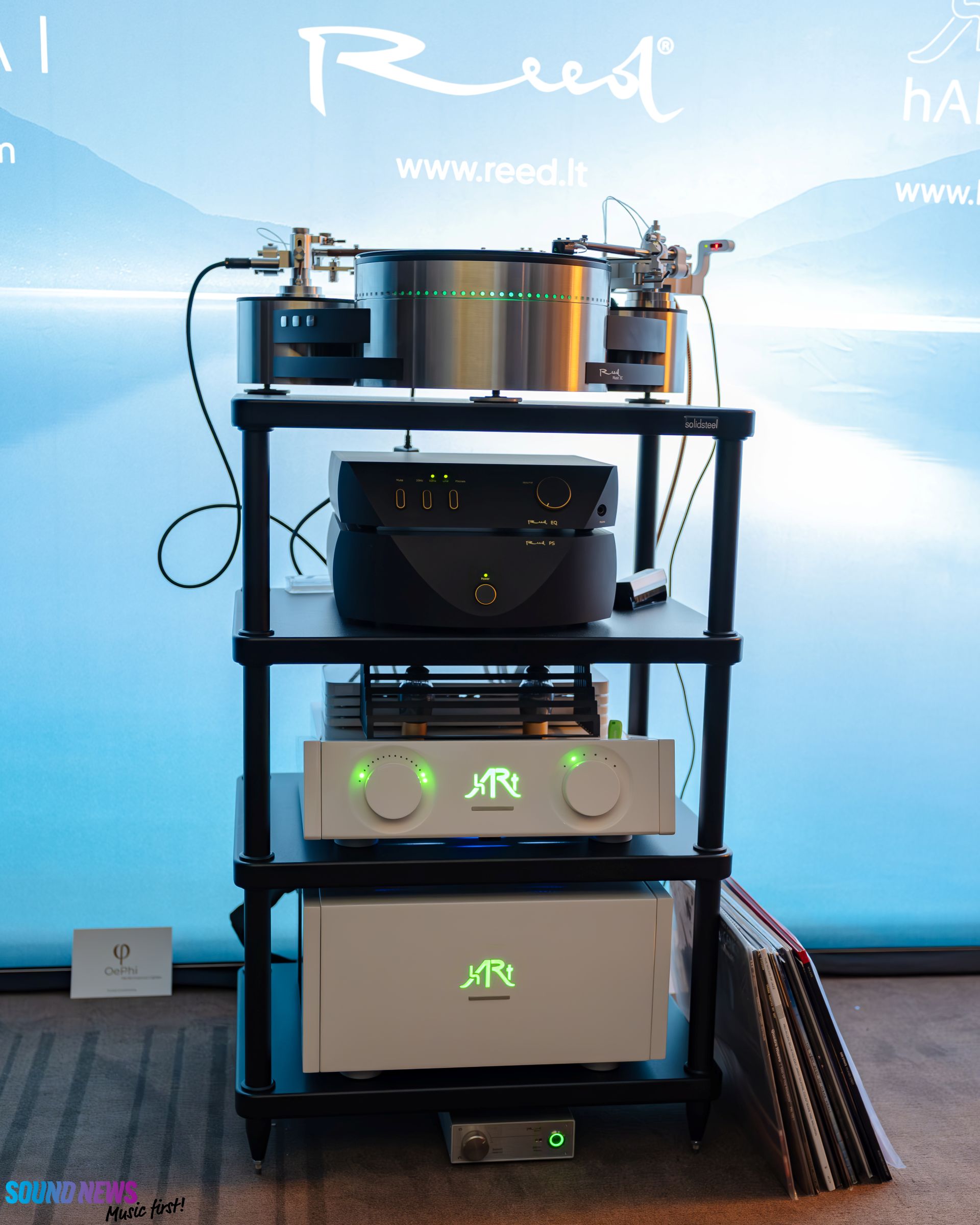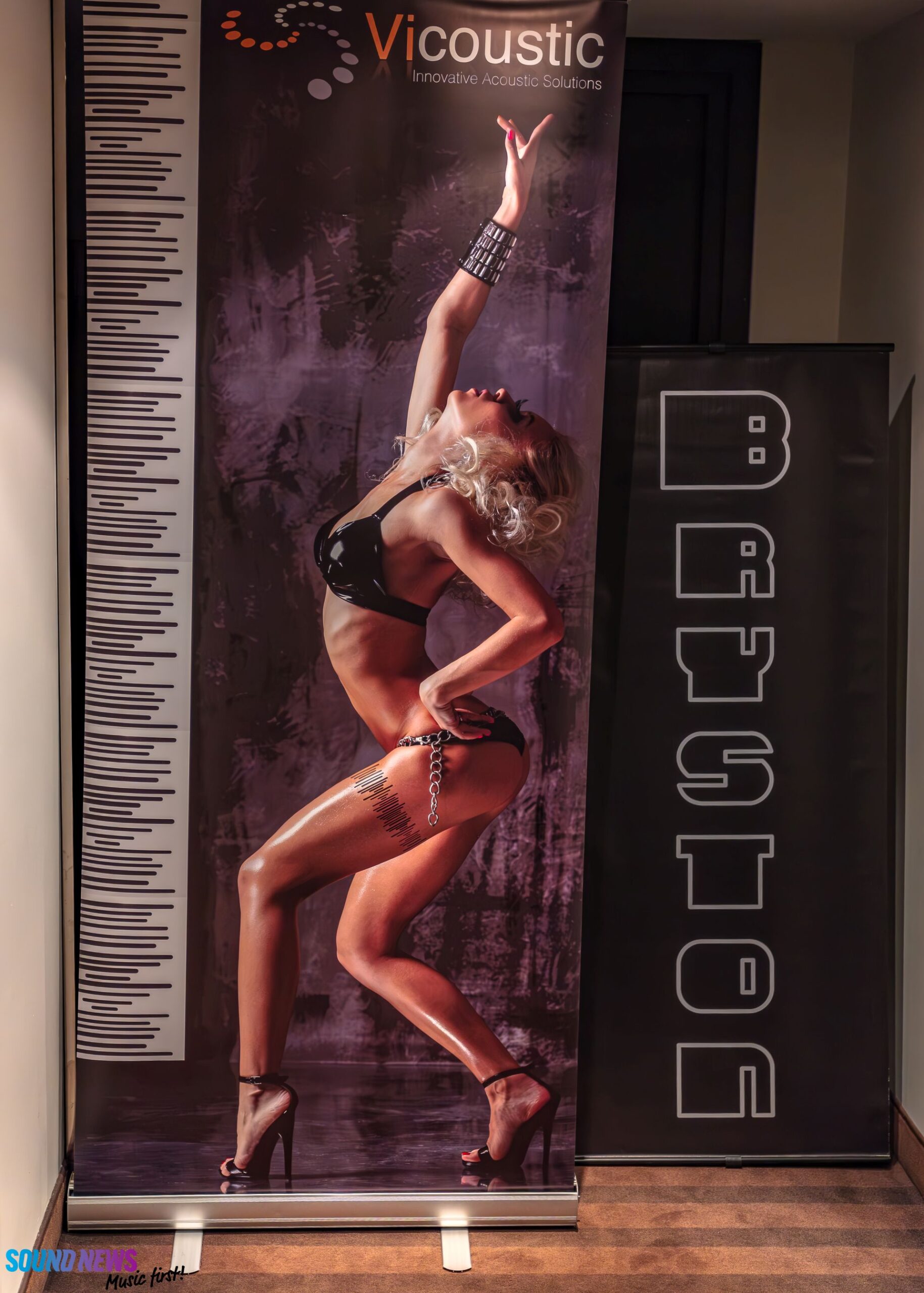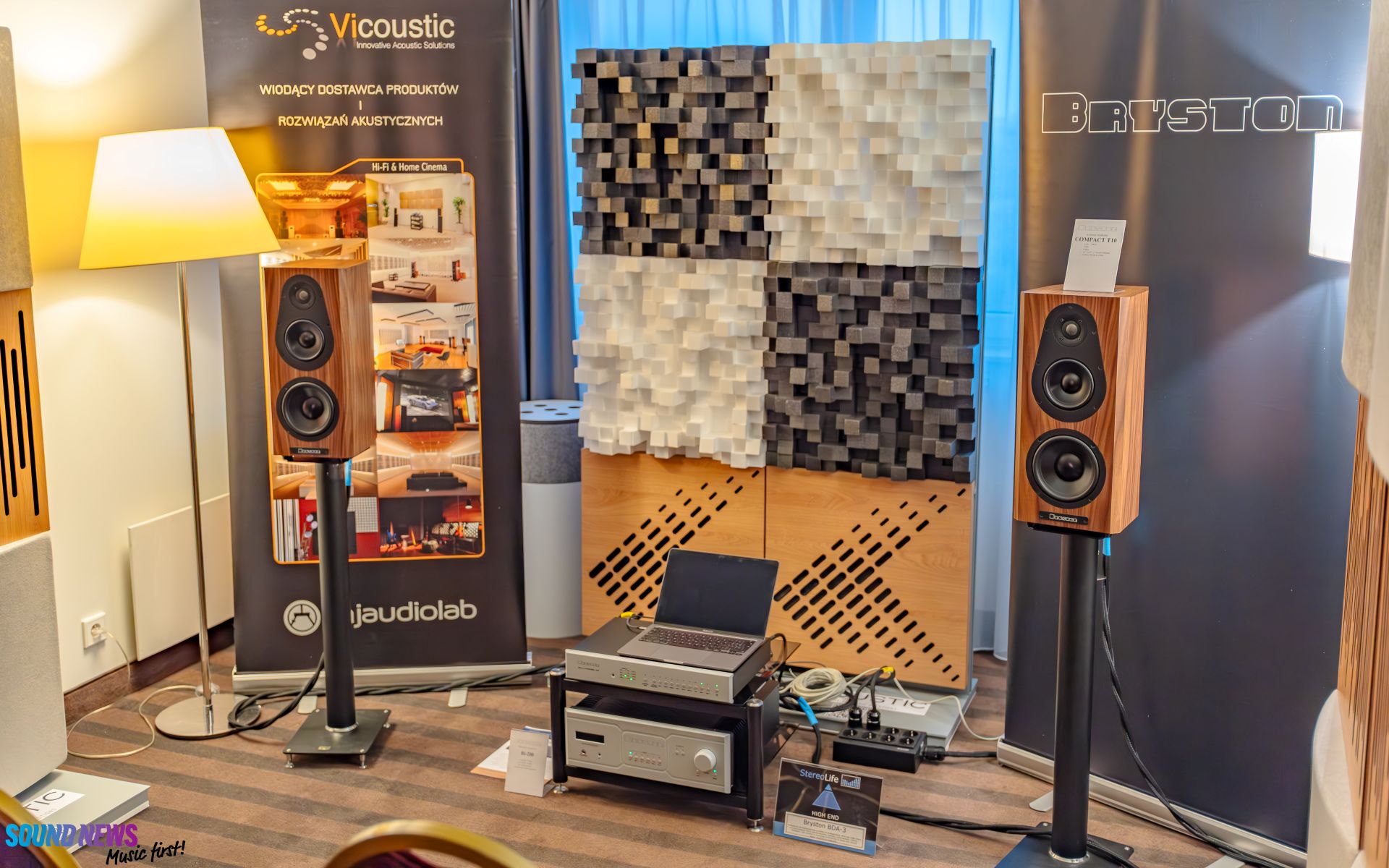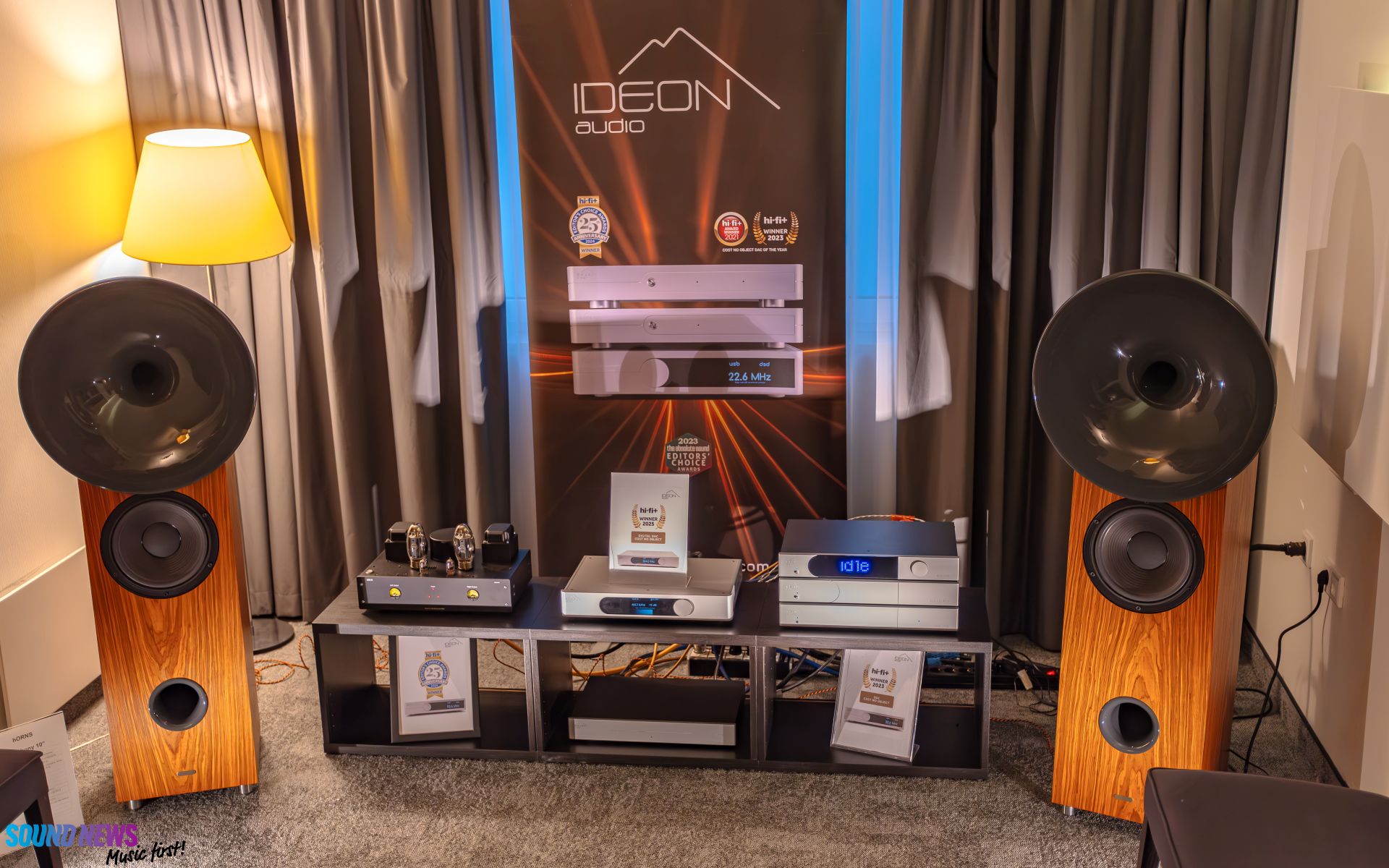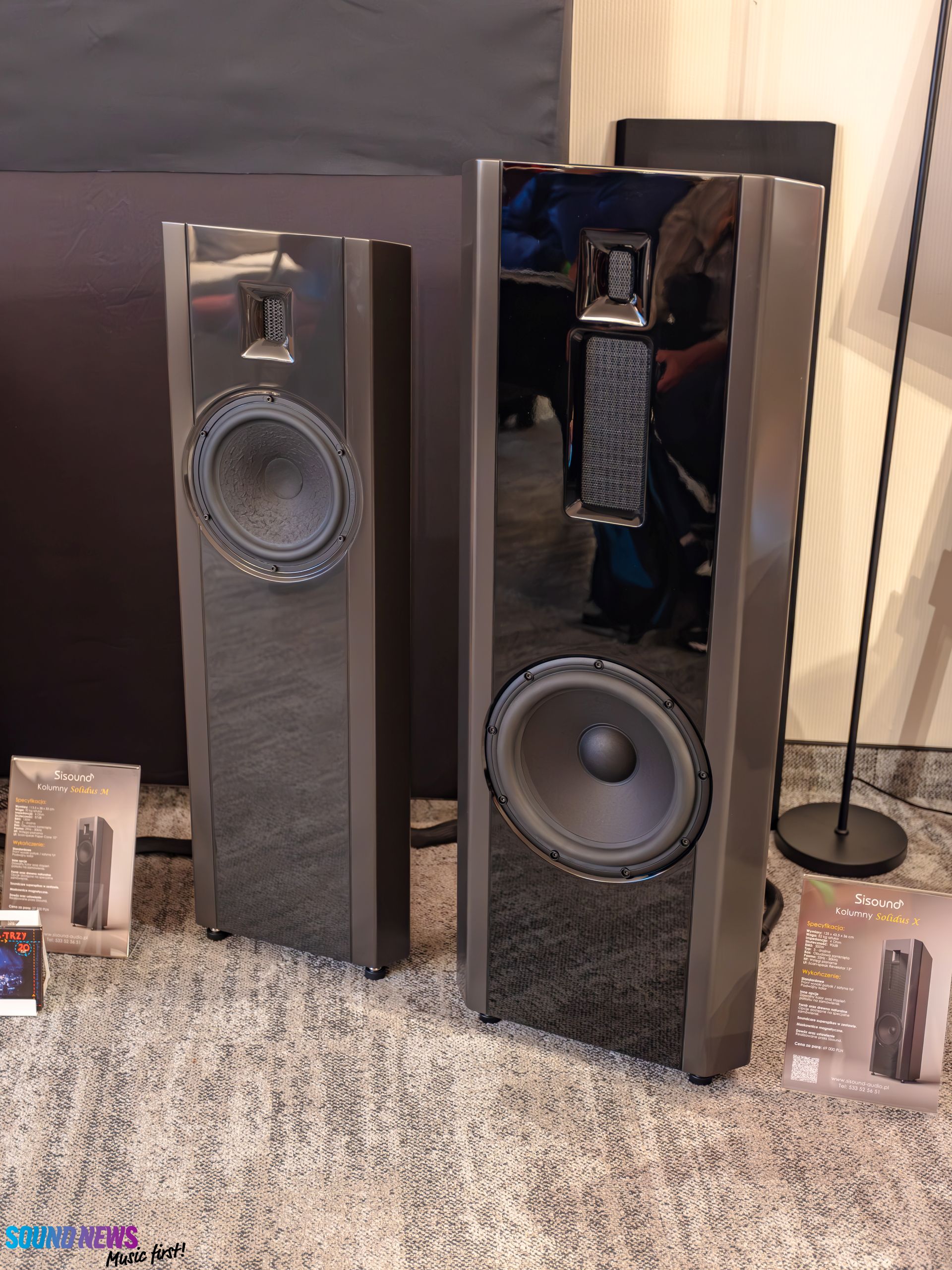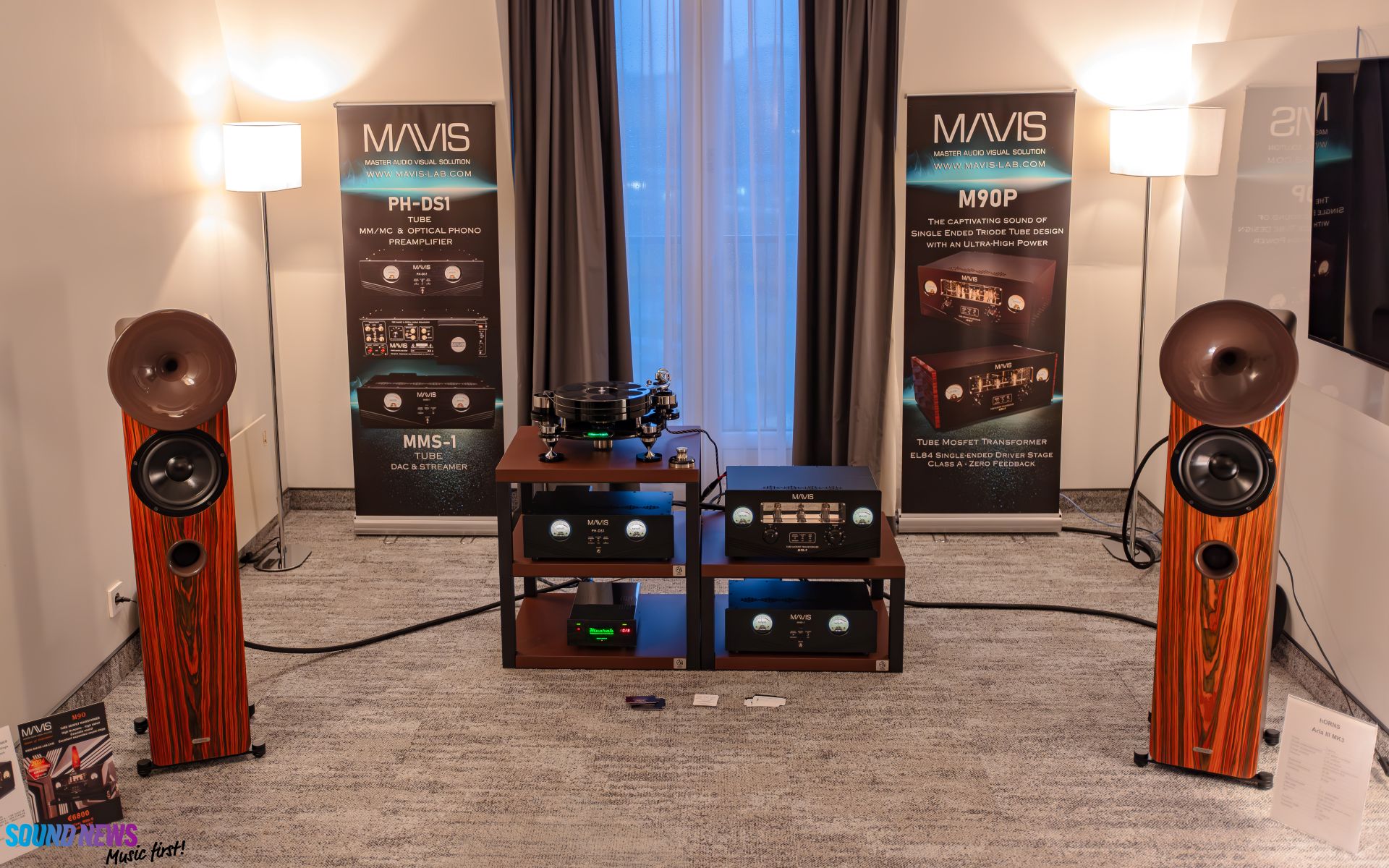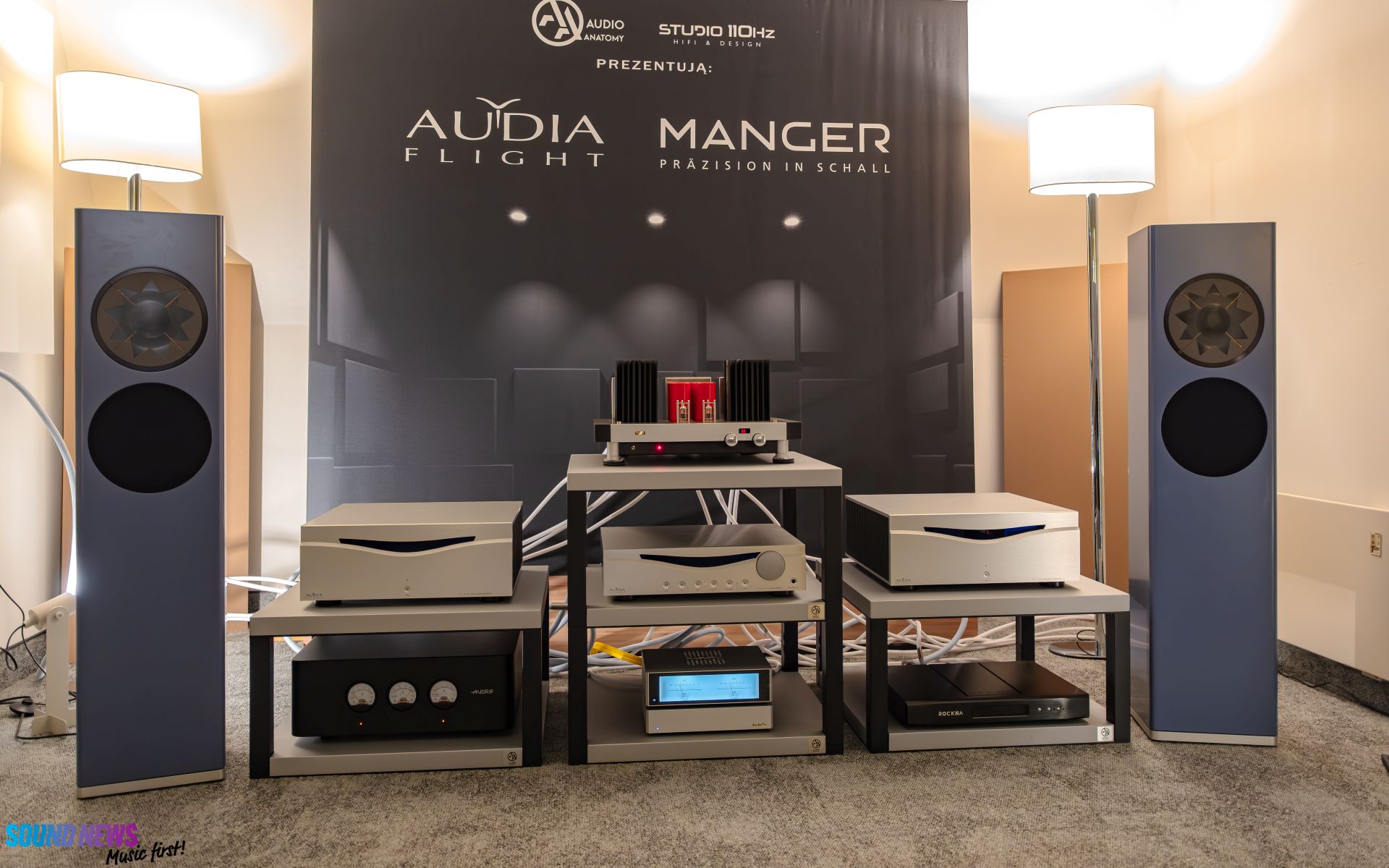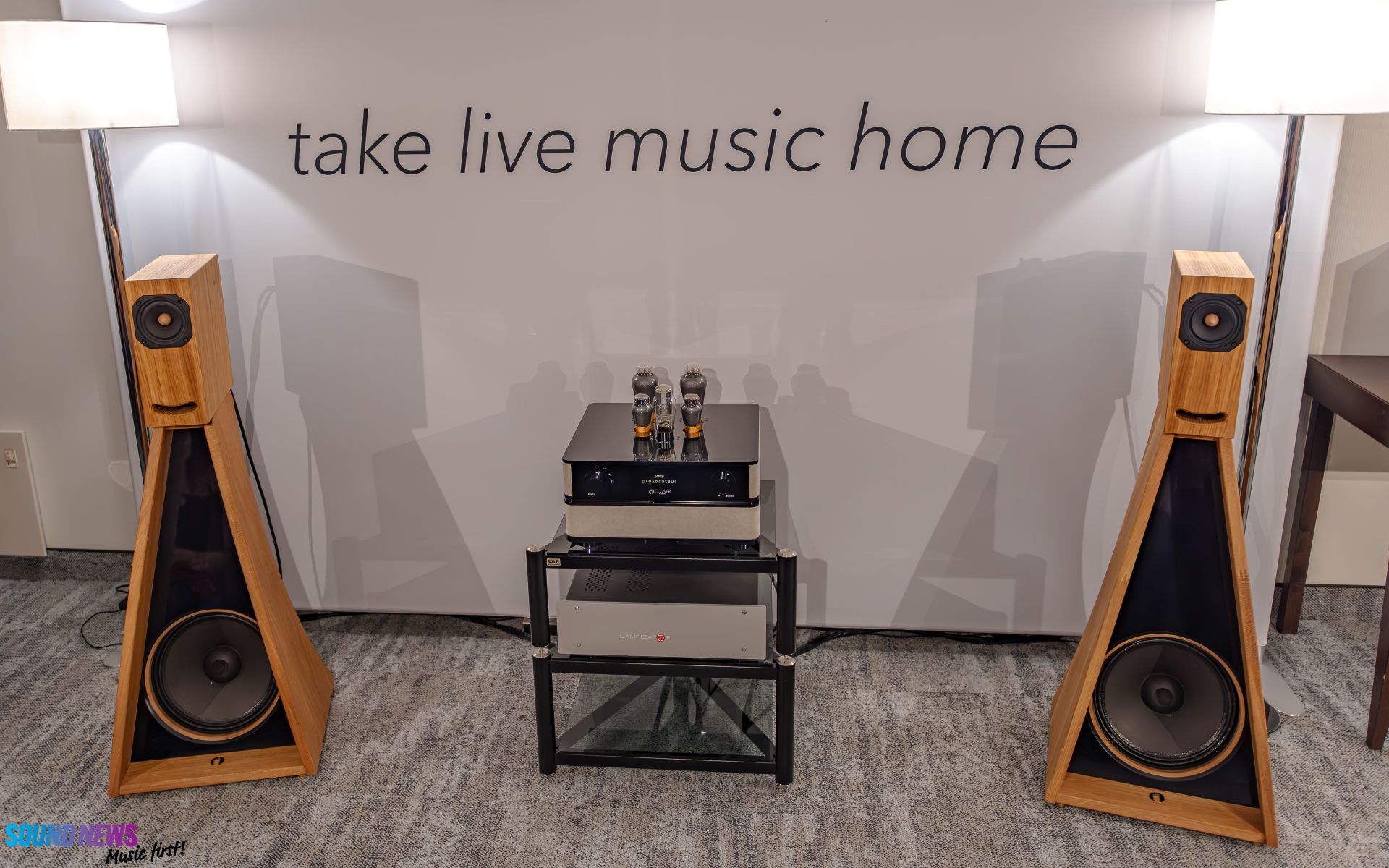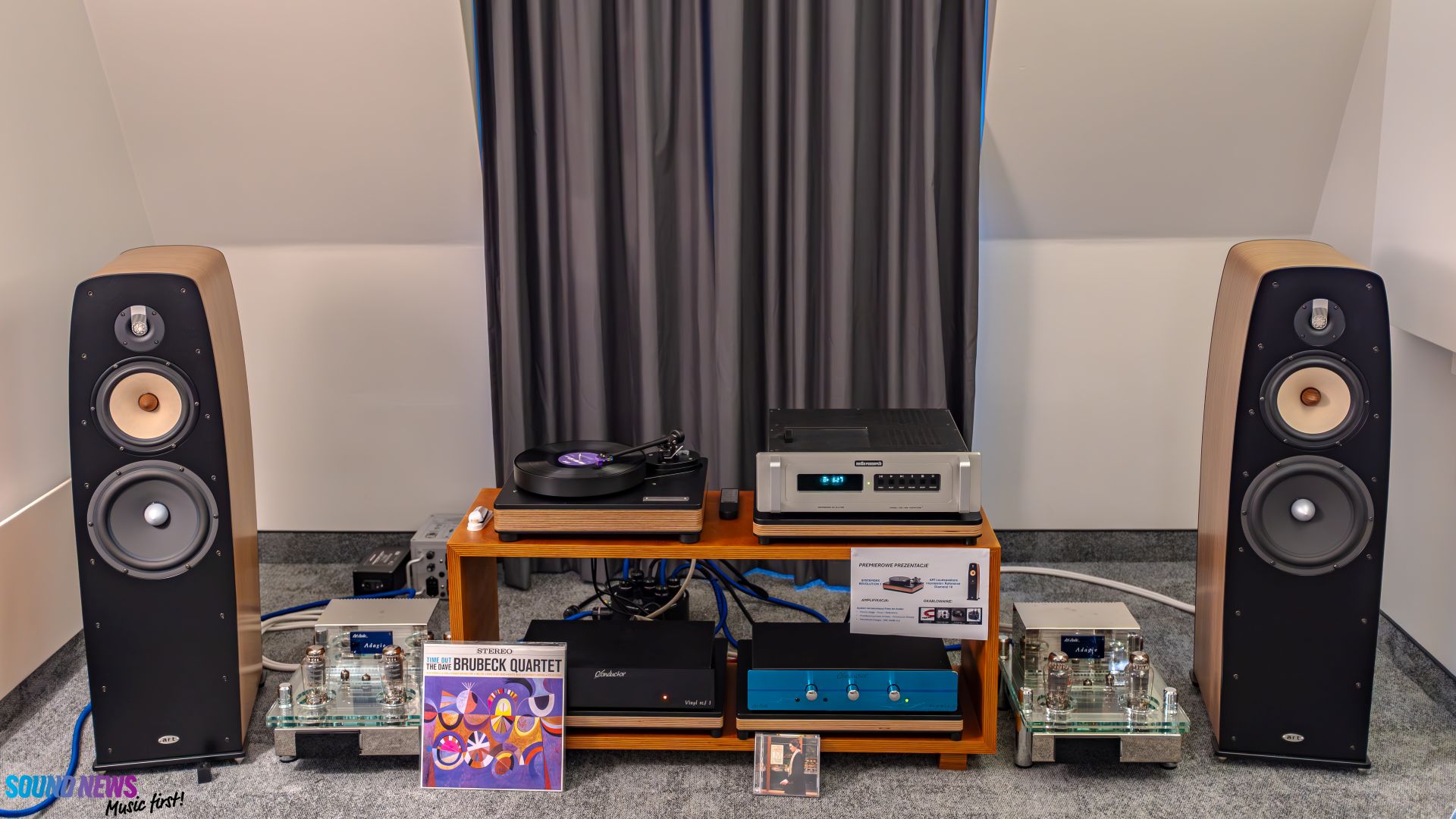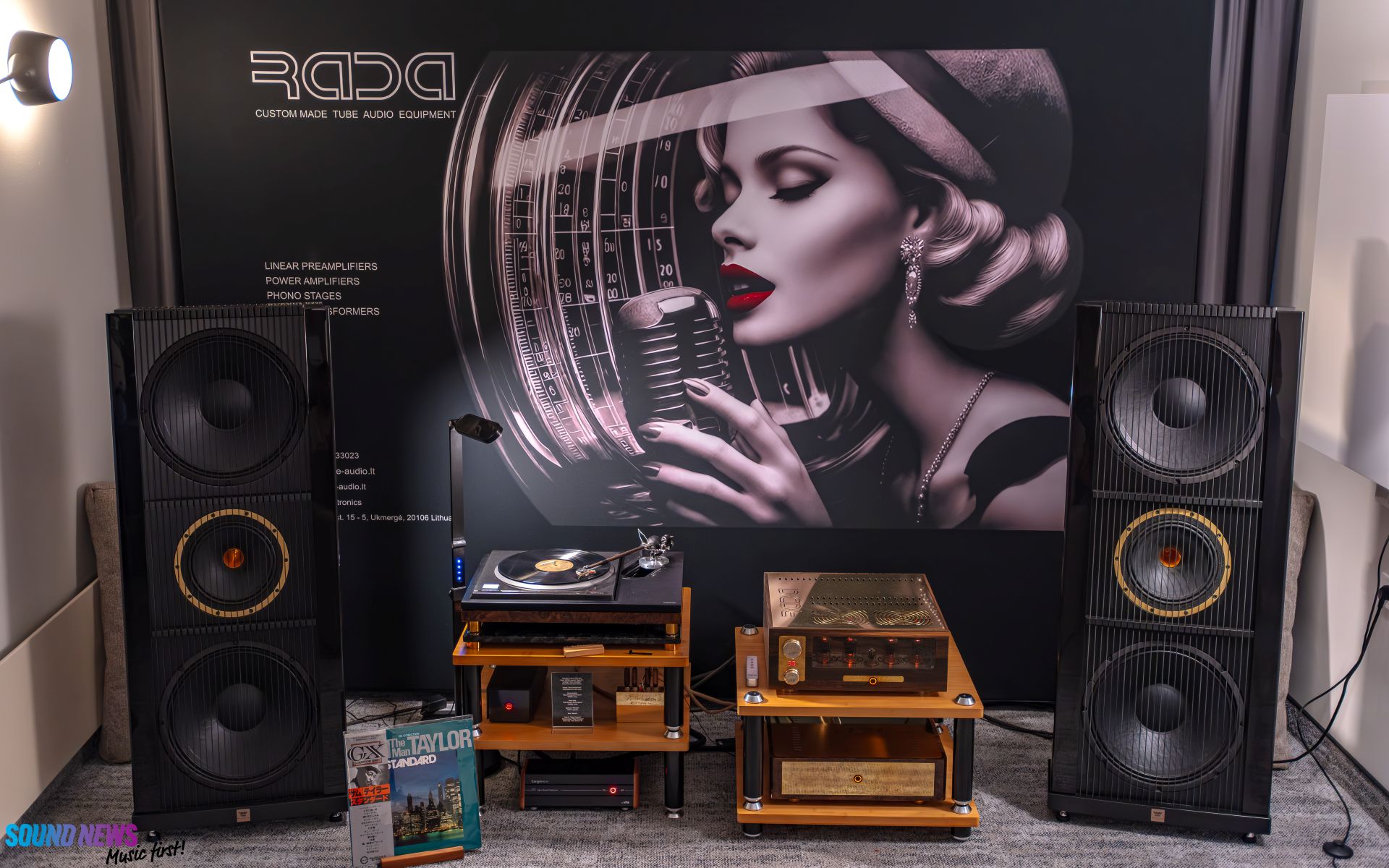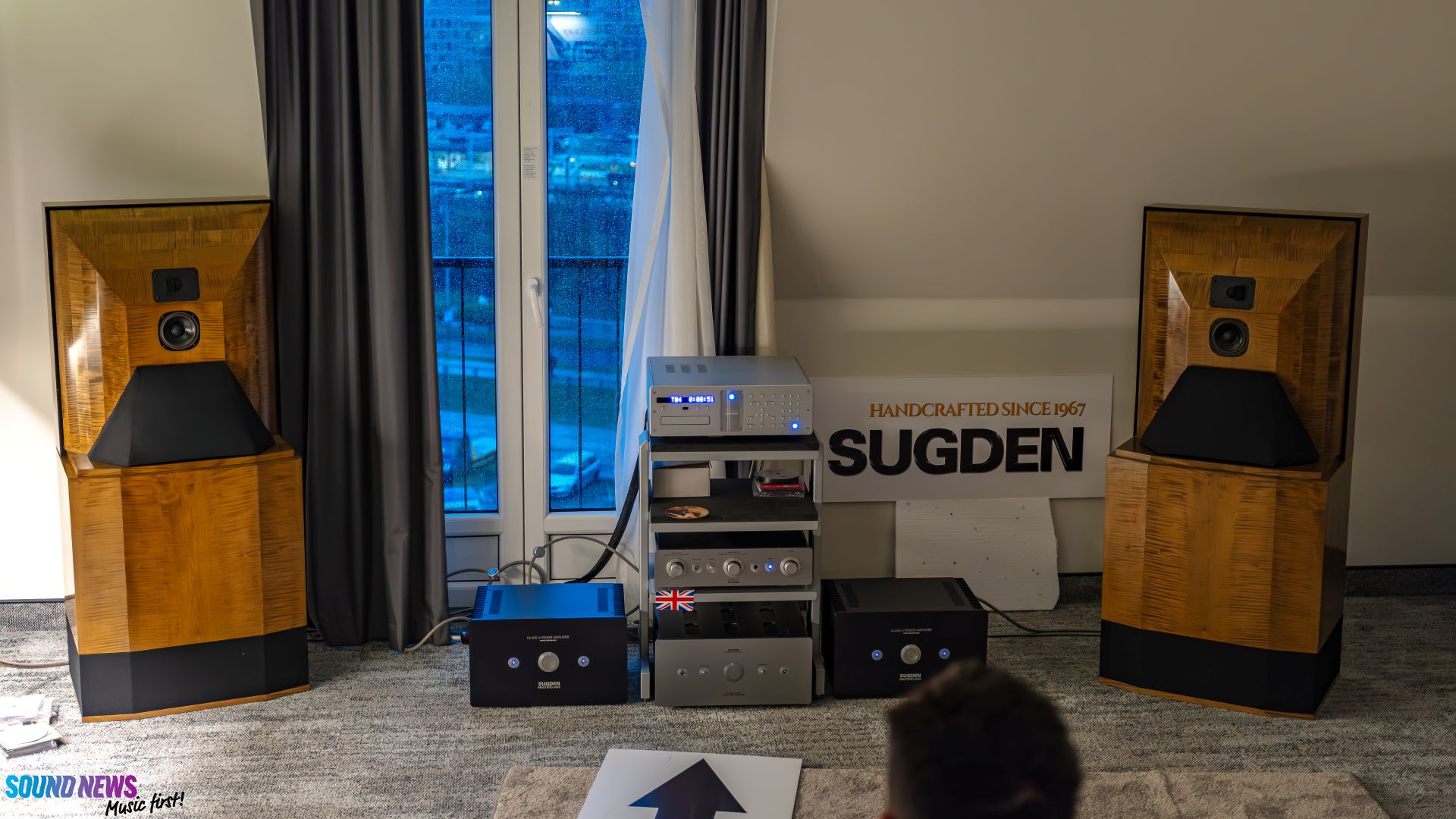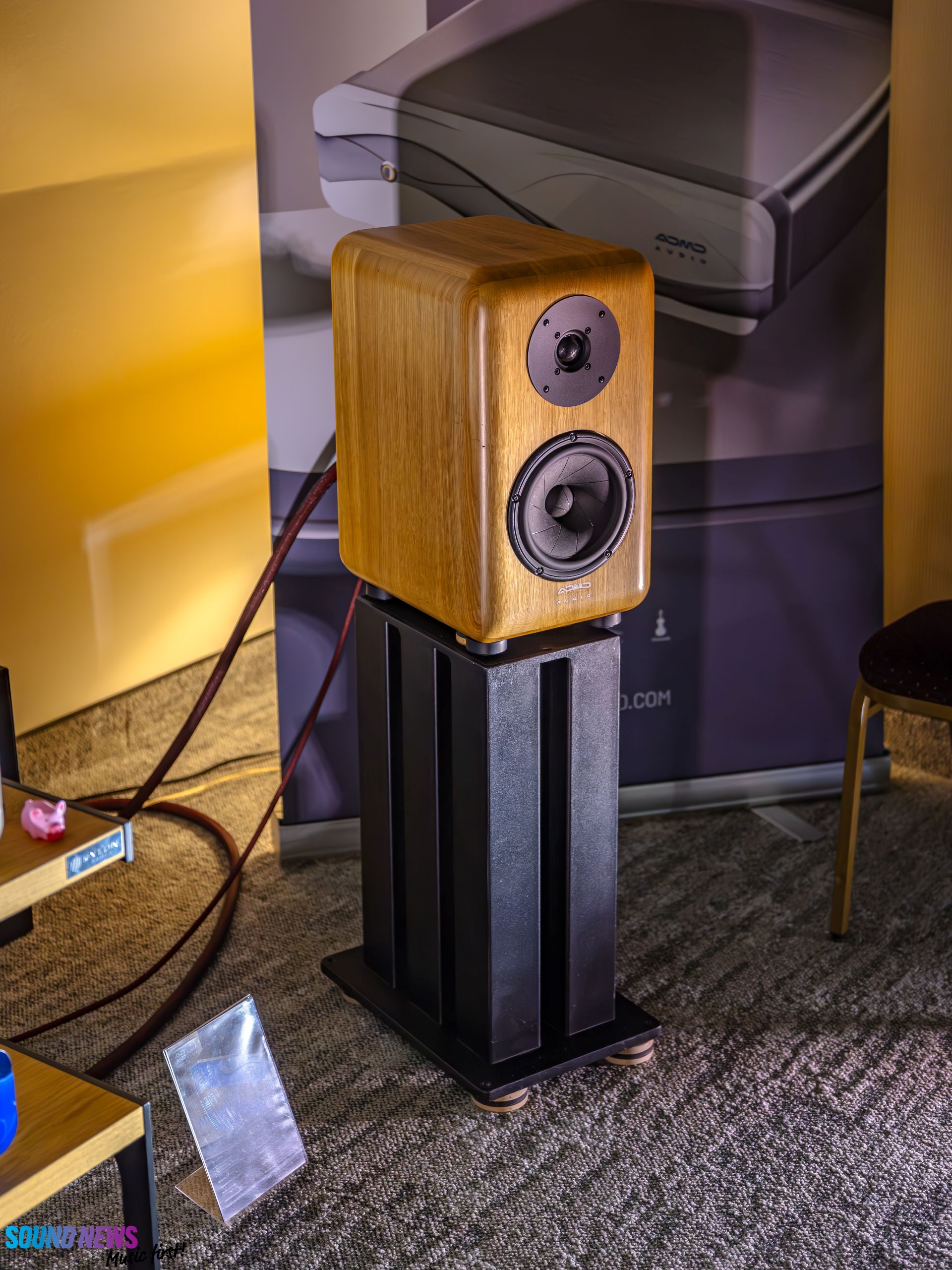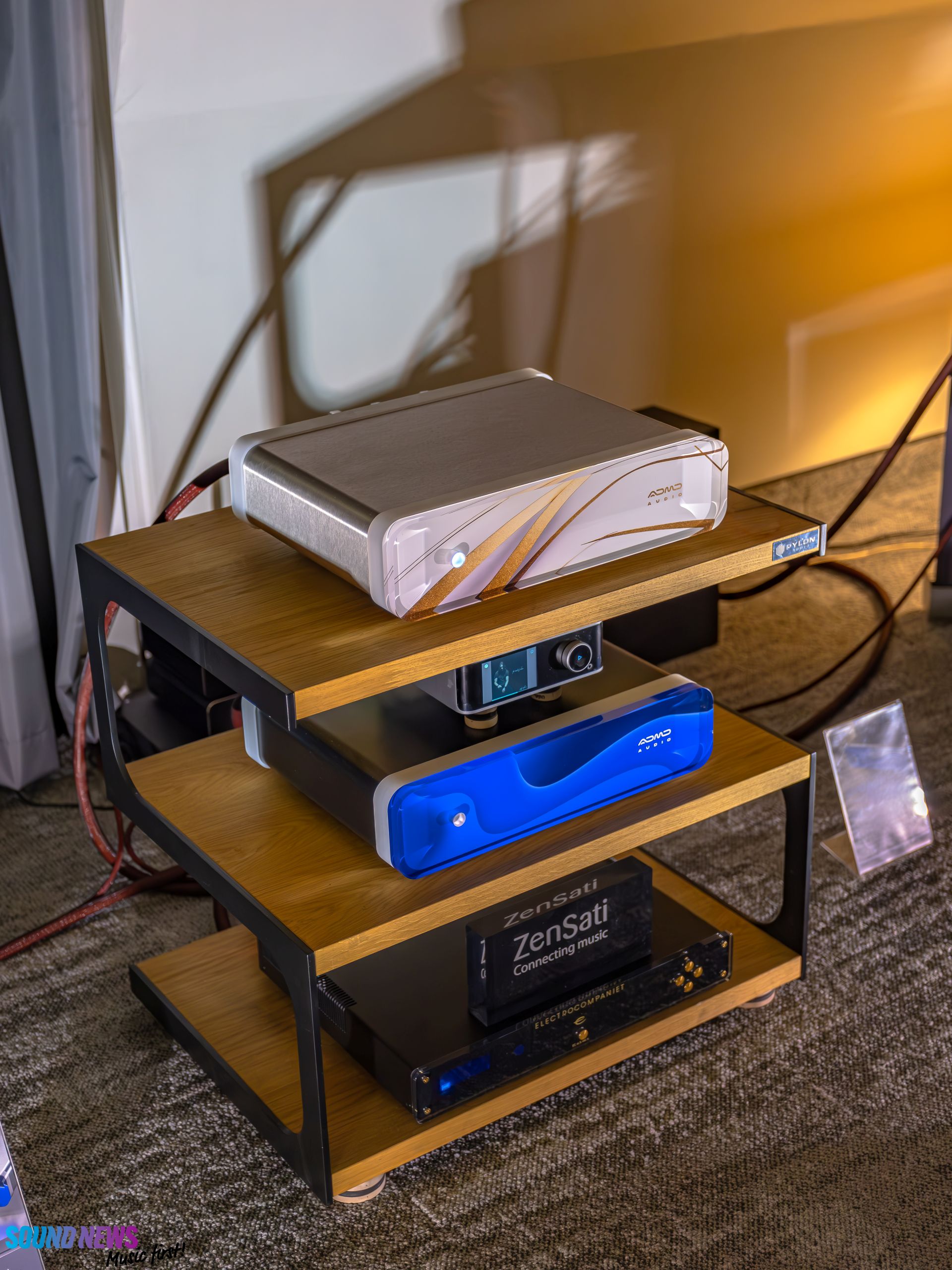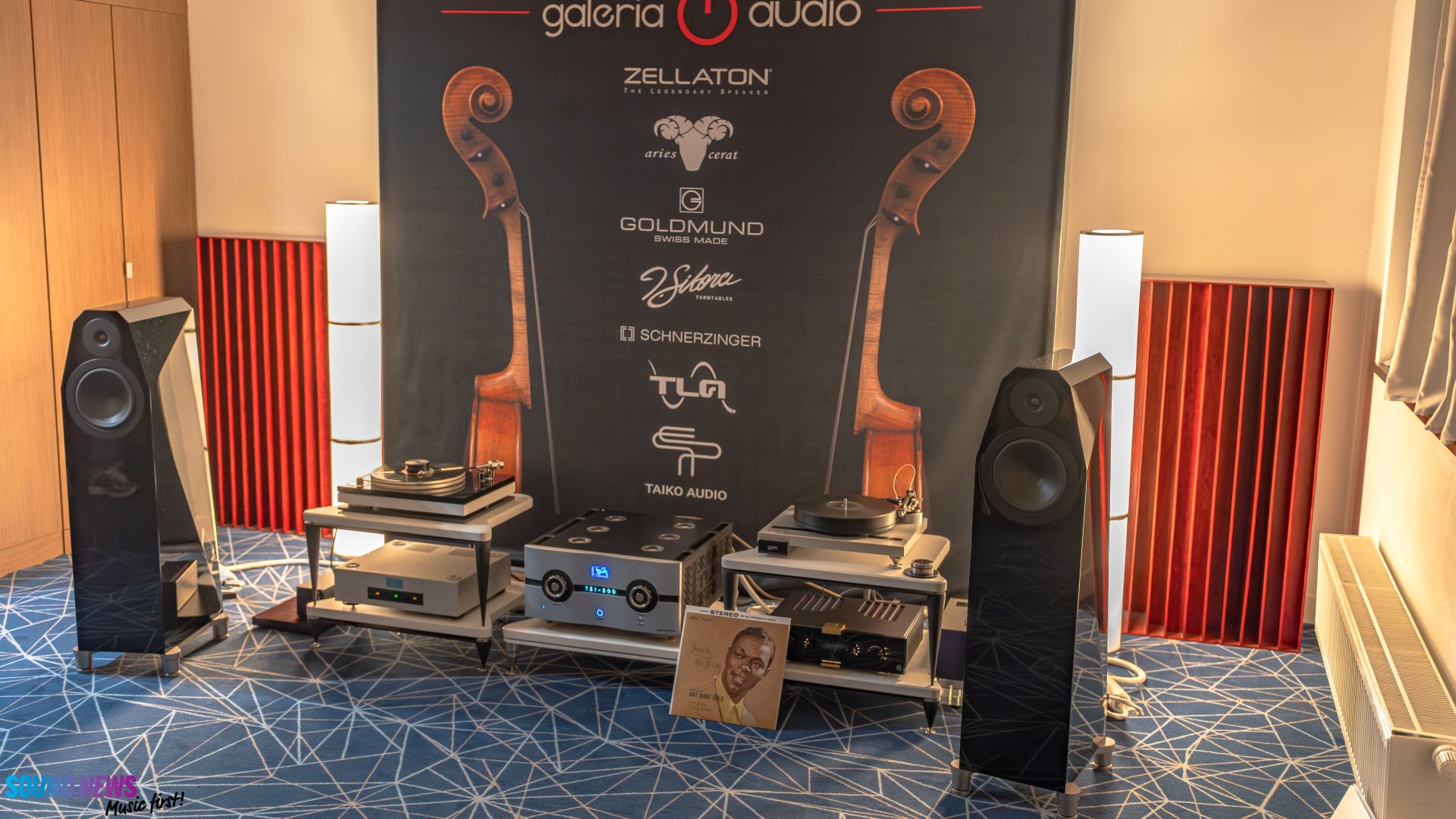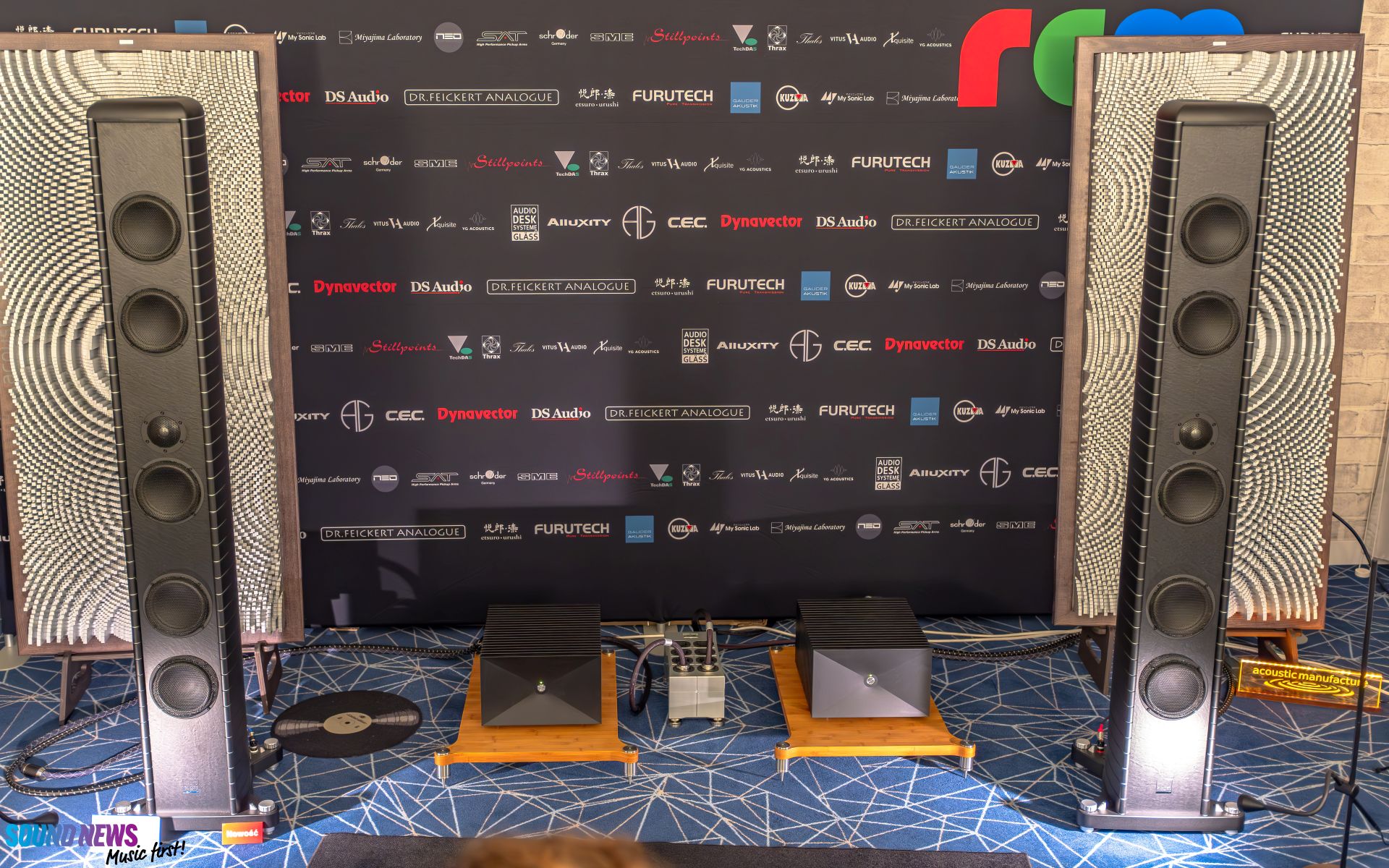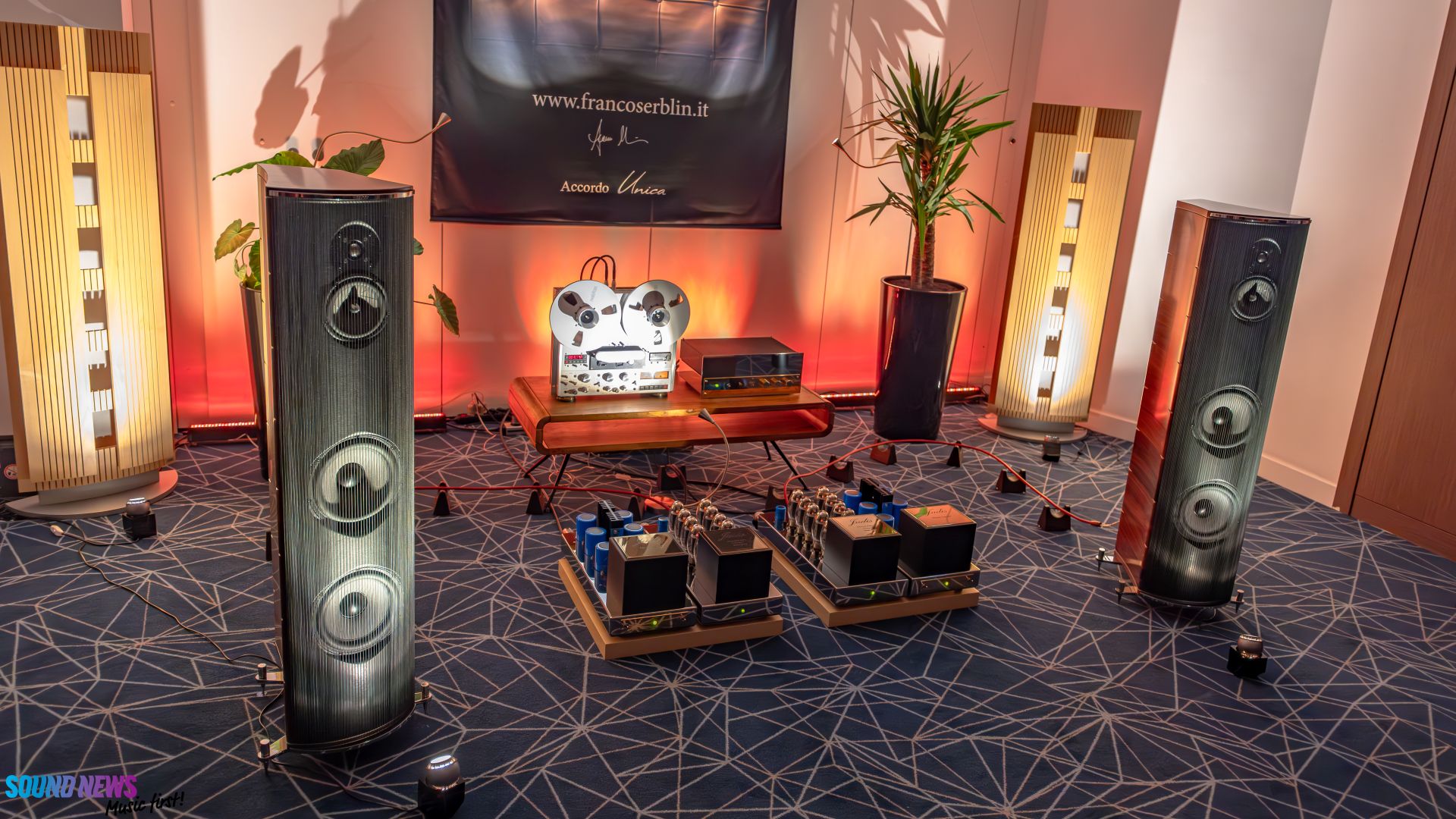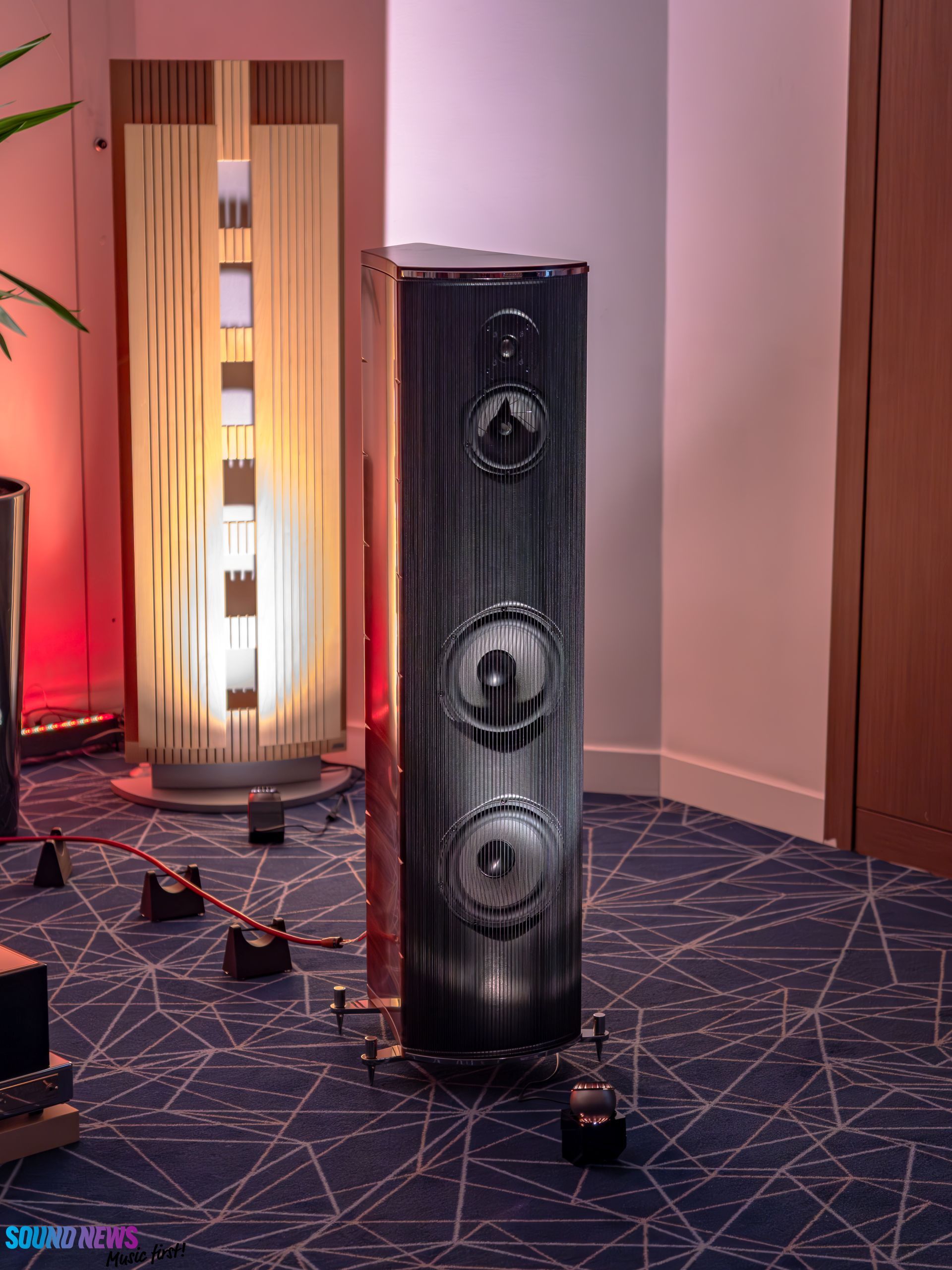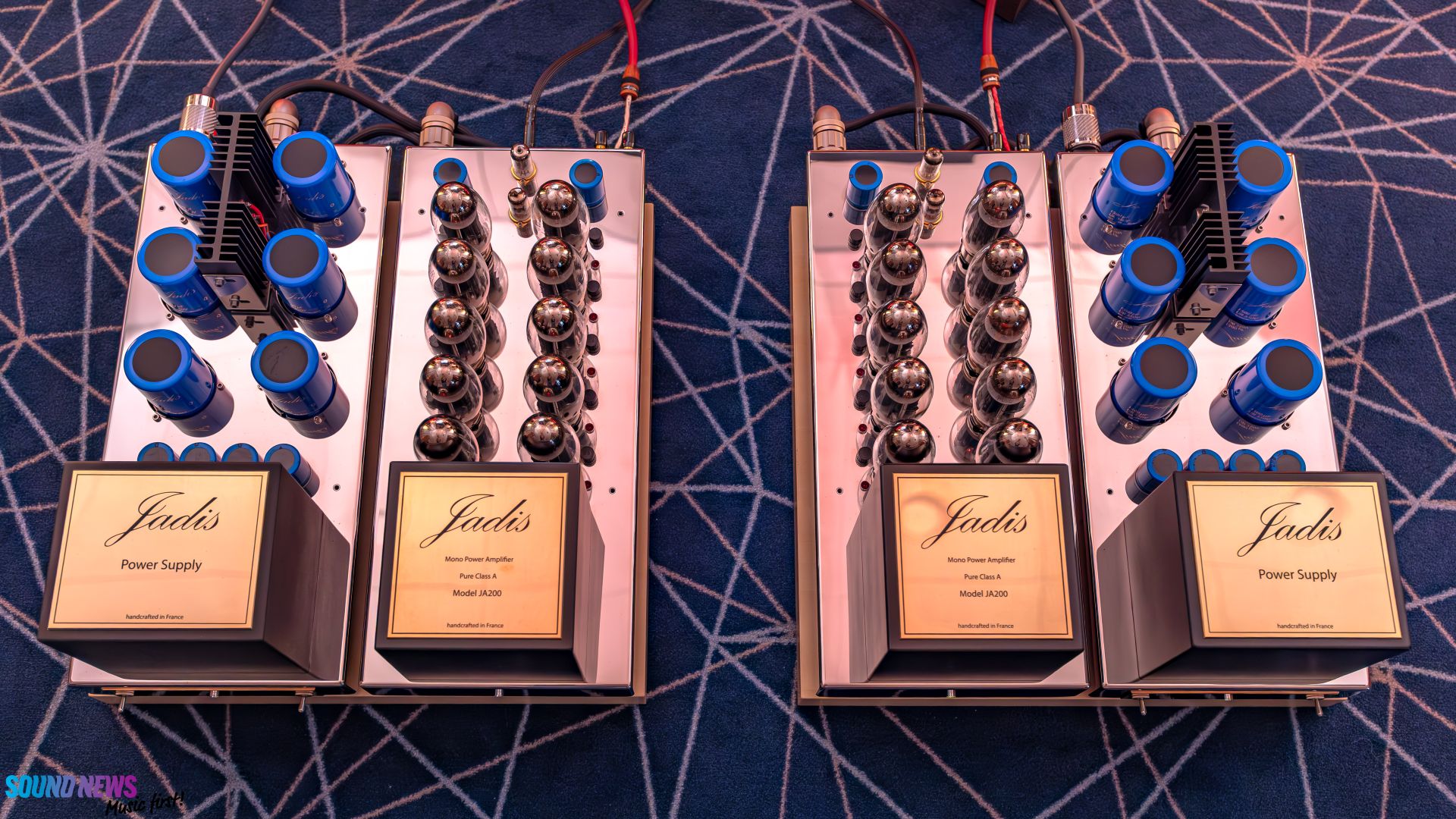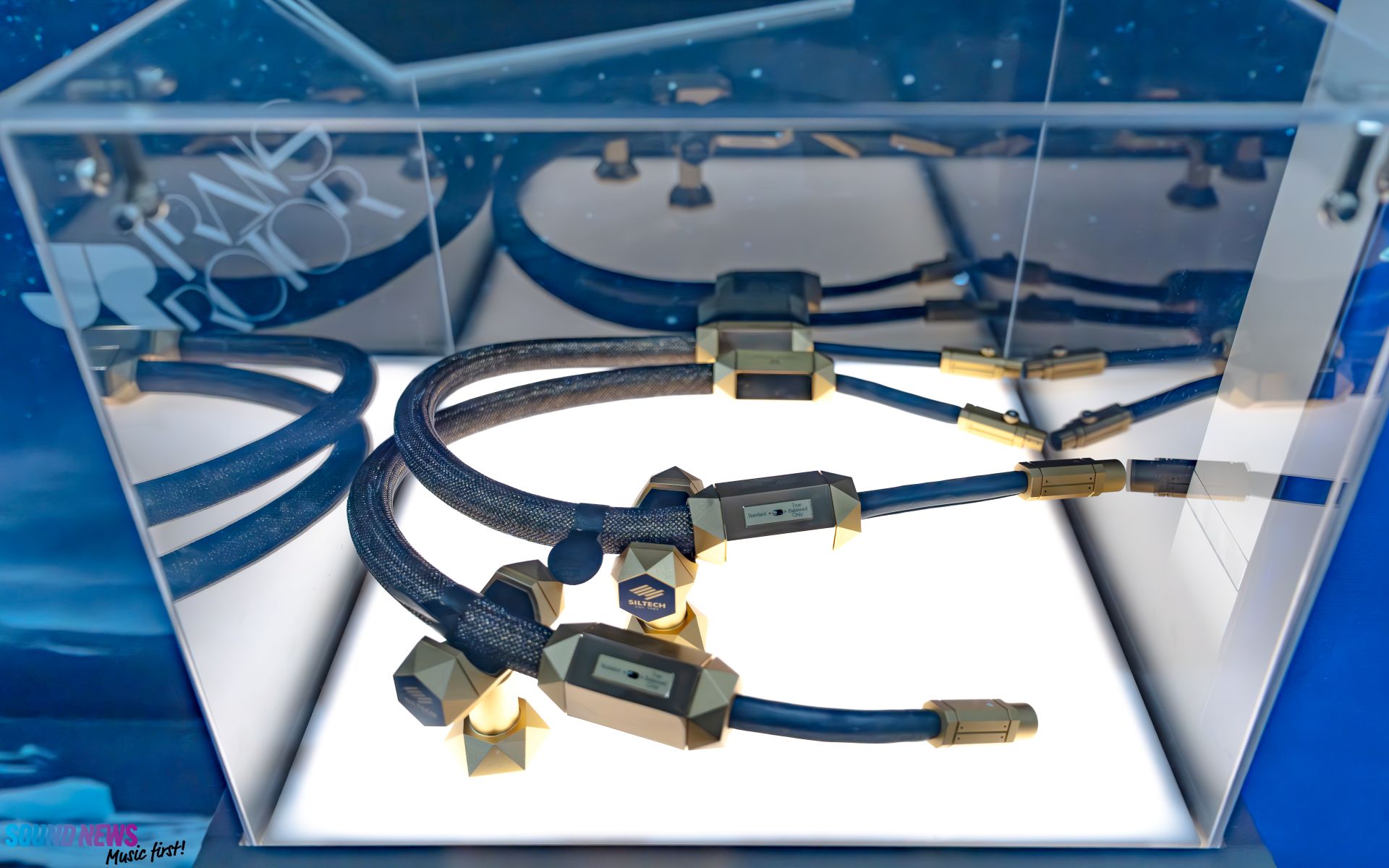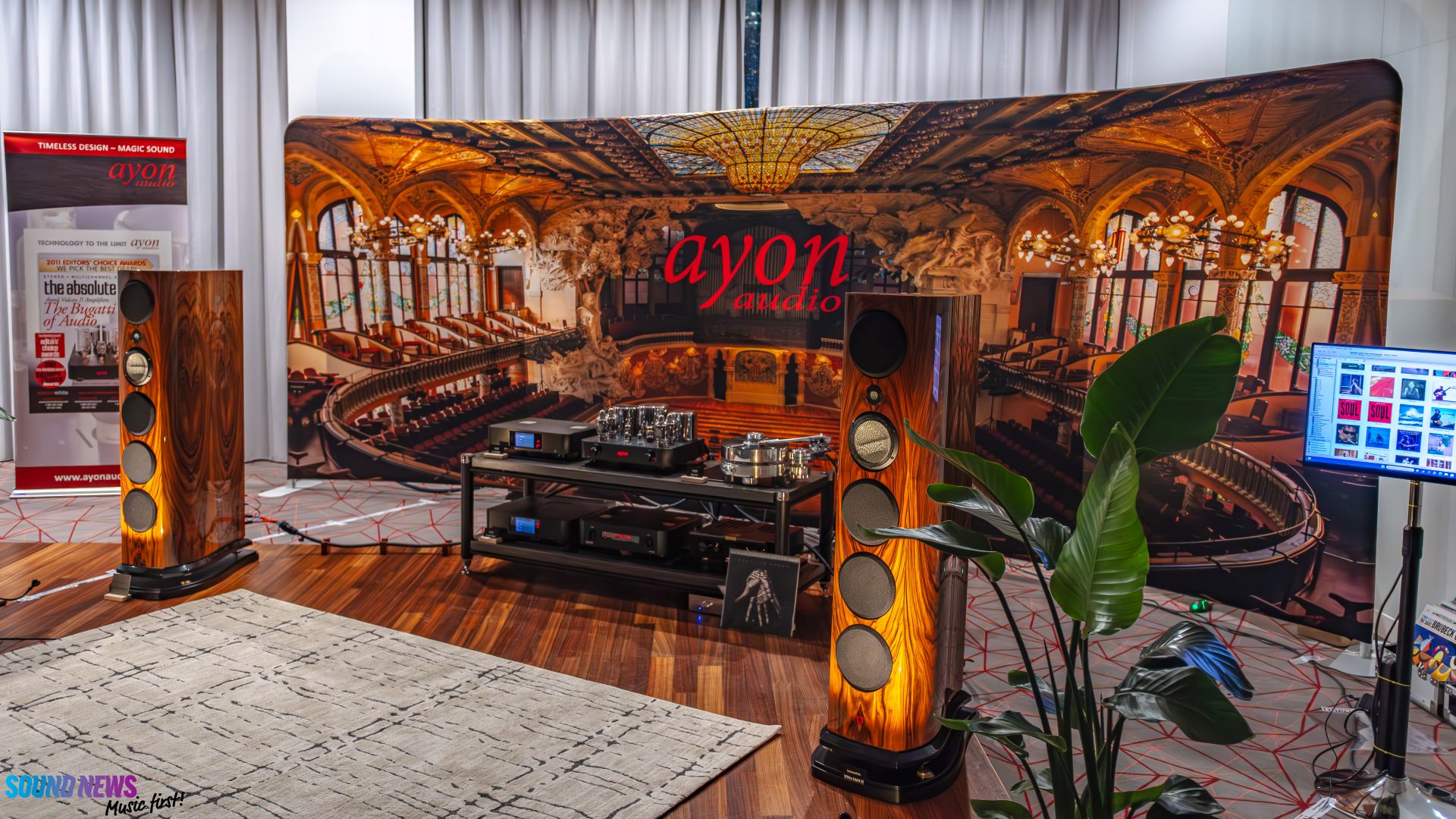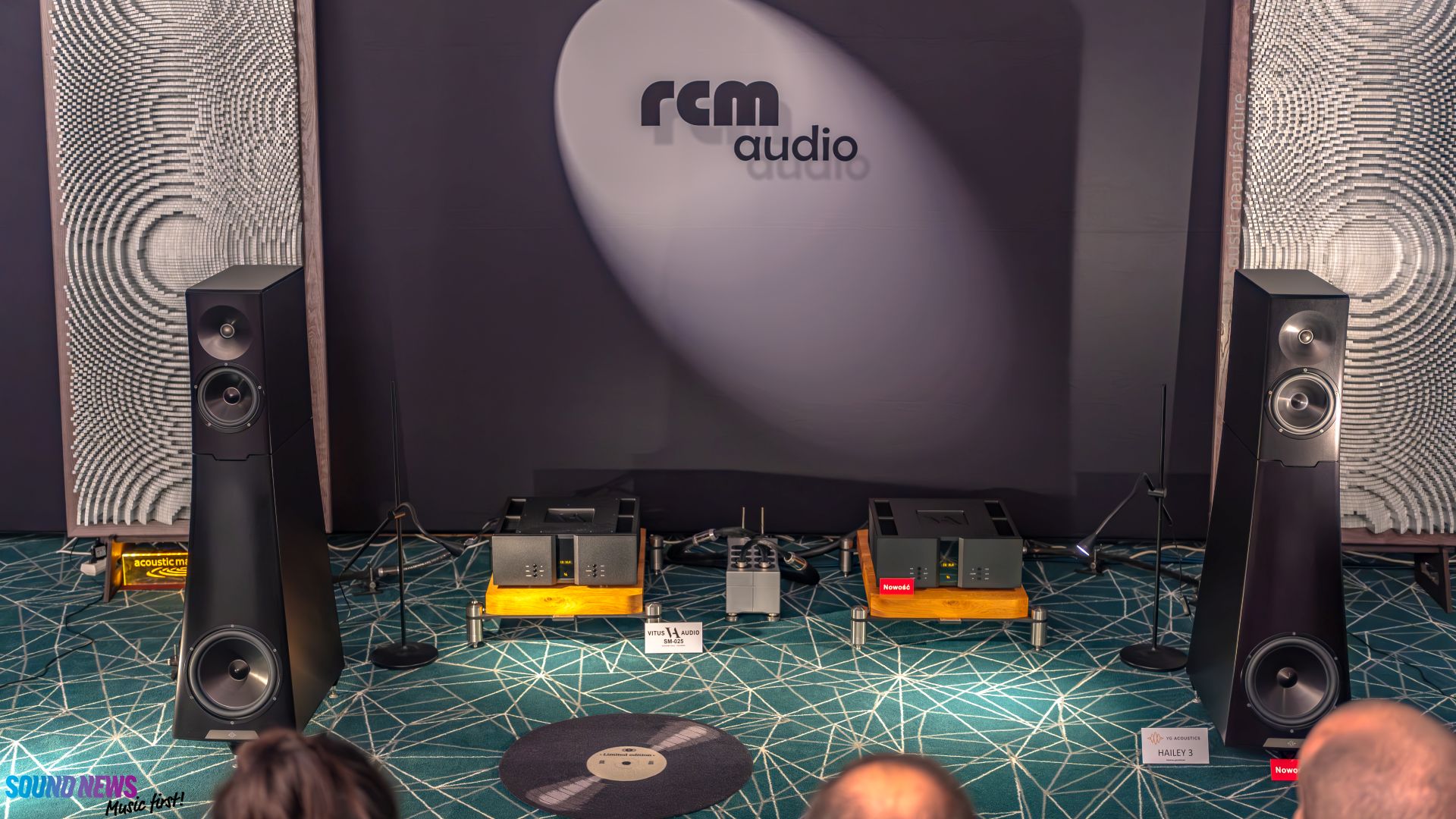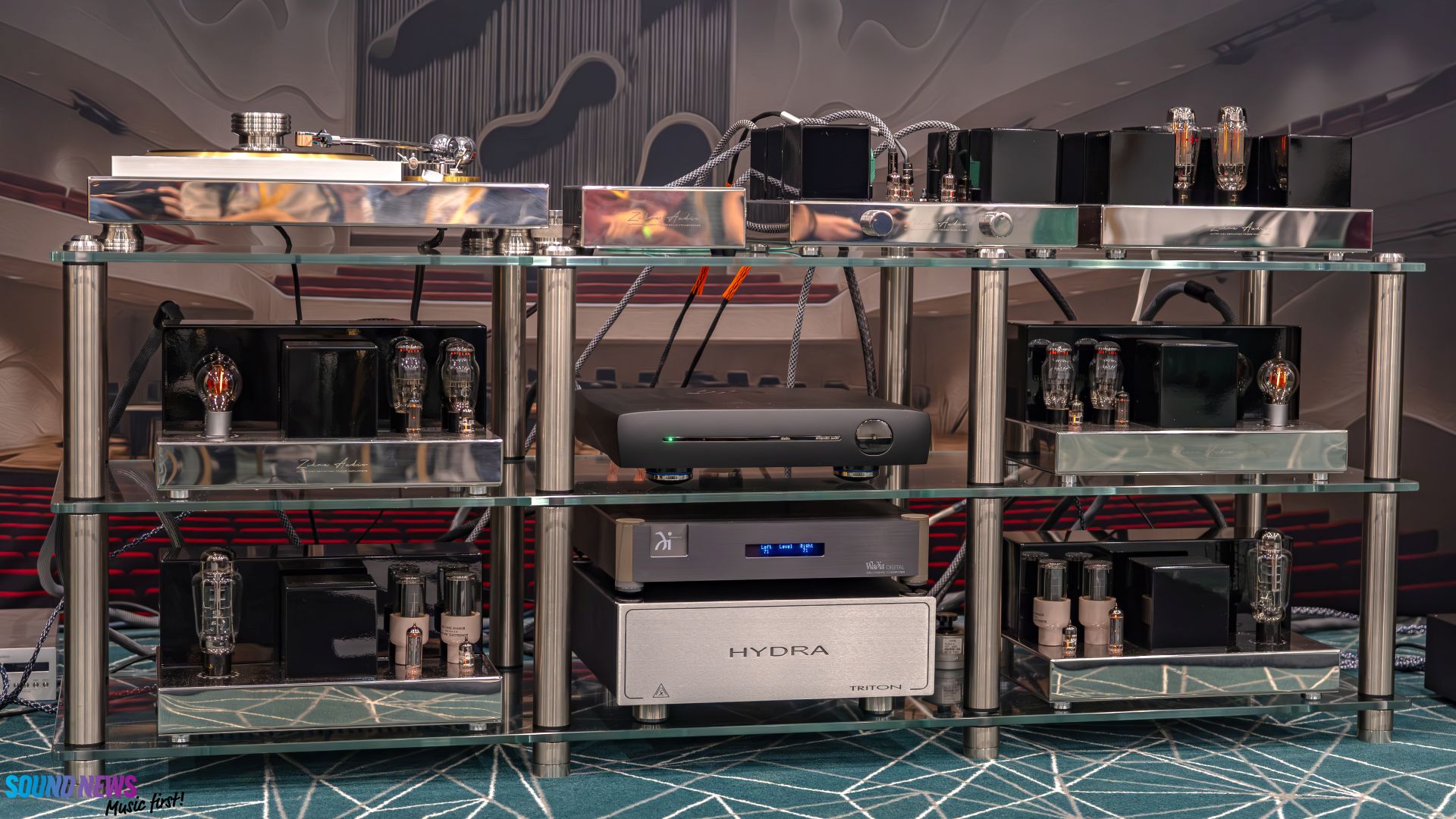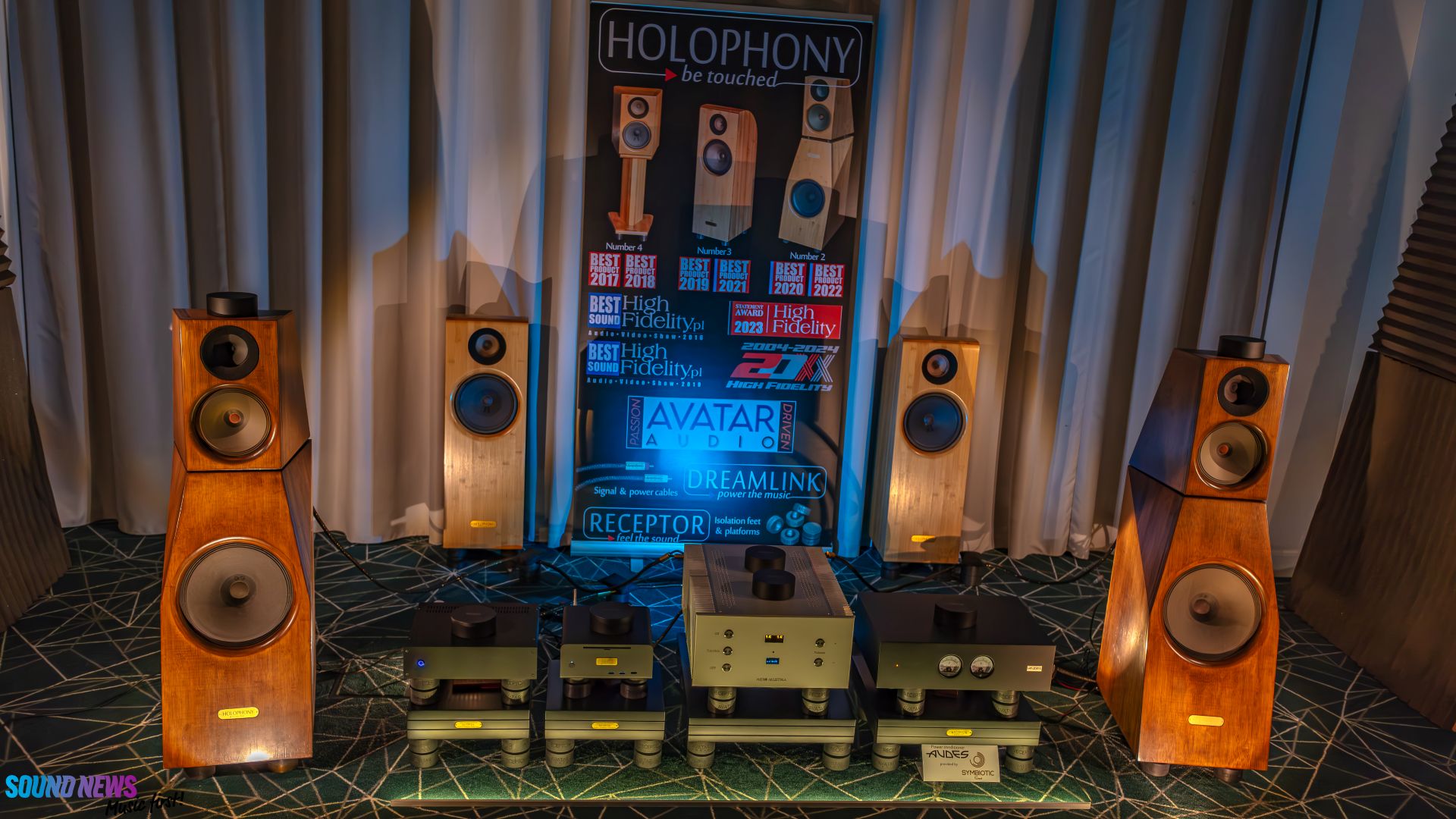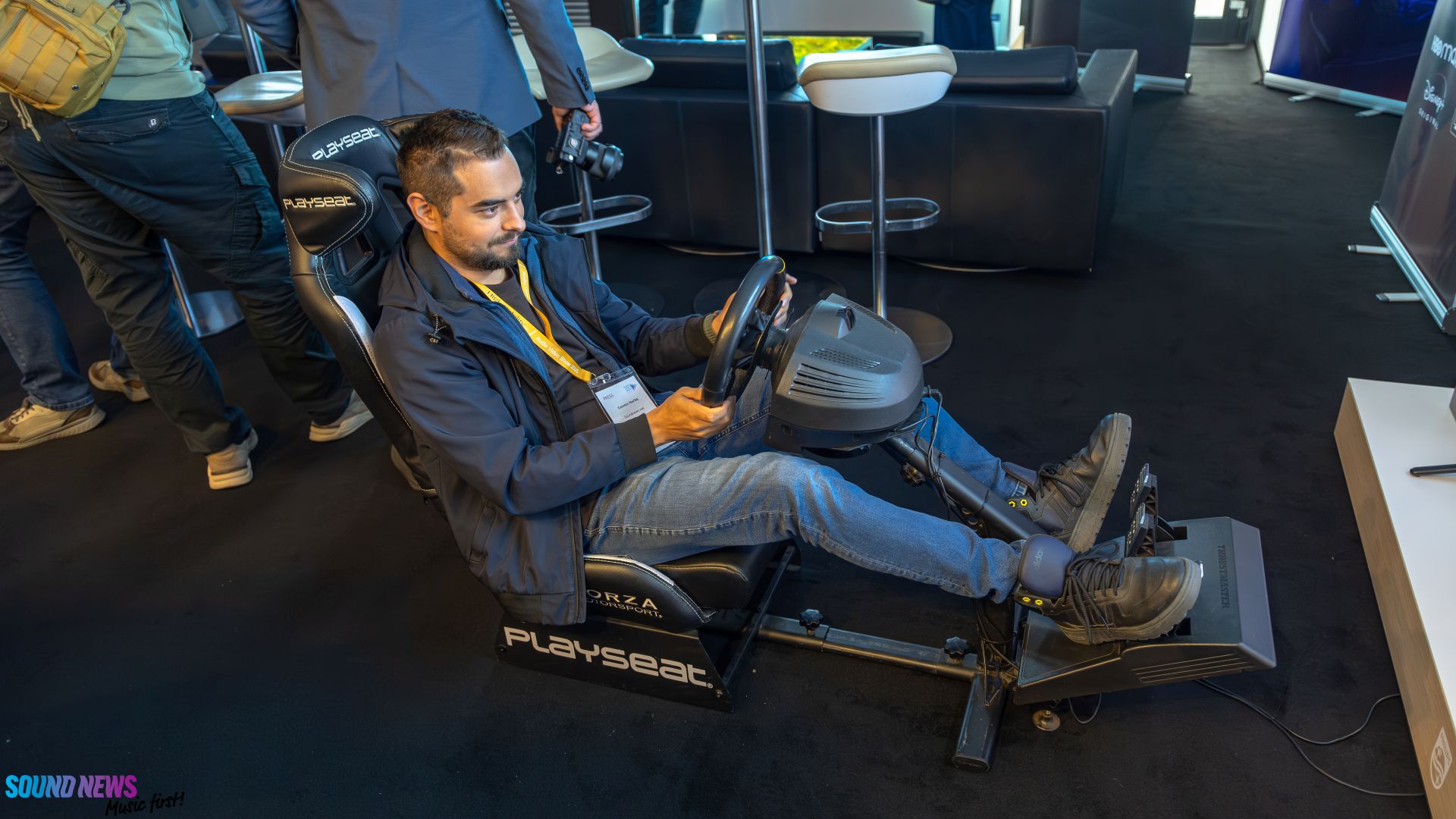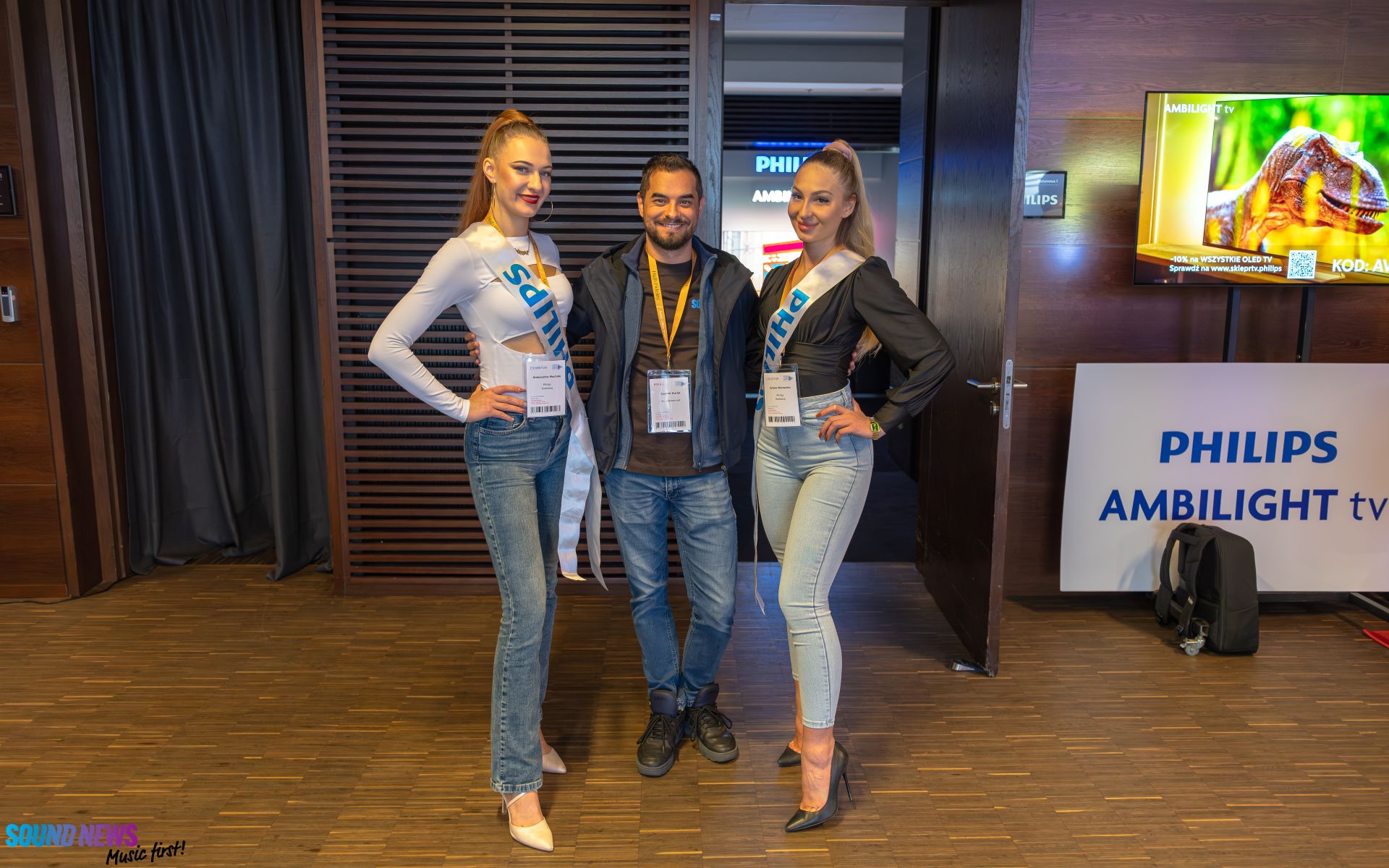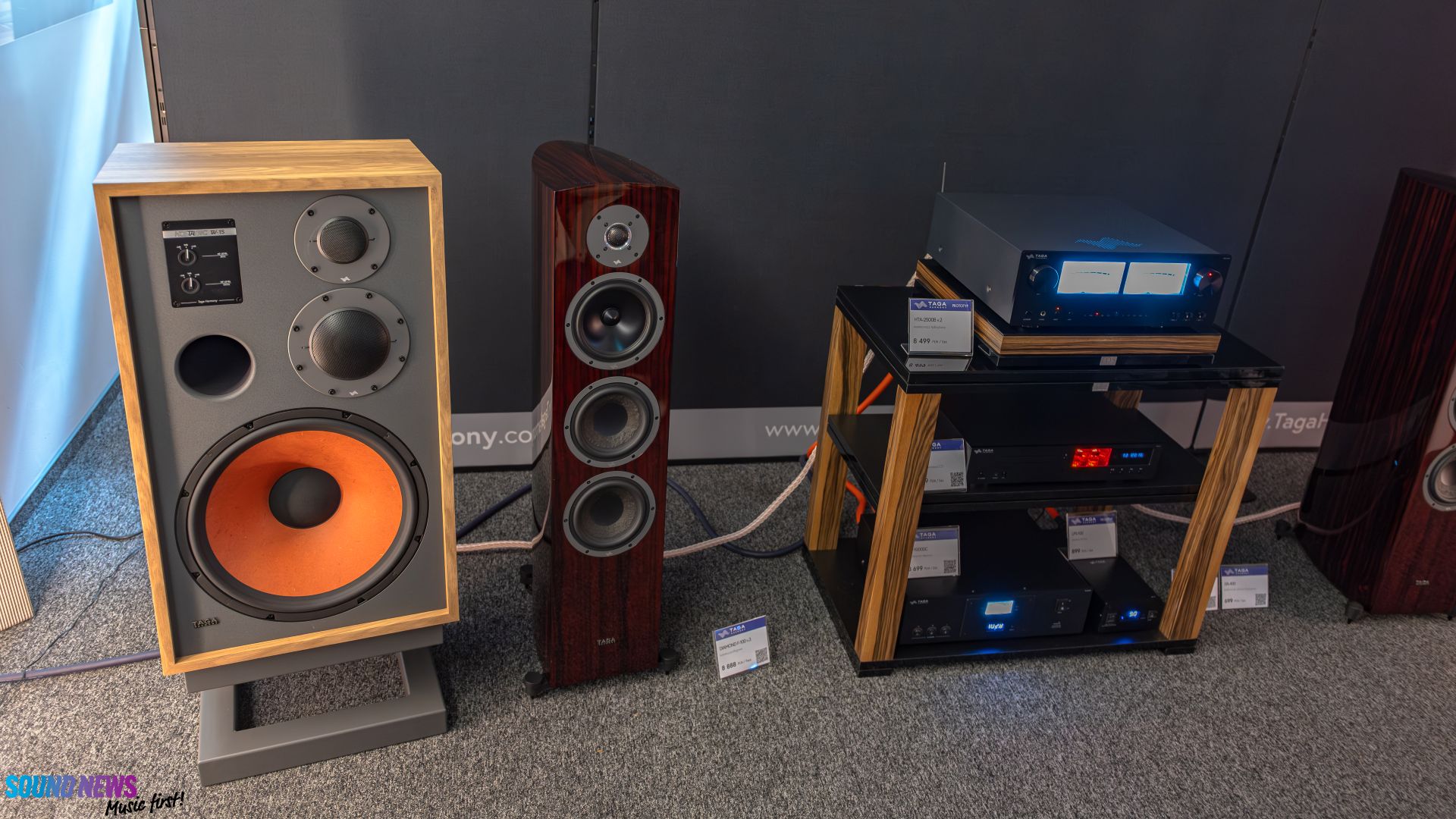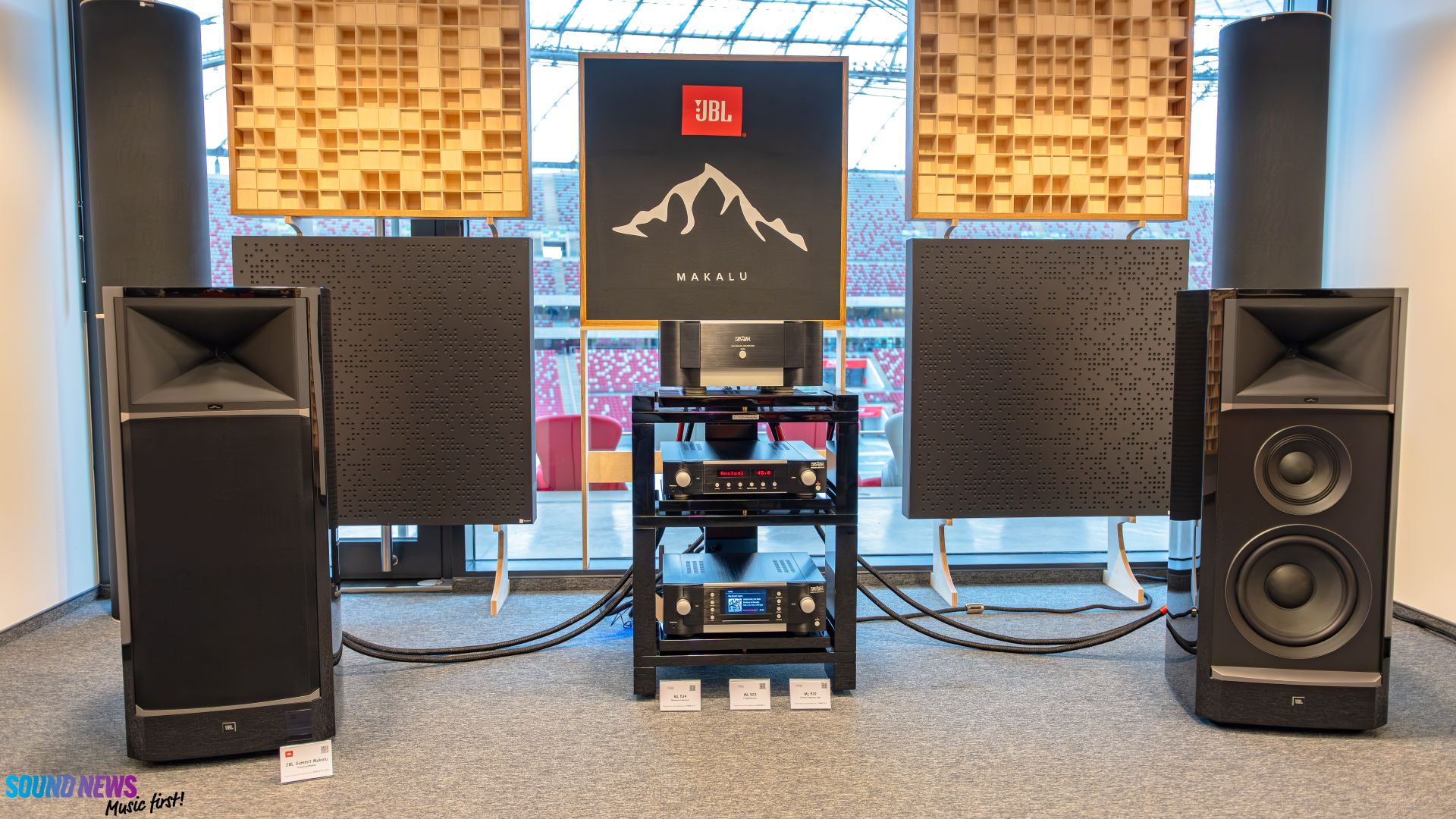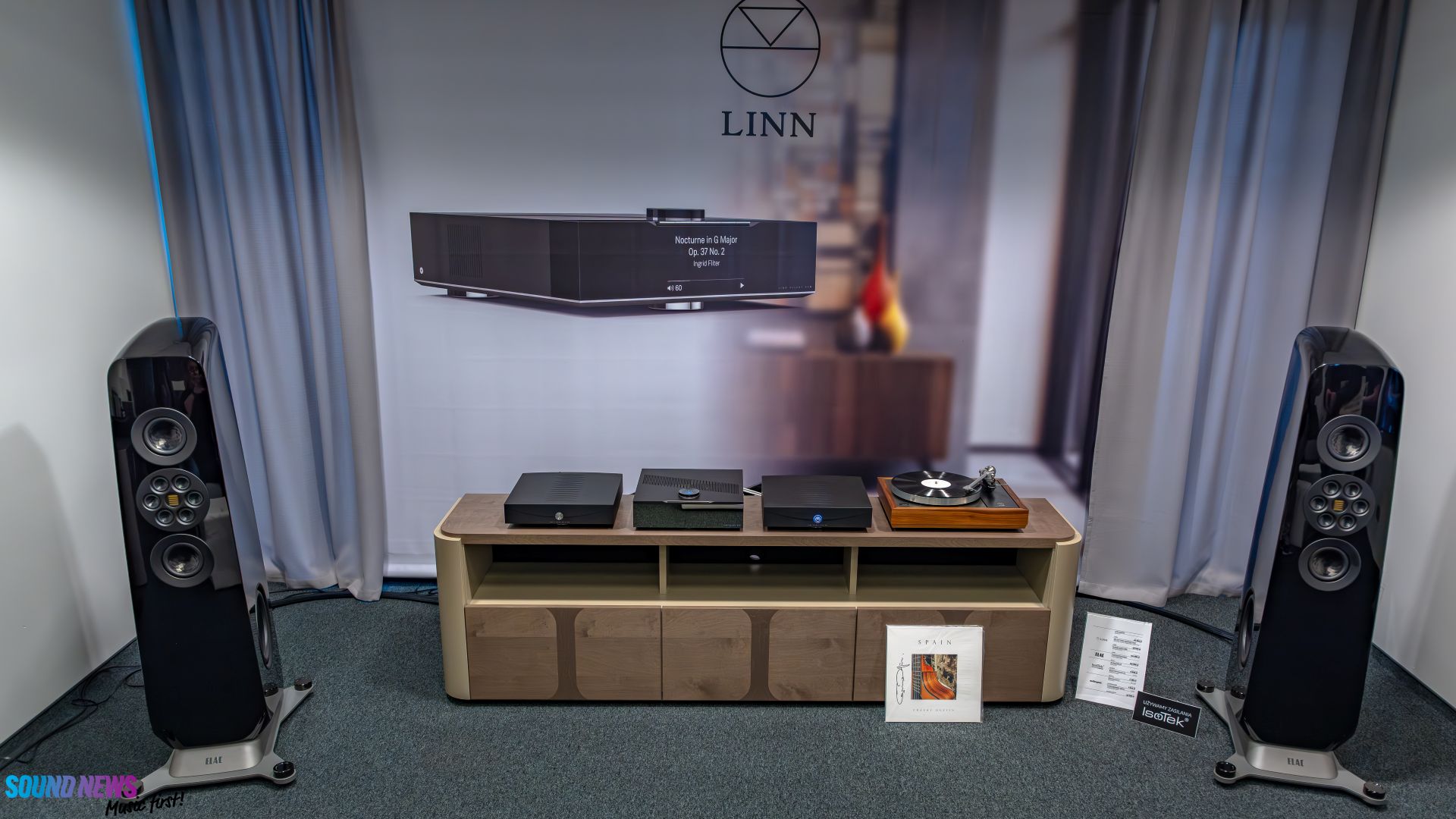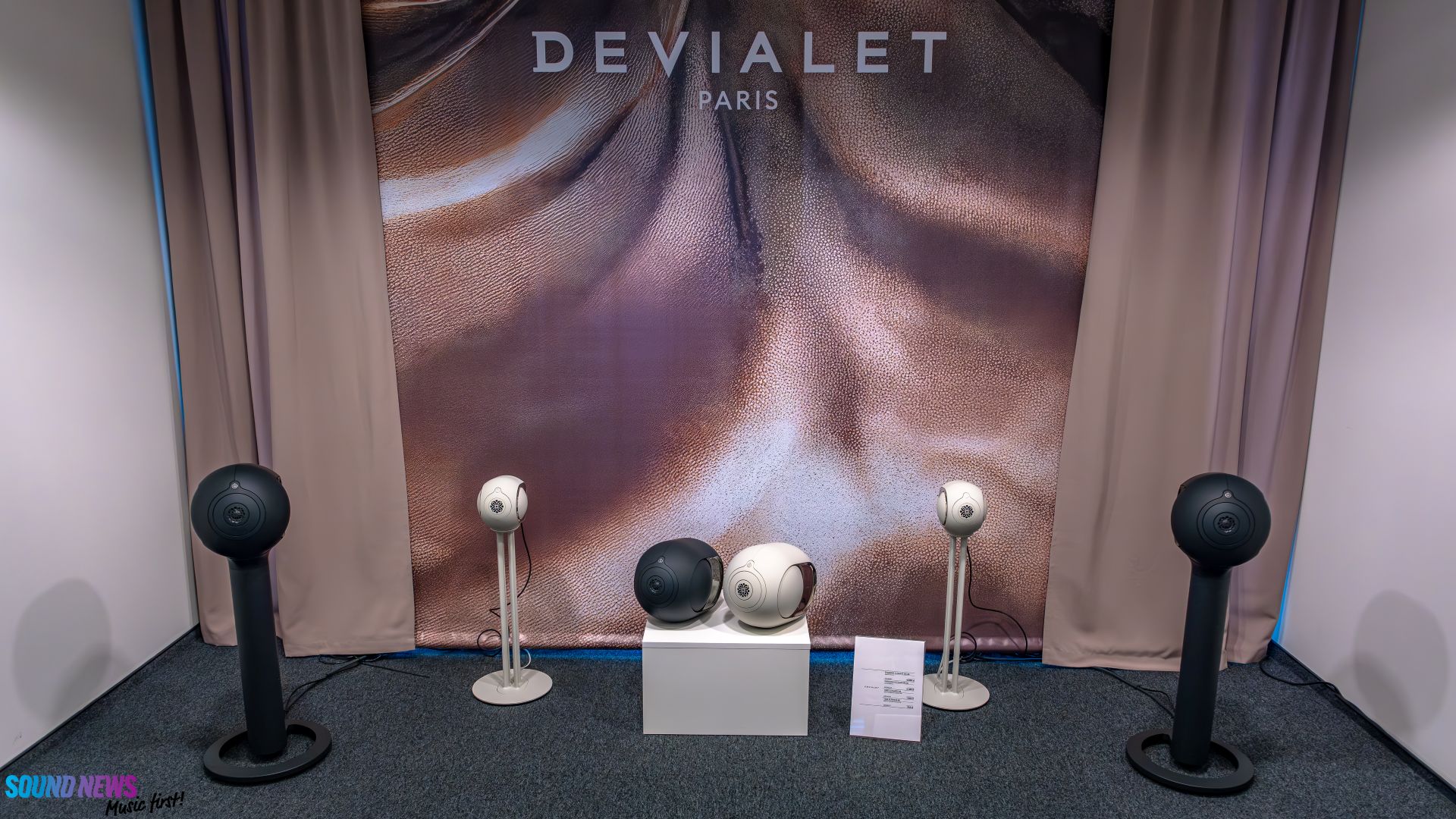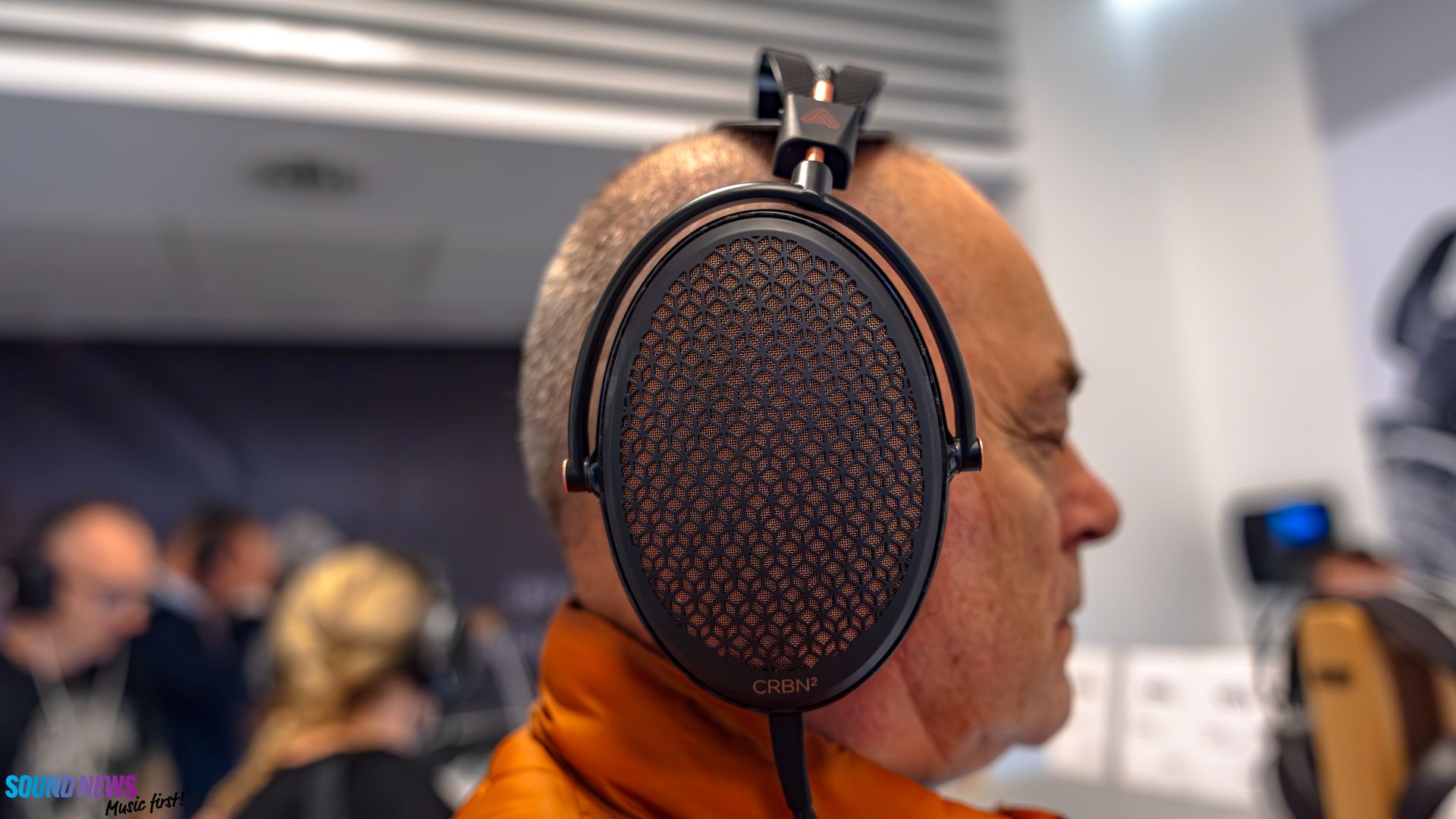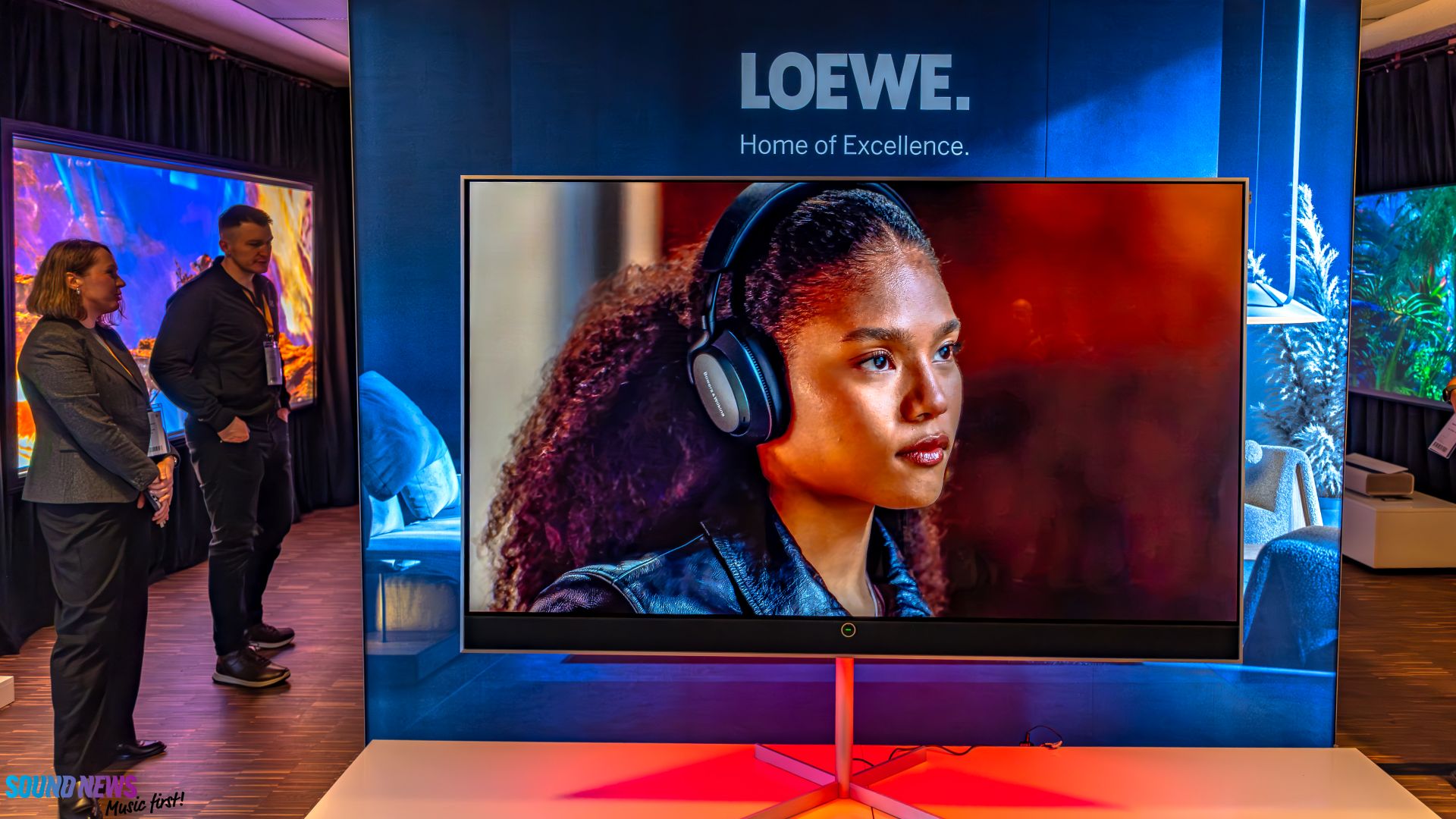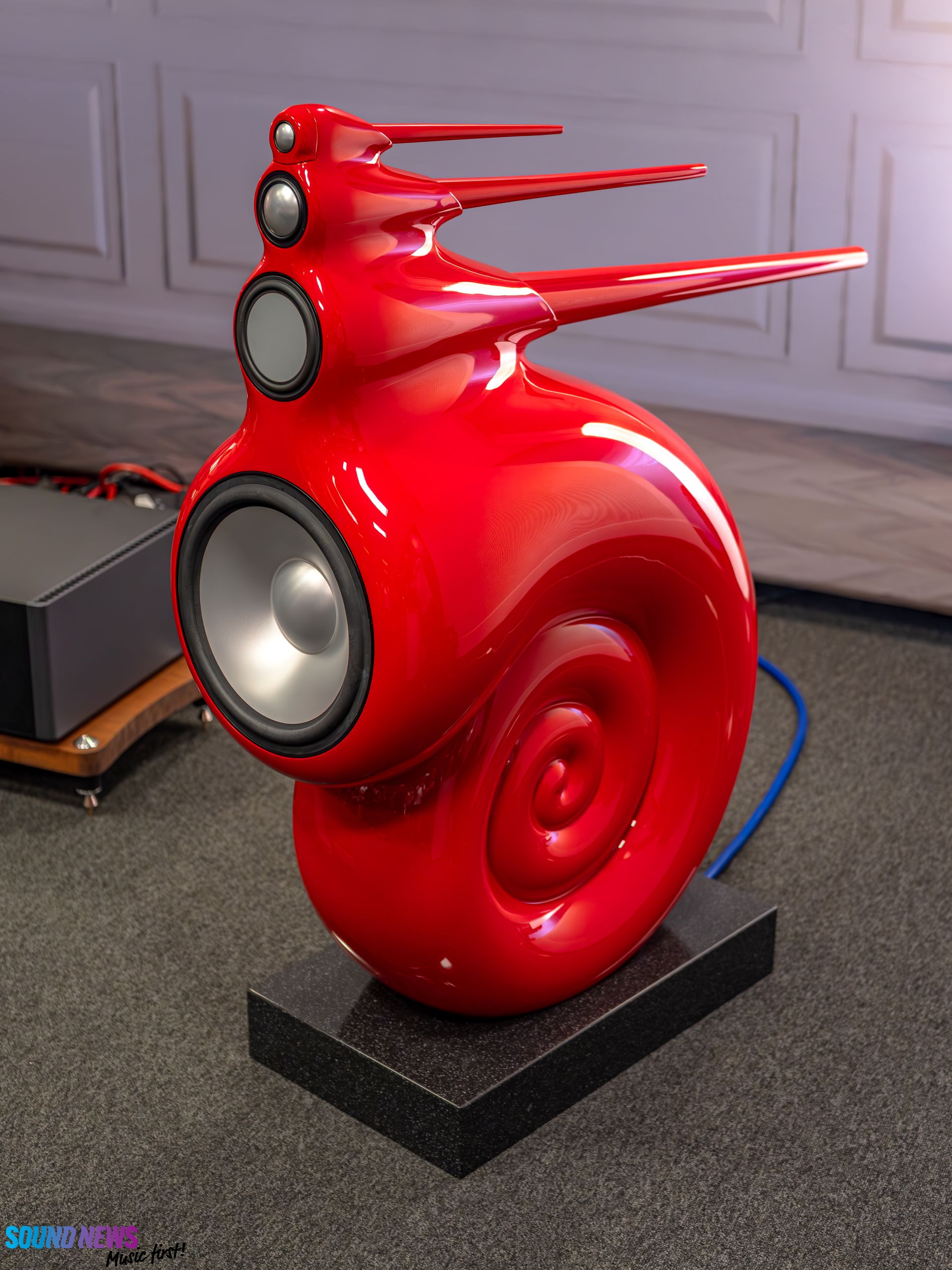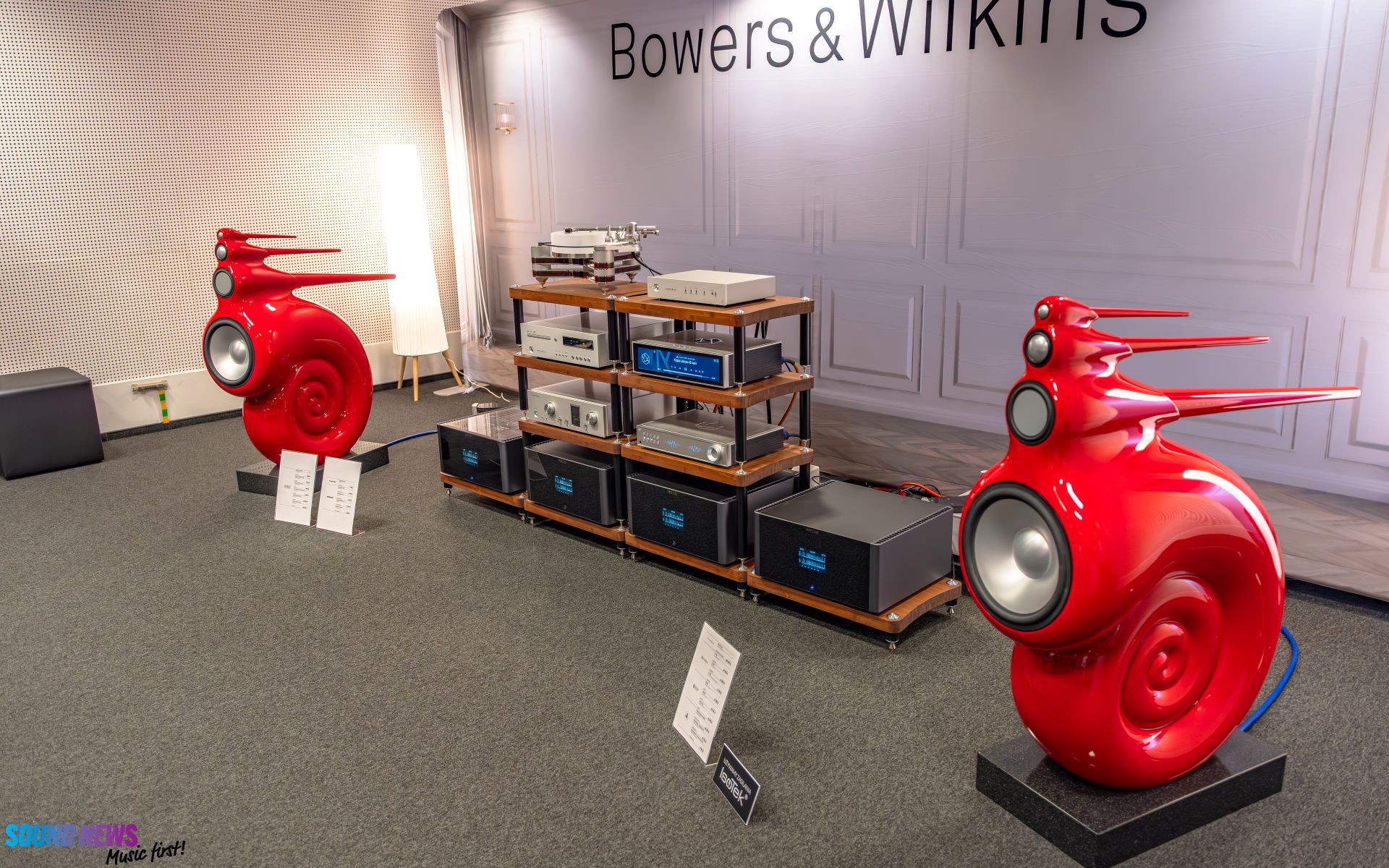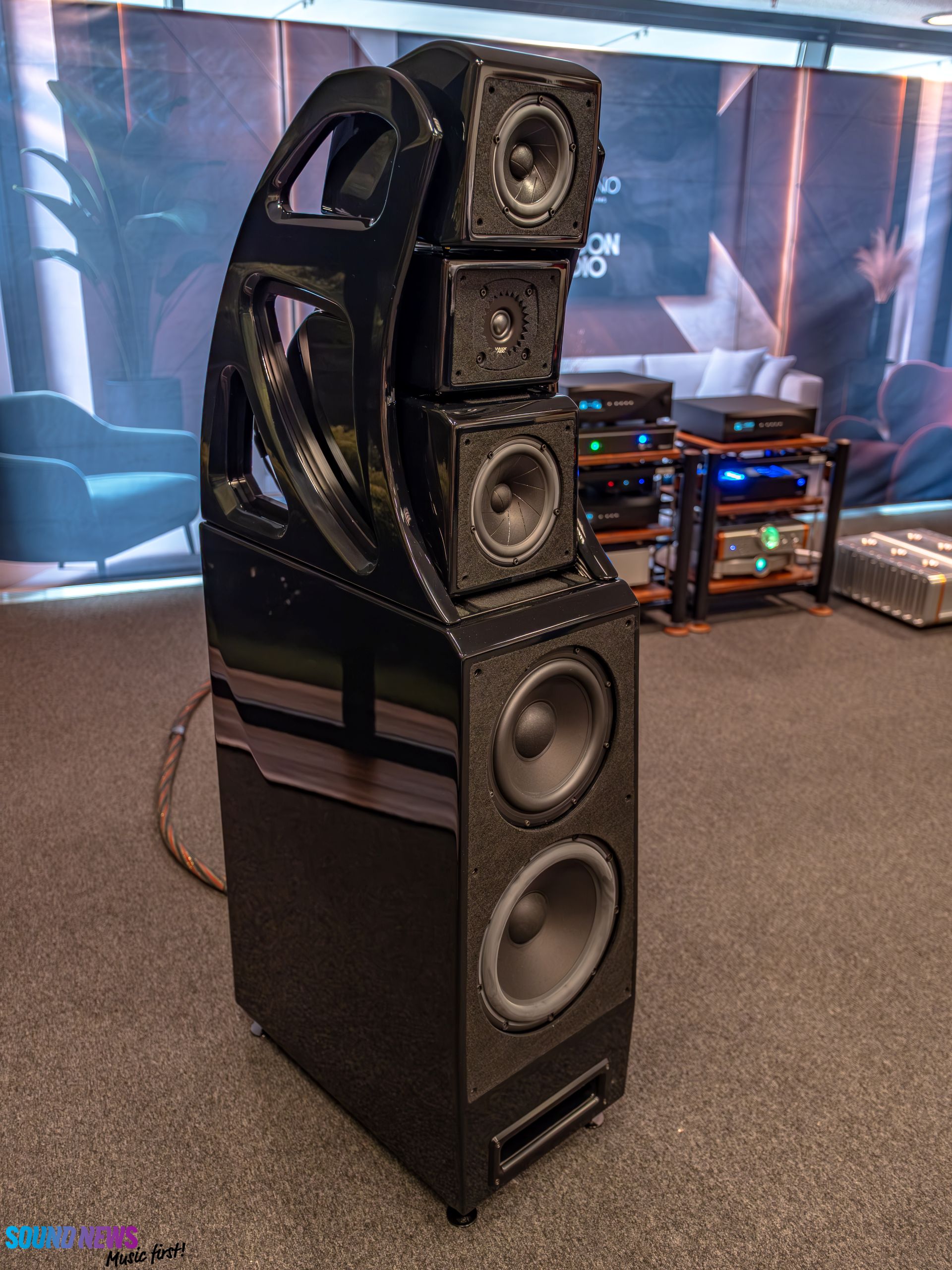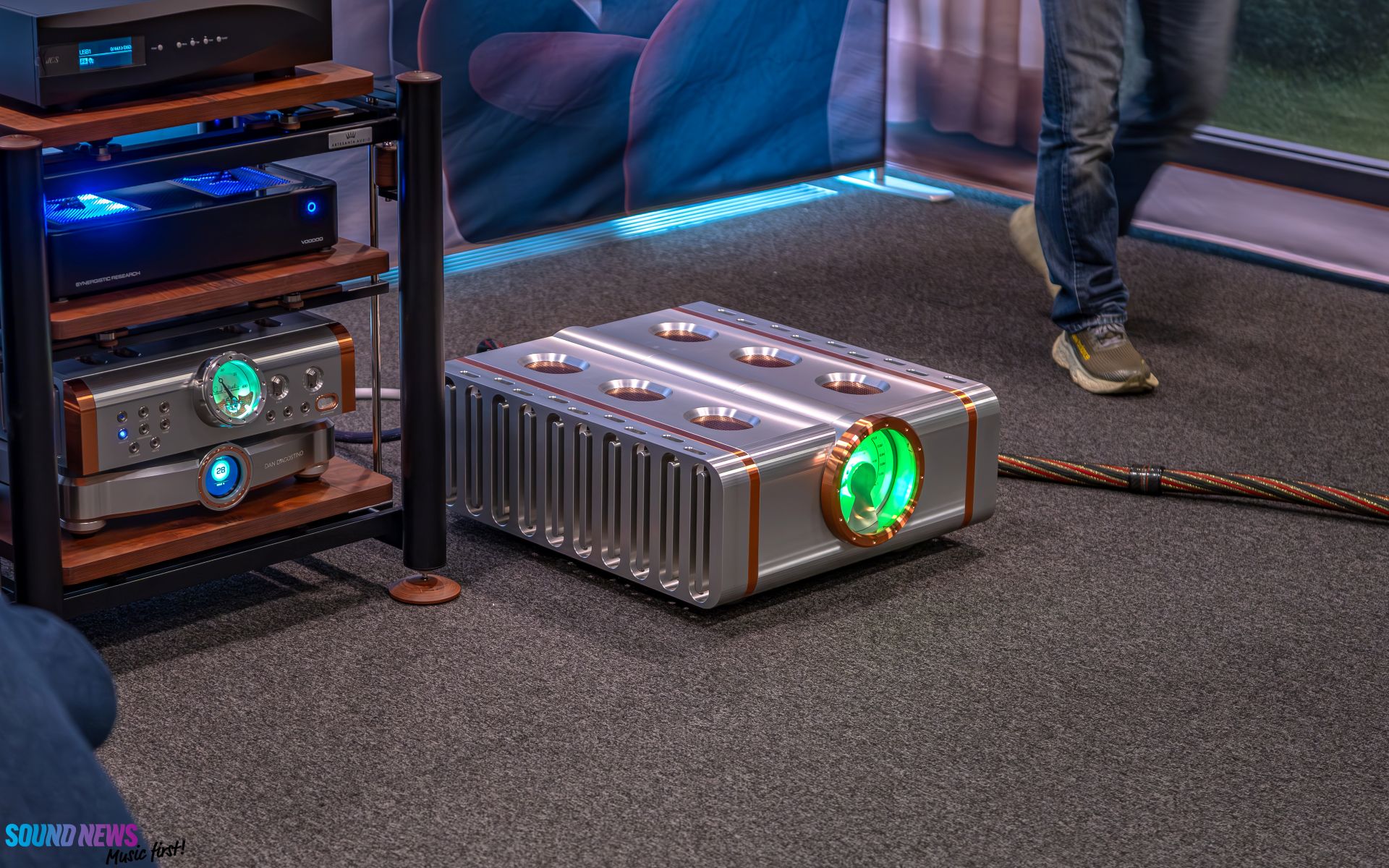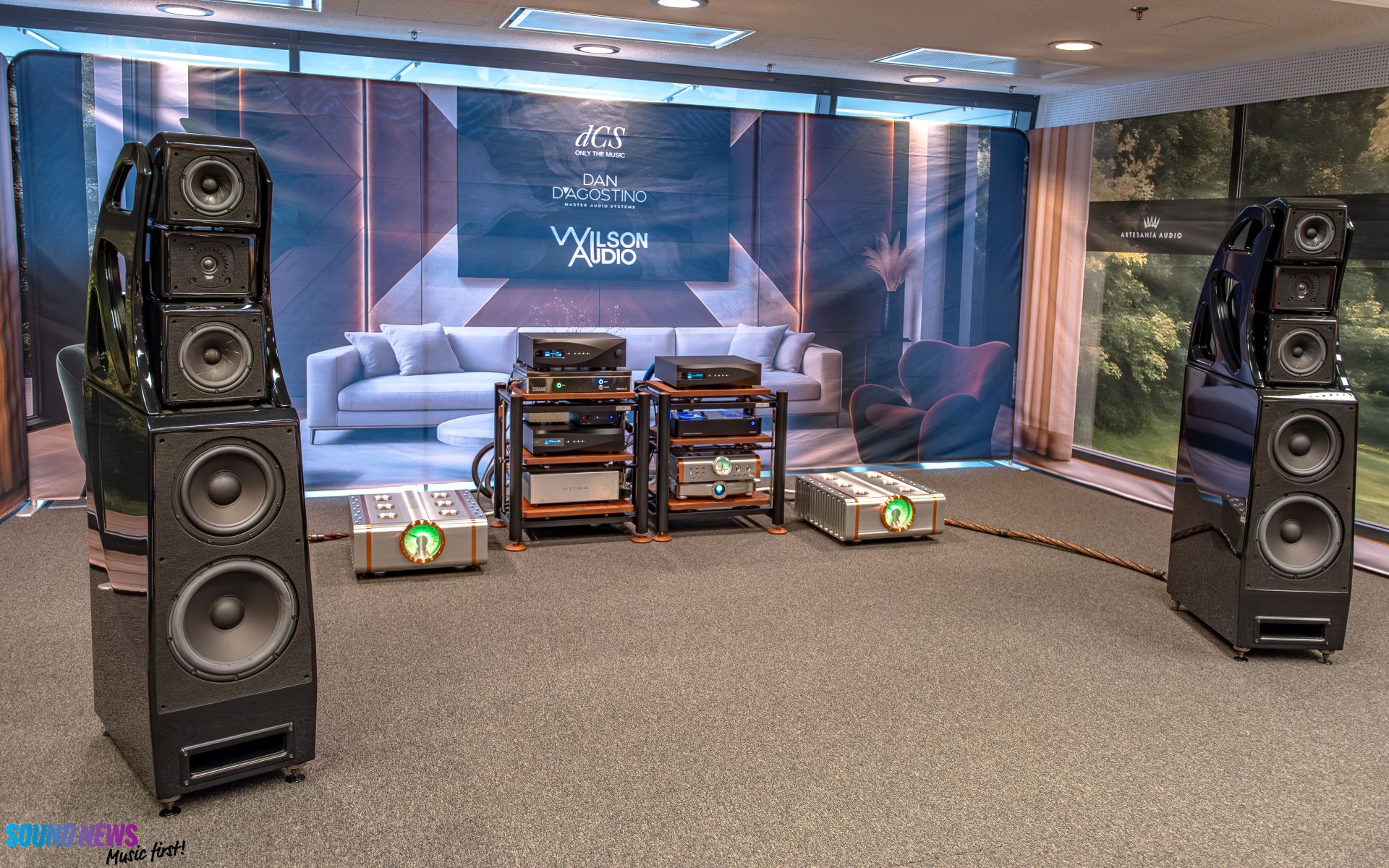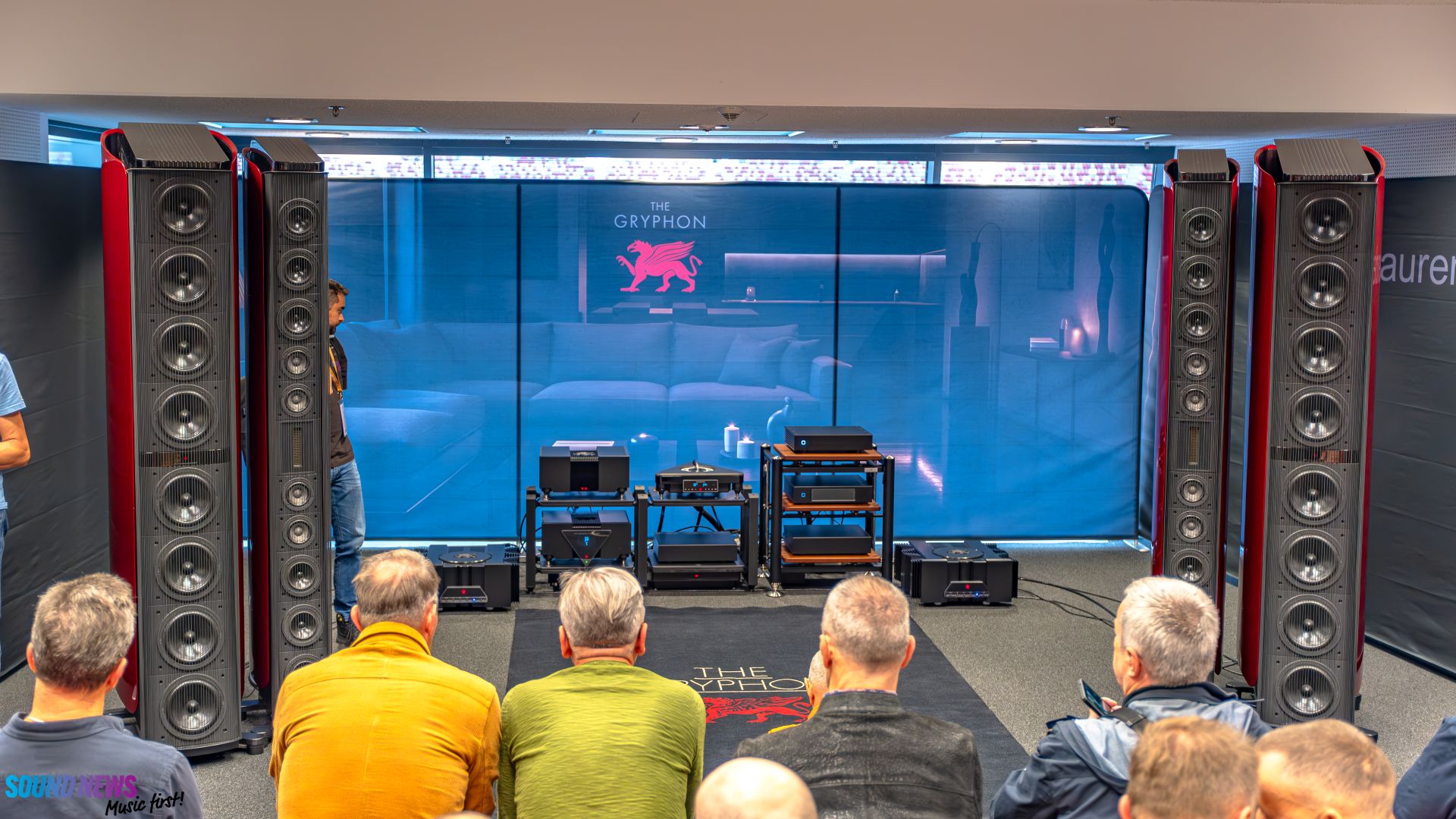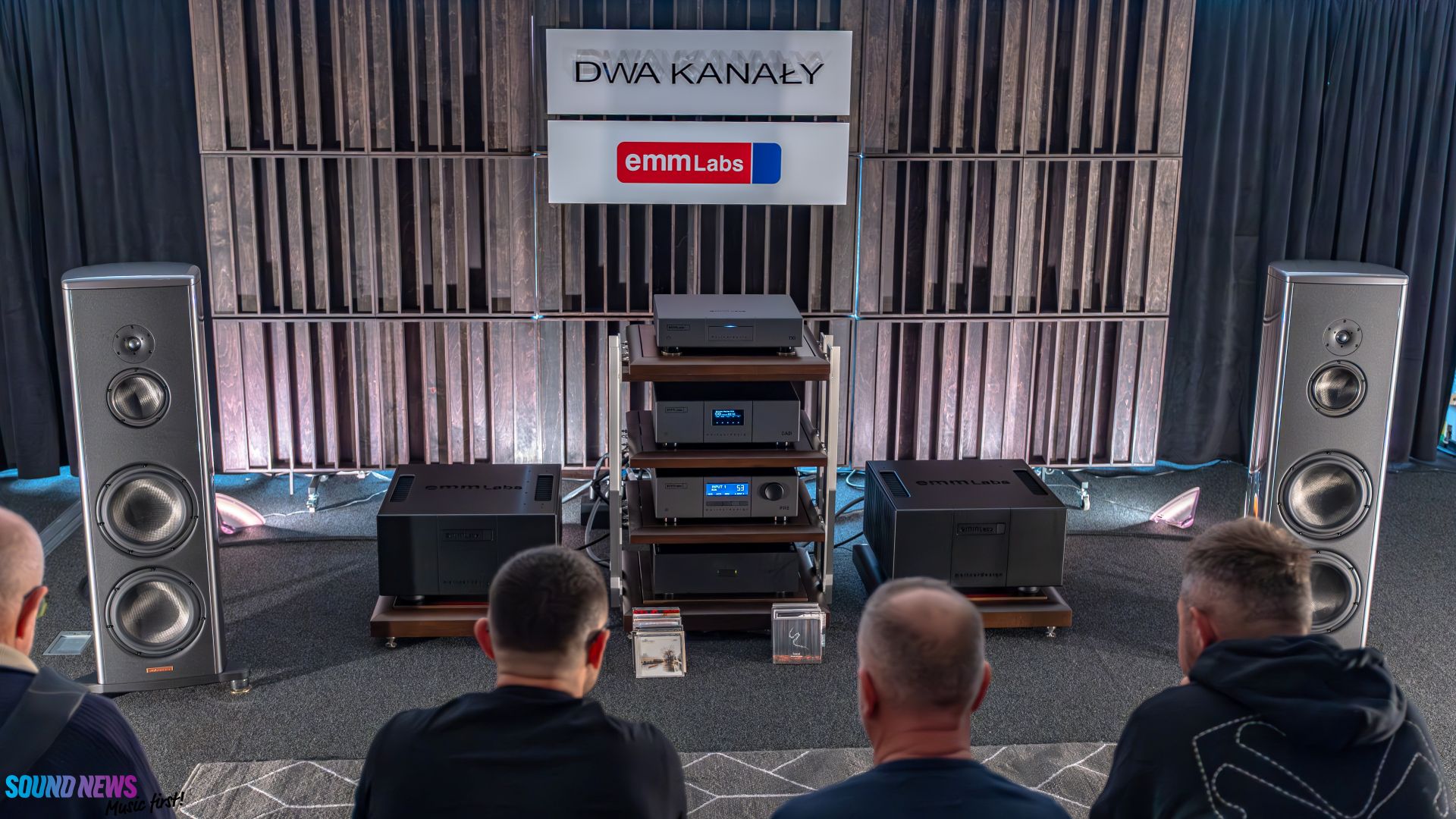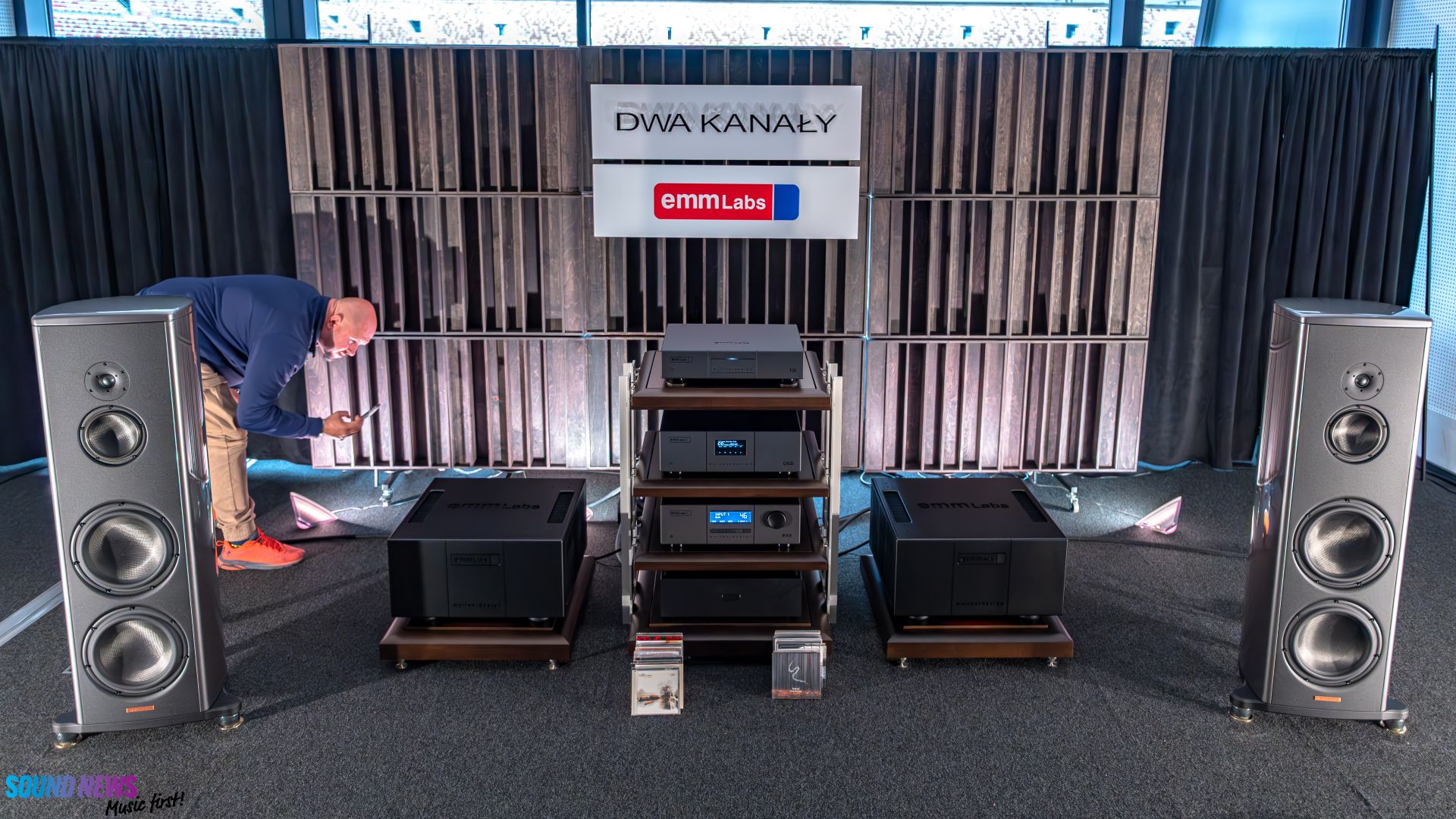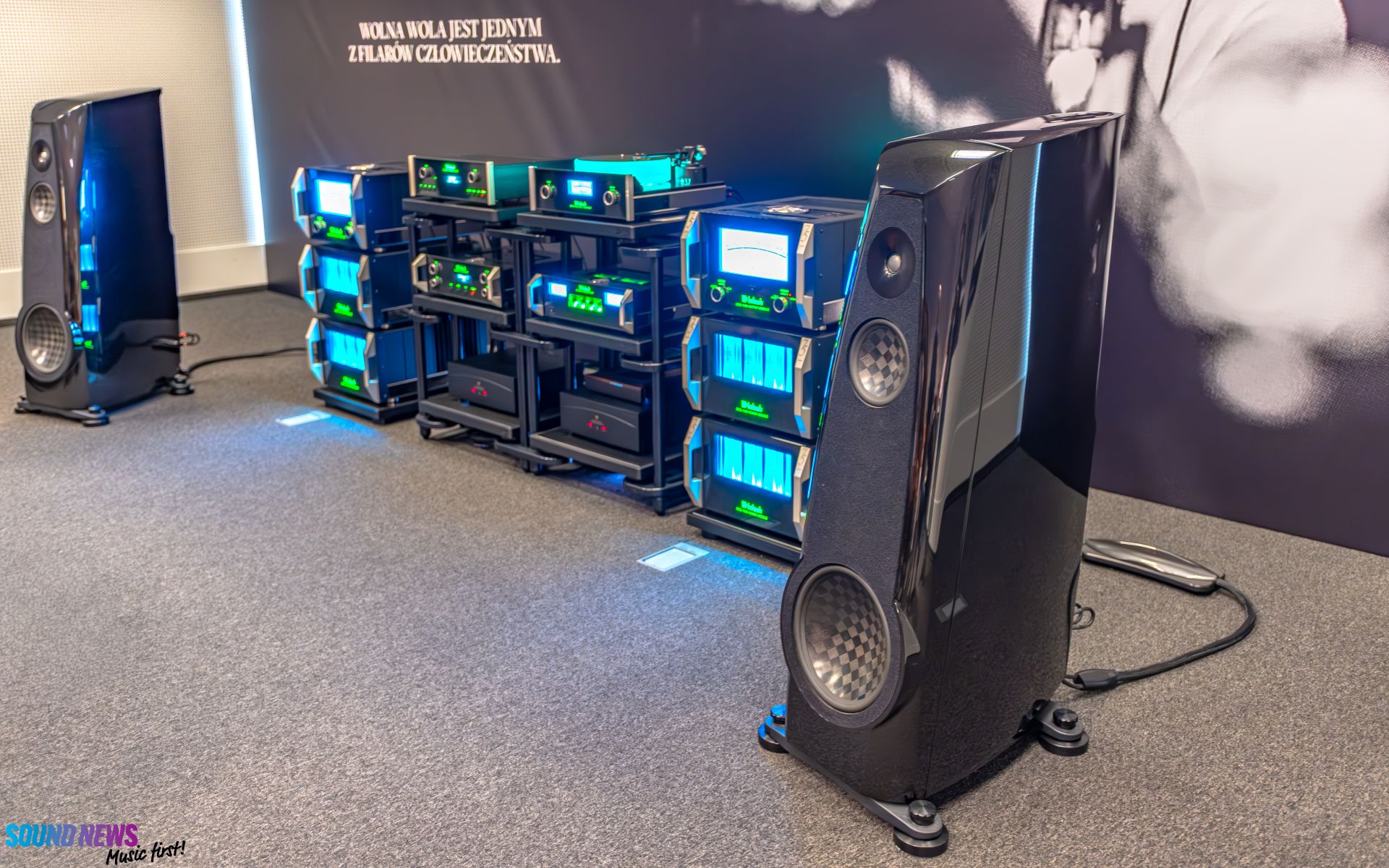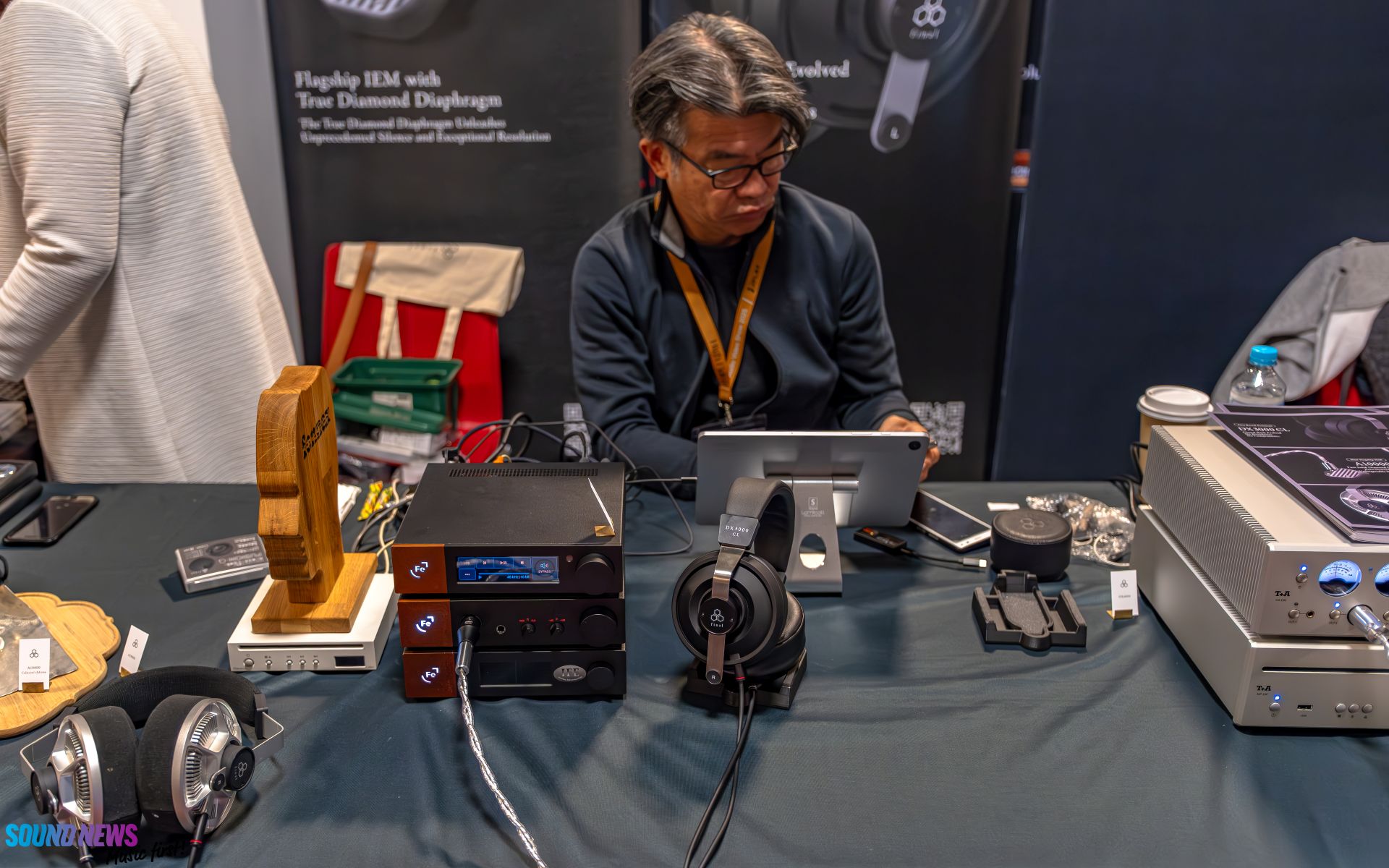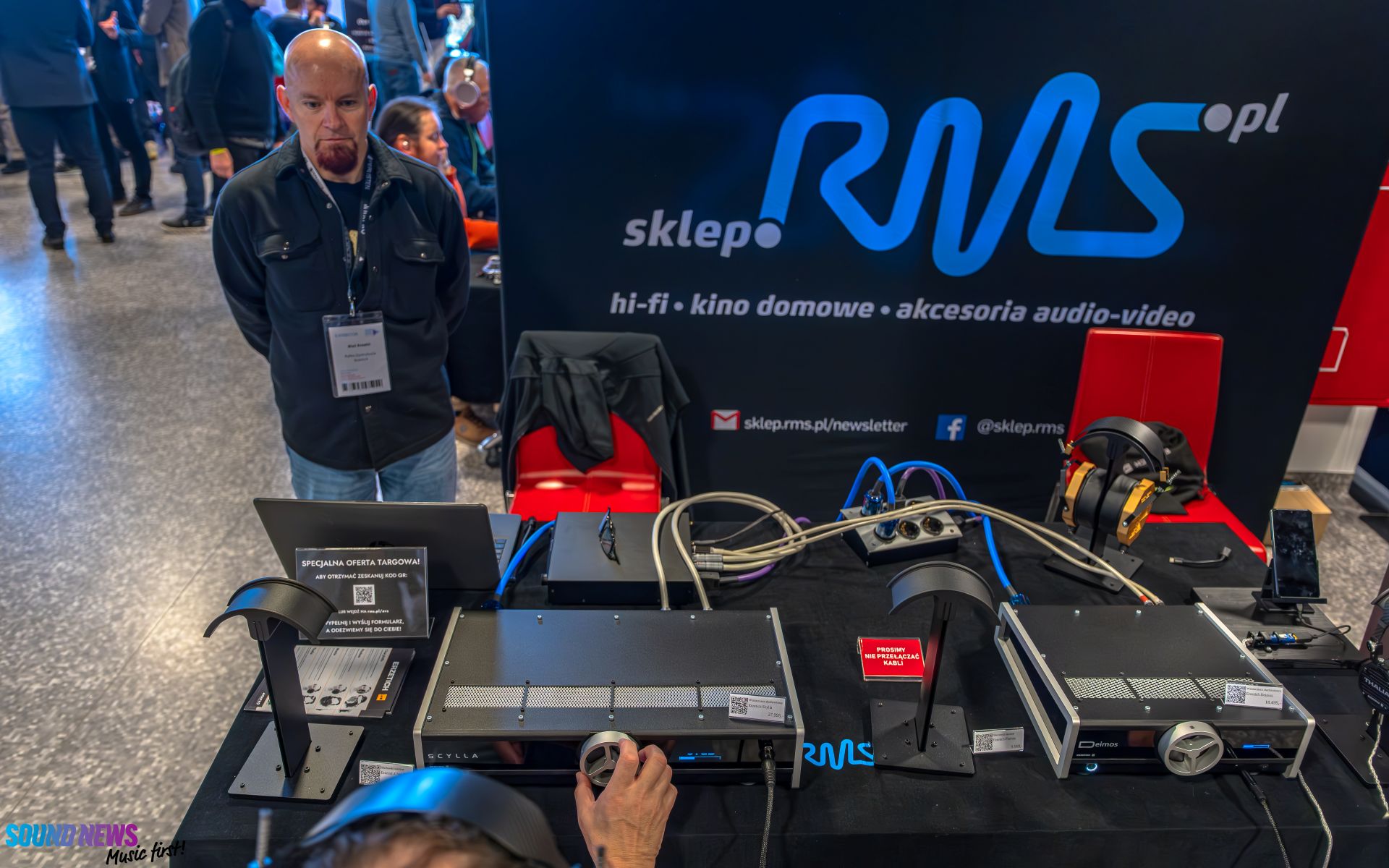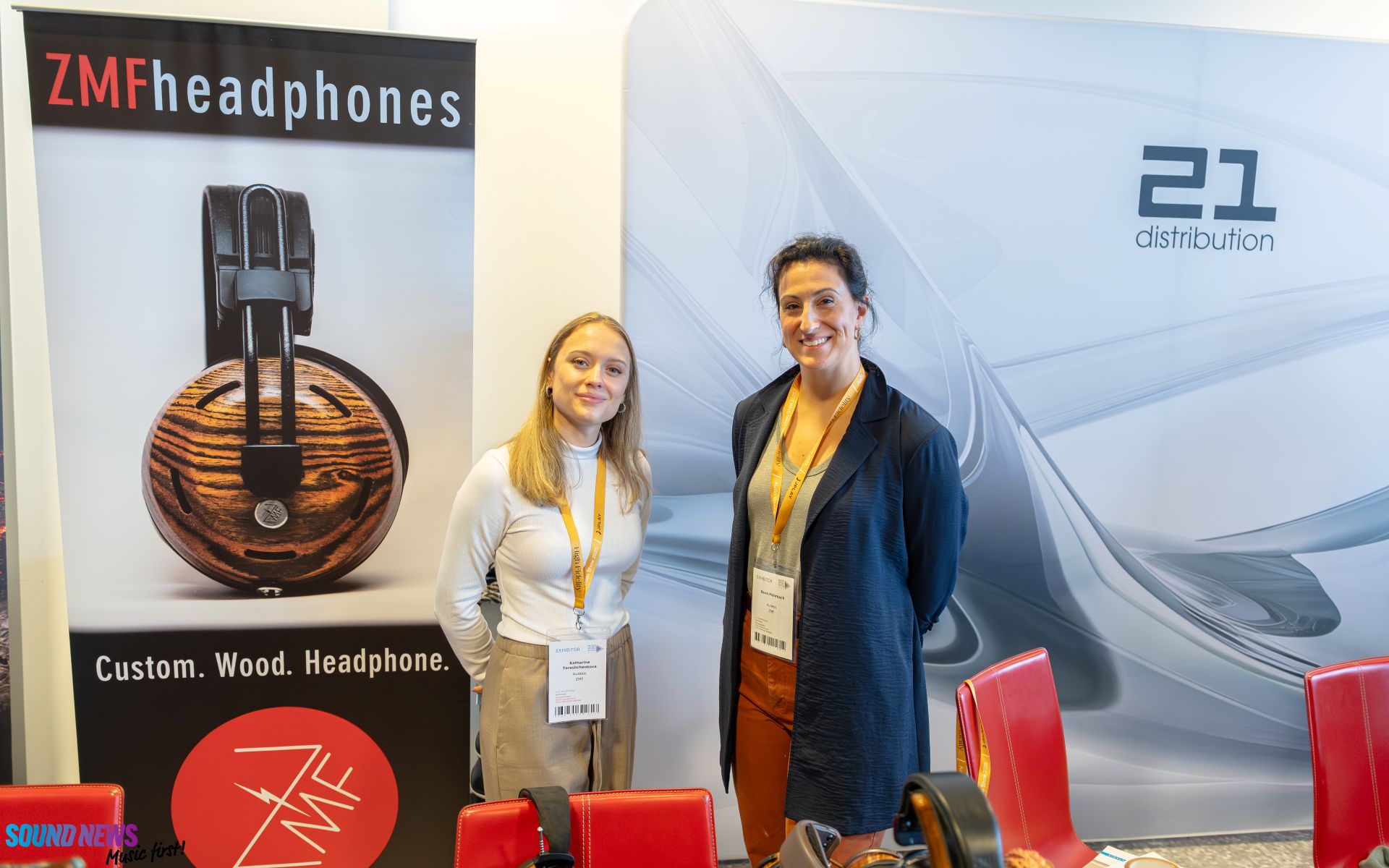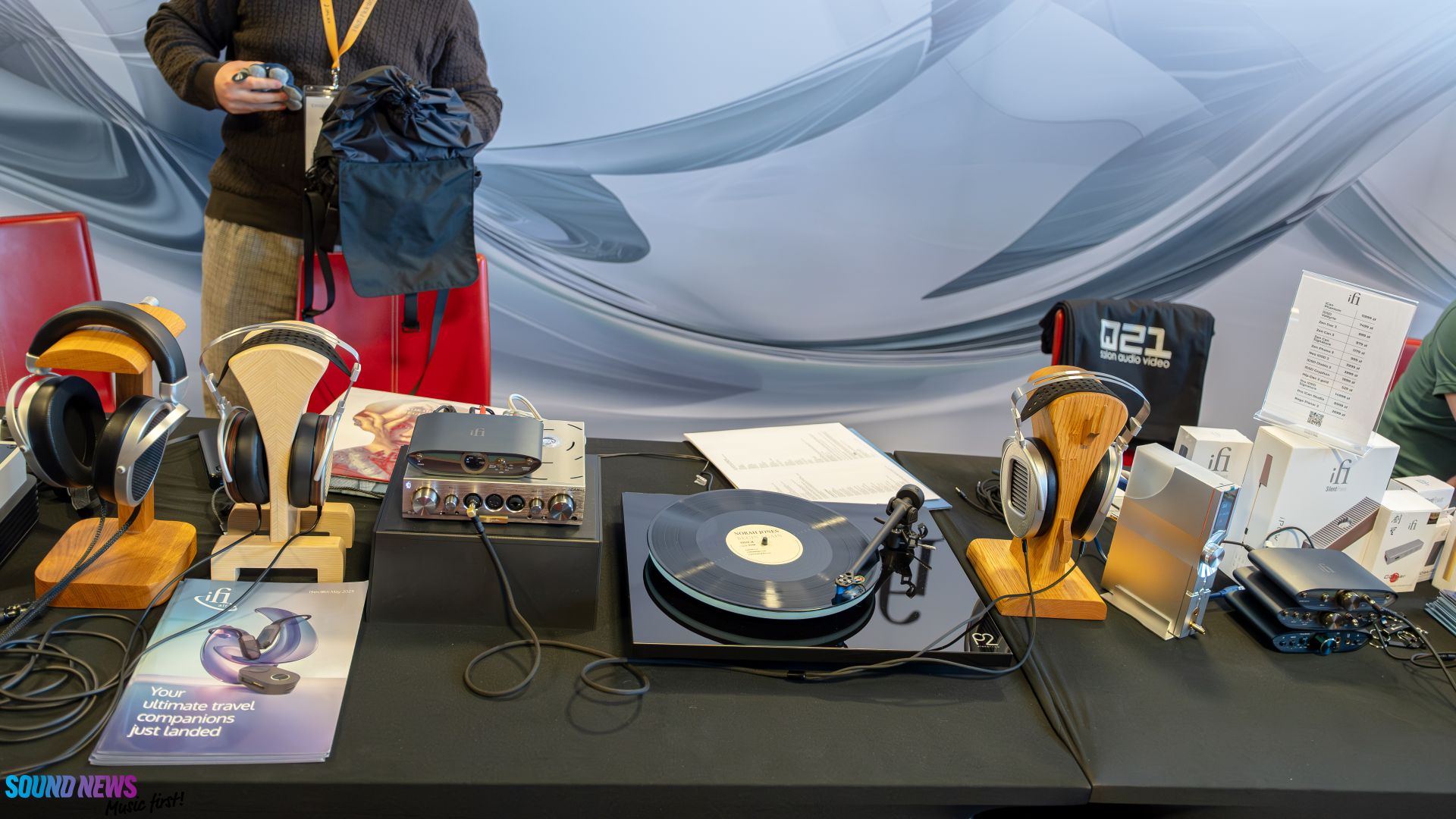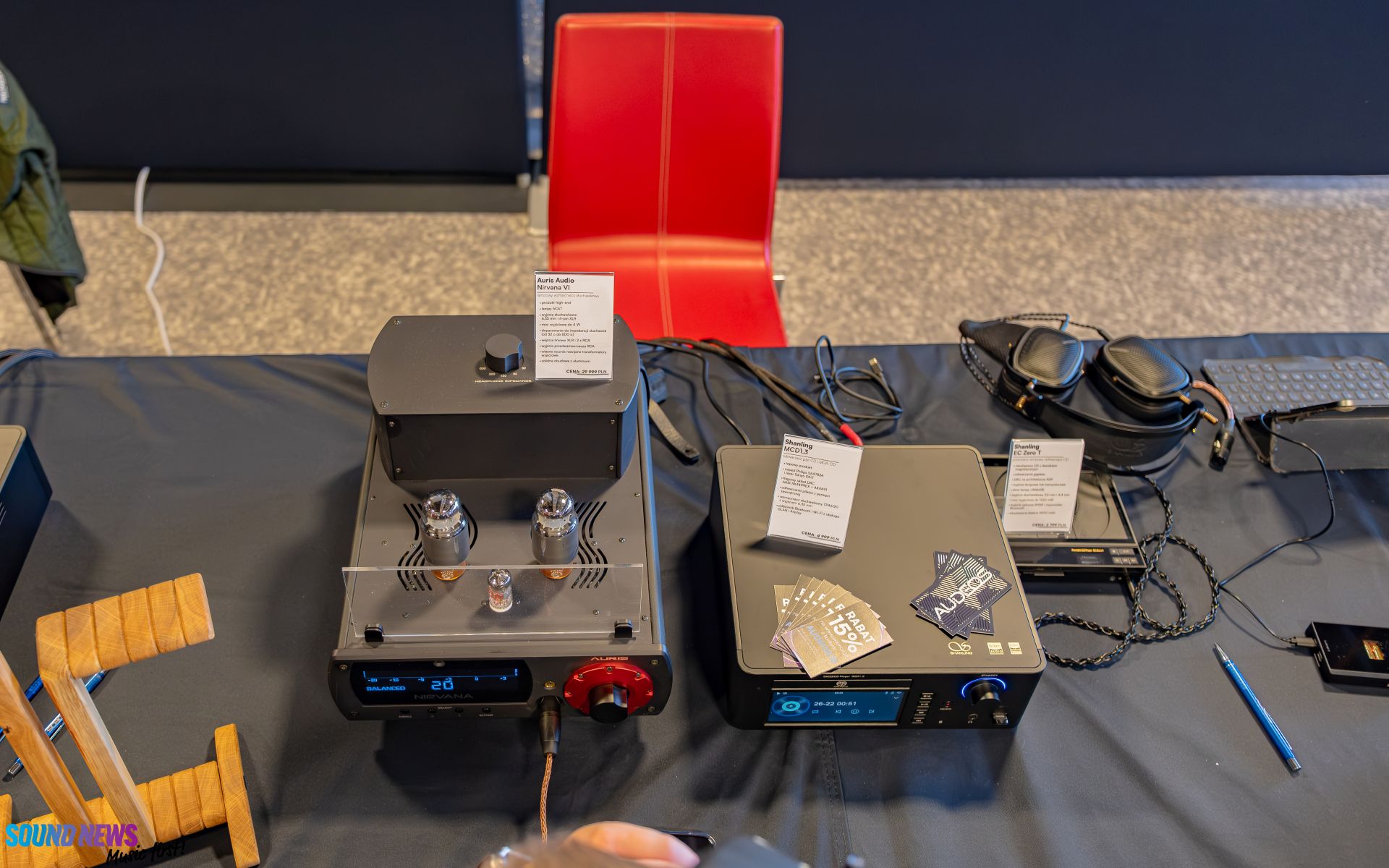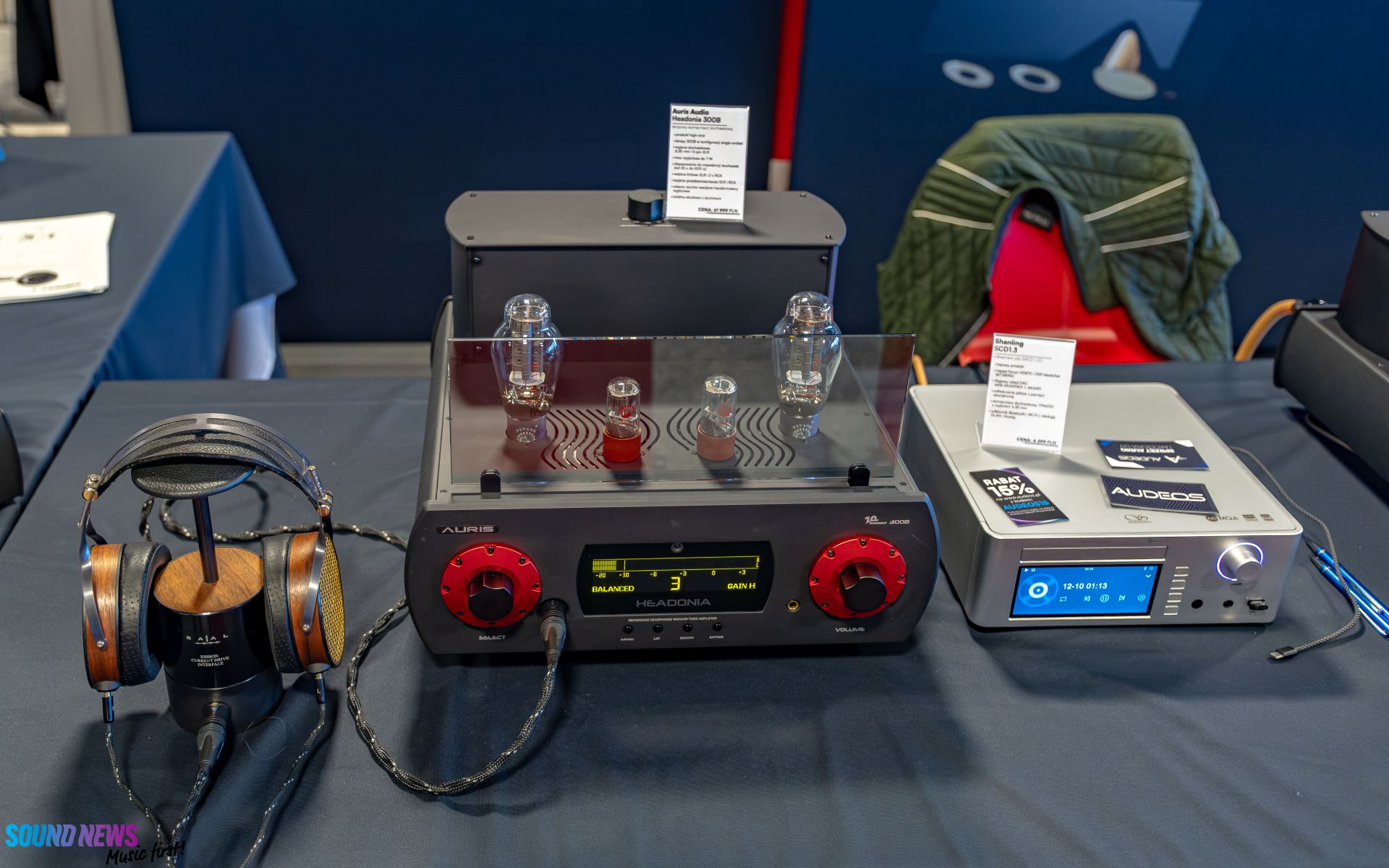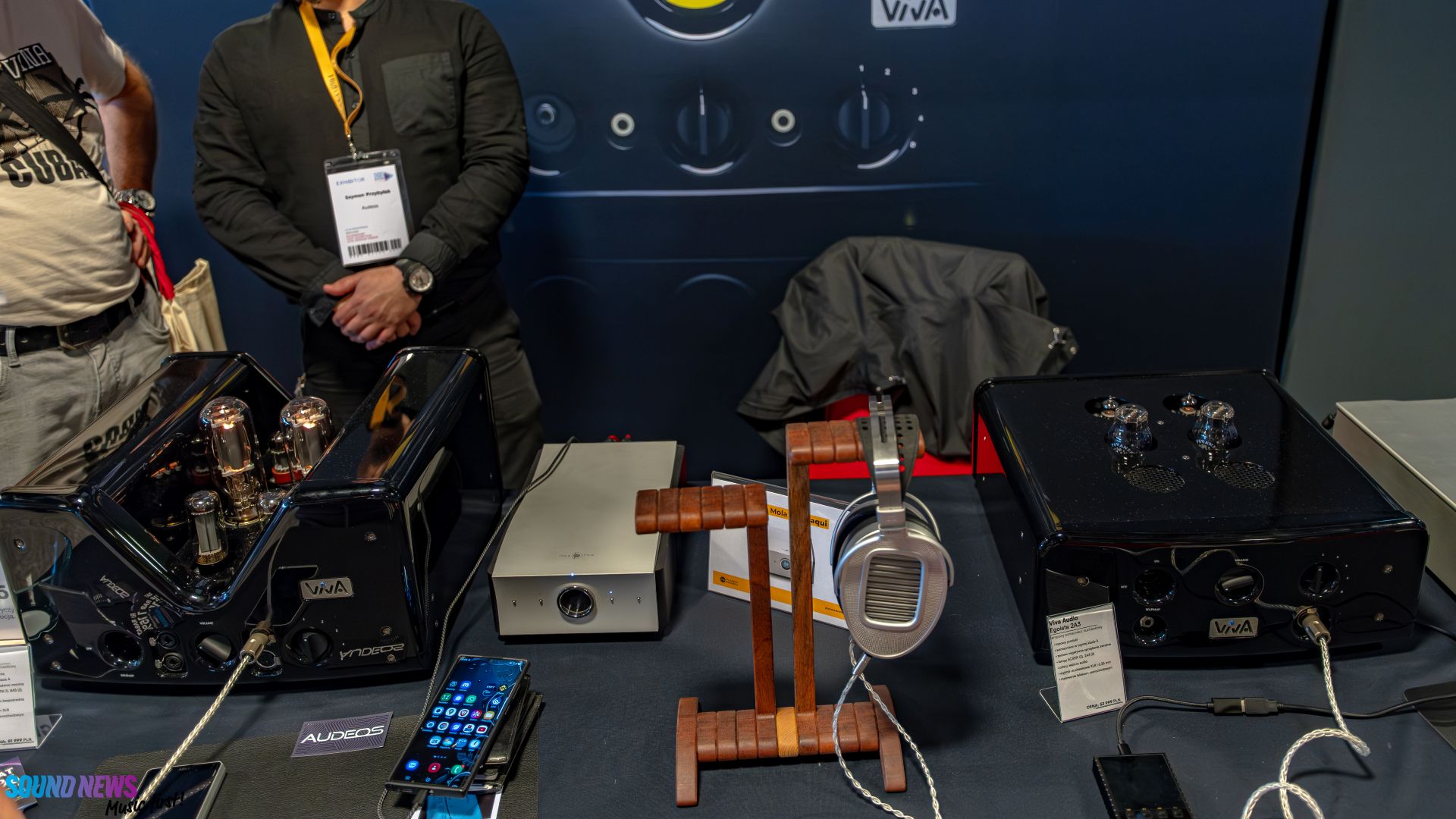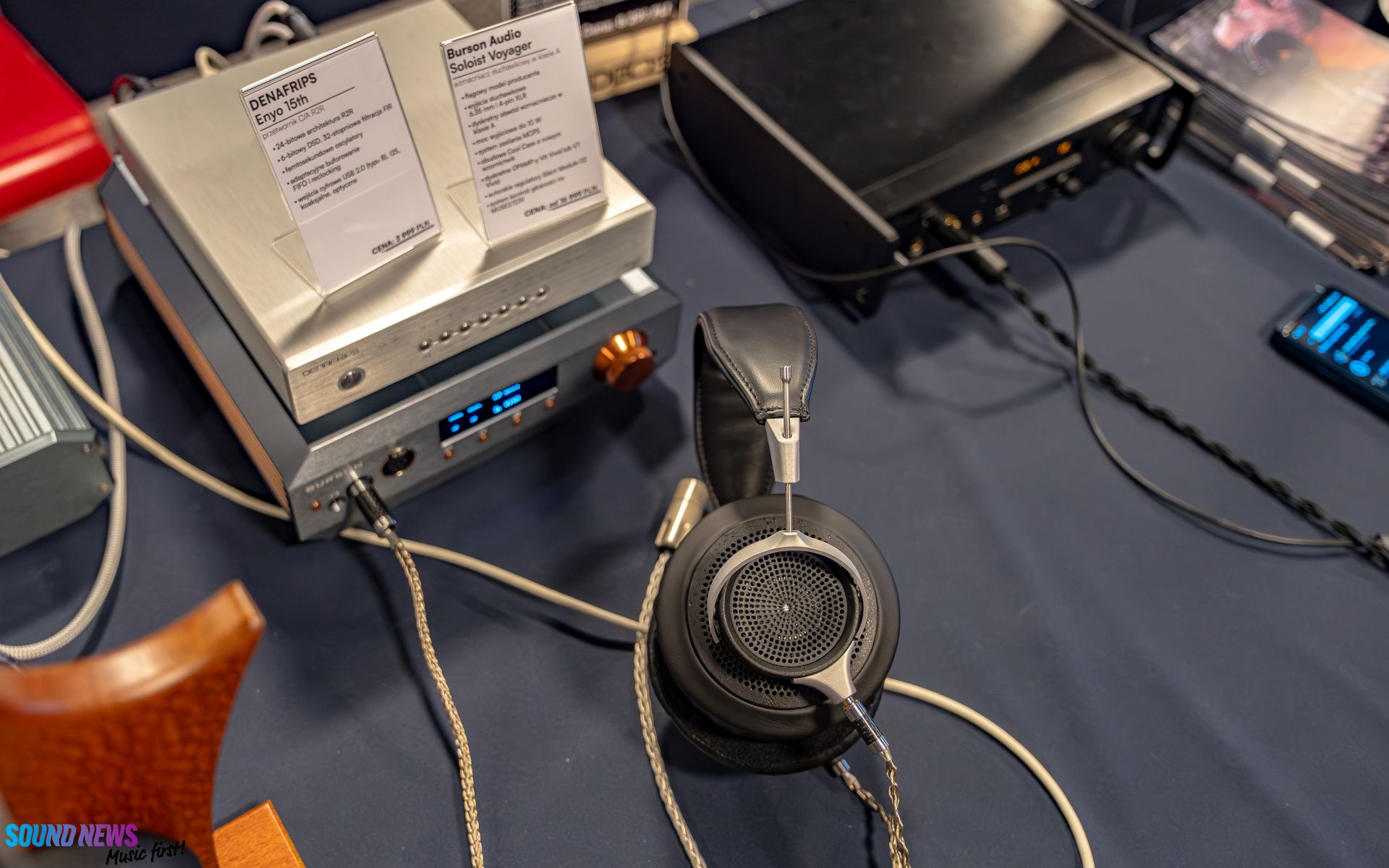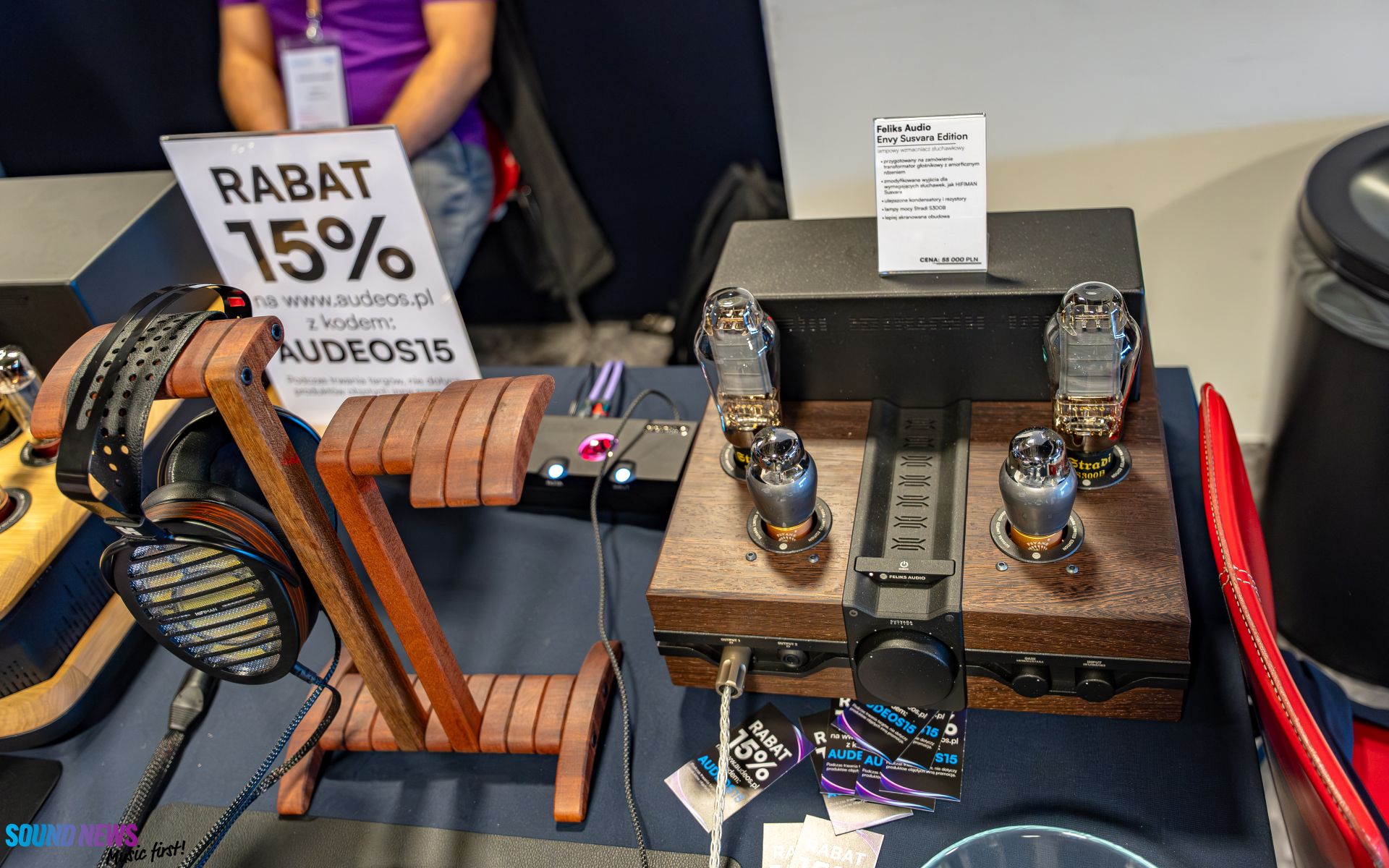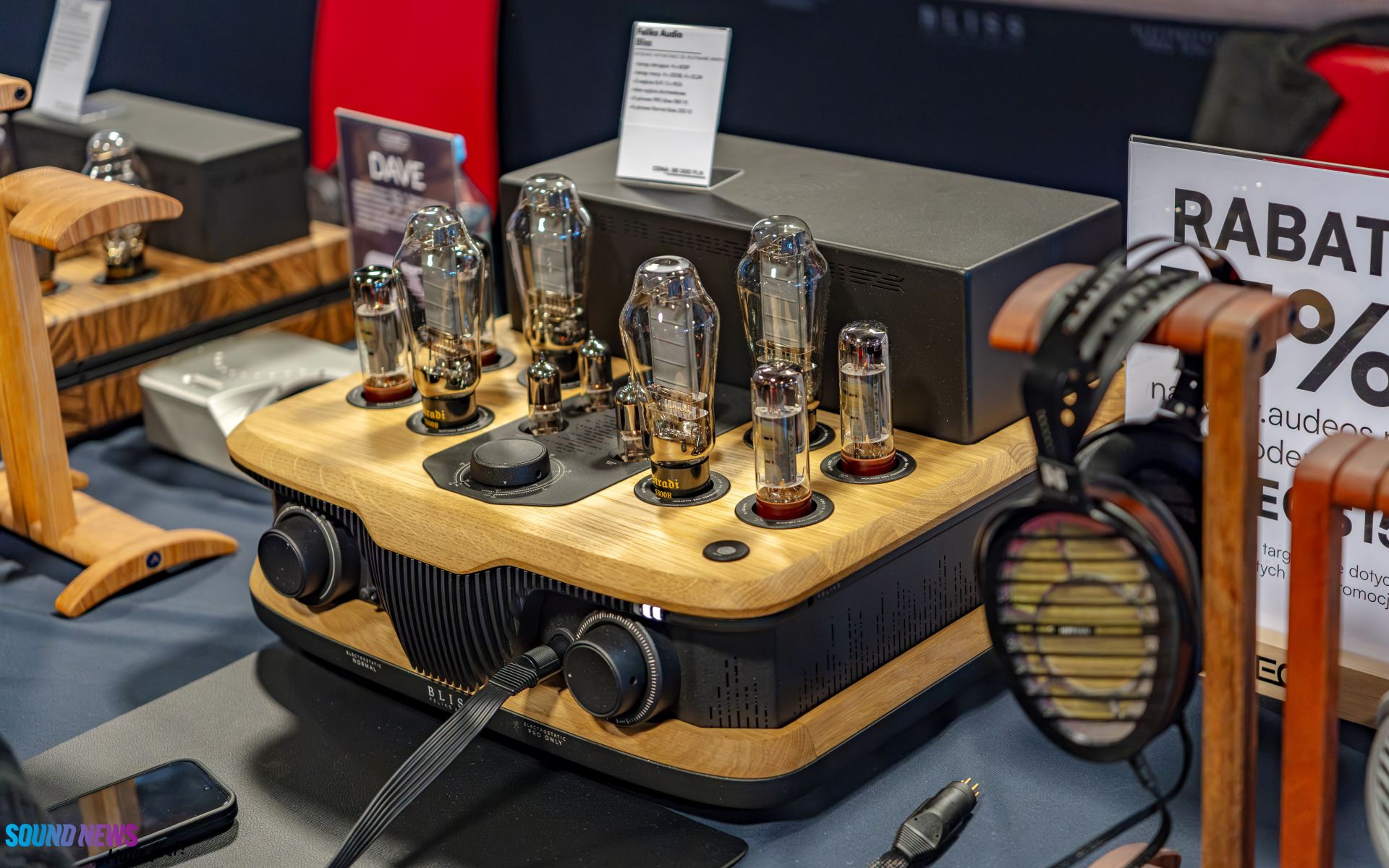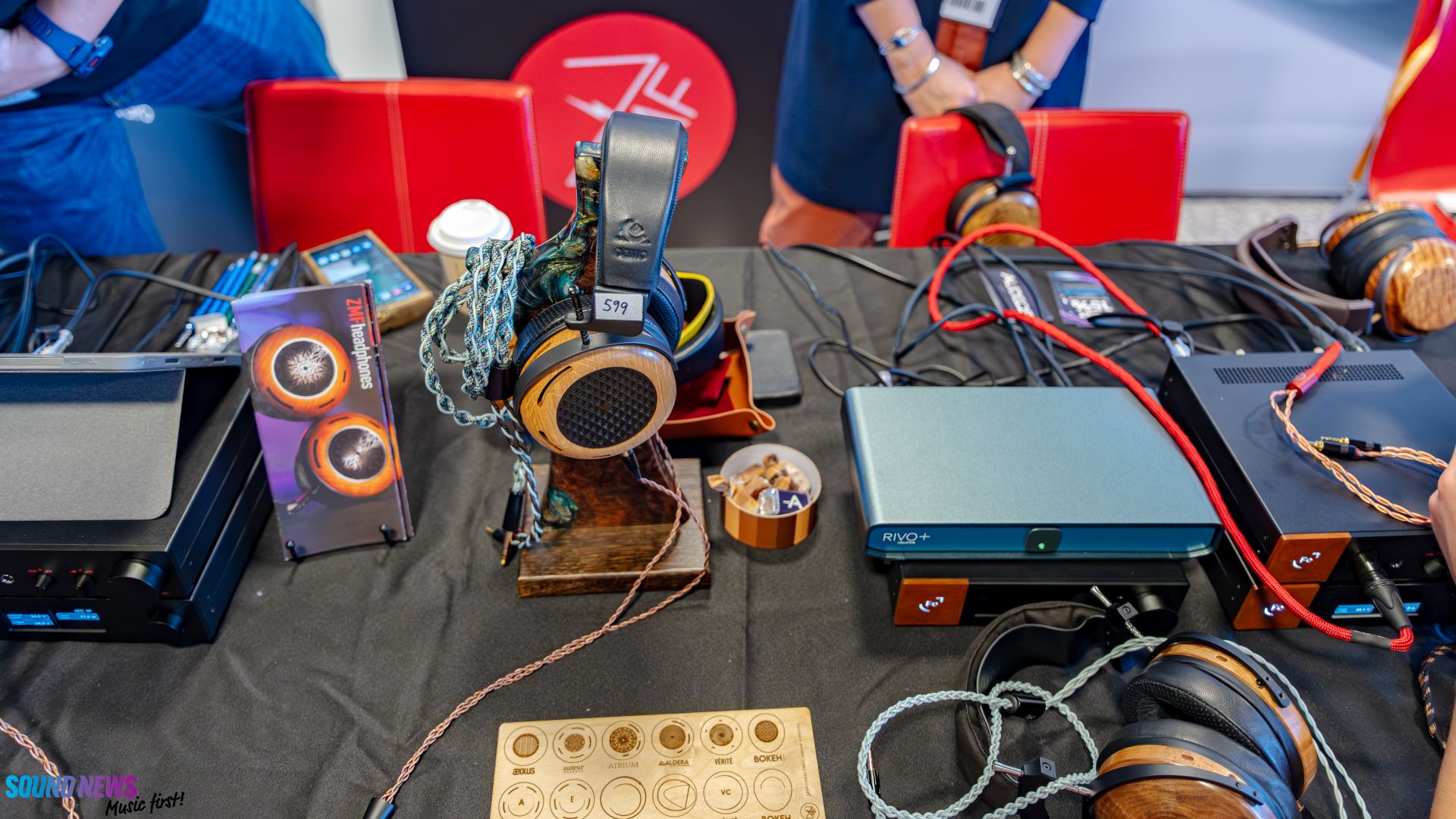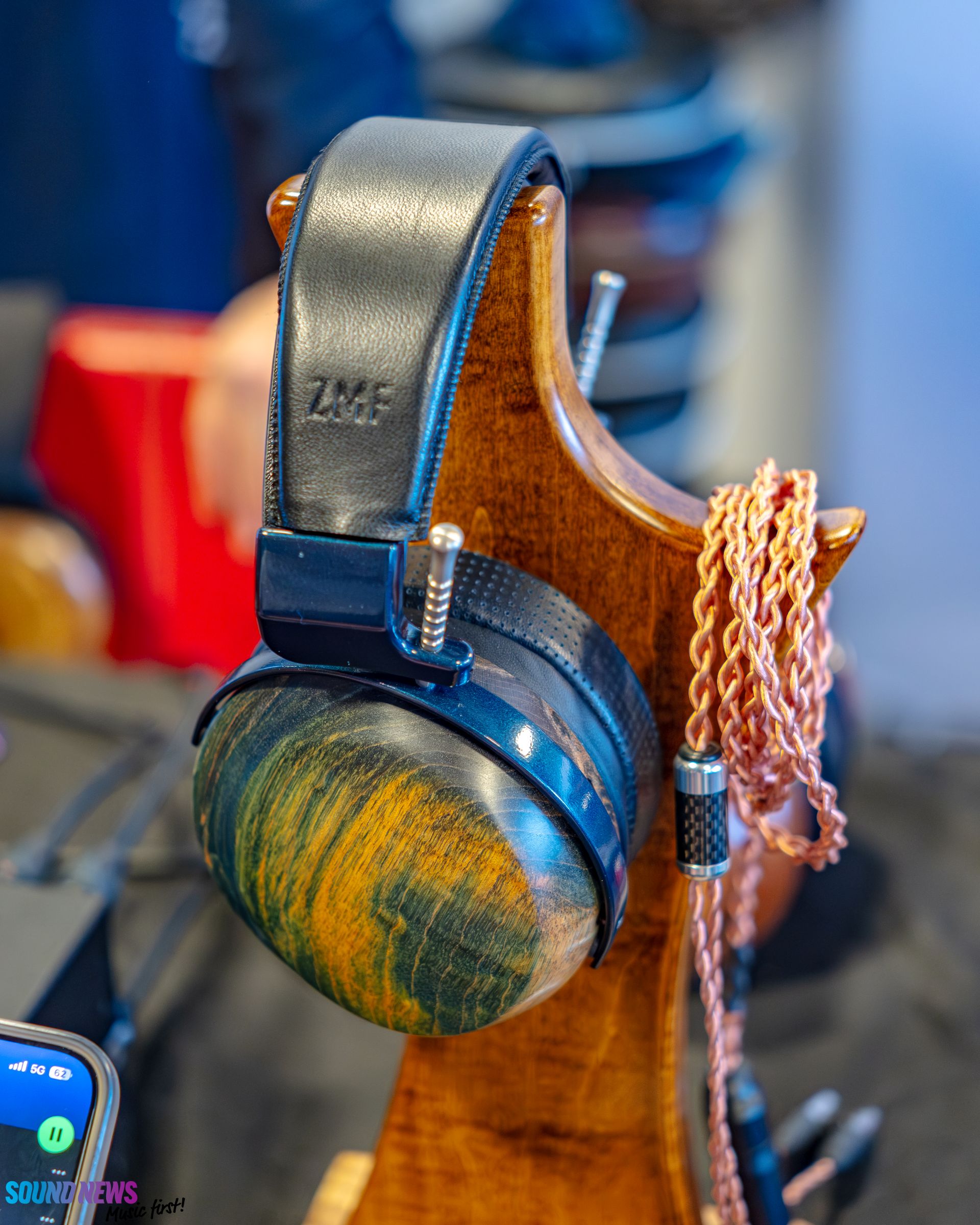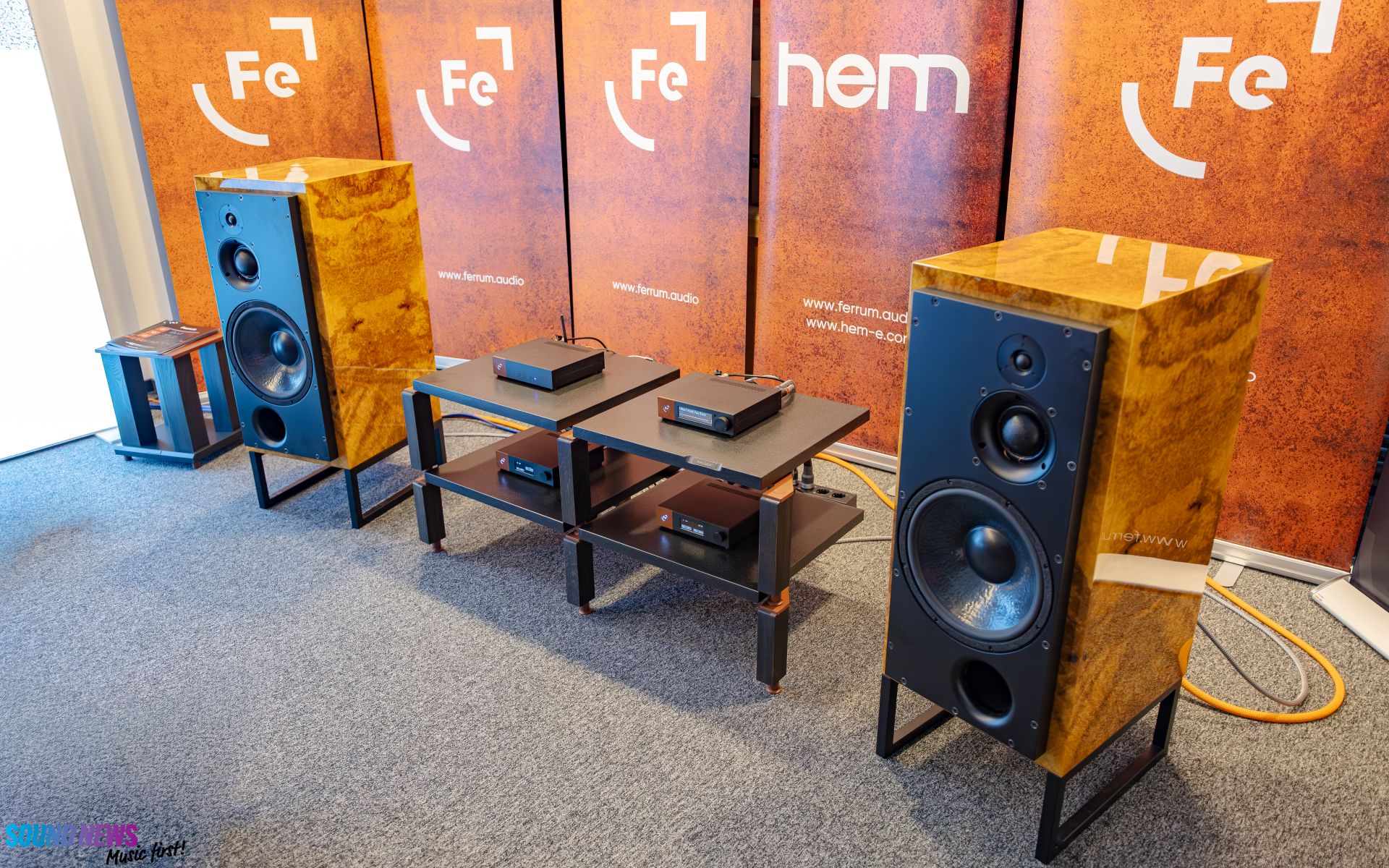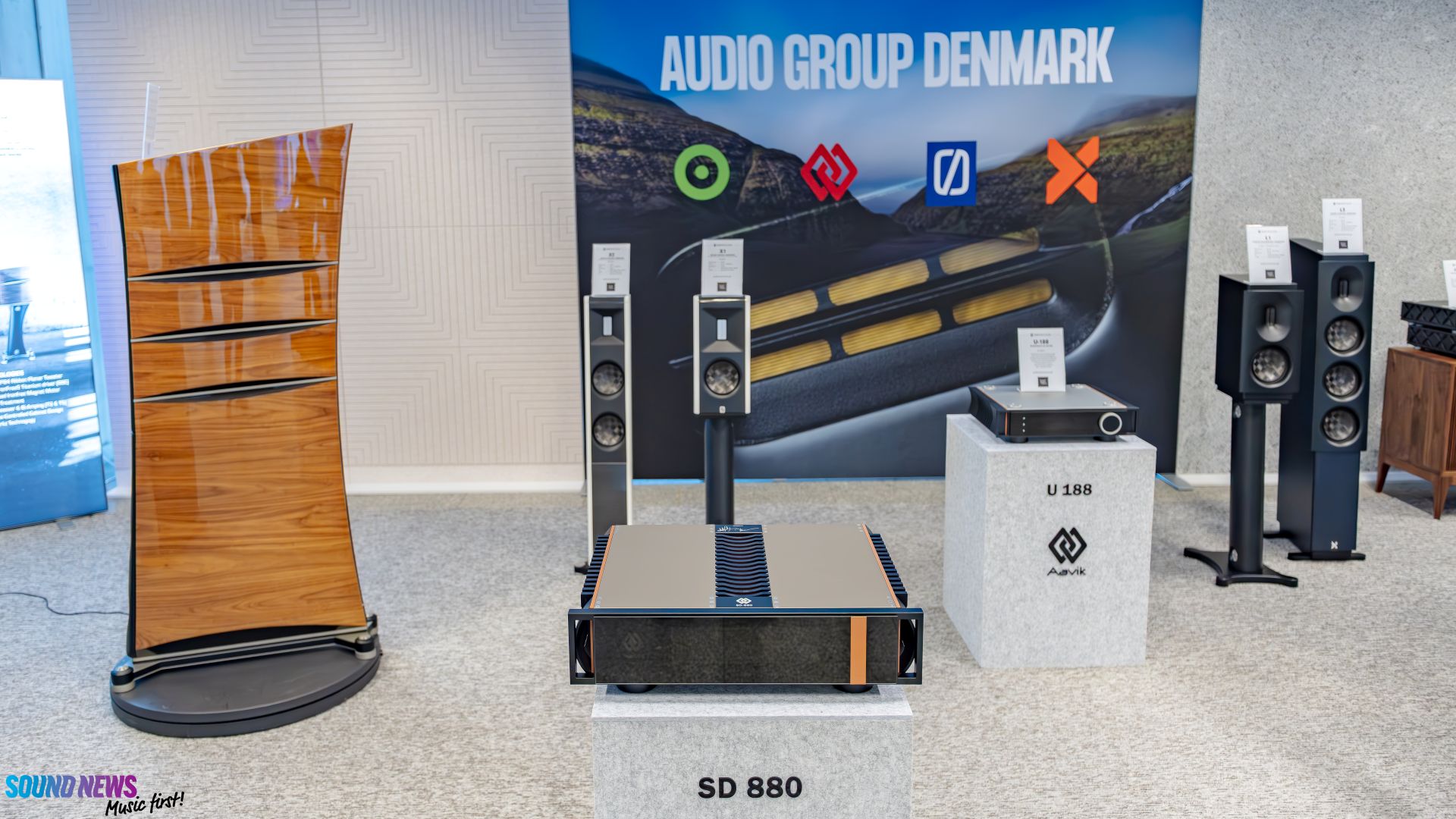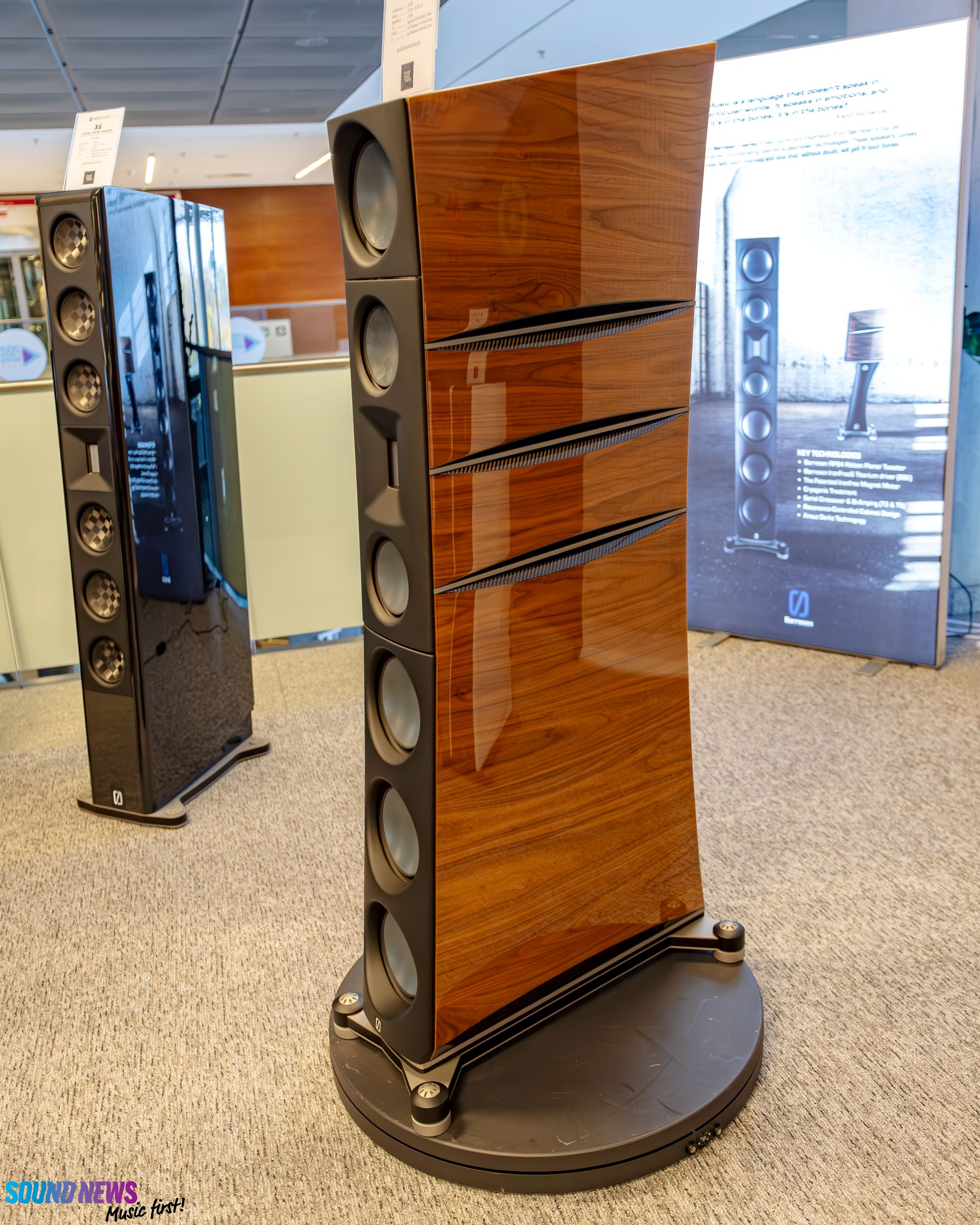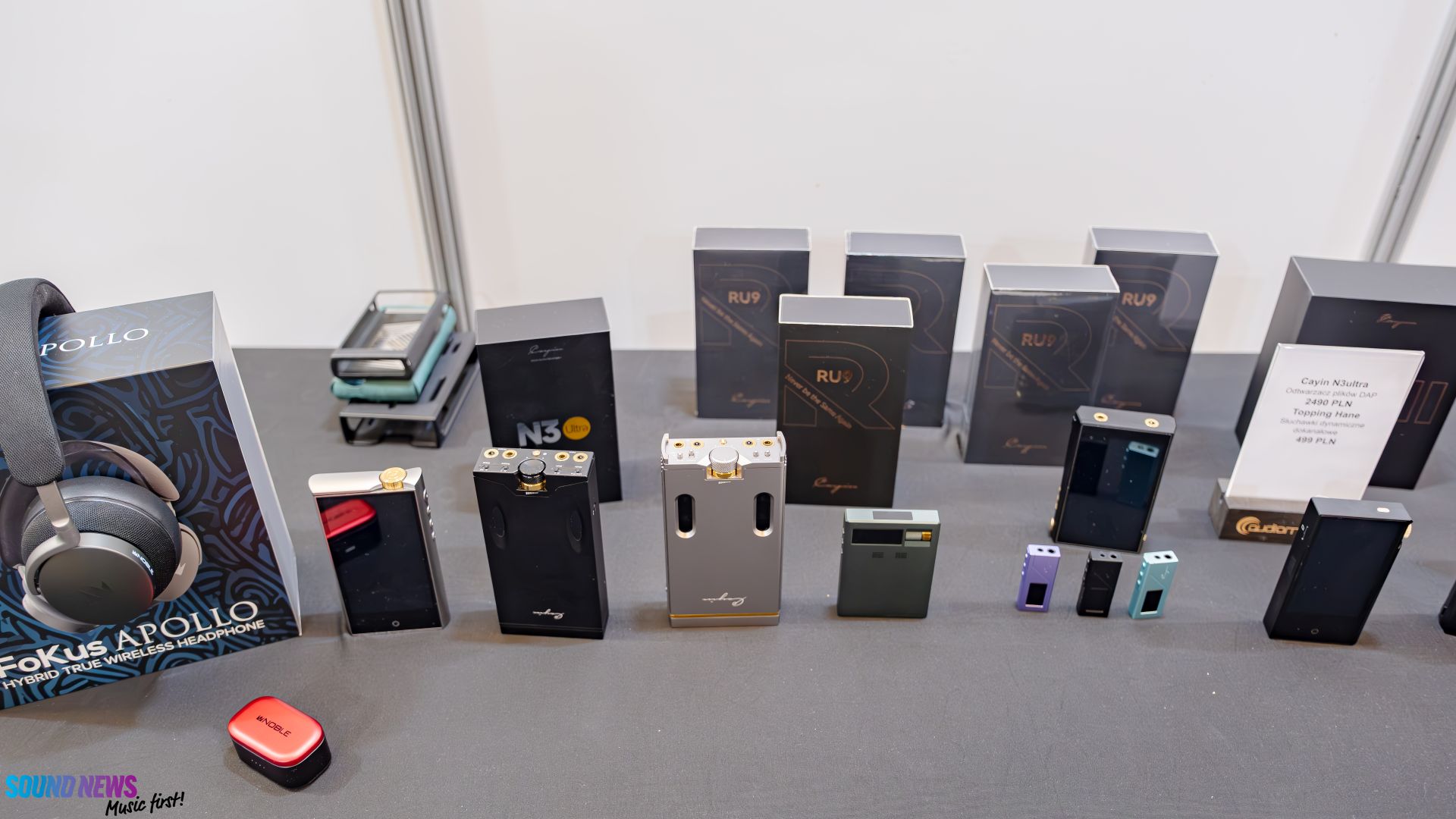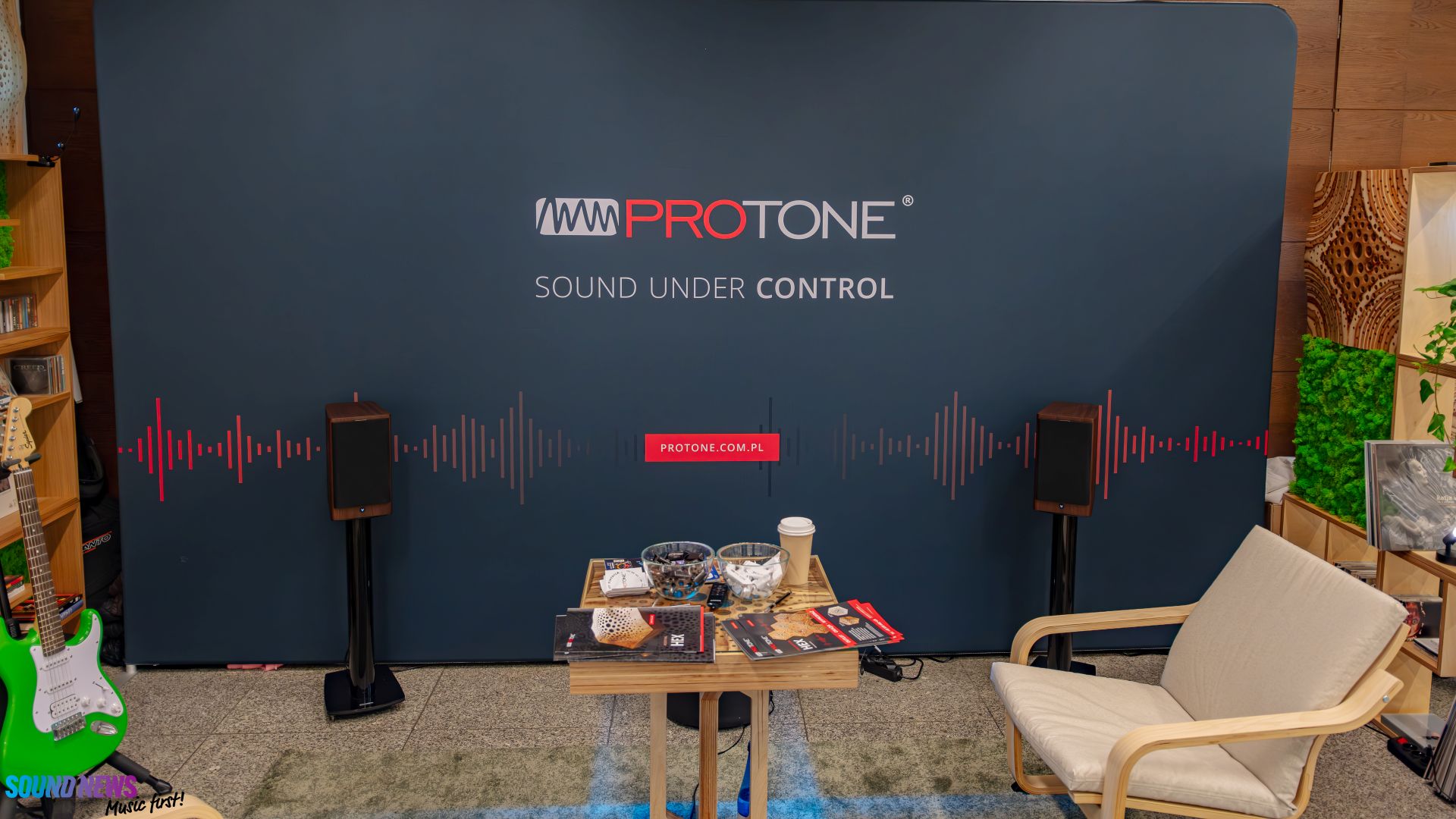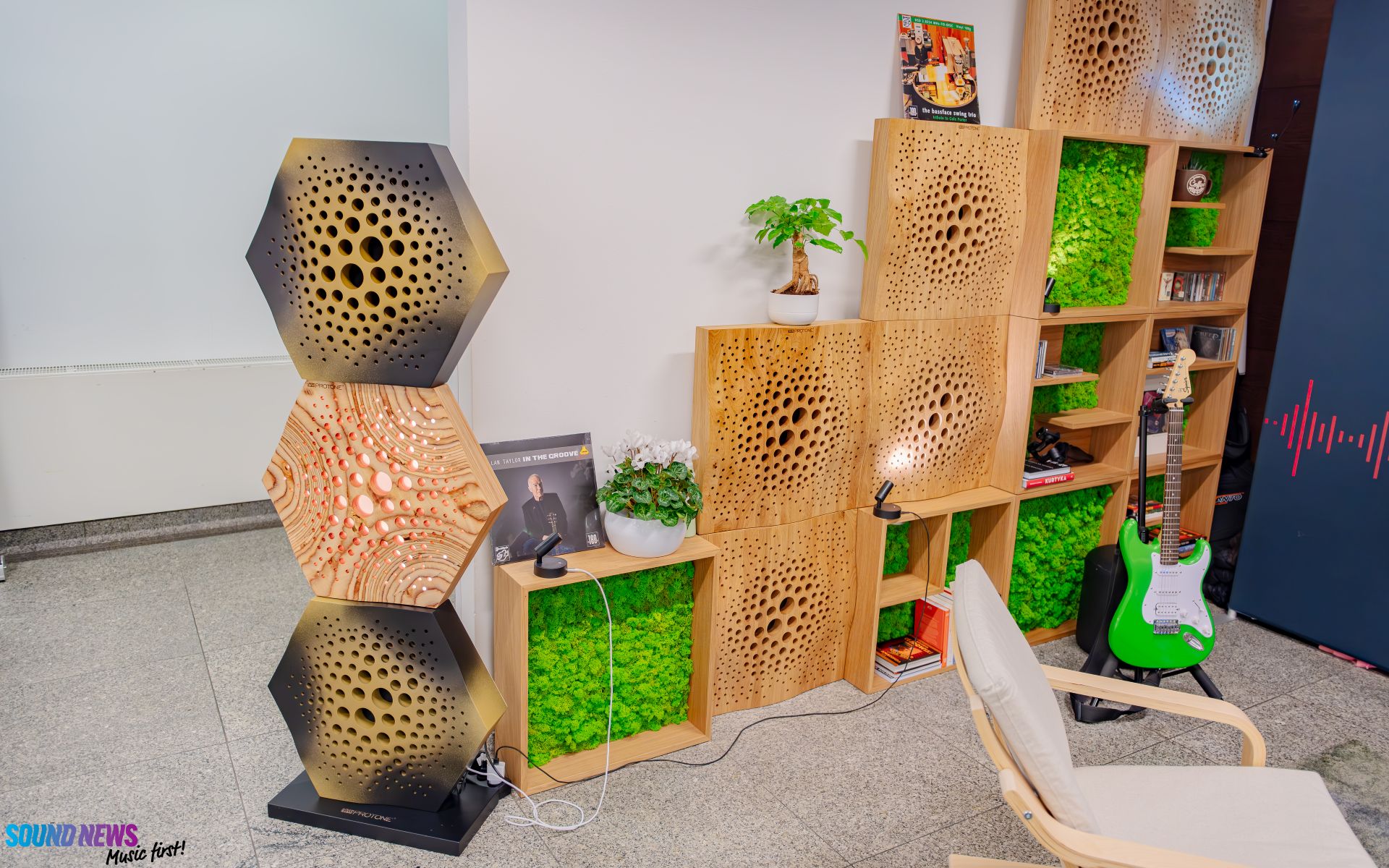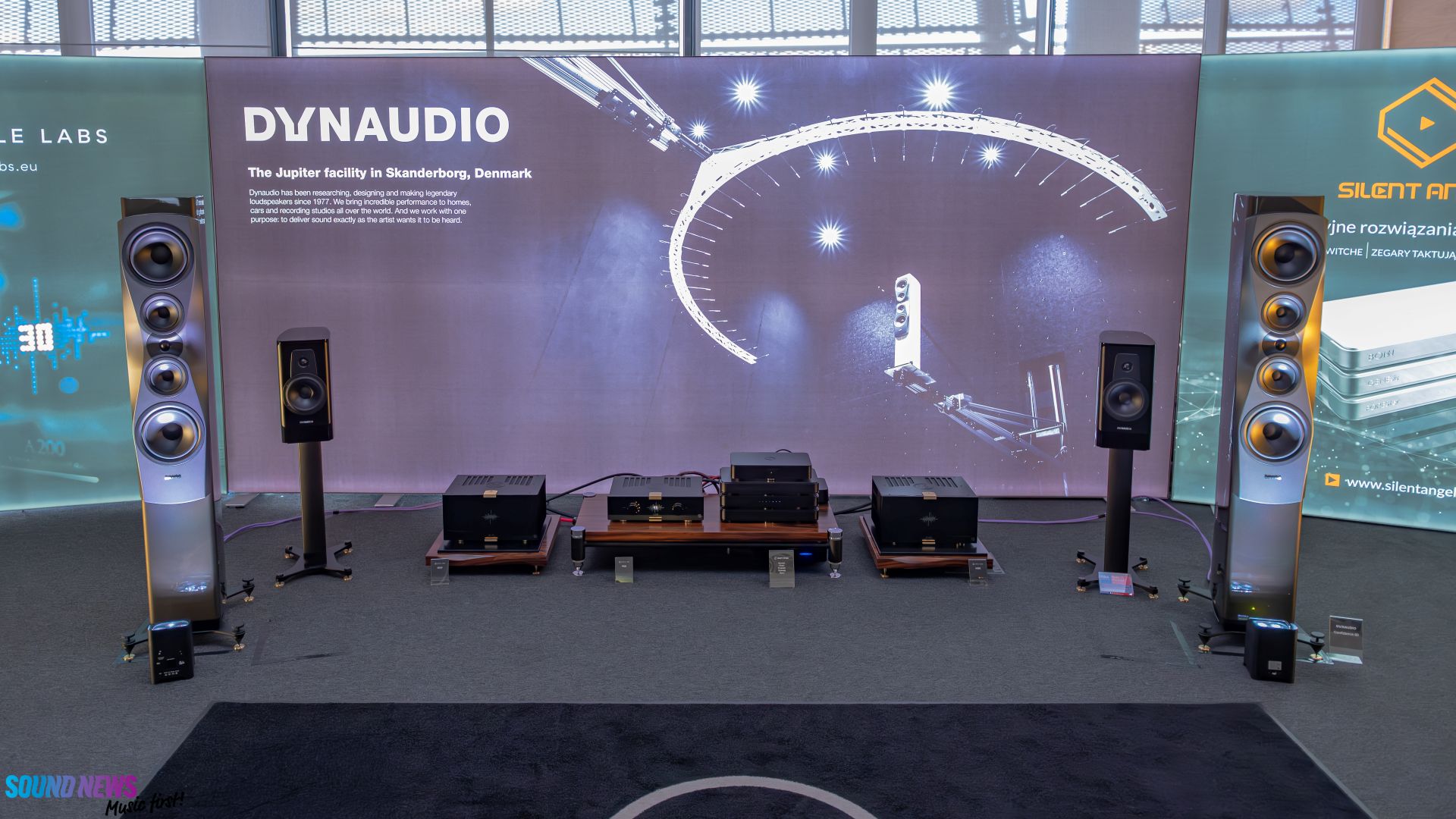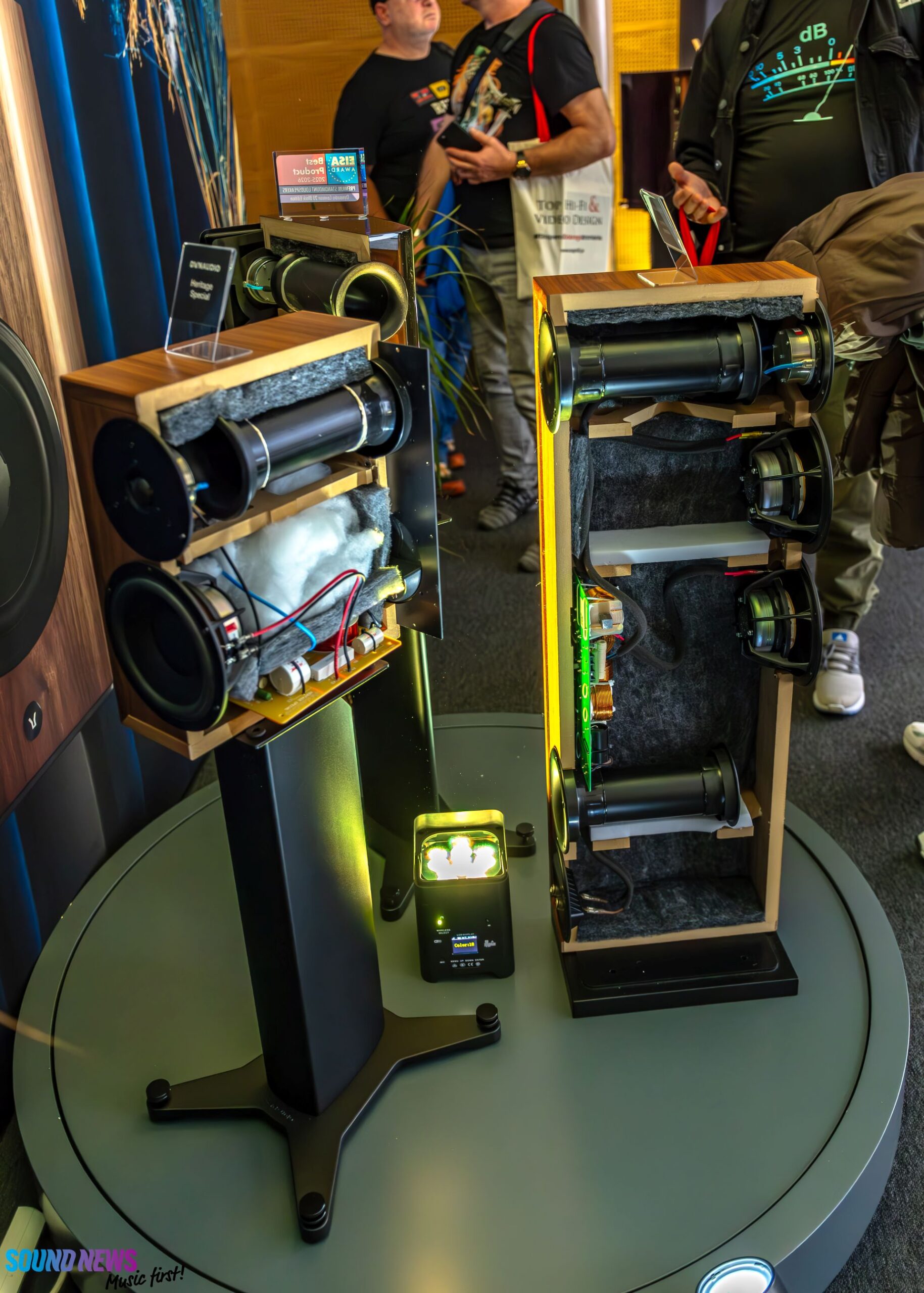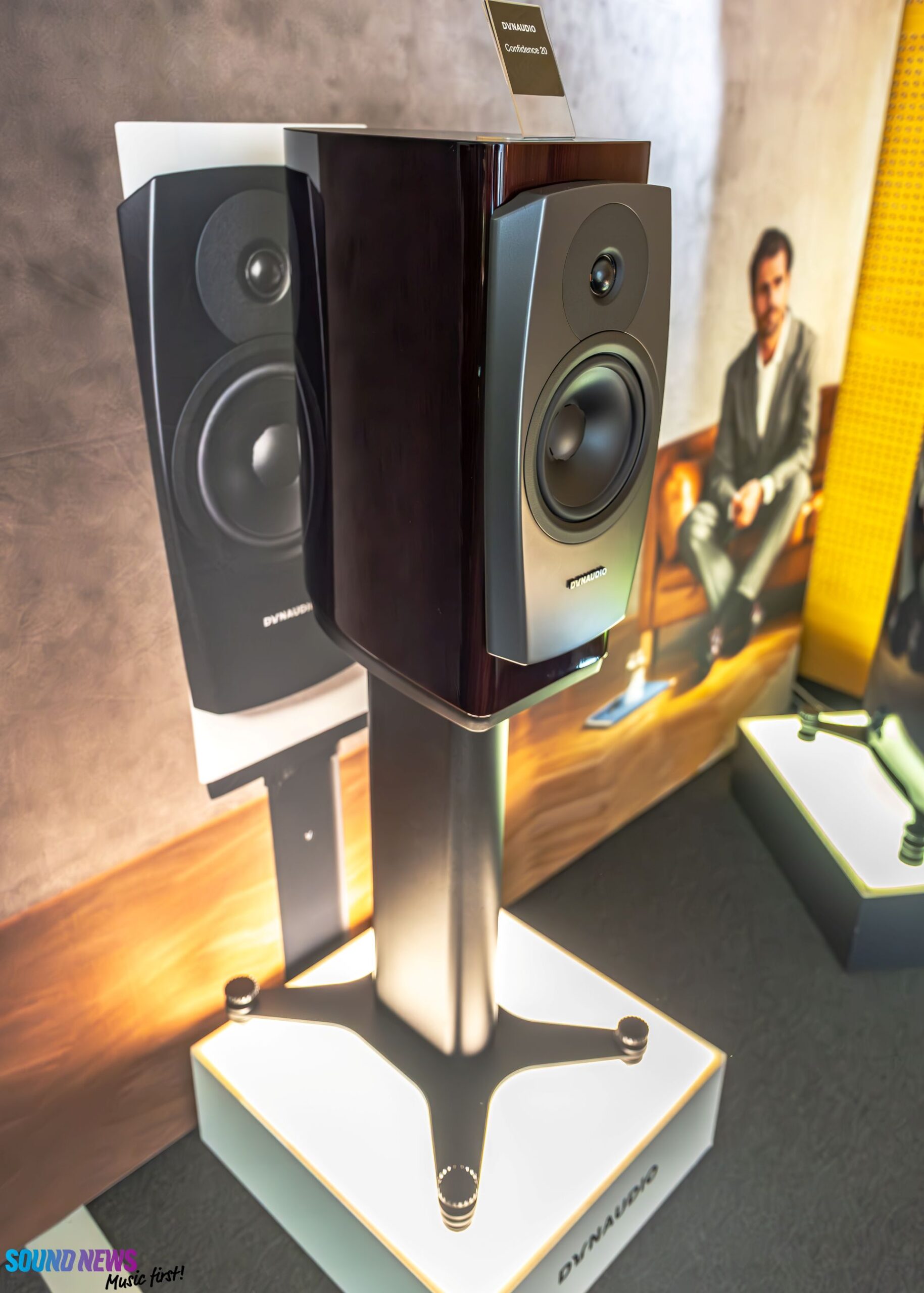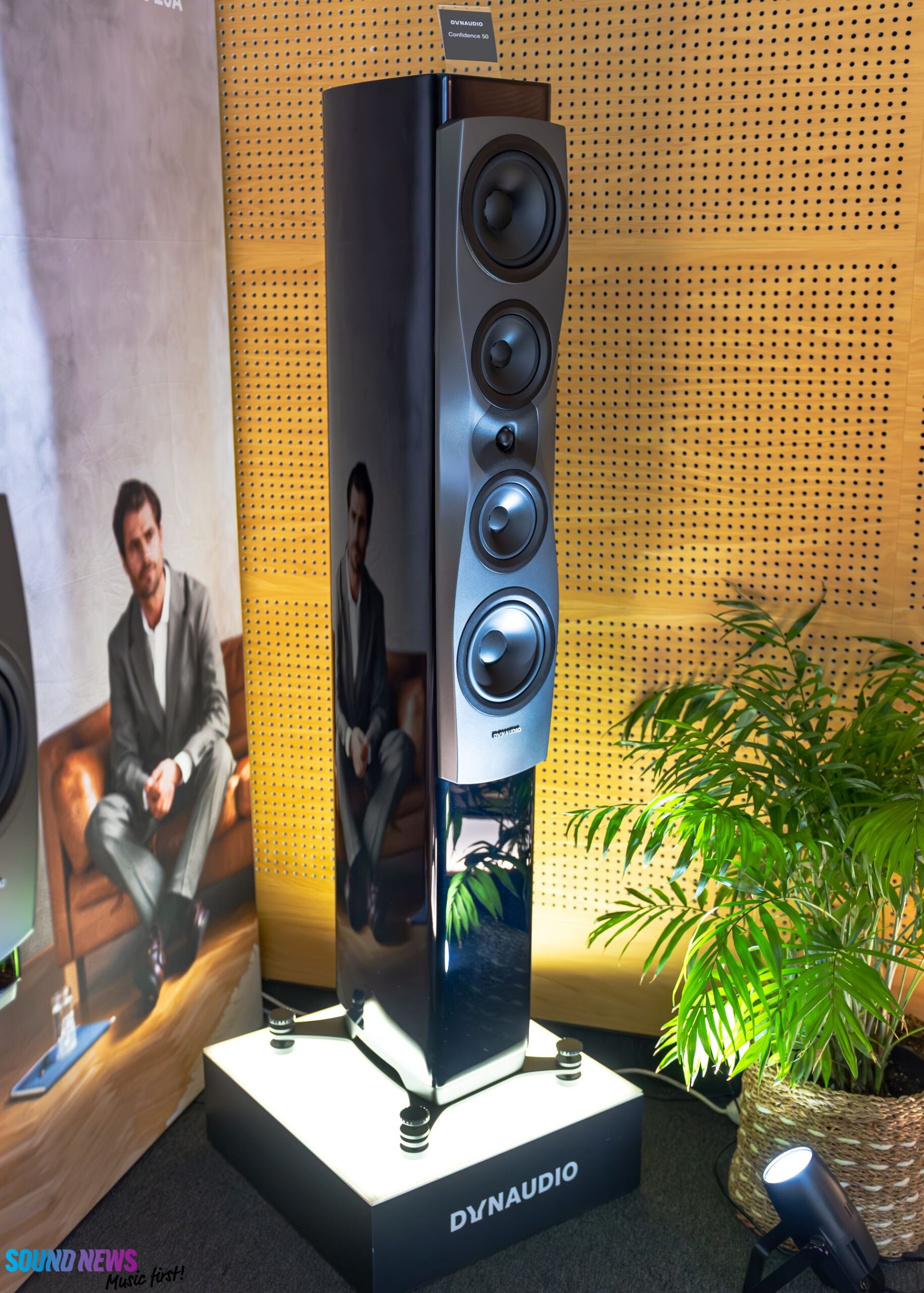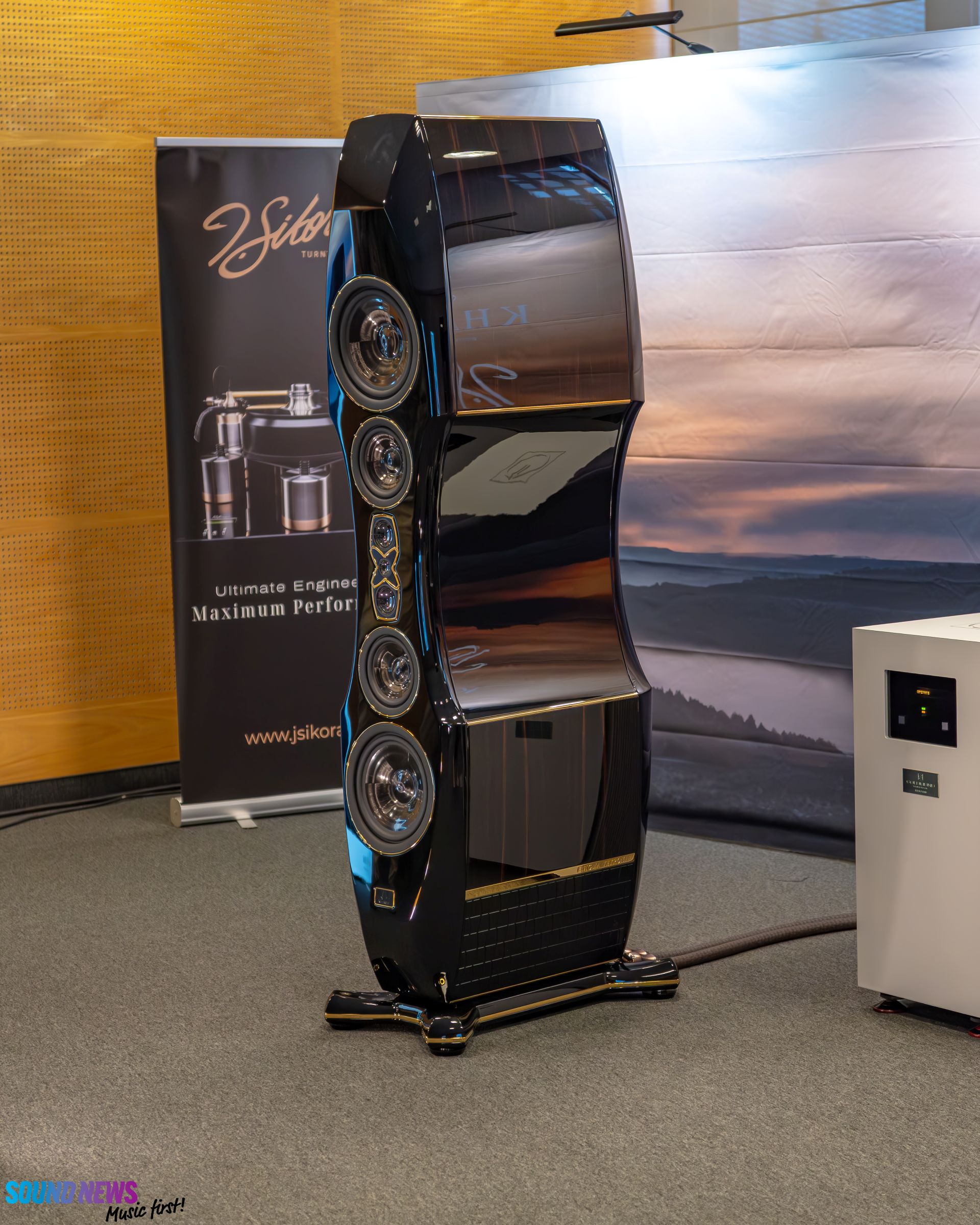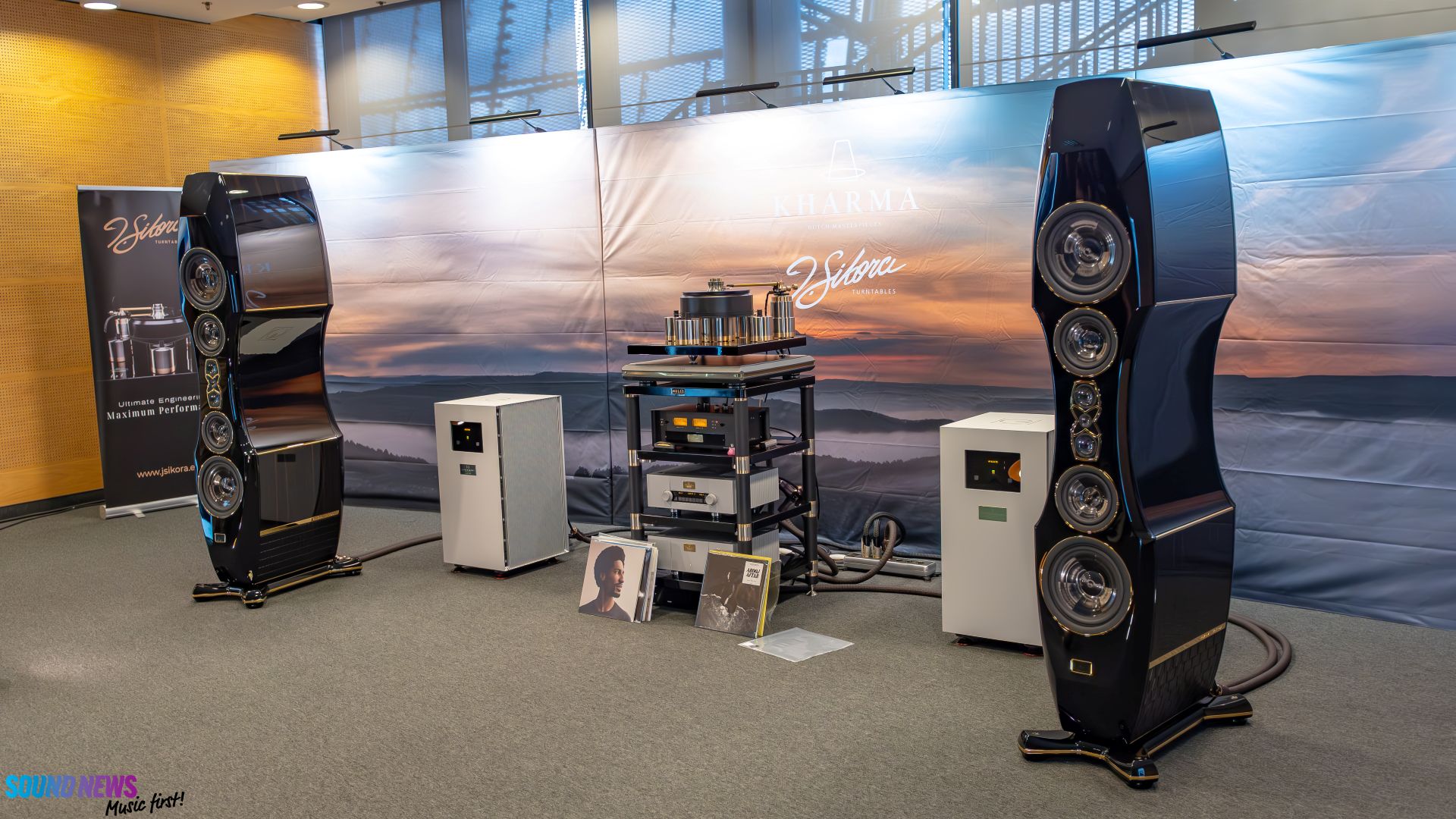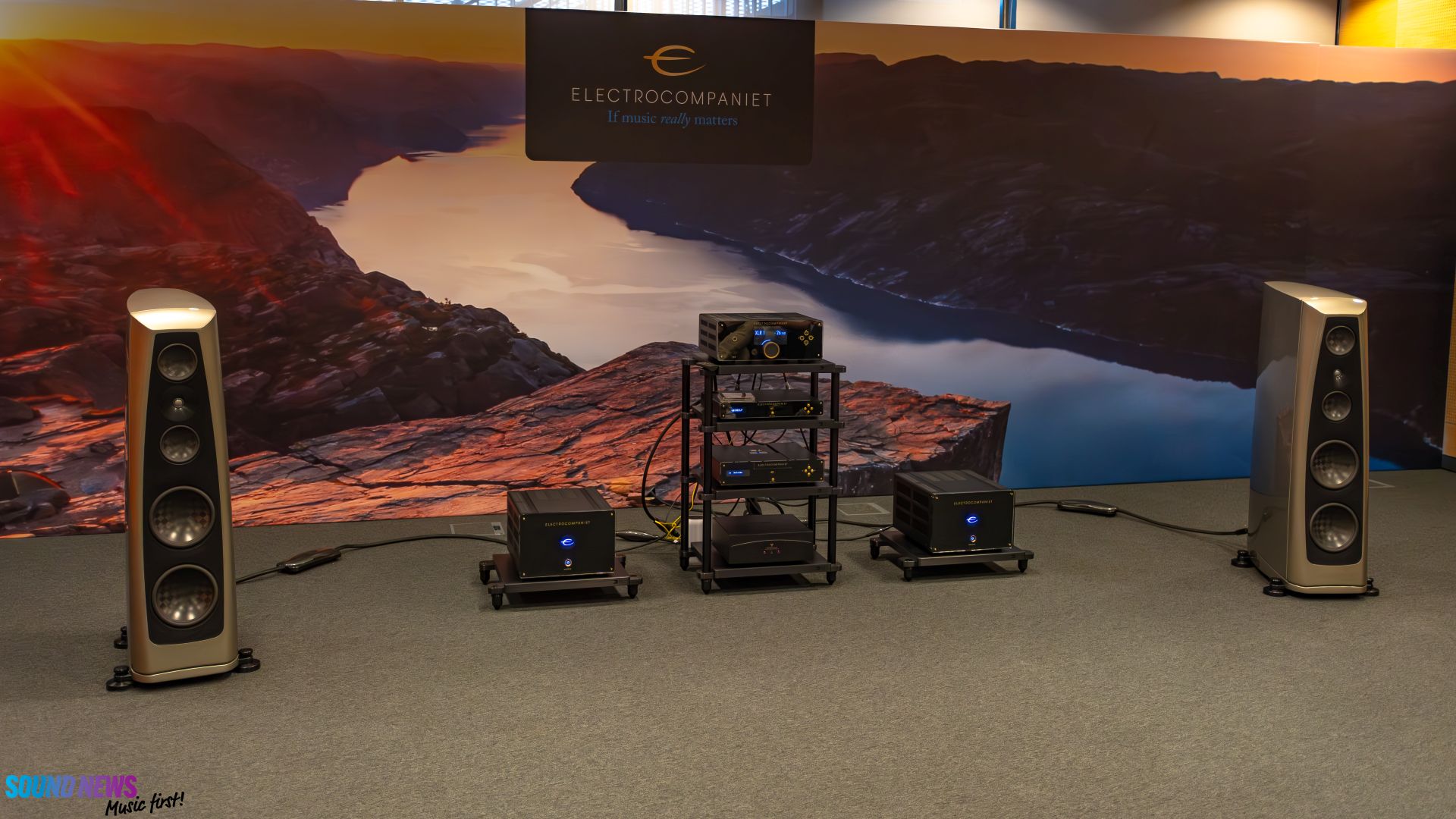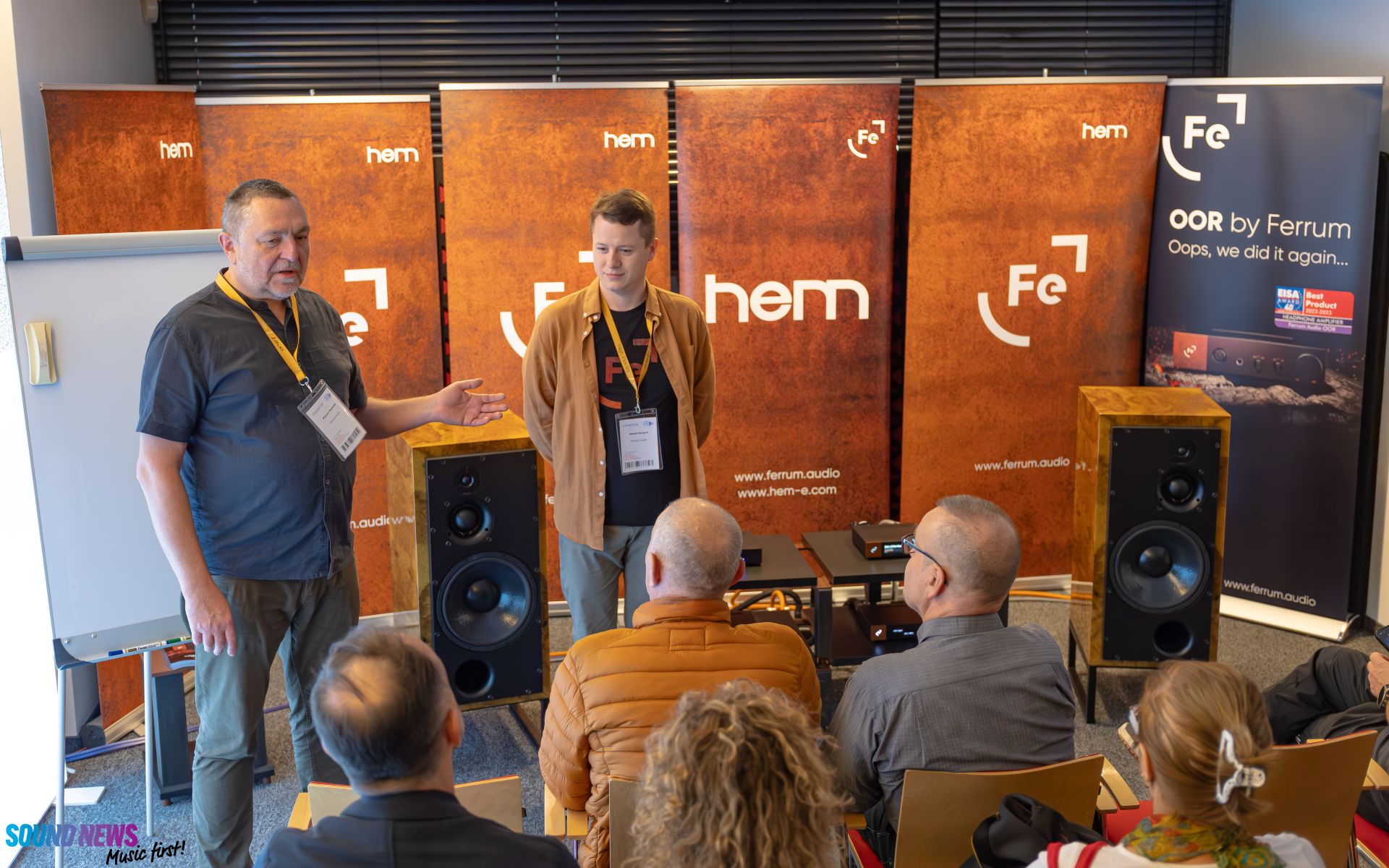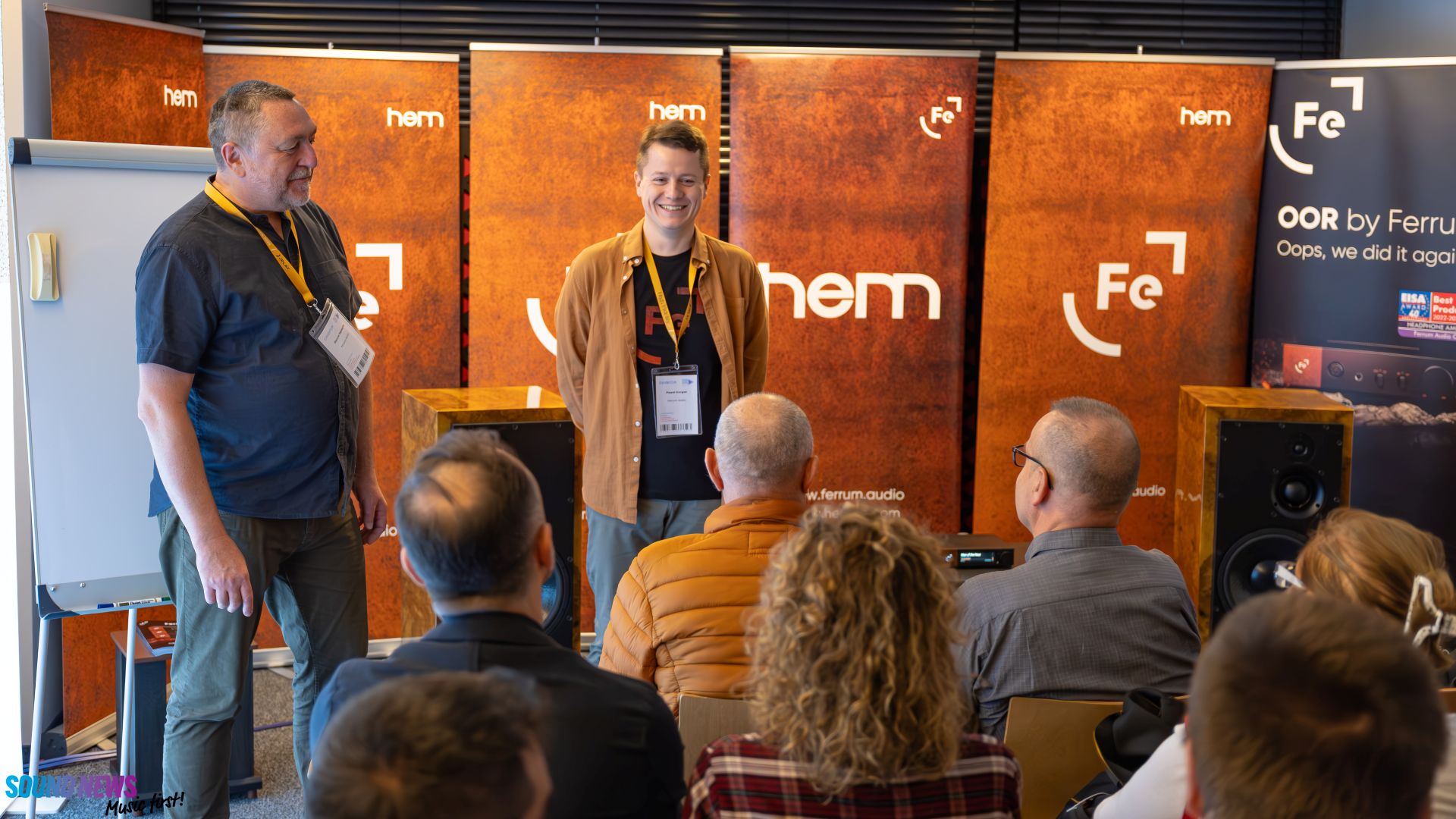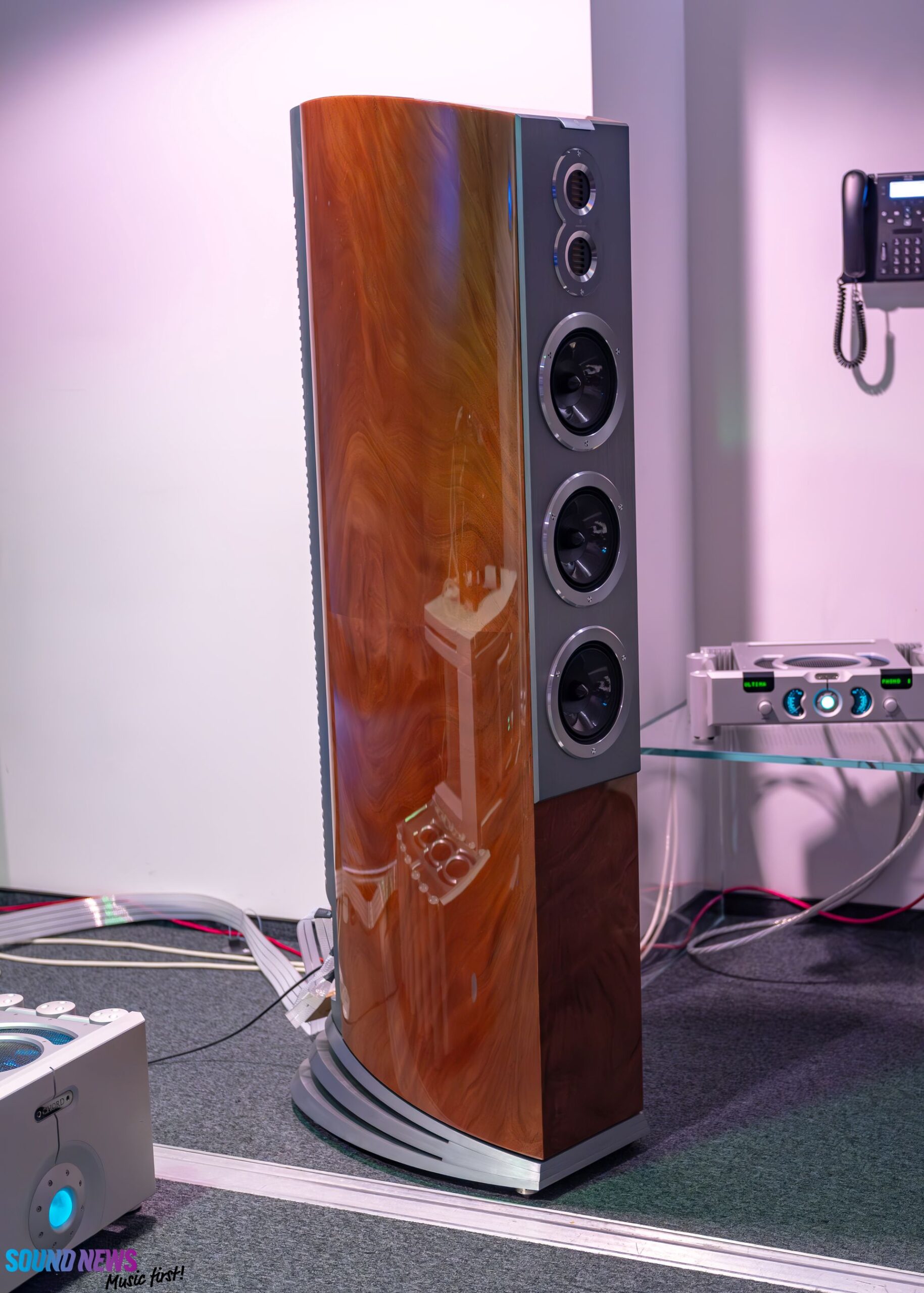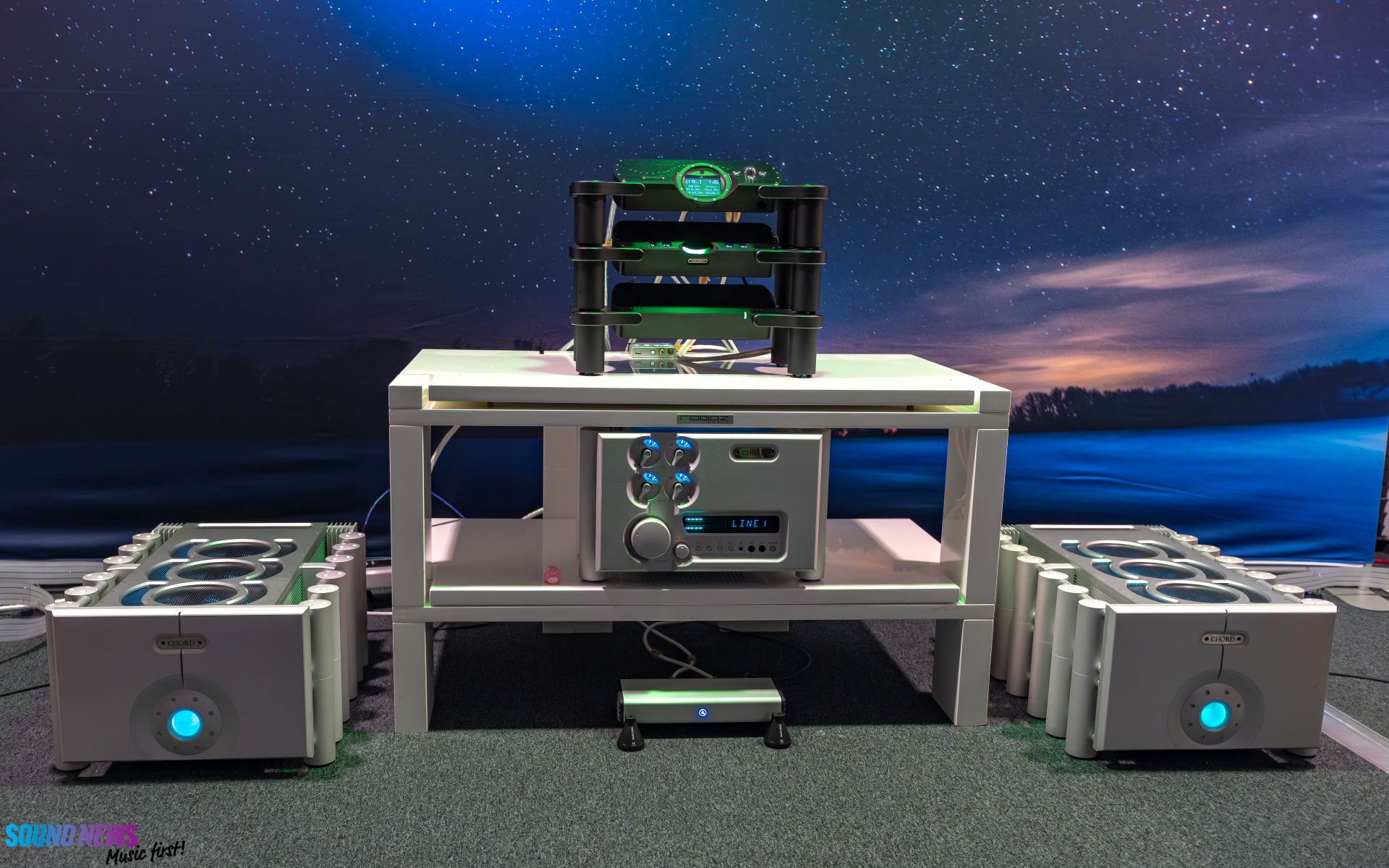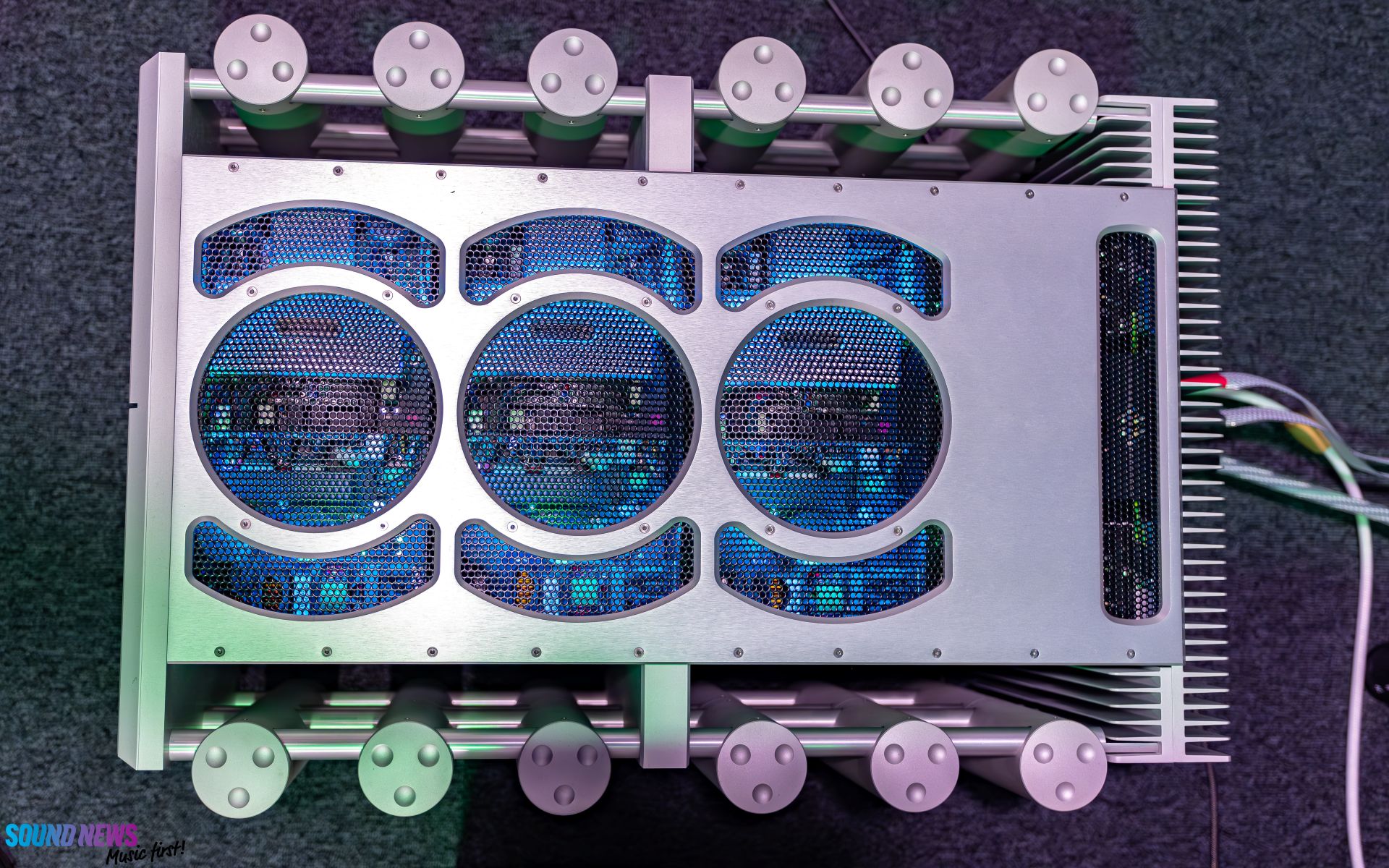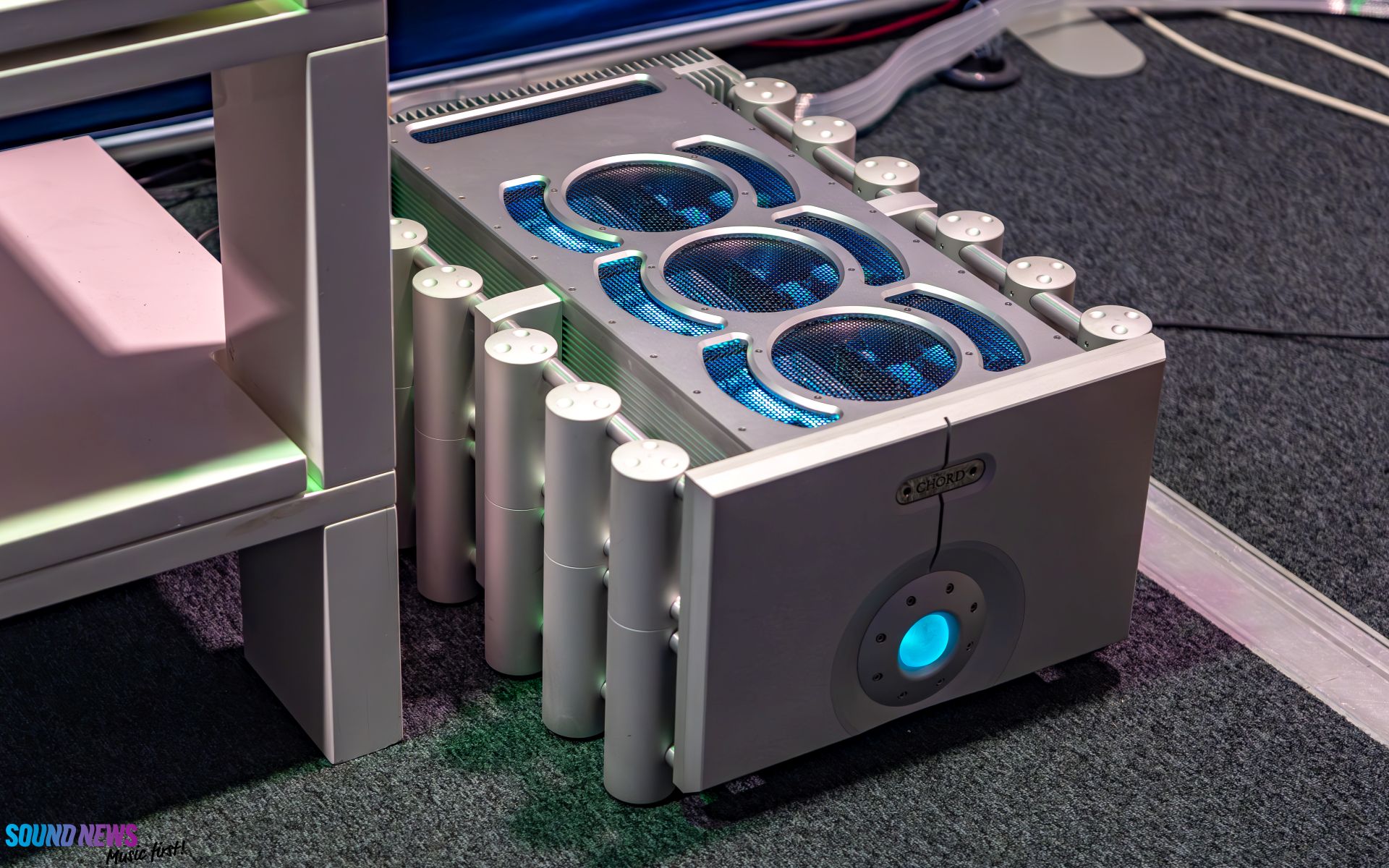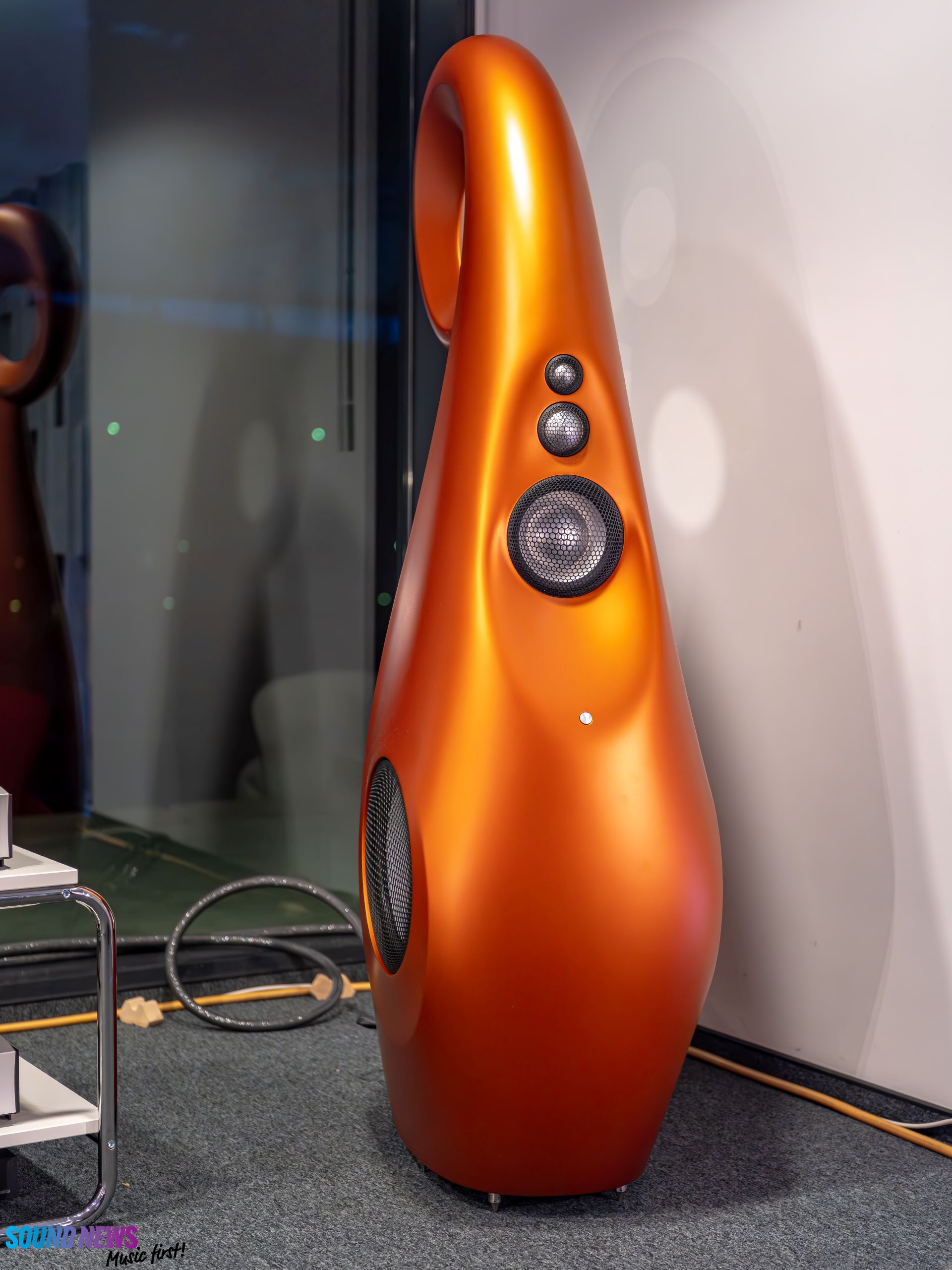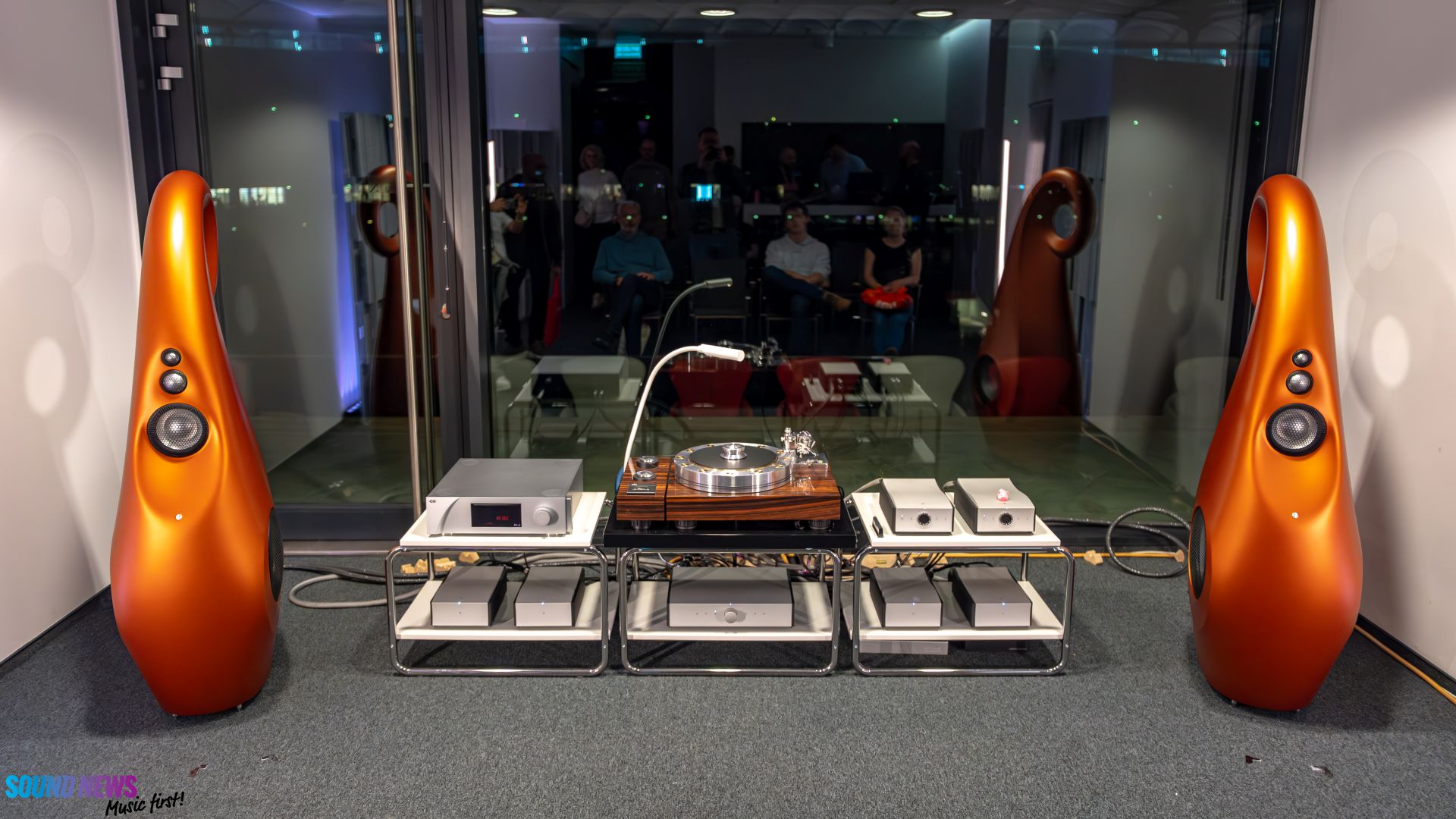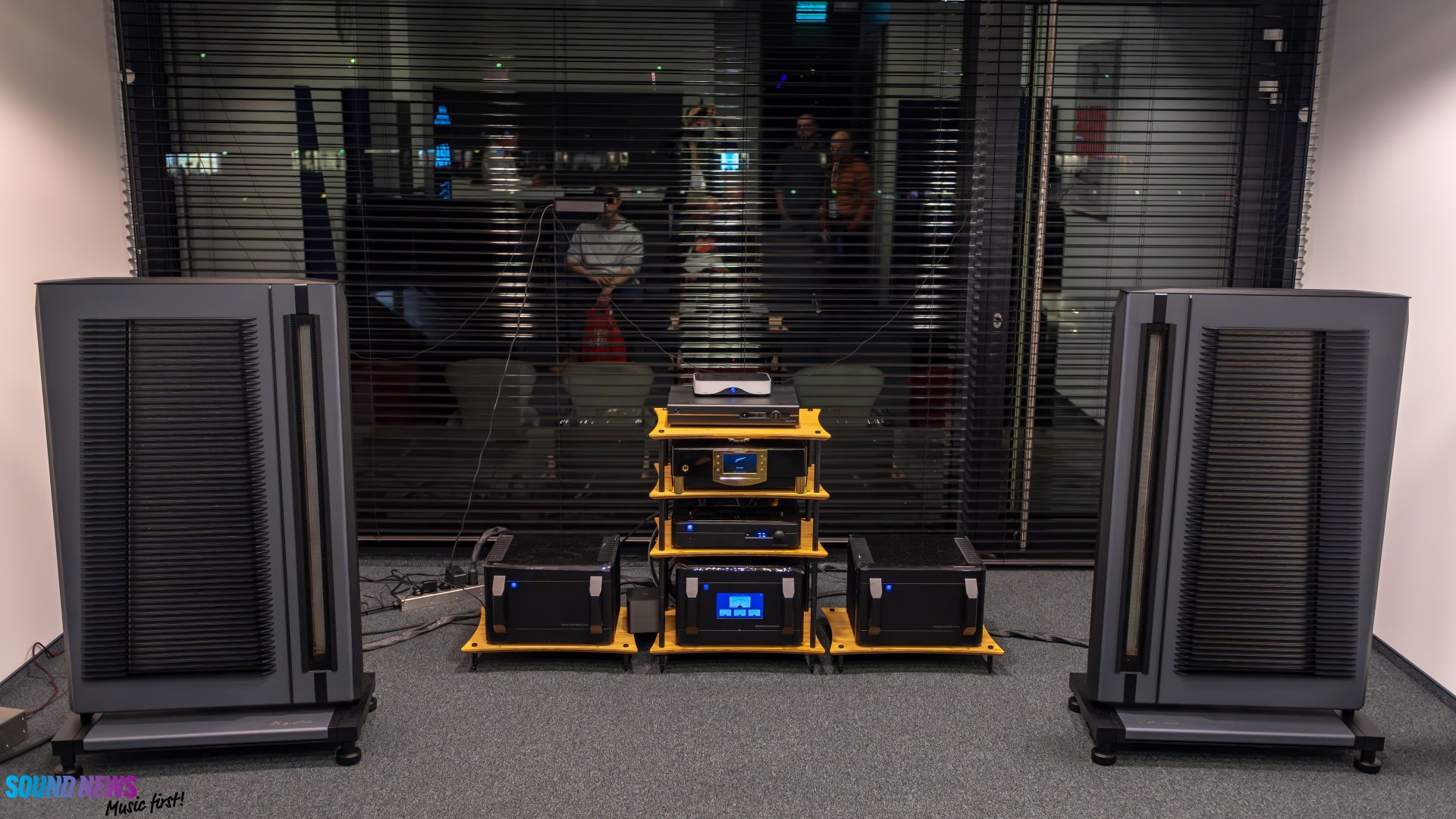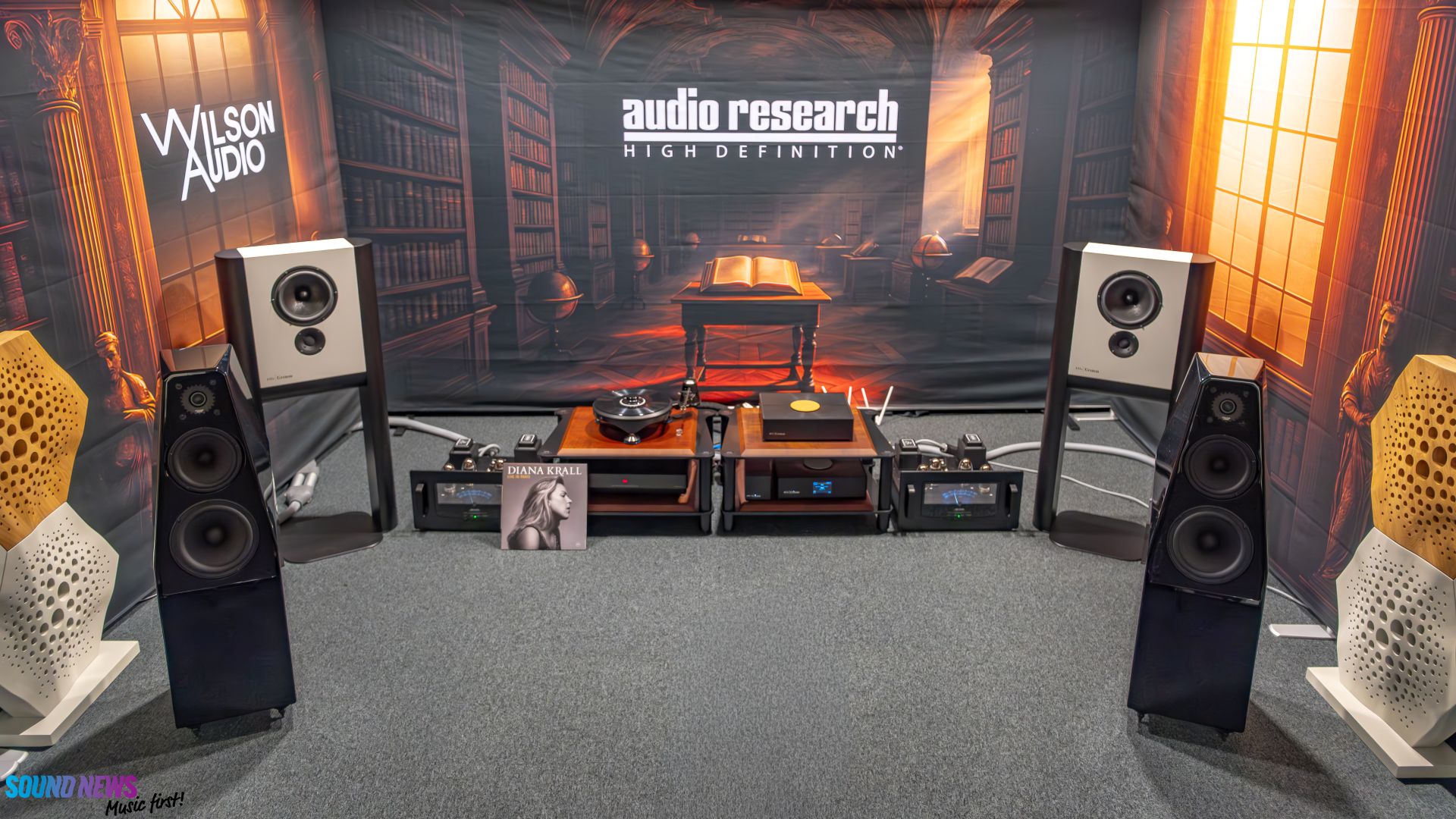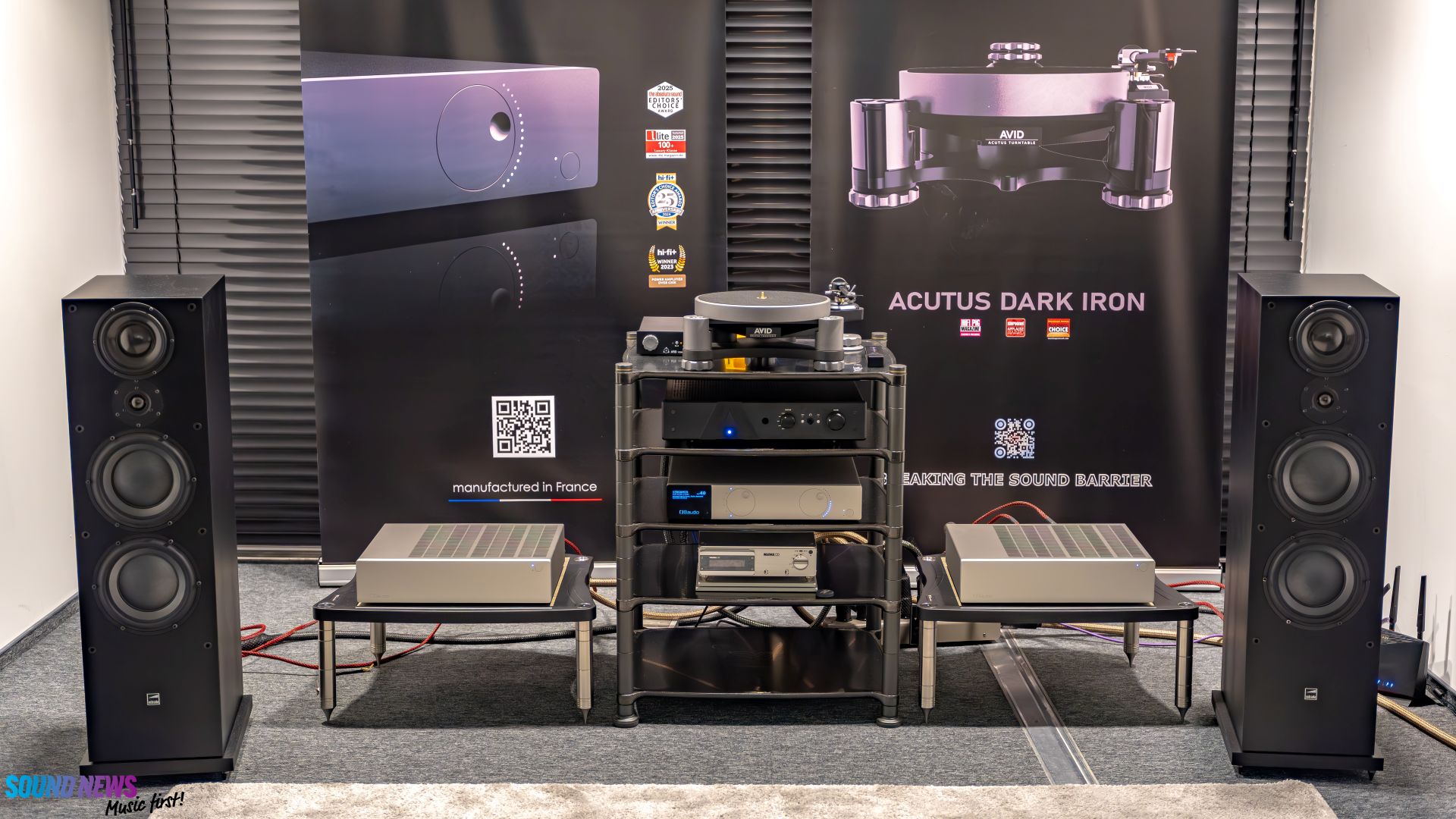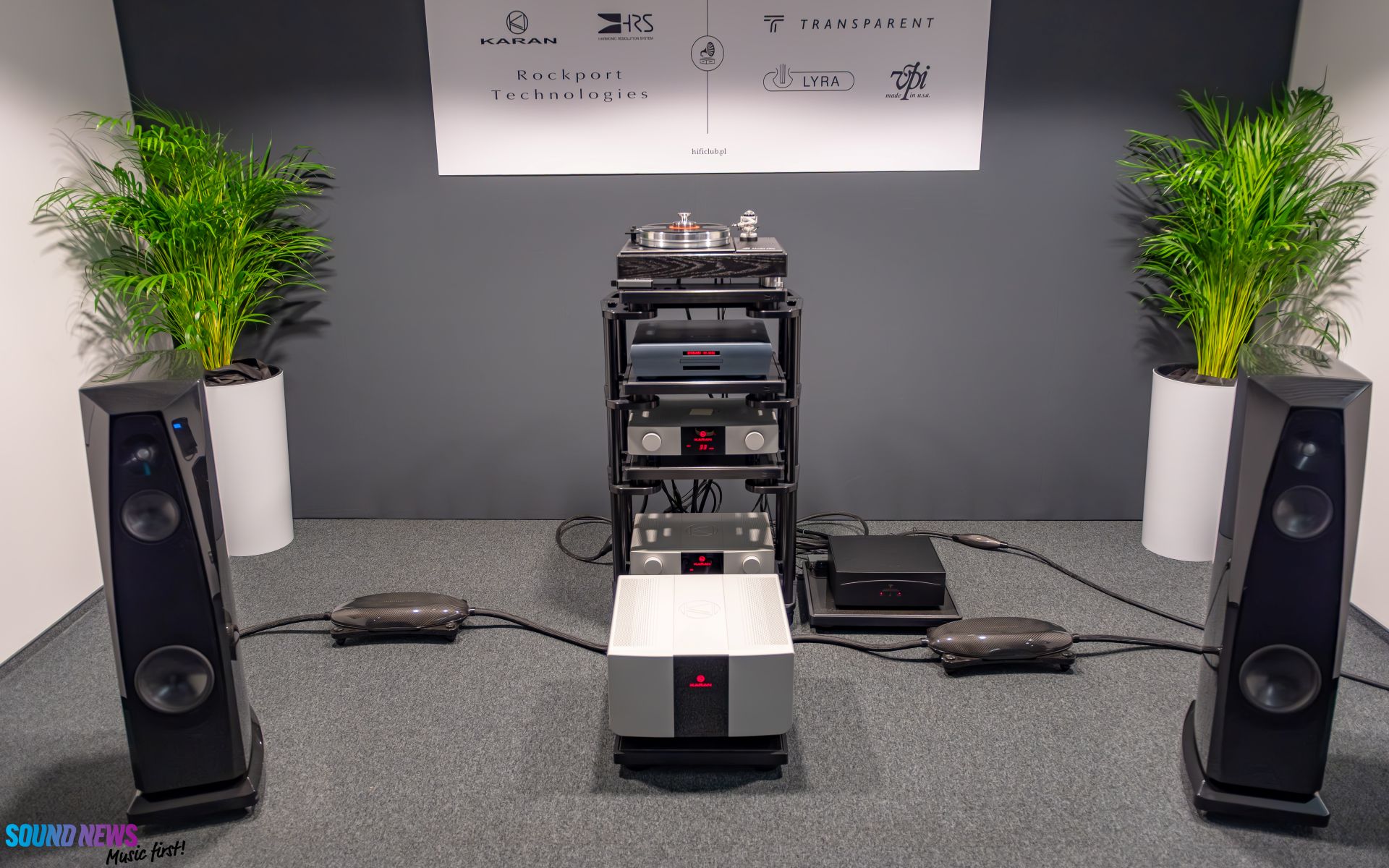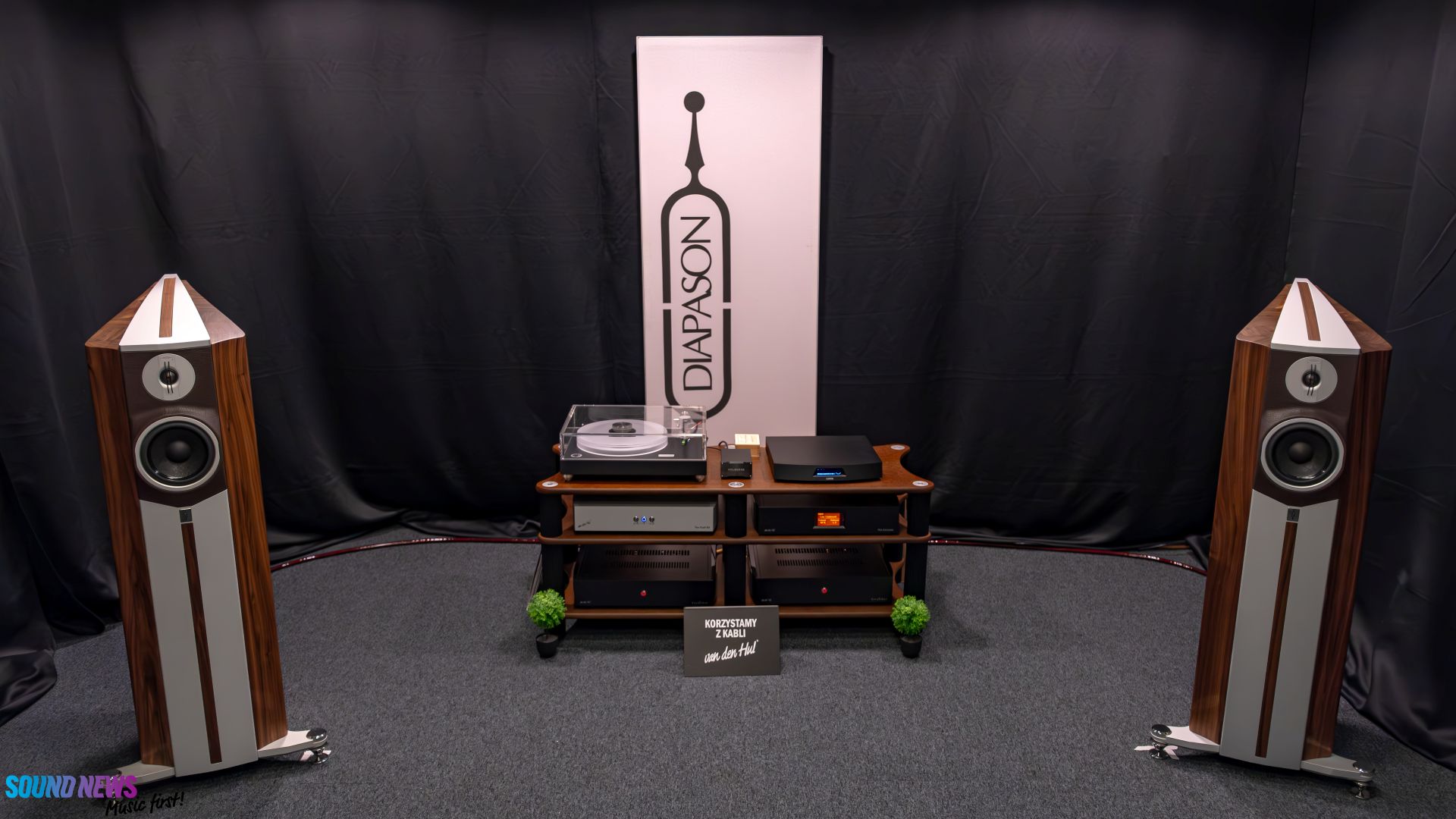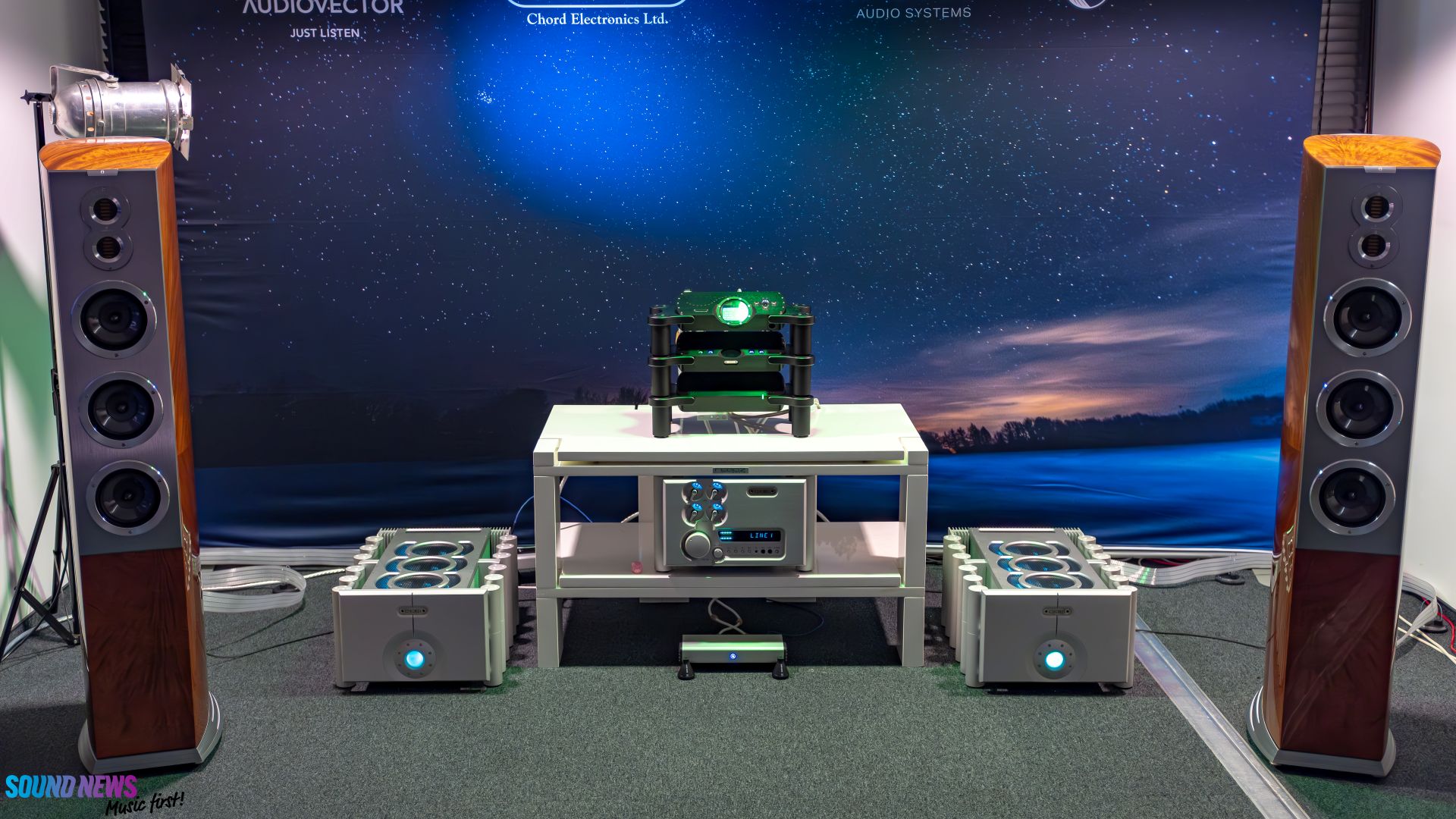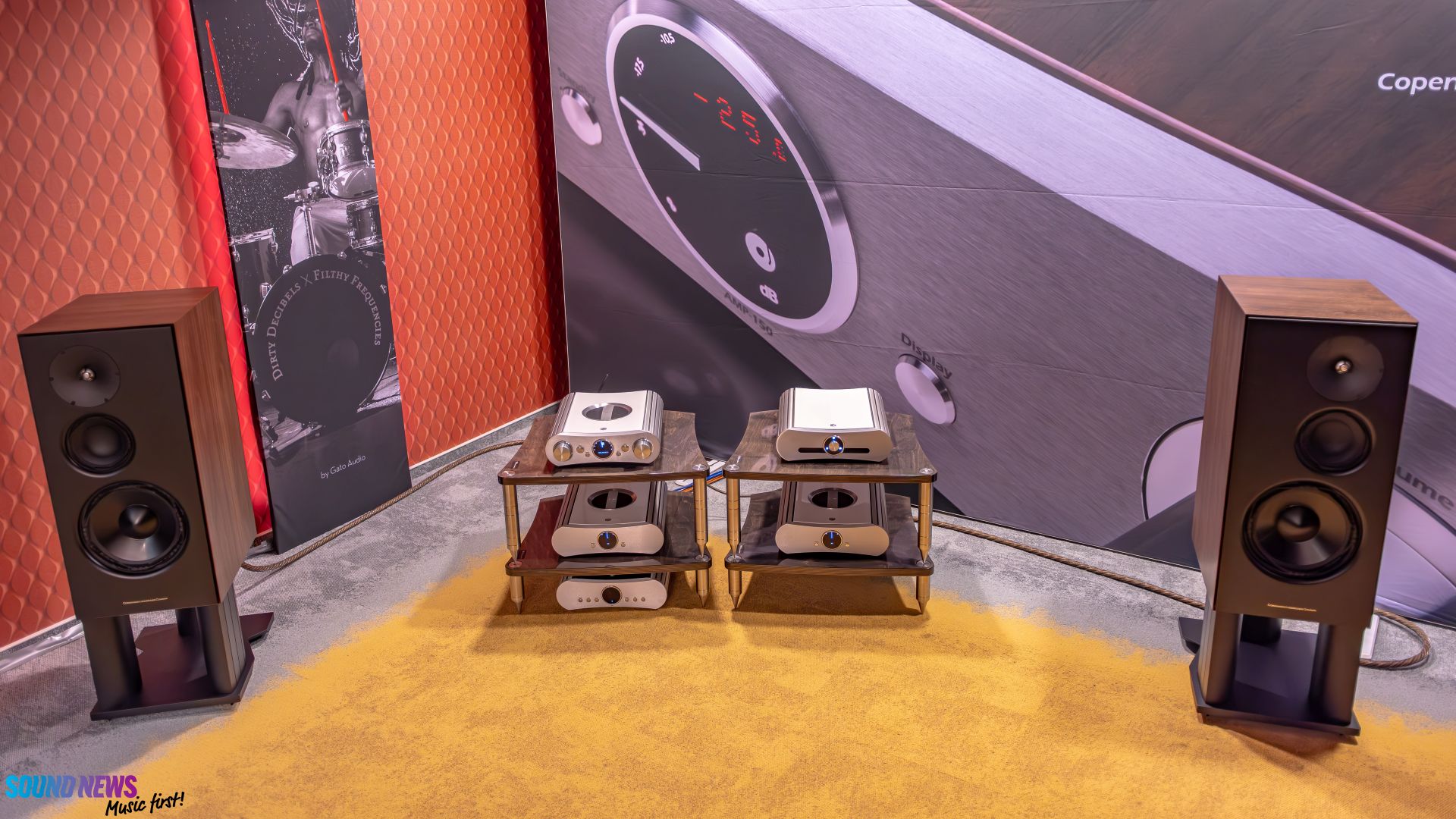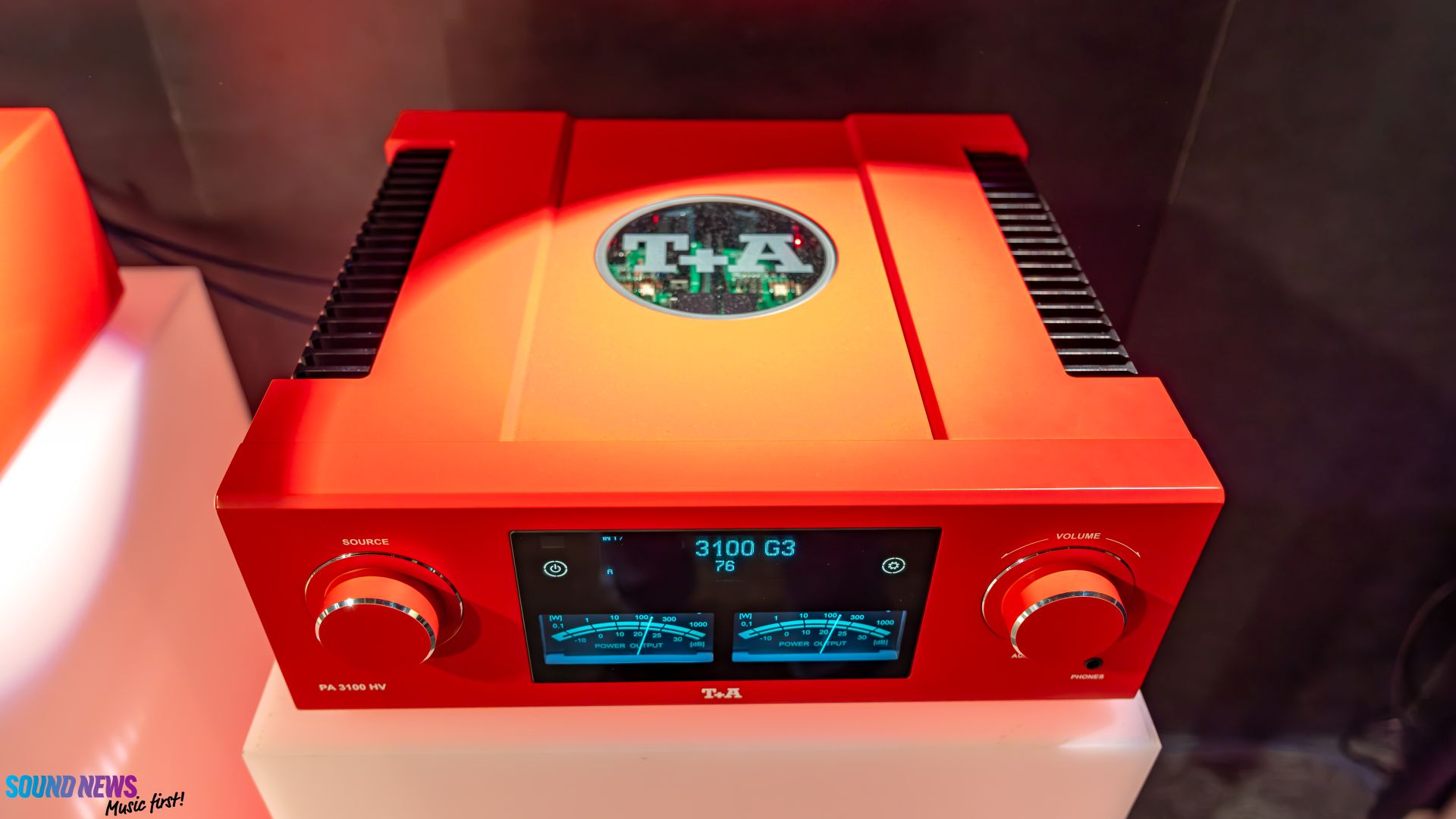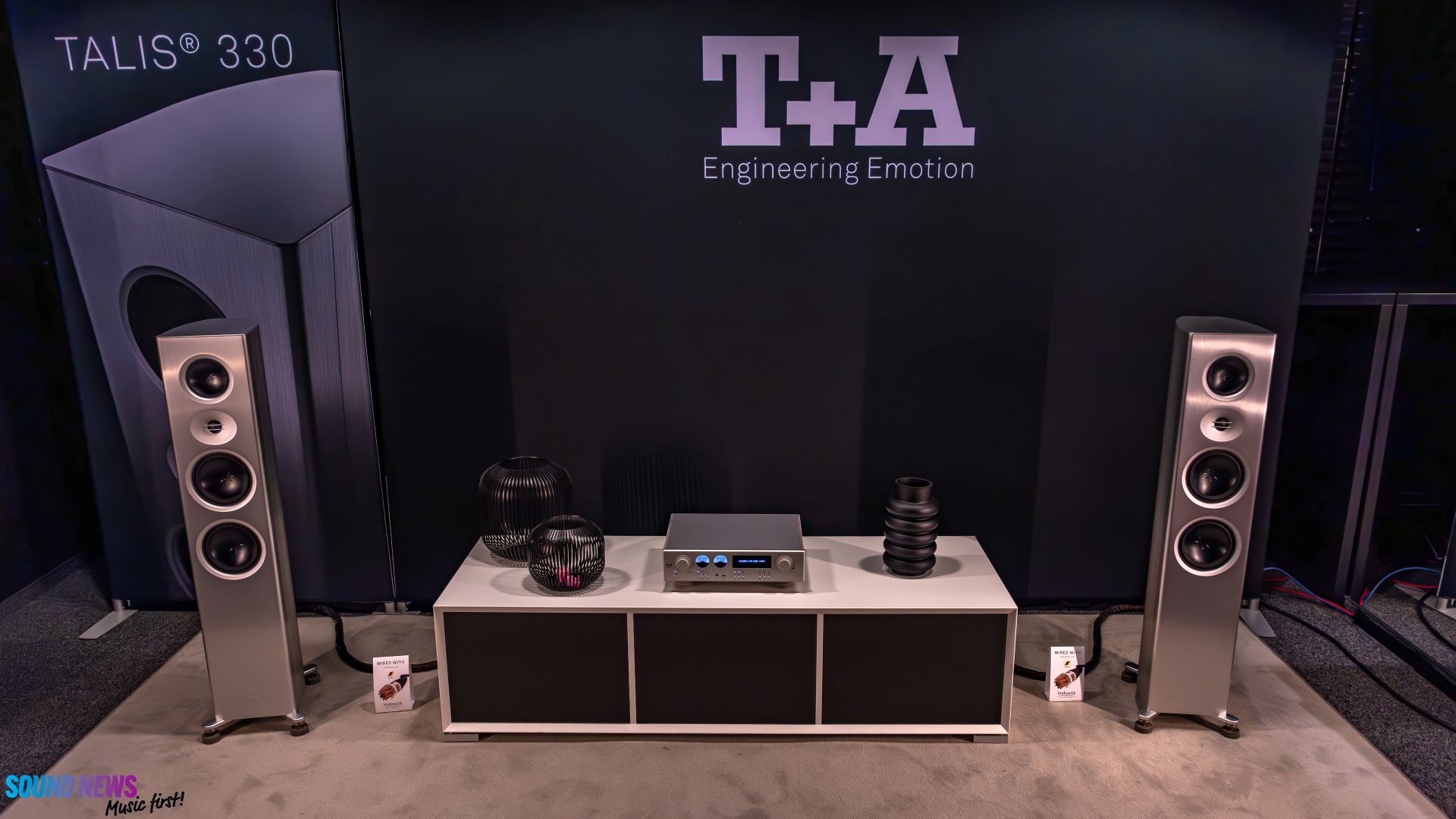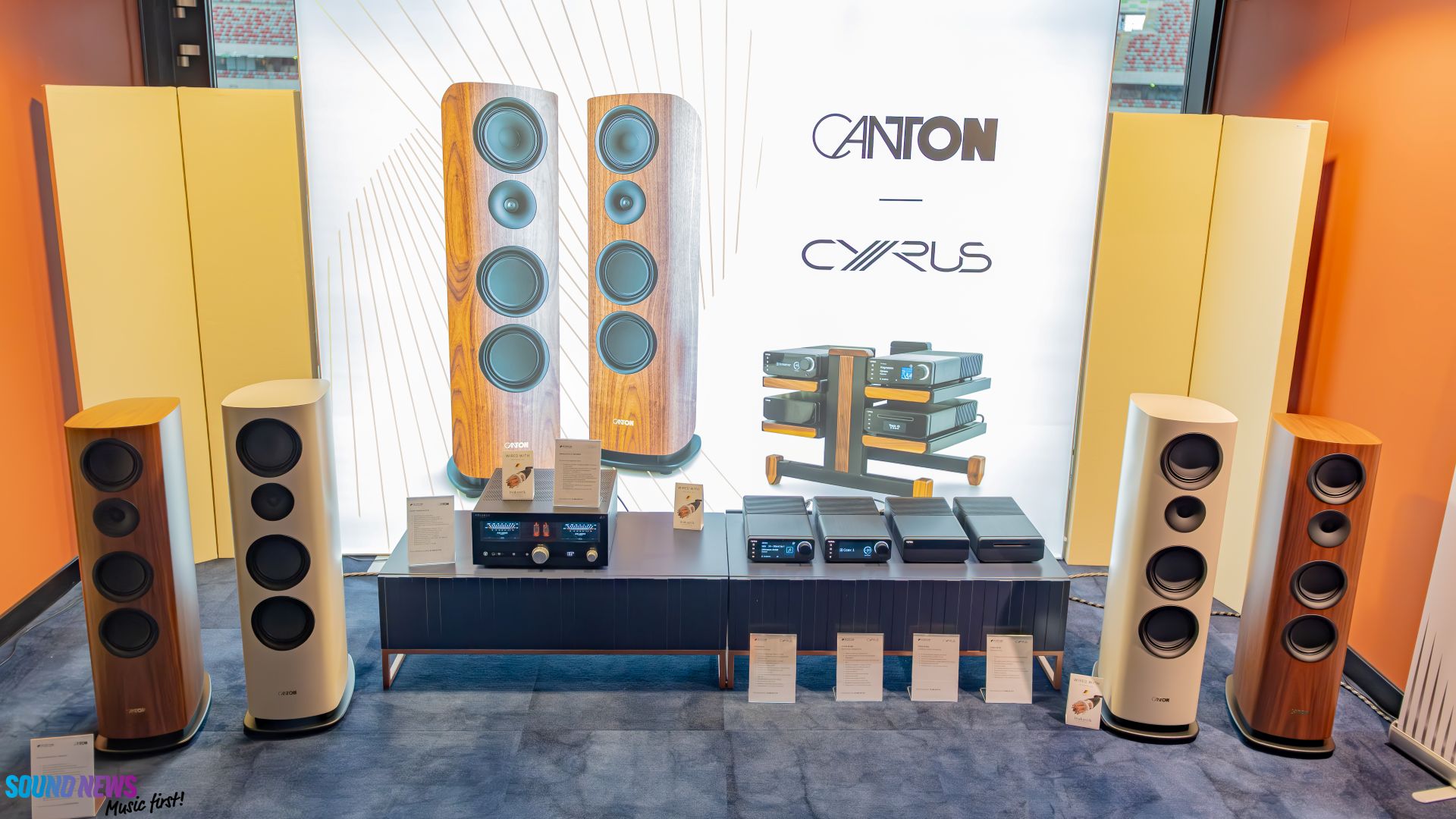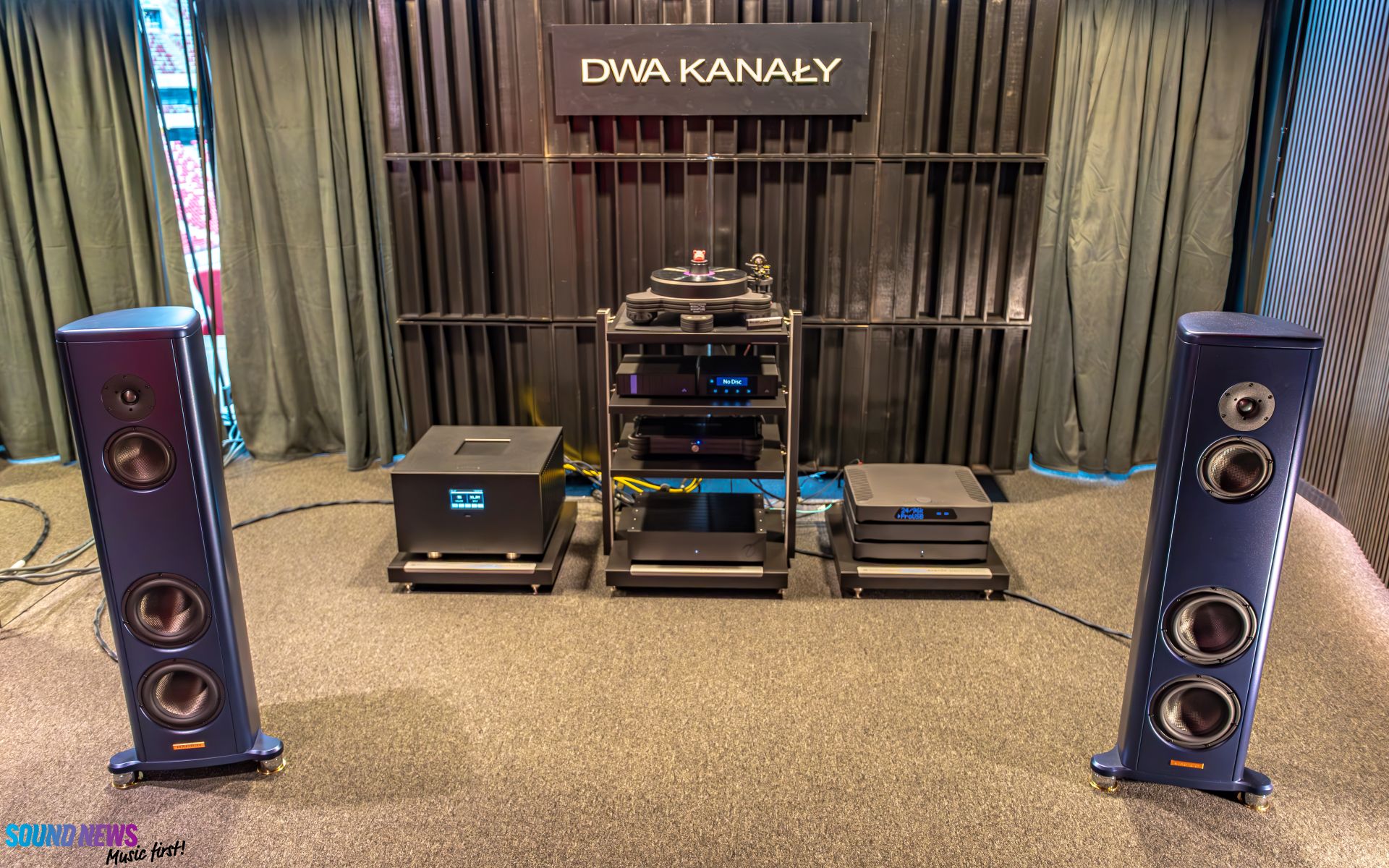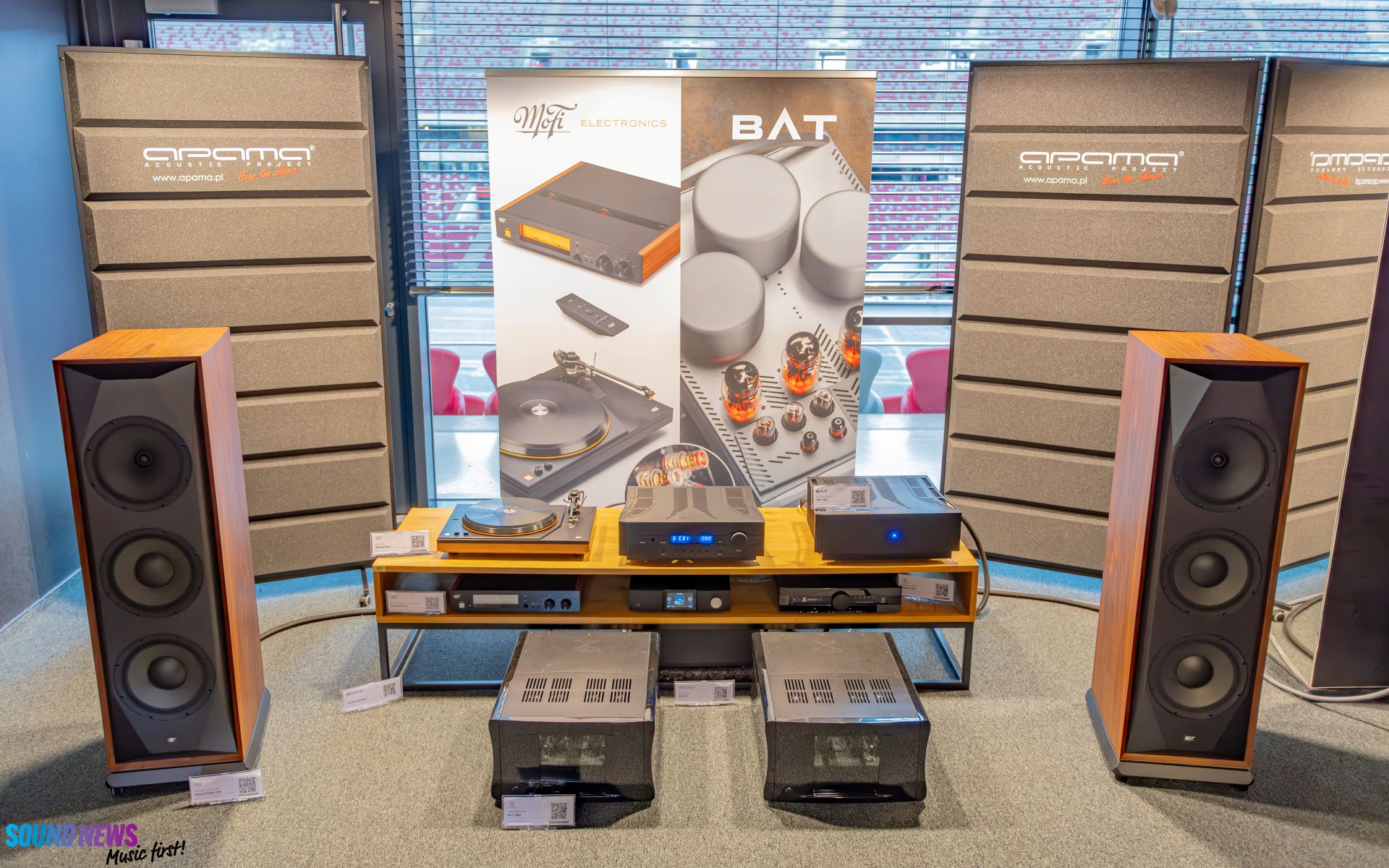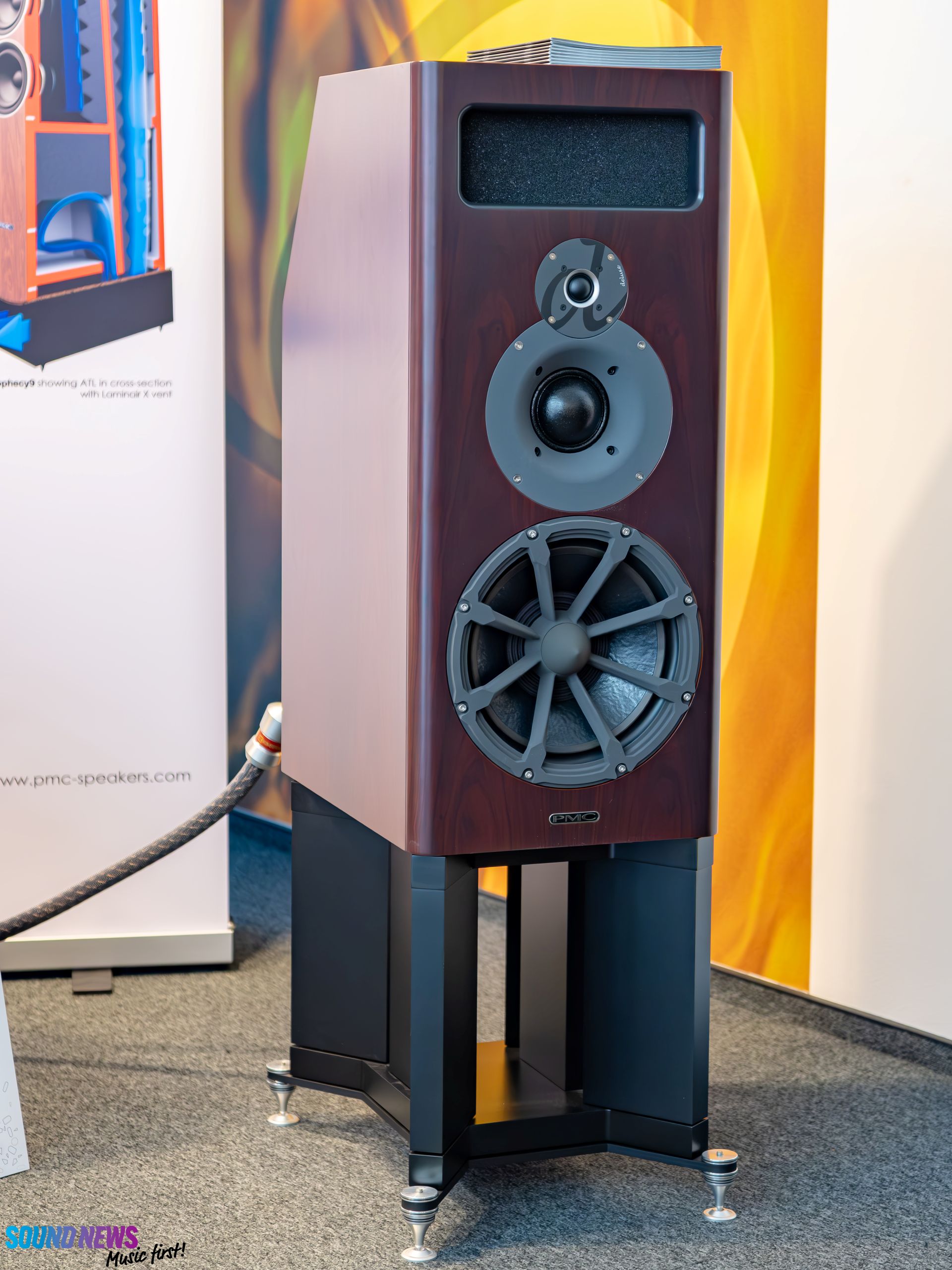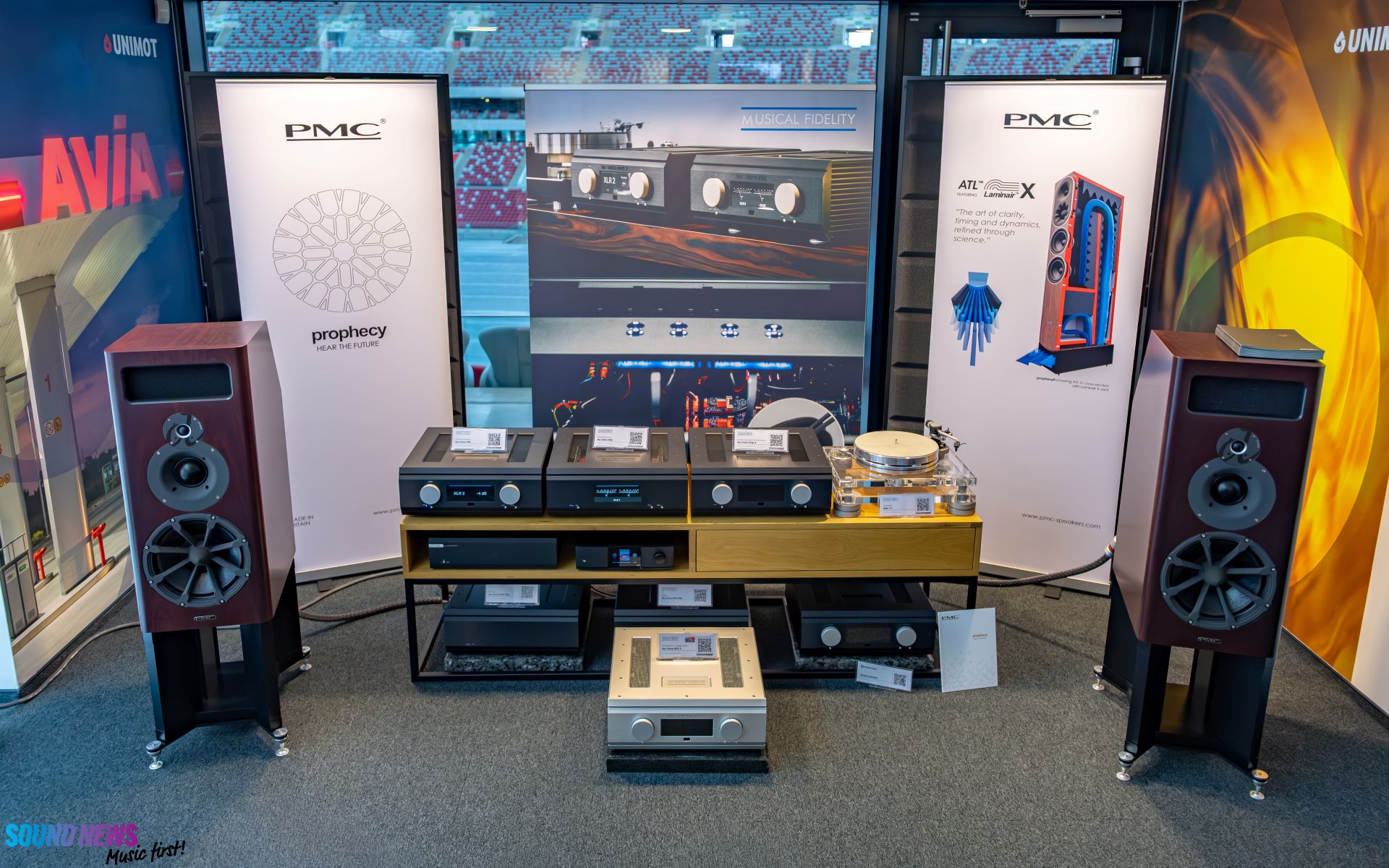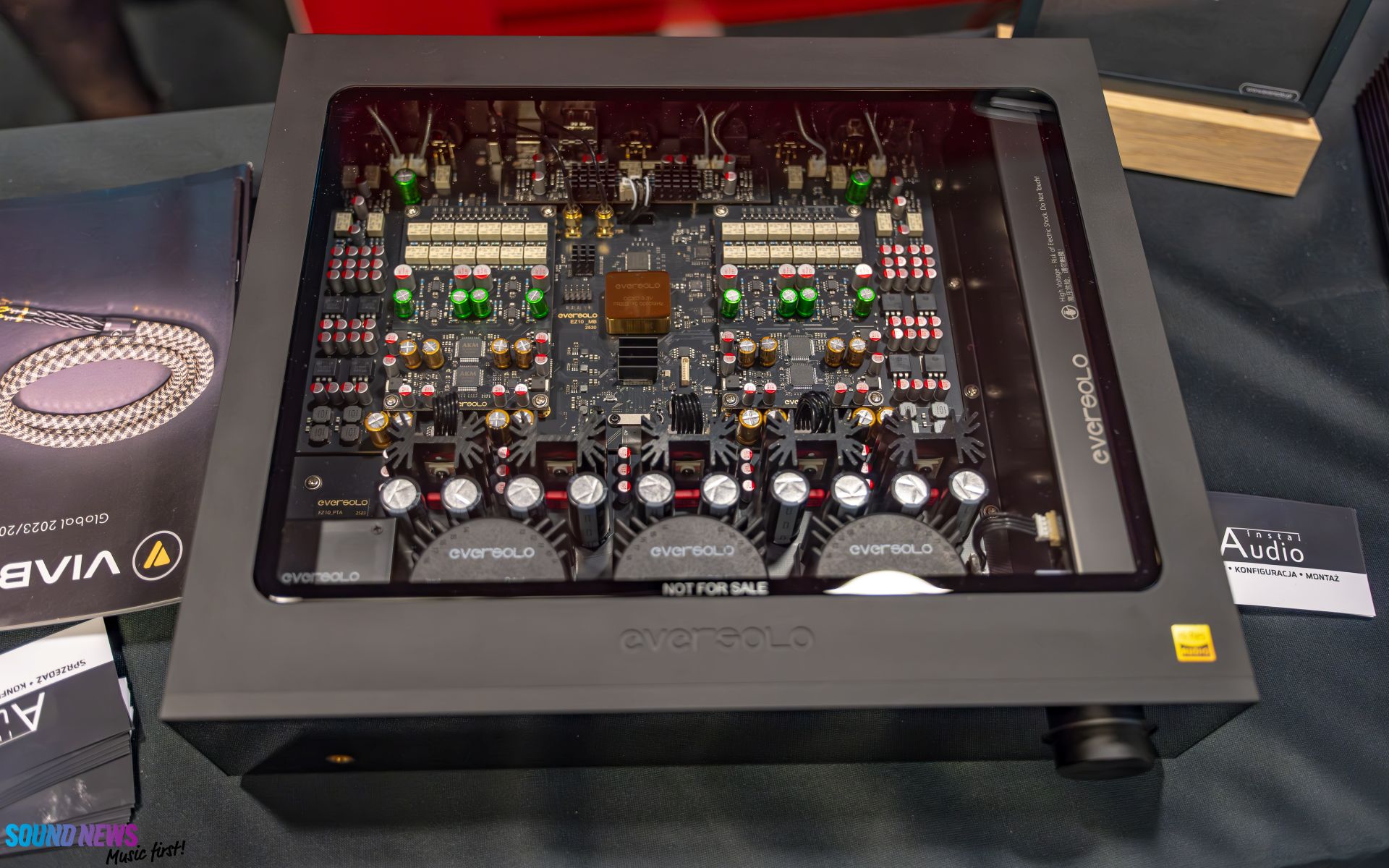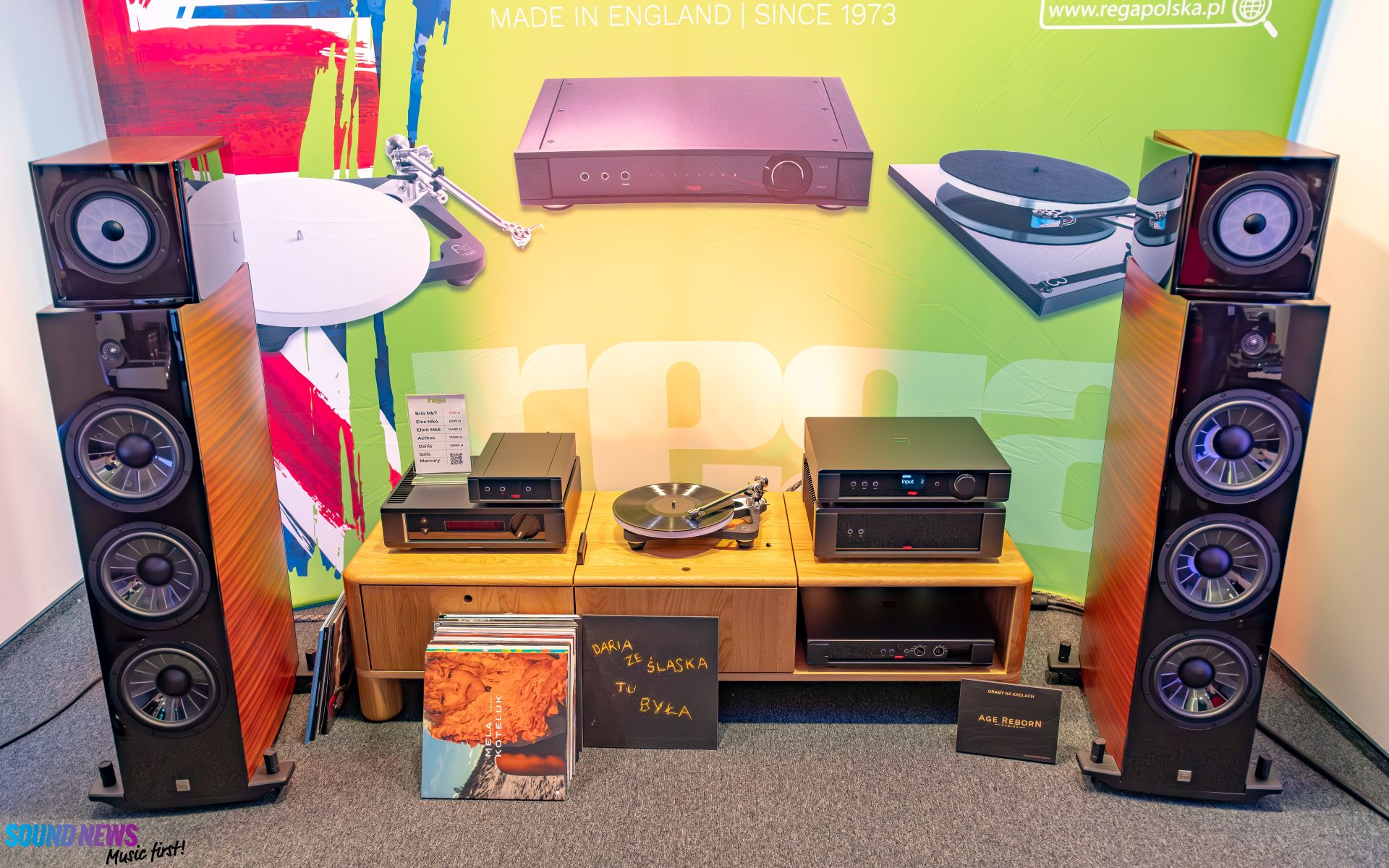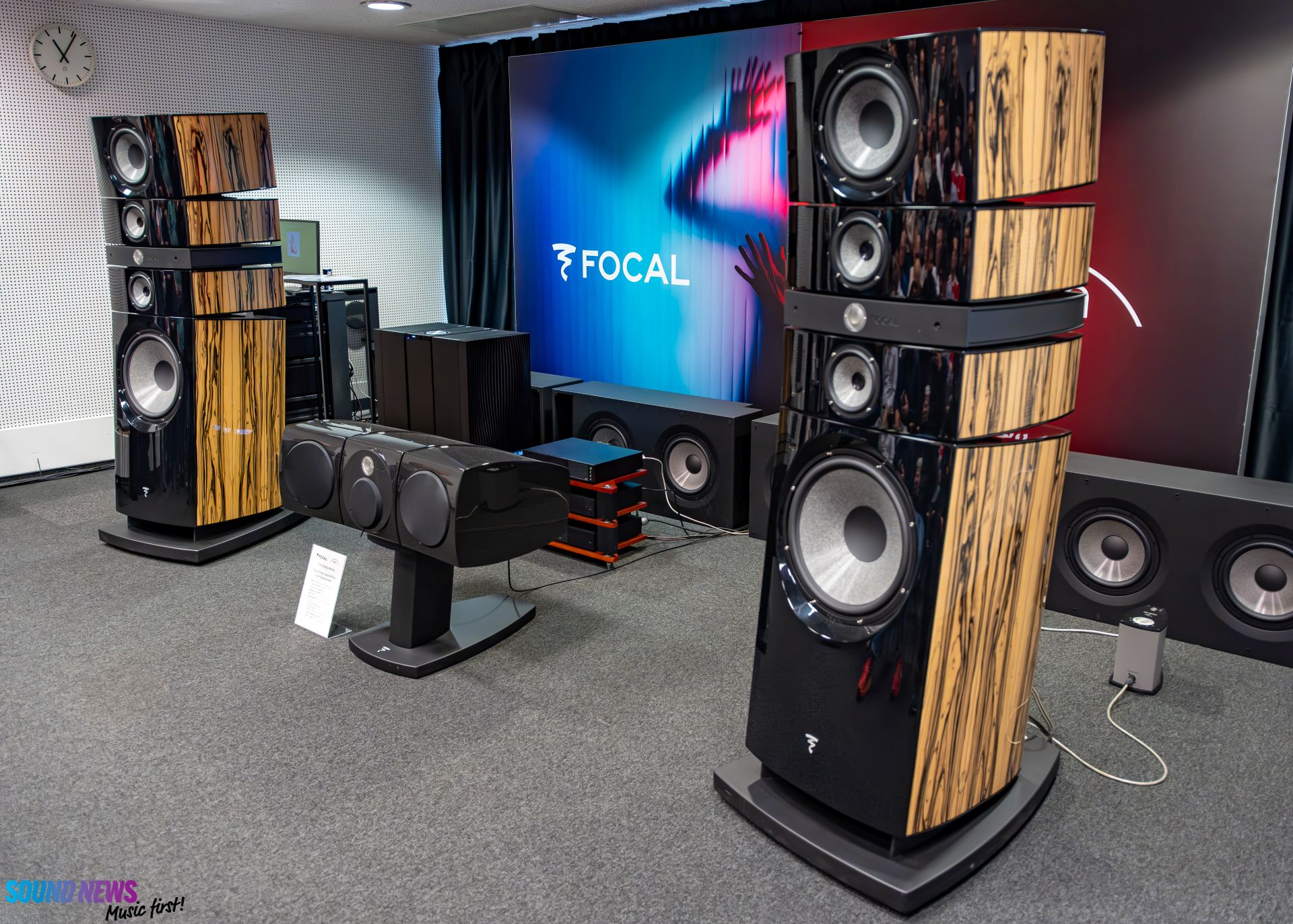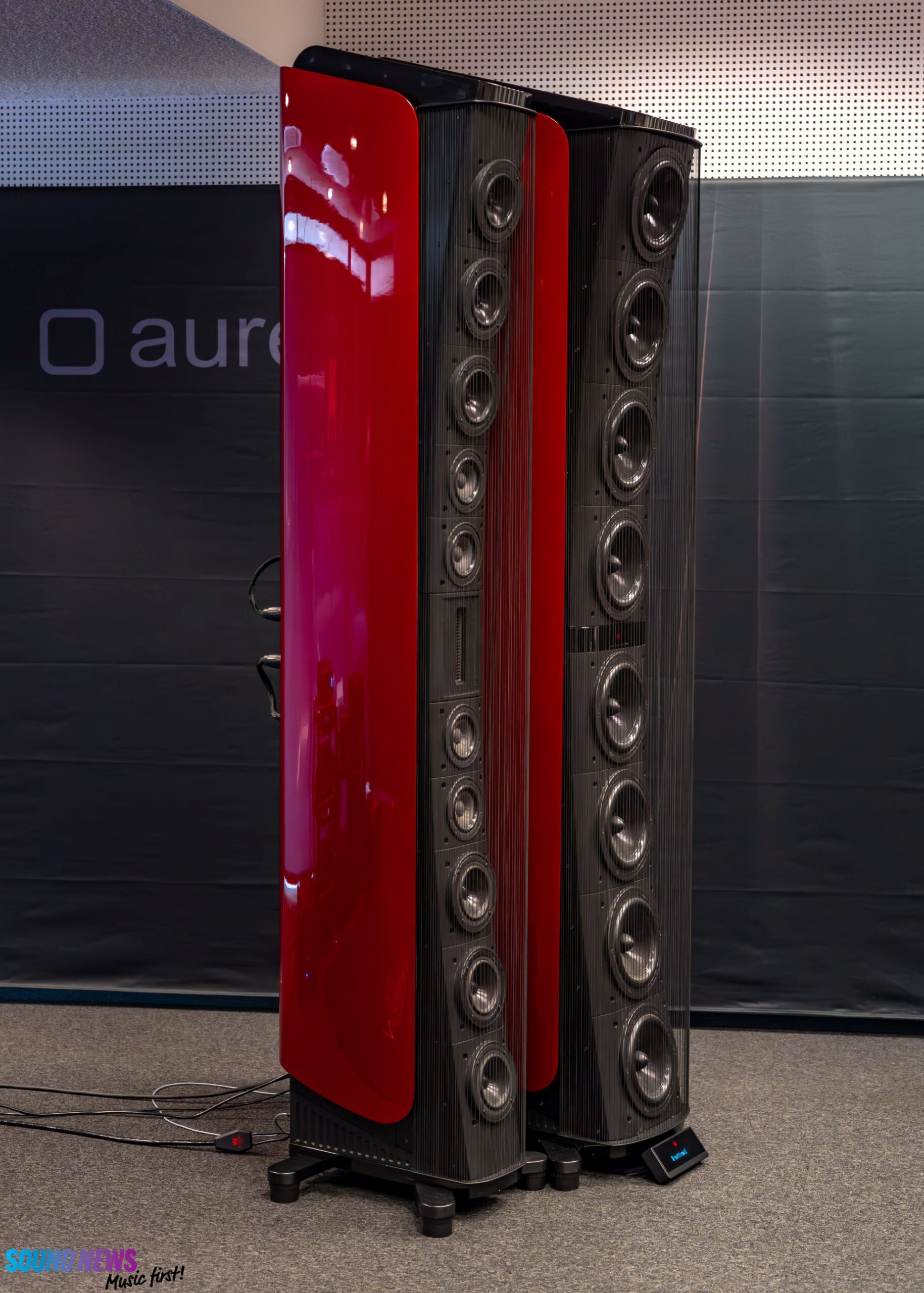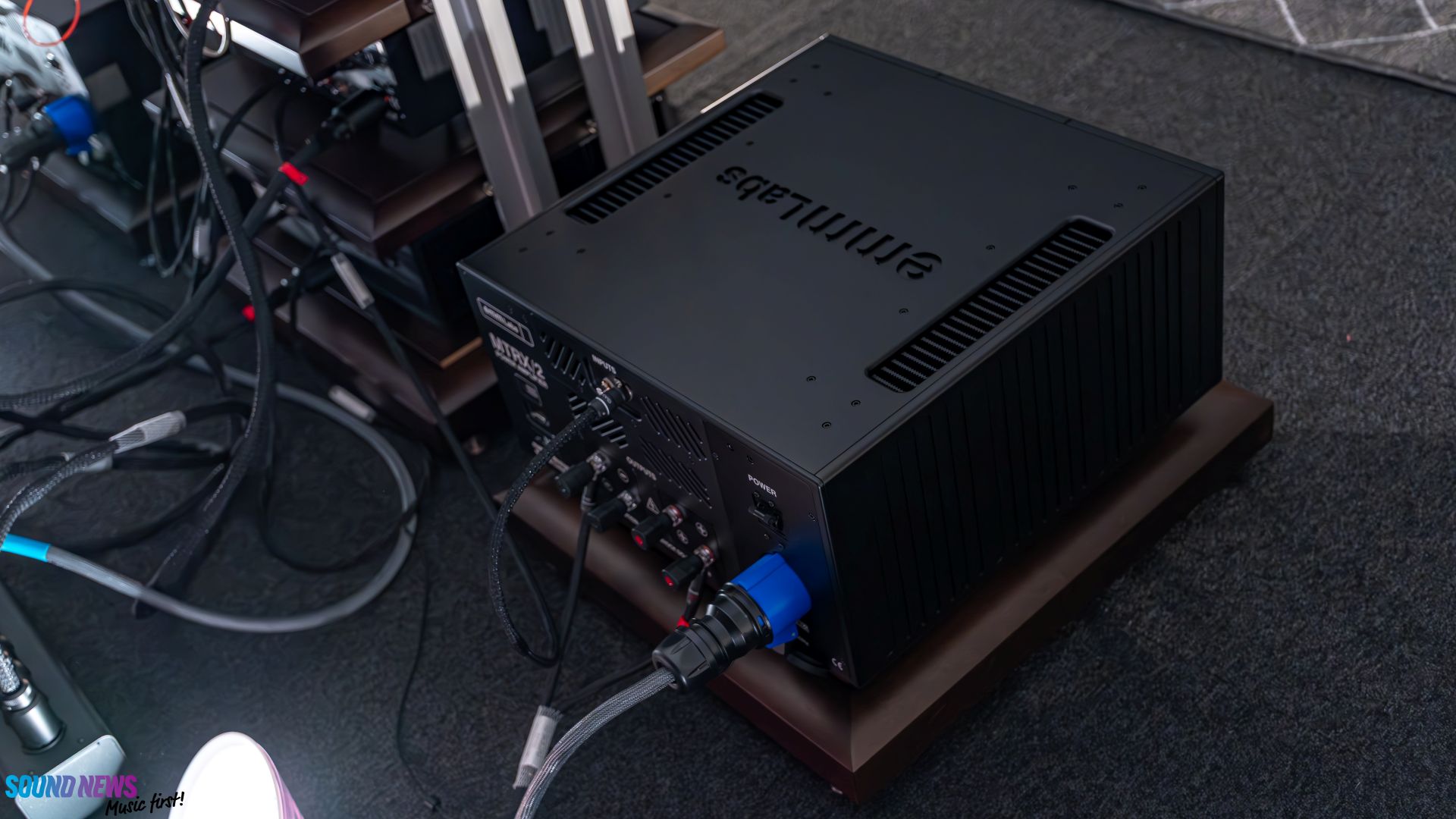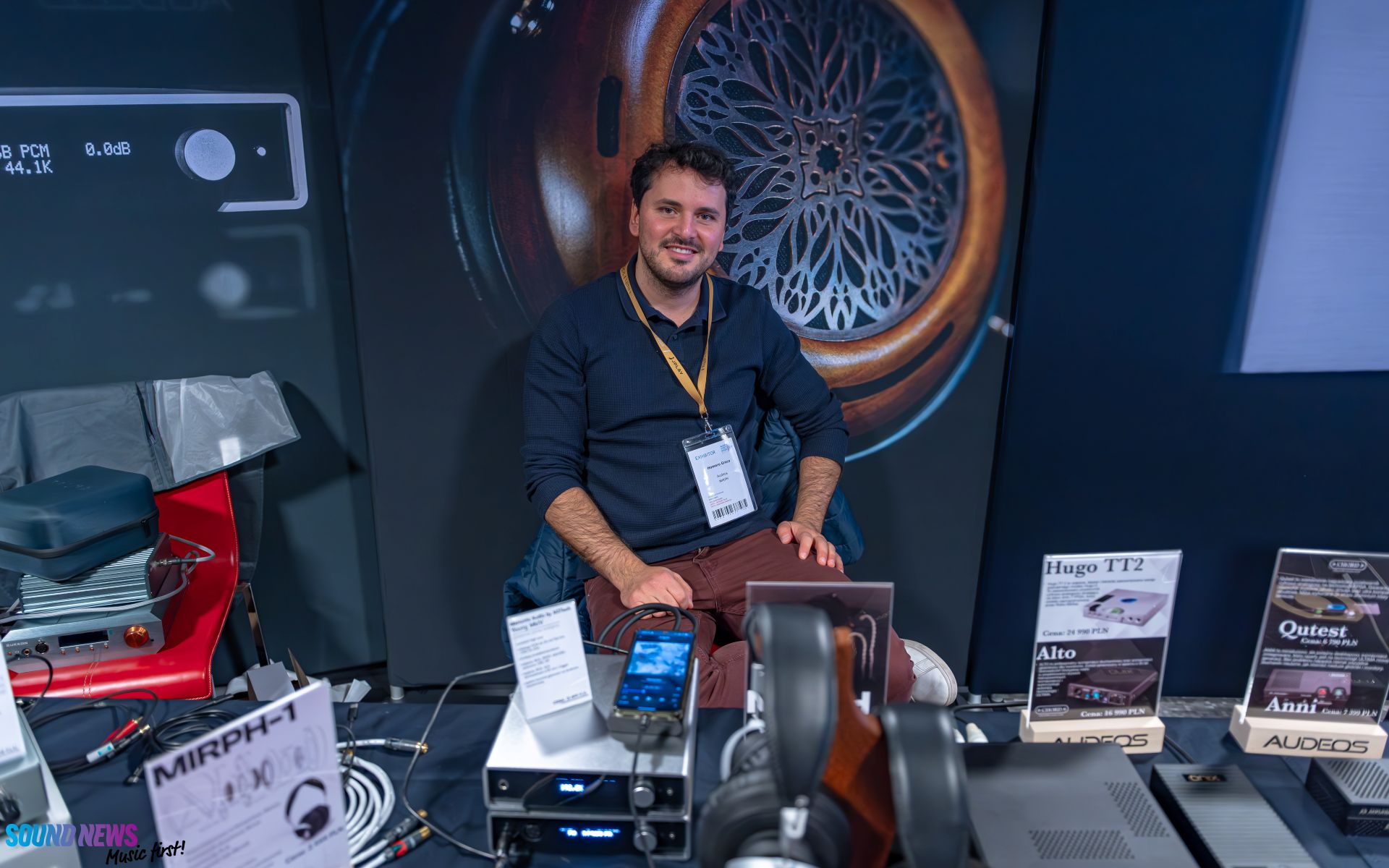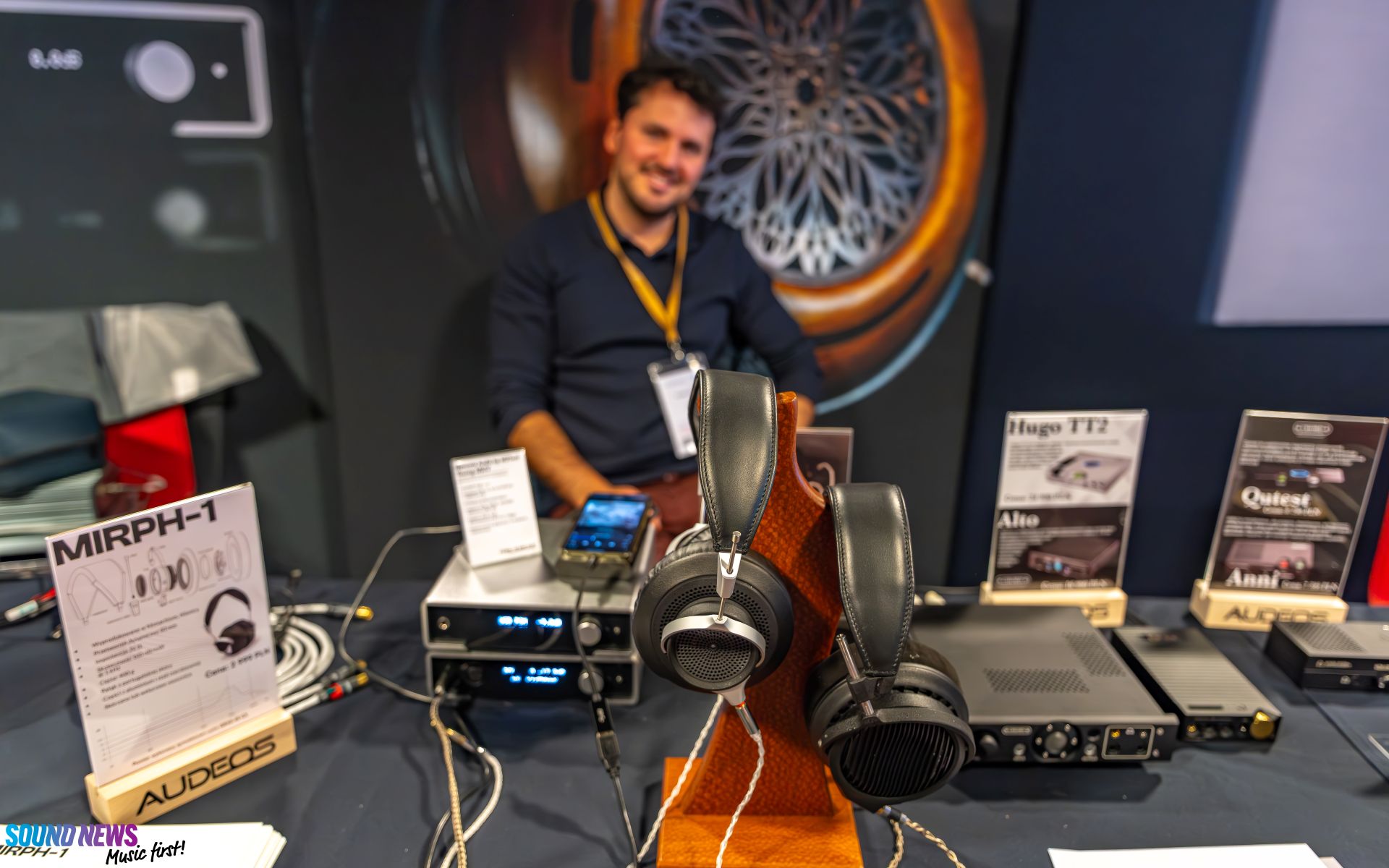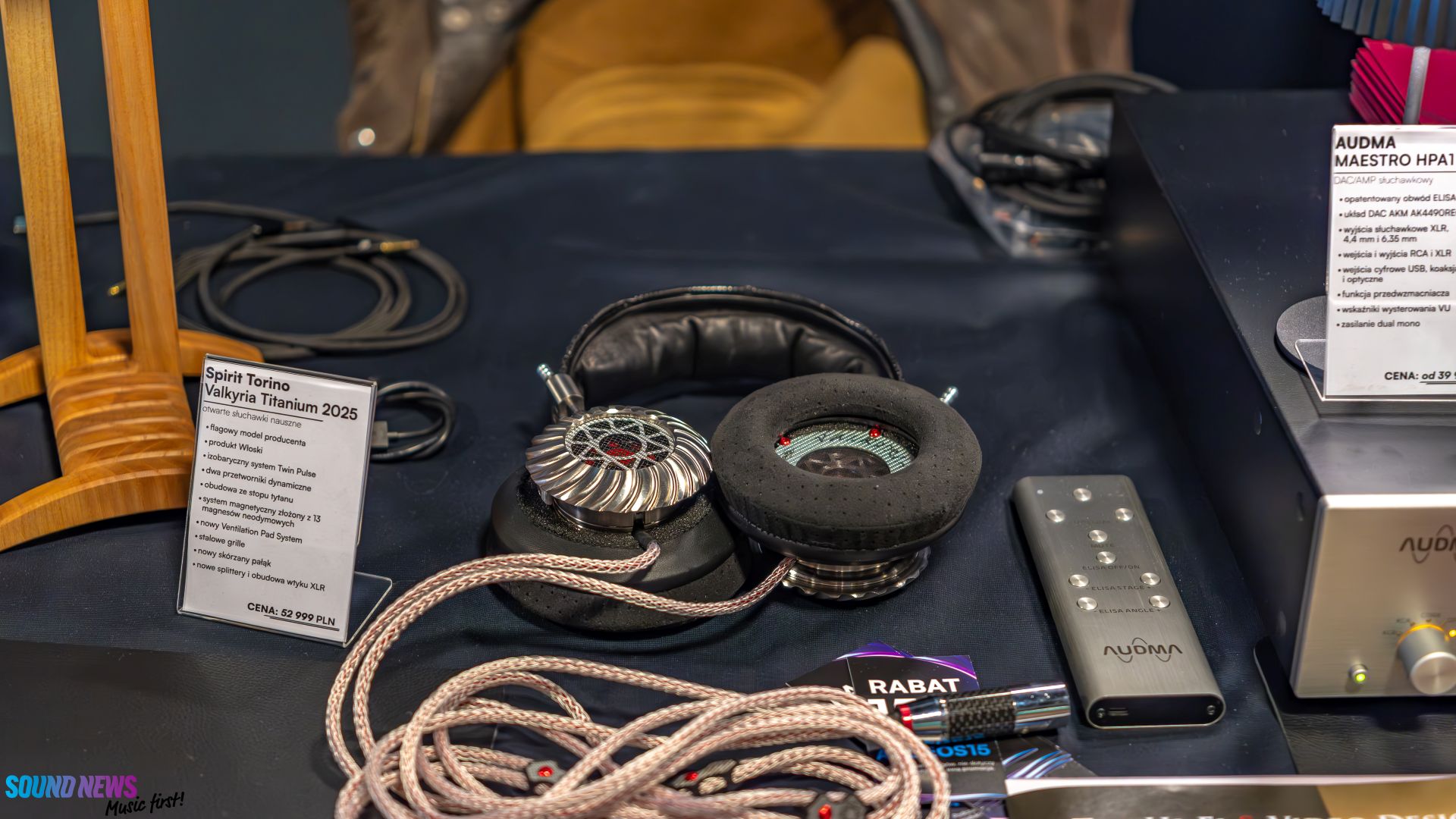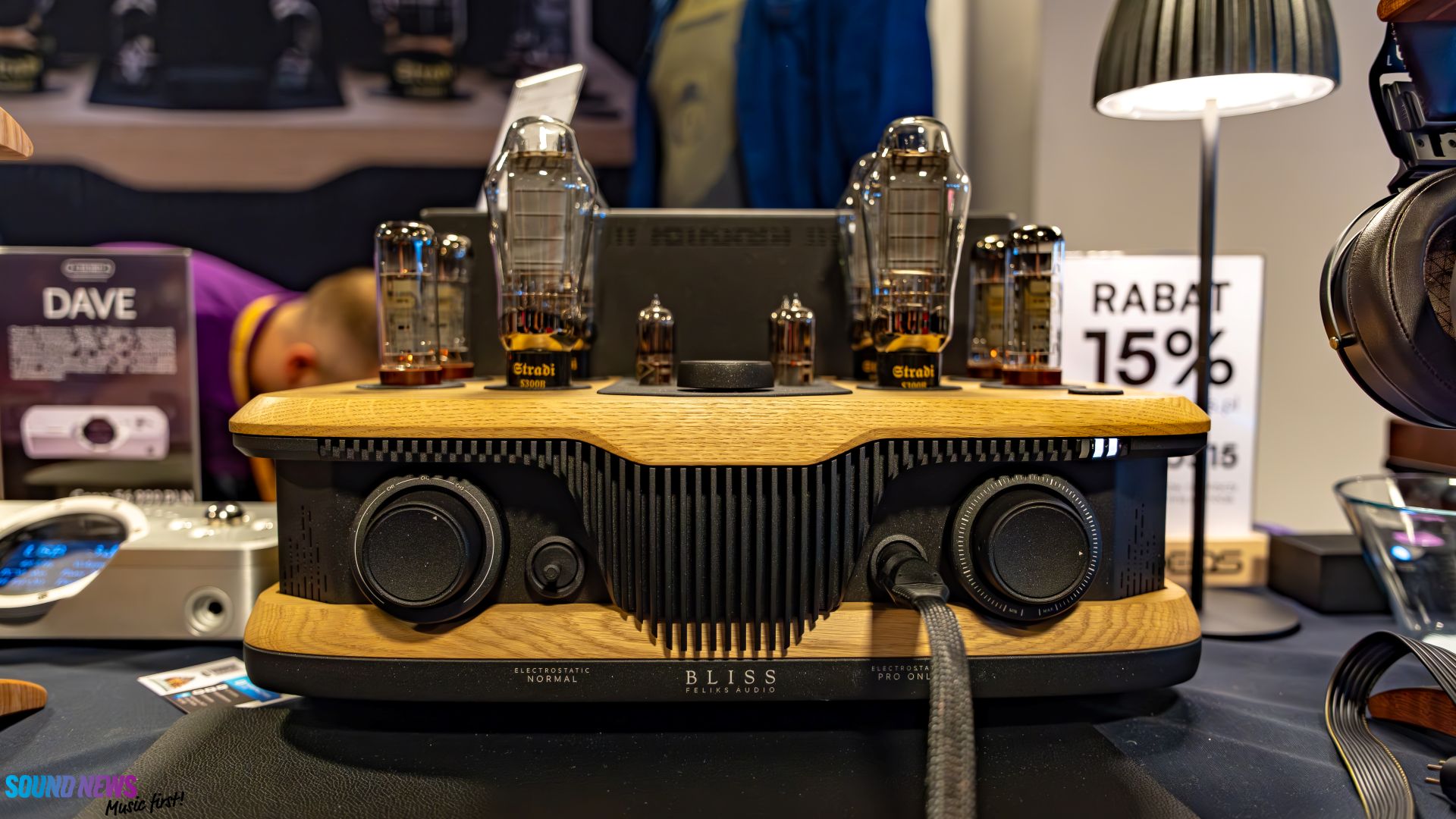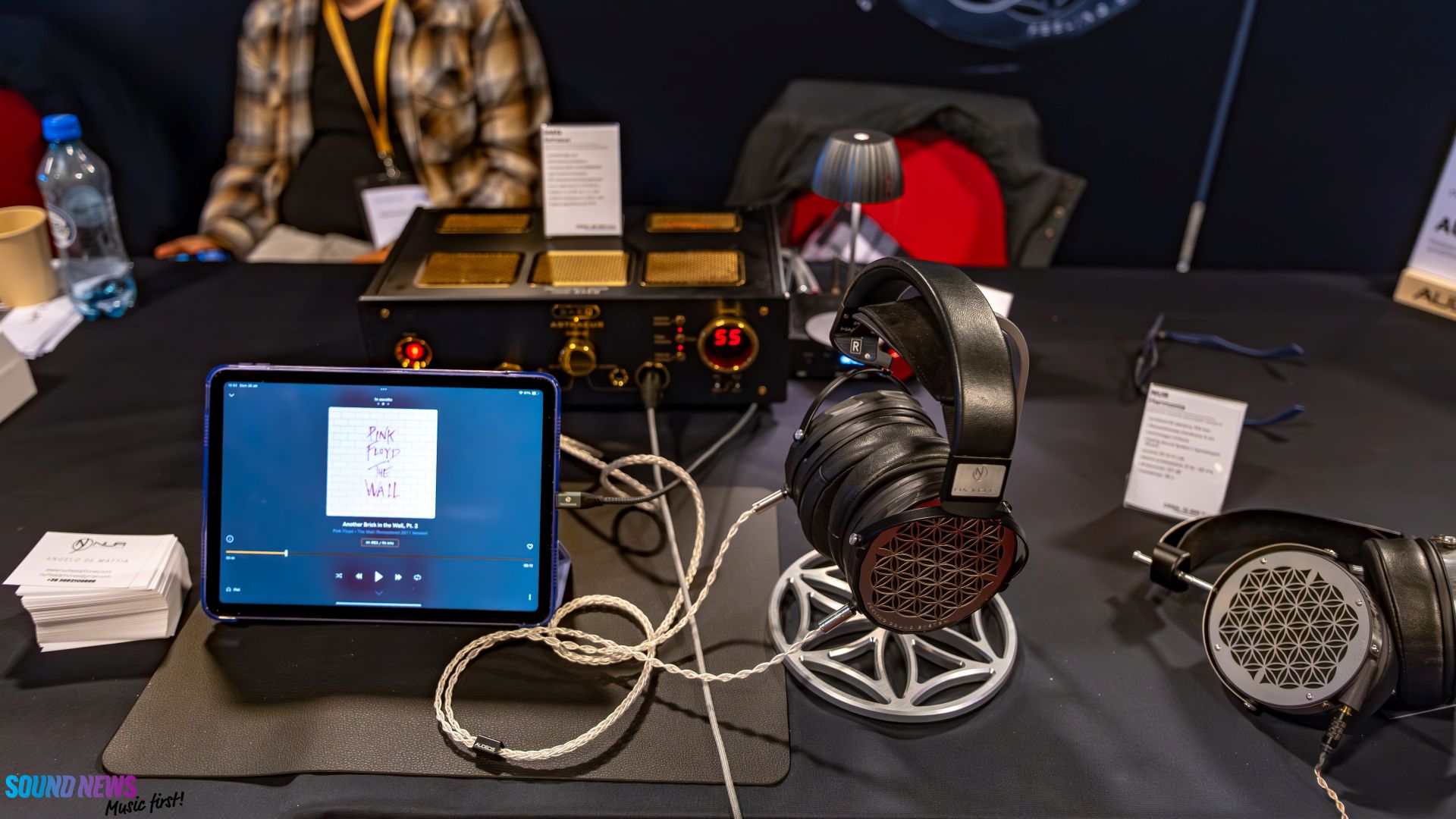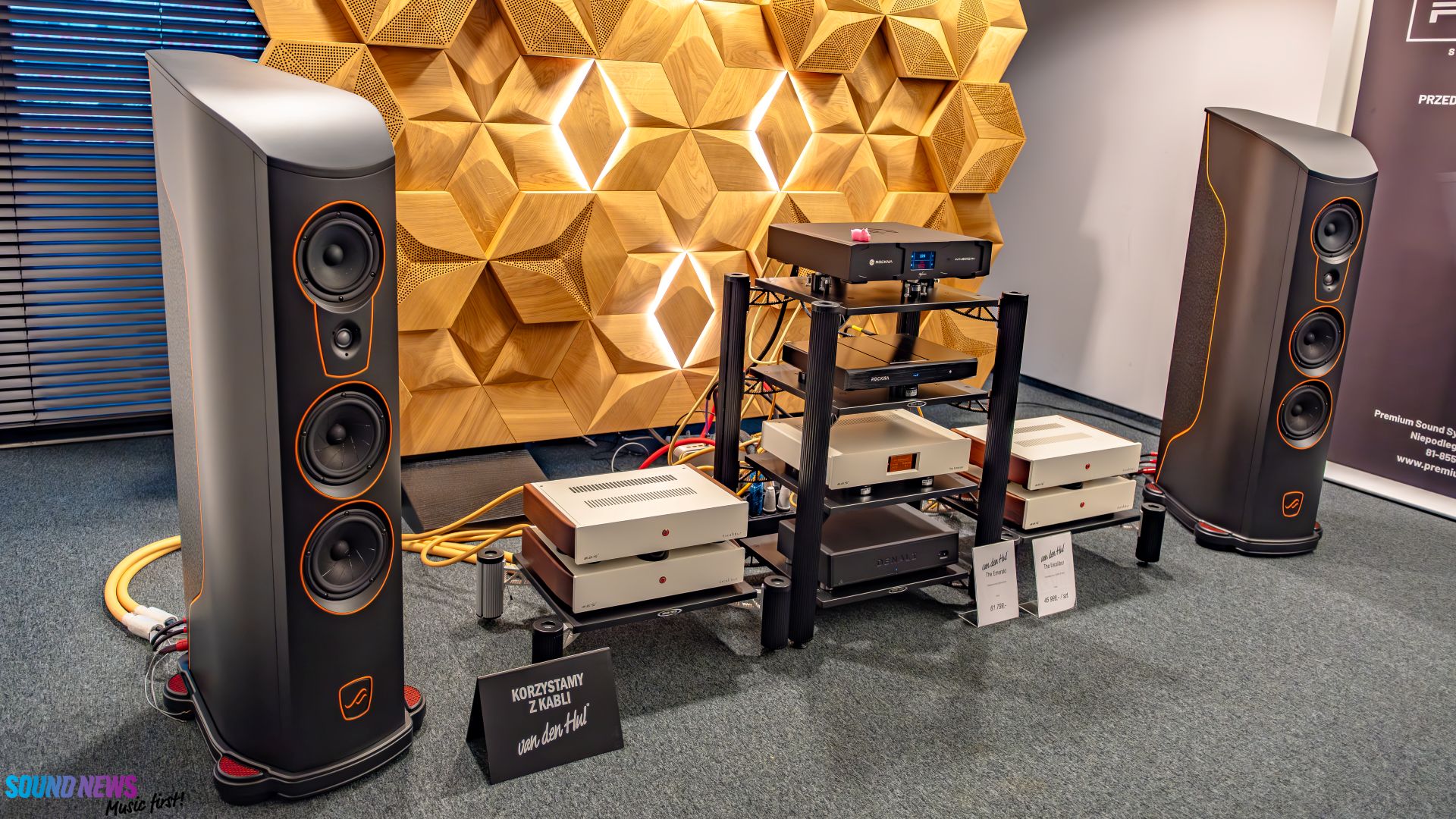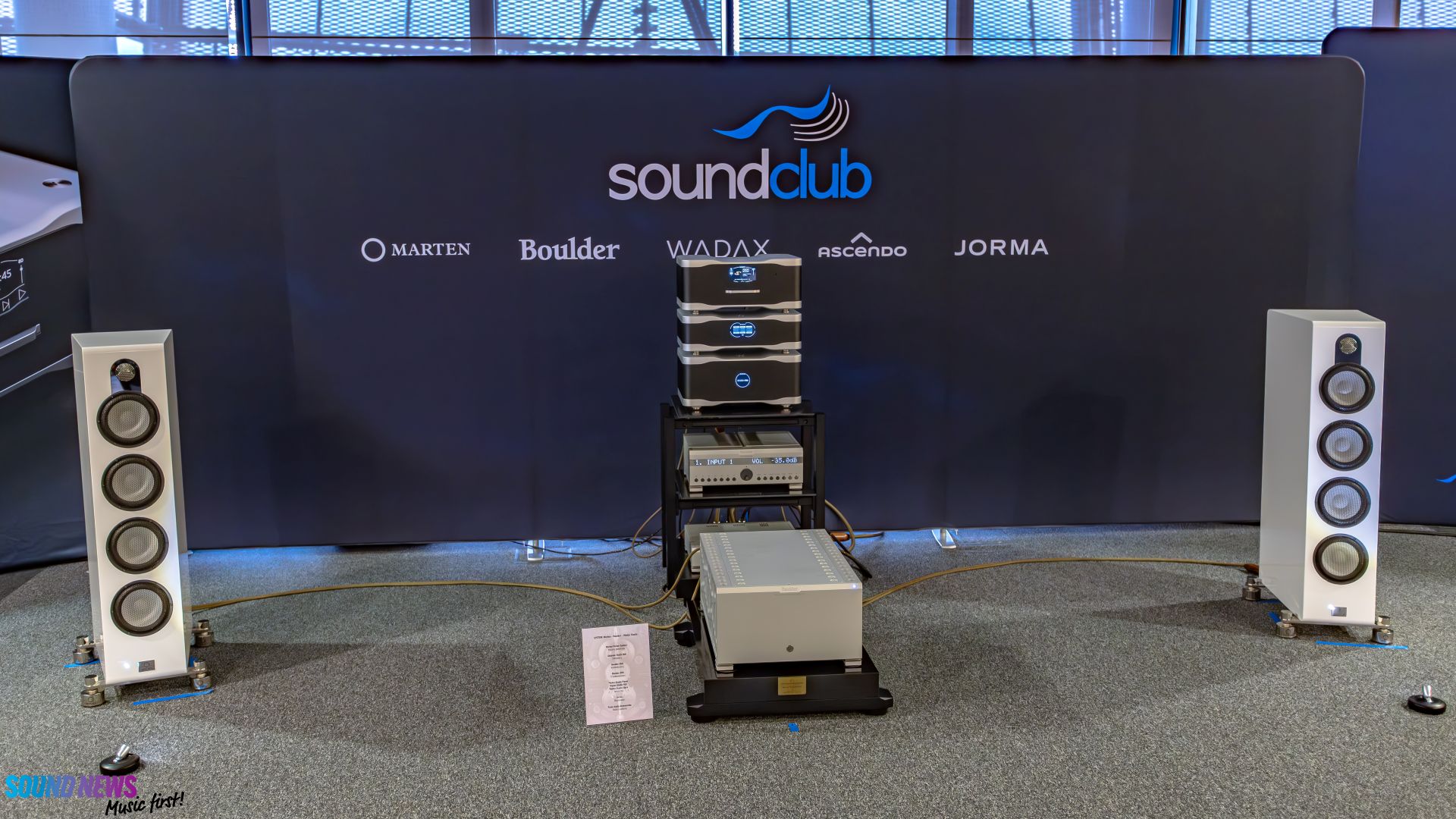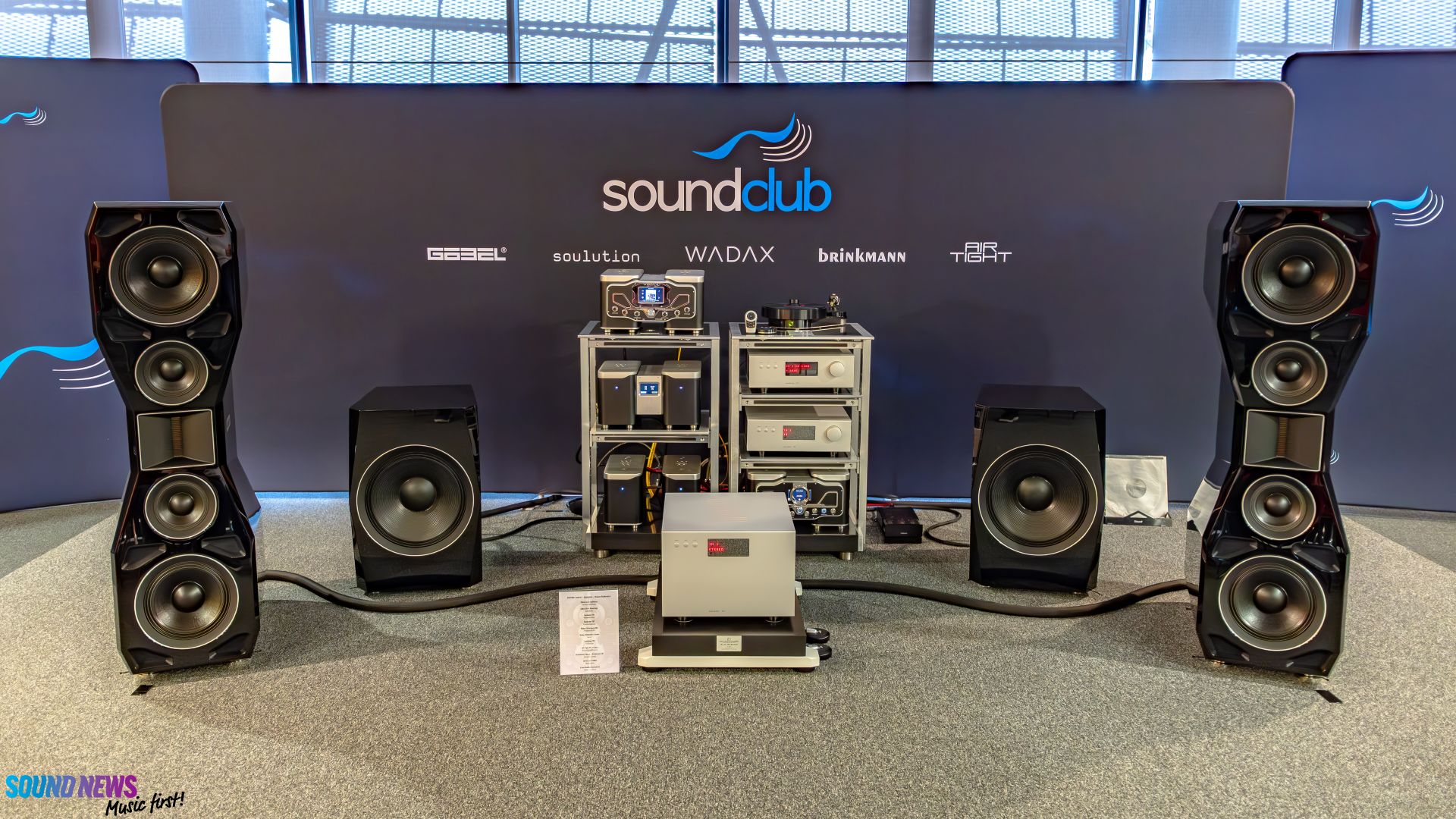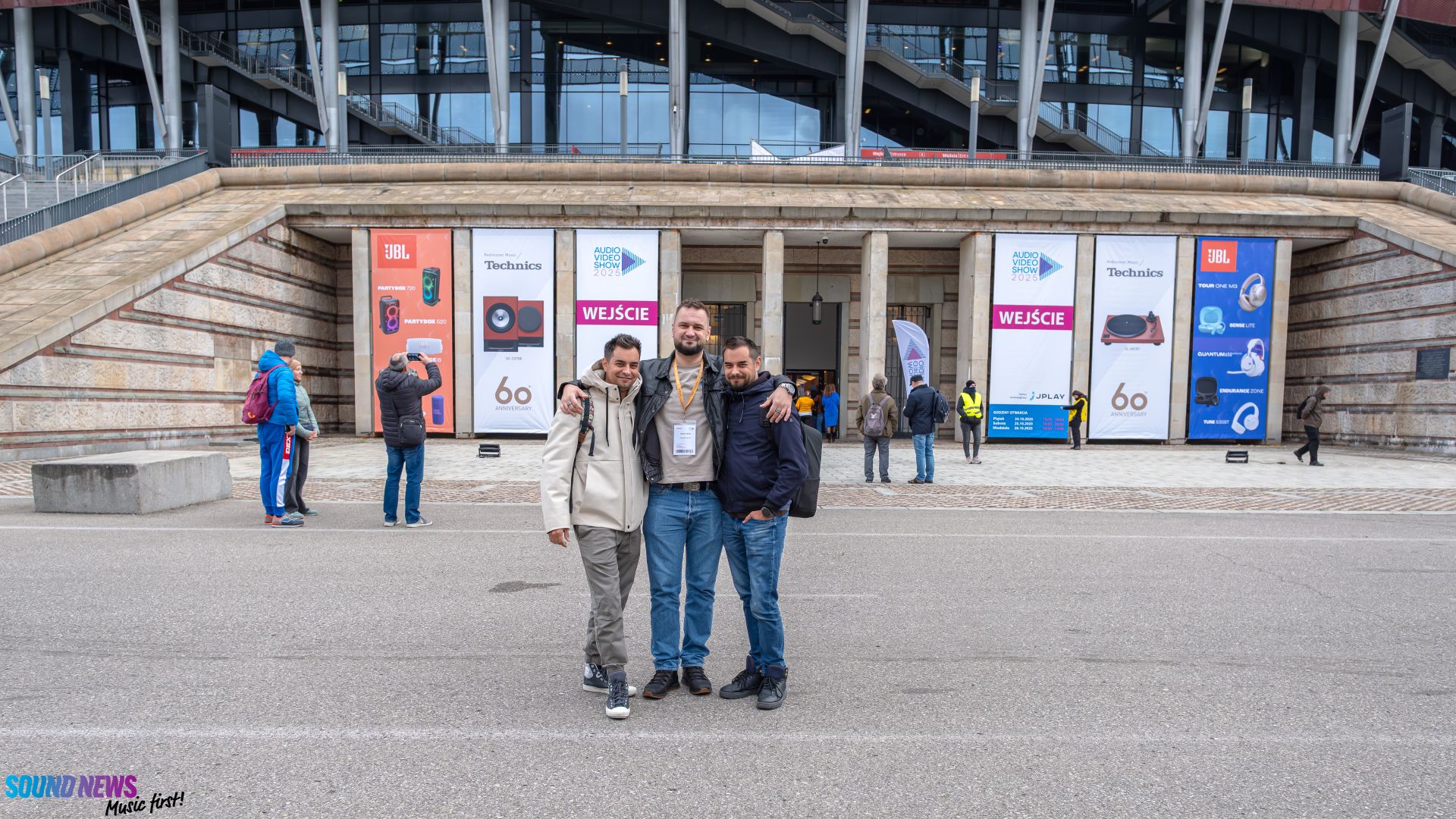Audio Video Show Warsaw 2025 Full Report
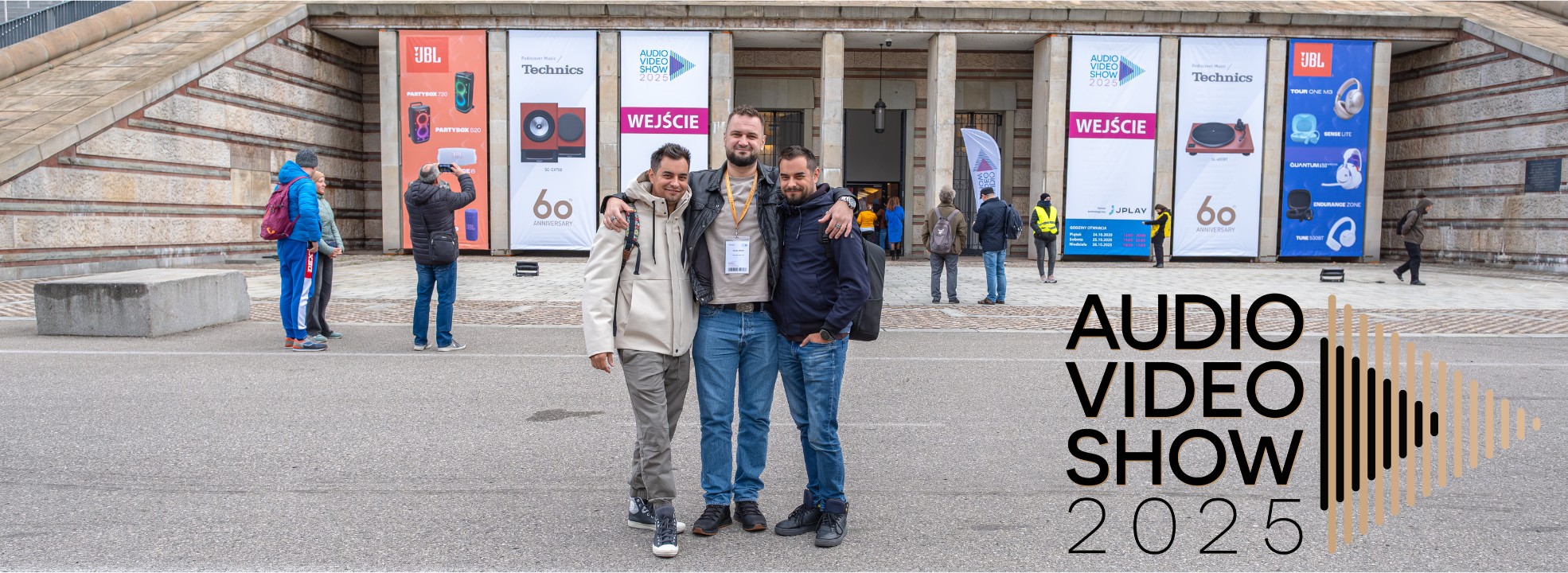
I don’t know how or why, but without a hint of exaggeration, this year’s Audio Video Show in Warsaw, Poland, was the most impressive HiFi event I’ve ever attended with my team. The organizers welcomed us with cozy accommodations and mouth-watering culinary delights, but it was something else entirely that captured our hearts and later pounded our eardrums.
Our team was larger this year, and so was our enthusiasm. Apparently, the organizers felt the same way, as they decided to break a Guinness World Record: nearly 15,000 unique visitors, 230 exhibitors, and a staggering 188 demo rooms, ranging from small to large and everything in between. This was by far the largest and most fun-packed audio and video show we’ve ever covered.
I traveled with the youngest members of our crew, and as you might guess, the energy levels were absolutely off the charts. We clocked an average of 22,000 steps per day, running from one jaw-dropping system to another, trying to see and hear everything the show had to offer. By around 5 P.M., my energy levels were begging for mercy, but seeing no signs of fatigue in my colleagues somehow refueled me for an extra two hours of pure audio madness.
I met a bunch of our readers and a ton of viewers from our YouTube channel, and I’ll apologize in advance for hugging most (if not all) of you who recognized us. I just wanted to give back a small piece of the gratitude I feel for everyone who reads, watches, and supports what we do. Seriously, thank you from the bottom of my heart for sharing your stories and good vibes.
The atmosphere was electric, full of passion, laughter, and enough positive energy to run passive loudspeakers at 120 dB SPL for a week. We bumped into countless familiar faces, and I probably spent a third of my time swapping Hi-Fi war stories, life anecdotes, beers, and bad jokes with friends from all over the world who live and breathe this industry.
We’ve got tons of surprises lined up for next year, a few world-first HiFi reviews, some factory tours, and maybe even a few collabs (no spoilers yet). But before we get there, let’s focus on what matters most right now, the Audio Video Show 2025.
I traveled with my colleagues Cosmin and Răzvan, and since our plane touched down a day before the show, we had plenty of time to explore the city, taste the local cuisine, and sniff out every craft beer within a one-mile radius. The organizers greeted us with comfortable rooms and enough coffee to wake up an elephant, much needed after our “post-hangover syndrome” morning faces. We loved the city’s vibe so much that we’re 100% sure we’ll be back next year and probably for many years to come. Because honestly, we don’t just return for the warm sonics and giant displays, we come back for the people.
This marks our third visit to the Audio Video Show, and I don’t want to sound like a broken record, but I’ve never felt better. My colleagues were just as eager to hit the next demo room as I was, and trust me, that enthusiasm was contagious.
You probably know by now that the Audio Video Show isn’t as business-oriented as Munich’s High End, or the upcoming High End Vienna. Its audience is noticeably younger, and that youthful energy kept us buzzing for three straight days. We encountered more surprises than ever this year, and even had a few Eureka! moments along the way.
So, what are we waiting for? Grab a snack, pour yourself a drink, and get comfortable. It’s time to hit some eardrums with our two-part show report: one for the stereo enthusiasts, and another for the headphone aficionados. Let’s start with all things stereo.
I. STEREO SETUPS
1. BEST OF SHOW
- Vivid Audio


This was a World Premiere, and it felt like one. Vivid Audio unveiled the brand-new Giya G1 Spirit Cu for the first time in Warsaw, featuring updated drivers derived from their Moya flagship and a precision-engineered copper ring applied to the midrange, upper midrange, and tweeter. The design aims to suppress distortion by an entire order of magnitude, and judging by what we heard, it works beautifully.
We stepped into the room with high expectations and walked out impressed. The speakers, priced at $95,000, were placed in what appeared to be the least acoustically treated space in the entire stadium. A whole glass wall loomed behind them, threatening sonic chaos. Yet somehow, these speakers defied physics, filling the room with stunningly pure sound.
The soundstage was wide, tall, and deeply layered. Imaging was laser-precise, maintaining its focus even when we moved off-center. Dynamics were immense and scaled effortlessly; SPL reserves felt endless, and control was rock solid. The bass was the most physical and punchy we heard at the entire show: deep, textured, and lightning-fast.
When we cued up Crooked by Smilk, a track we know inside out for its complex layering, dynamic swings, and subterranean bass, the Giya G1 Spirit Cu rose to the challenge. The opening textures floated in a jet-black background, spatial cues surrounded us in 3D space, and when the low frequencies hit, they made a profound impact. Each synth line was traceable through the reverb, and the stage movement felt holographic.
Vivid Audio has a habit of making its systems disappear, leaving only the music hanging in the air, and that’s precisely what happened here. When Anette Askvik’s Liberty began, it felt as if she were standing right there in front of us, performing live. At that point, we stopped analyzing and just listened. The system achieved that rare level of coherence where the gear fades away completely, and all that remains is emotion.
Her voice was genuinely tear-inducing, and when the saxophone entered around the 3:40 mark, it floated gracefully between us before expanding into the space beyond the speakers. Every note breathed. Every texture shimmered. The track unfolded like a live performance in a grand hall, utterly convincing and emotionally magnetic. For those few minutes, it wasn’t playback, it was presence.
In short, the Giya G1 Spirit Cu turned one of the most challenging rooms in the stadium into a masterclass in control, scale, and realism. It set our benchmark for the entire show, the perfect fusion of engineering precision and musical soul.
And then came the absolute highlight: meeting Laurence Dickie himself. To be honest, we were as excited to see him as we were to hear the speakers. Talking to the man whose vision shaped some of the world’s most iconic loudspeakers felt like meeting a legend.
Laurence was every bit the gentleman: open, generous, and infectiously passionate. Even after surely answering the same technical questions thousands of times, he spoke with genuine enthusiasm, as if each conversation were brand new. You can’t fake that kind of passion. It radiates from a place of authenticity, the kind that keeps innovation alive.
We discussed the new driver technologies and the copper ring design at length, eventually drifting into topics far beyond the realm of audio. He made us feel welcome, curious, and inspired, the kind of interaction that reminds you why this hobby is so special.
Moments like these are what make the Audio Video Show more than just a HiFi exhibition. Yes, the gear matters, but it’s the people behind it who give it life. Standing face-to-face with someone whose passion runs so deep is contagious. It stays with you long after the last note fades.
- EMM Labs


Combining EMM Labs electronics with the Magico S5 loudspeakers felt like a match made in heaven. The system included the MTRX2 V2 1000W Class A/B monoblocks, the upcoming PREi preamplifier (set for release in 2026), the DA2i DAC, and the TXi CD transport. On paper, it looked impressive, but in reality? It was nothing short of spectacular.
From the first note, we recognized that unmistakable Magico DNA we’ve come to admire: crystal-clear transparency, lightning-fast speed, a holographic soundstage with cathedral-scale proportions, and a black background so silent that microdetails bloom effortlessly, even at moderate volumes.
The tonal balance was pure realism from top to bottom. Vocals had weight and humanity; the treble shimmered with air and finesse without ever crossing into sharpness. Dynamic swings hit with conviction, yet always stayed composed. And the bass… oh, Her Majesty – the Bass! It reached subterranean layers, pressurizing the nearly 200-square-meter room with ease, but never losing grip, texture, or speed.
It was a perfect division of labor: EMM Labs brought boundless headroom, control, and finesse, while Magico S5 translated that energy into scale, focus, and intimacy. Together, they delivered one of those rare big-room experiences that felt balanced, powerful, and emotionally complete. The kind of system that makes you forget the clock and miss your next appointment.
We found ourselves returning to that room again and again, drawn in like moths to a perfectly tuned flame. That alone says plenty about how inviting and effortlessly musical this setup was, from the very first note to the final fade-out.
In the bustling atmosphere of Warsaw’s National Stadium, surrounded by showstoppers vying for attention, the Magico S5 stood apart by offering something subtler, perfection through coherence. While systems like the Gryphon Kodo or Wilson Audio Alexx VFX impressed with sheer scale and spectacle, the S5 captivated with balance, precision, and maturity. It felt like a system designed not just to wow you for five minutes, but to live with, day after day, rediscovering music one note at a time.
Given the notoriously tricky acoustics of the stadium, the S5’s ability to maintain composure and musical integrity was nothing short of remarkable.
This combo earned a well-deserved spot on our “Best of Show” list, proving once again that true high-end audio doesn’t just dazzle the mind, it moves the heart. In a sea of contenders, the EMM Labs + Magico pairing didn’t shout the loudest. It simply did everything right and did it with soul.
- CLC.Audio (Copenhagen Loudspeaker Company)


The CLC65, proudly introduced by the Copenhagen Loudspeaker Company, is the world’s first 3-way loudspeaker to utilize Purifi drivers across the entire frequency spectrum, a bold and laser-focused design decision that instantly sets it apart. The setup features a 10-inch aluminum bass driver, paired with two passive 10-inch radiators at the rear, a 6.5-inch paper midrange, and a 1.3-inch aluminum tweeter mounted in a 104mm waveguide with a coherer. In short, Danish engineering served with precision and purpose.
From the very first notes, the system made a strong statement, not just for its performance, but also for its price-to-performance ratio. At €10,000 per pair, the CLC65 answered every musical challenge we threw its way with effortless confidence. Even more impressive, the electronics were just as reasonably priced: two Gato Audio PWR-222 monoblocks (€4,500 each), the Dual Mono Balanced PRE-1 preamplifier (€4,500), and a Roon Core server (€4,400). Taken together, the entire rig represented the kind of high-end system that, twenty years ago, most of us could only dream about. Today, it’s within reach, and that realization alone was reason to smile.
The sound signature was as clean as a Nordic morning breeze. Transparency was off the charts, and imaging remained razor-sharp even when we shifted off-axis. Textures across the spectrum emerged with an ease and naturalness we rarely hear at this price point. The overall presentation rivaled systems several times more expensive, showing just how far clever design and component synergy can go.
The bass had that perfect balance of punch and poise, sounding tight, physical, and full-bodied, but never bloated. Drum kicks hit with precision, bass guitars resonated with texture and control, and the lower mids remained crystal-clear. The midrange carried warmth and articulation in equal measure; vocals had presence and body without ever sounding thin. The treble extended gracefully with tons of air and shimmer, utterly free from harshness. From top to bottom, coherence was superb, and it felt like a single voice rather than separate drivers working in unison. Dynamics scaled naturally with volume, SPL reserves felt healthy, and the tonal balance was so spot-on that we never found ourselves wishing for tweaks.
What really caught us off guard was how the sound continued to unfold the longer we listened. Subtle at first, it became quietly addictive, a presentation that rewarded patience and attention. The ultra-low noise floor, the inky-black background, and the effortless separation between transients all contributed to that elusive sense of purity that audiophiles have been chasing for years.
There was a quiet confidence in the CLC65’s tuning: refined, balanced, and deeply musical. Unlike some systems that try to impress instantly (and fail just as quickly), this one earned your admiration minute by minute. It excelled across every genre we threw at it, from jazz to electronica, and its Goldilocks size made it ideal for rooms of almost any dimension.
We left the room asking ourselves a simple question: what more could you possibly want at this price? The CLC65 delivered transparency, punch, and composure in equal measure, a complete, satisfying, and genuinely musical experience. It’s no wonder we underlined its name on our follow-up list for future review. This one’s a keeper.
2. EDITOR’S CHOICE
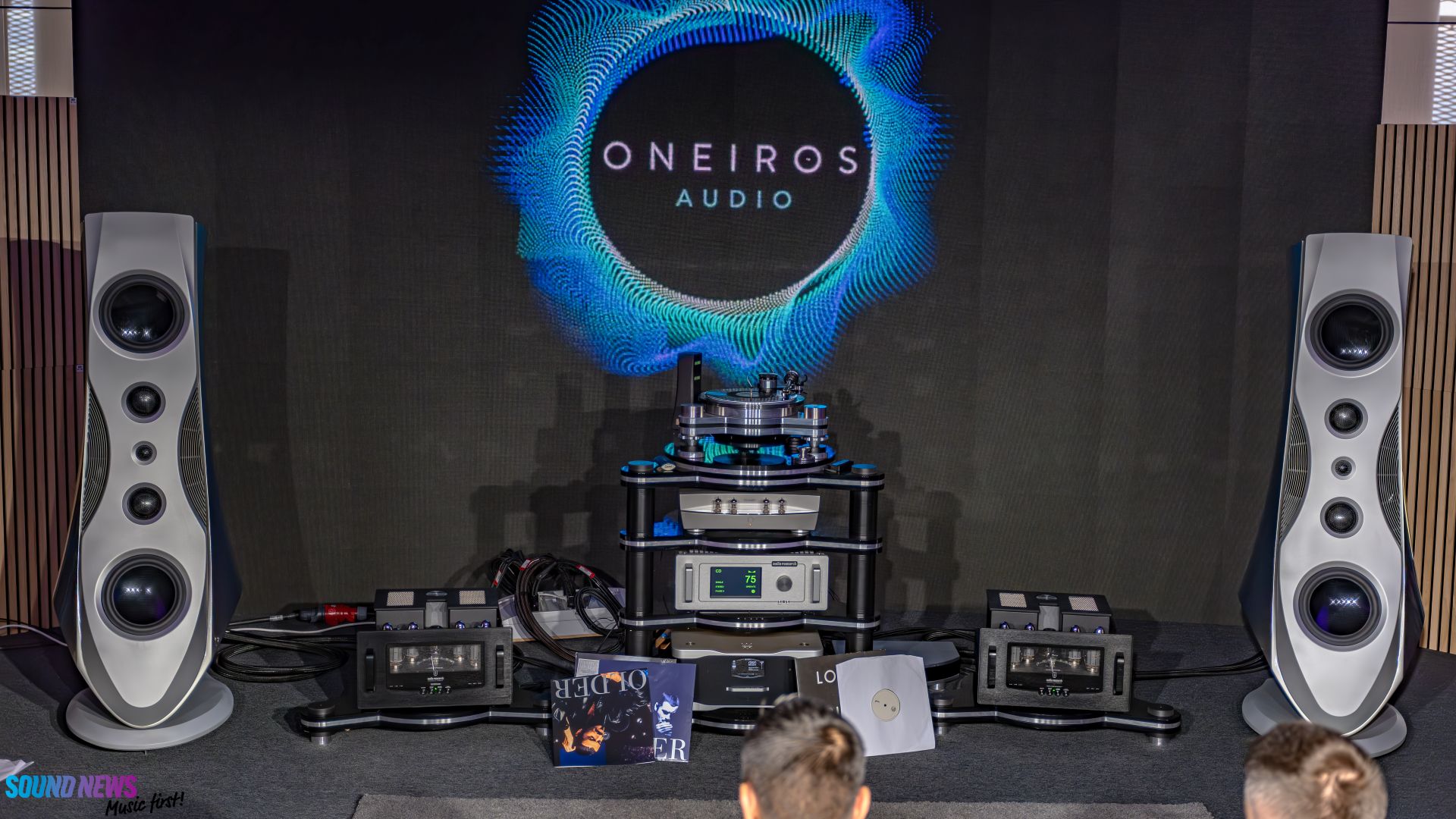
These were the rooms that moved us, each in its own, unexpected way. Some surprised us with their honesty, some challenged what we thought we knew, and a few made us linger far longer than our schedule allowed.
They may not have reached the absolute technical precision of our Best of Show winners, but what they offered instead was something more challenging to define: character, charm, and that elusive emotional pull that keeps music replaying in your mind hours later.
In some rooms, it was all about the tone: that perfect balance between warmth and clarity. In others, it was about the flow, or how effortlessly the music seemed to breathe. And then there were the systems that hit us in the chest with emotional impact, moments that made us stop analyzing and listen.
These are the systems that told a story, the ones that reminded us why we fell in love with this pursuit in the first place. We list them here in no particular order, with each note focused on what stood out and why it mattered.
- Dynaudio
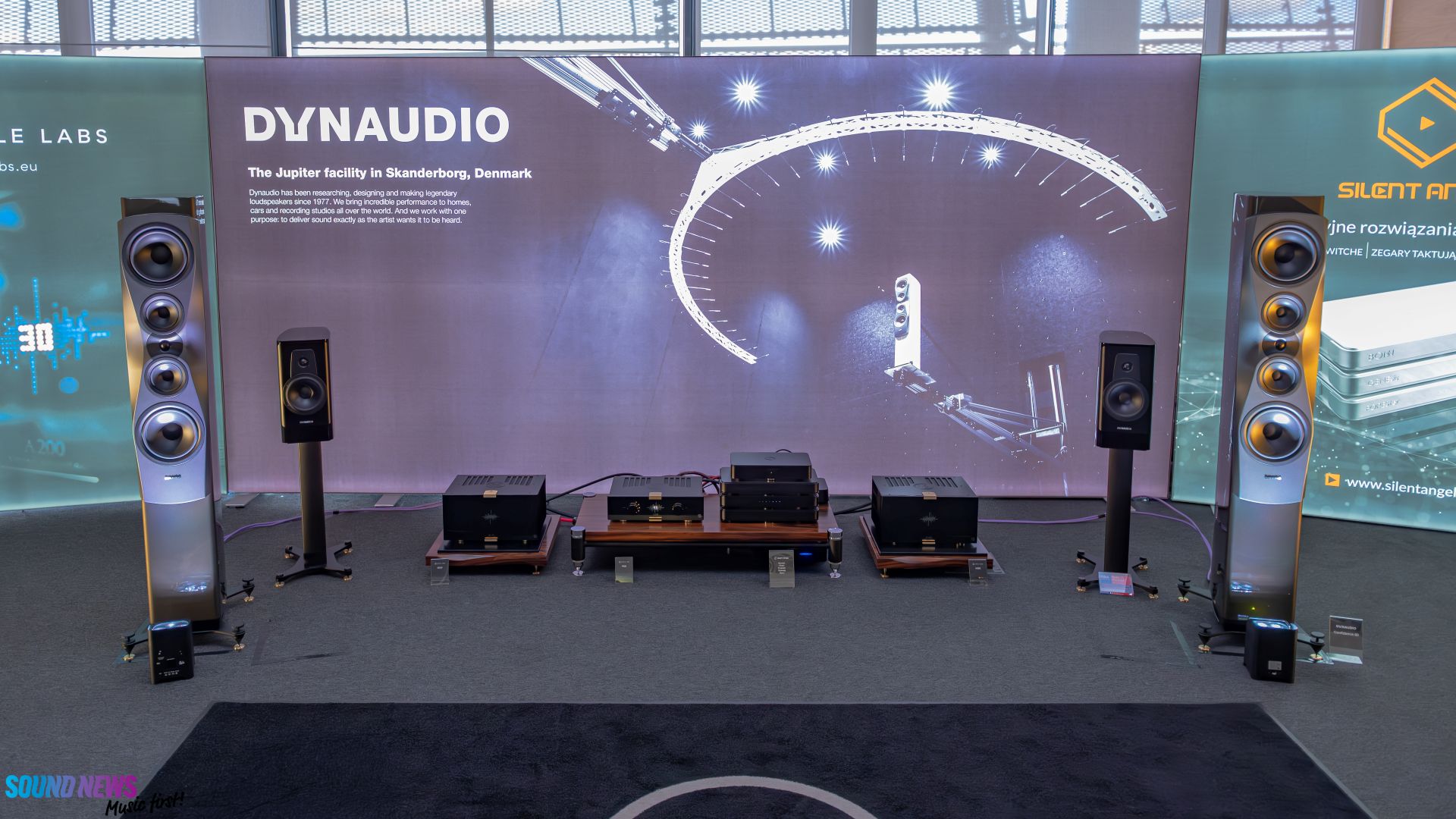
At Dynaudio, we had the pleasure of hearing their flagship Confidence 60 loudspeakers driven by the latest powerhouse from Circle Labs, the brand-new M500 amplifier. On paper, its specs alone could raise your eyebrows: a hybrid stereo power amplifier that can also operate as a monoblock, delivering a staggering 600 watts into 8 ohms and 1,200 watts into 4 ohms in monoblock mode, or 180 watts (8 ohms) and 340 watts (4 ohms) in stereo configuration.
But specs only tell part of the story. What makes the M500 special is its hybrid architecture, where a single ECC88/6922 triode tube runs in an SRPP configuration, paired with a lone resistor and a Mundorf Silver-Gold-Oil signal capacitor. This small but deliberate touch defines Circle Labs’ sonic signature. The goal? To preserve the fluidity, harmonic richness, and organic warmth of tubes, while keeping the control, punch, and precision of solid-state amplification. And judging by what we heard, they’ve nailed it.
You could feel the gentle warmth of that tube stage shaping the entire presentation, adding a sense of texture and dimension that blended beautifully with the Dynaudio Confidence 60’s natural character. The system was fronted by the Circle Labs P300 preamplifier, which tied everything together with remarkable coherence and finesse. Dynamics were delivered with accuracy and speed, while the tonal balance remained grounded and lifelike. Complex passages never lost structure or timing; percussion hit with both body and crispness; and even at high SPLs, the presentation stayed perfectly composed.
The Dynaudio Confidence 60 once again proved why it sits at the top of the company’s range. The soundstage was grand and layered, offering holographic depth and a tangible sense of midrange presence. Every instrument occupied its own space with pinpoint precision. Bass carried both pitch and texture, filling the room with authority yet retaining its nimble articulation. The treble, meanwhile, was classic Dynaudio, silky smooth and airy, with a level of refinement that’s hard to describe in words.
You don’t just hear their tweeters; you experience them. Dynaudio continues to deliver a masterclass in how effortless and graceful high frequencies can sound. We tried to nitpick, to find a weak link or imbalance somewhere in the chain, but found none.
This pairing felt complete in every sense: power with polish, control with musicality, and detail without fatigue. It was a system that didn’t need to shout to impress; it simply invited you in, enveloped you in sound, and left you wanting more.
- Ayon Audio

This was the first room that pulled us in, not with flashy tech talk or big volume, but with music. Dead Can Dance on vinyl, spinning through Ayon Audio electronics and Lumen White Light III loudspeakers, paired with Siltech cabling, sets the tone immediately. That unmistakable rich timbre, the emotional gravity of Lisa Gerrard and Brendan Perry’s voices, all hit with a warmth and presence that made us stop and listen.
The sound had body. Voices felt grounded, tangible, and authentic. That physical weight behind every syllable, that’s the mark of a system that gets it. The stage opened wide and deep, with height and believable layering; instruments appeared where they should, not where they were forced. Bass came in with power and punch, but never blurred the edges. Every note from our original Into the Labyrinth vinyl pressing landed with conviction.
Then came Bernd Steidl’s Albinoni Adagio, and we knew this setup wasn’t just about tone; it could do speed and nuance, too. Transients rose fast but clean, decays faded naturally into silence, and the music flowed with effortless grace.
We moved around the room, testing the sweet spot, but the image refused to fall apart. The center stayed locked in, the sides stayed clear, and the overall coherence stayed true. The treble carried air without glare, the midrange had color and flesh, and the bass anchored everything with quiet authority.
Every time we passed by later, the room was filled to excess, and every time we returned, it sounded just as good. That kind of consistency, combined with natural tone and physical scale, made this one of those rare stops where you forget about analysis and sit back, close your eyes, and feel the music.
Transients rose fast without glare, decays faded naturally into a quiet background, and the flow from note to note felt natural. We changed seats a few times, and the focus held, with the center image staying locked and the lateral cues remaining clear even from the side. Treble kept air, midrange carried weight and color, and the low end supported the entire picture flawlessly. The room remained full every time we passed through the hallway, and each return confirmed the same inviting balance at sensible volume. That consistency, together with the natural timbre and the physical scale, turned this room into one of the very rare stops where we sat back and listened.
- Audio Group Denmark

This room was a masterclass in balance, a system that looked sleek, sounded effortless, and left us whispering, ‘How on earth did they pull that off?’
The setup featured Aavik’s brand-new 588 series: the phono stage with a DS Audio optical cartridge input, the SD-588 streamer, the I-588 amplifier, and the compact yet formidable Borresen T1 standmounts, paired with the equally new Borresen A3 subwoofers—a minimalist rig on paper, but in reality, a thunderous, precisely tuned symphony.
Let’s start with the bass. It hit fast, clean, and deep, with a kind of tight authority that felt less like boom and more like presence. Transients were razor-sharp yet organic, and timbre stayed beautifully consistent from one track to the next. Reverberant tails lingered naturally, painting a soundstage that was not just wide, but deep, tall, and three-dimensional enough to make you forget the speakers were standmounts at all.
The subwoofers blended so seamlessly that, if you didn’t know better, you’d swear the T1s were full-range towers. They never spilled over the mids, never clouded the image; they just extended the stage downward, adding a foundation that made everything above it bloom. The integration was textbook perfect.
Then came the surprise twist: a side-by-side vinyl comparison, featuring a pristine first pressing versus its modern remaster. The difference was… eye-opening, to put it mildly. The older pressing breathed life, texture, and intimacy into the music; the remaster, by contrast, felt a little polished, a little too correct, to a point of becoming clinical. Hearing the life and presence that have quietly been stripped away in modern production was as fascinating as it was sobering.
It reminded us why these shows matter: not just for the gear, but for the perspective they offer. Systems like this make you feel the music’s history, how it was meant to sound, before the compression, before the loudness wars. Audio Group Denmark’s central HiFi system didn’t just reproduce sound; it revealed the truth with lots of refinement, power, and emotion in equal measure.
- Closer Acoustics

Every year, there’s at least one room that feels like stepping into a parallel dimension, a place where time slows down, the gear disappears, and you listen. For us, this year, that was the Closer Acoustics room.
A proud Polish brand, Closer Acoustics brought along their FULL OGY speakers (a steal at around €6,000), driven by the Signature 300B amplifier and paired with the Lampizator Amber 5 DAC. On paper, it appeared to be a minimalist system. In reality, it was pure magic.
From the very first note, the midrange bloomed with life, the kind of natural, unforced realism that makes you lean back, close your eyes, and forget the room around you. Voices sounded human in the truest sense: textured, dimensional, and brimming with emotion. Instruments didn’t just appear in the soundstage; they lived there. The coherence across the entire spectrum was remarkable, with warm vocal harmonies that enveloped the listener like a familiar blanket.
The bass? Surprisingly present and wonderfully physical. For speakers this size, it had no business being that punchy or that grounded. It added weight without ever clouding the mids or losing articulation. The sense of flow, that effortless, easy musicality, was what tied everything together.
It was a system that didn’t try to impress with fireworks or brute force. Instead, it whispered, breathed, and sang. The presentation was so cohesive and natural that we found ourselves lingering longer than planned, simply letting the music wash over us.
For a setup with such a small footprint, the emotional footprint was massive. We left the room smiling, quietly reminded that you don’t need a six-figure system to make a tangible impact, and in the end, we greatly enjoyed our time here.
- Devialet
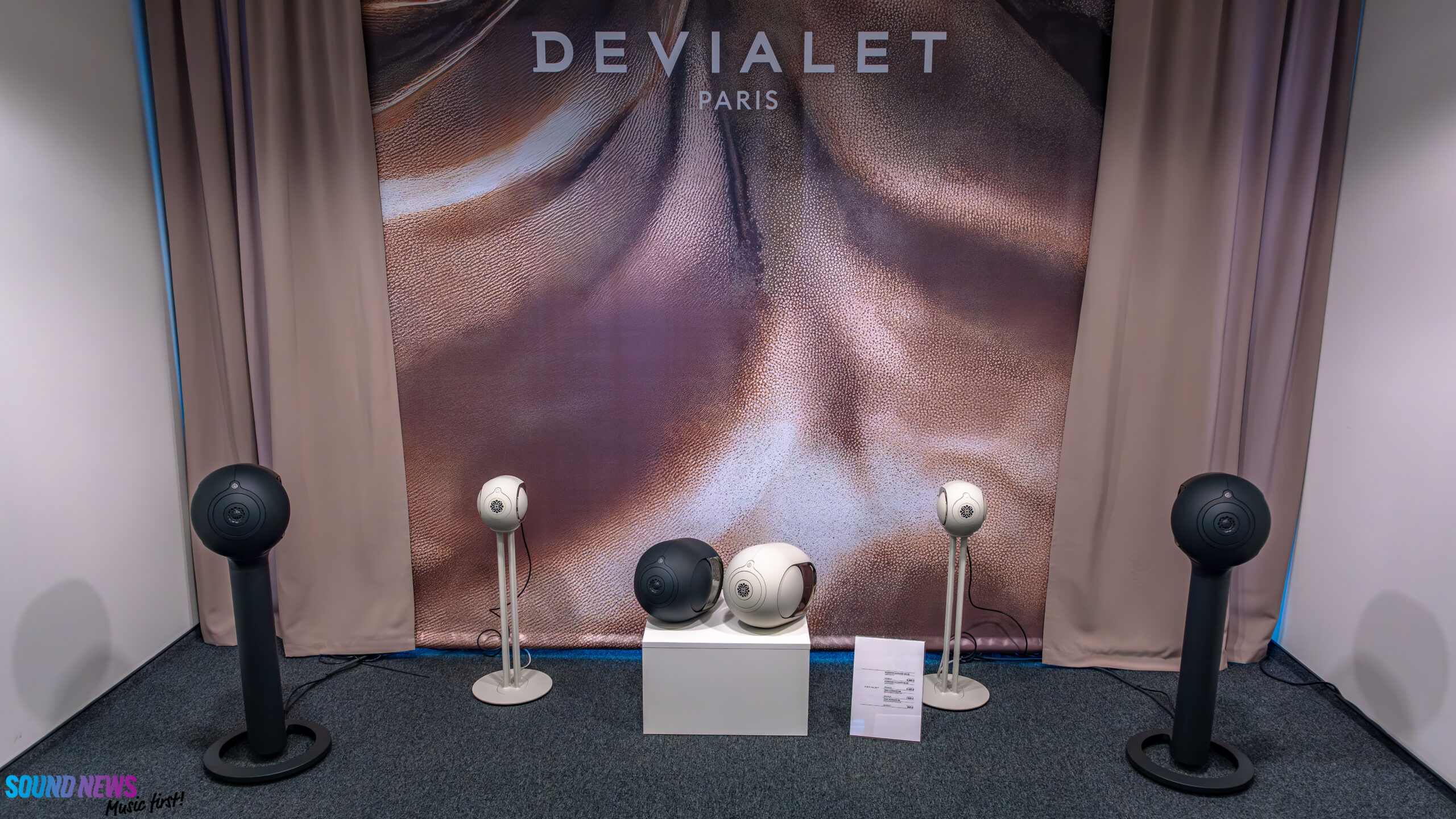
Sometimes, size really doesn’t matter, and Devialet proved it spectacularly with their newly launched Phantom Ultimate loudspeakers. These compact powerhouses packed a punch that left a lasting impression, particularly in the bass department. For such a small footprint, the low-frequency extension and physicality were nothing short of astonishing.
From the first note, the soundstage grabbed our attention. There was a remarkable sense of precision, with each sound source pinpointed so clearly that it almost felt like a hologram had appeared in the room. Despite their size, the speakers delivered SPL levels that could fill the space effortlessly, without strain or distortion.
Sound’s control was tight, frequencies extended far beyond what you’d expect from speakers that fit in the palm of your hand, and the overall scale felt quite impressive. It was a reminder that clever engineering and advanced DSP can redefine what’s possible.
- Diapason

We had the pleasure of hearing Diapason speakers in three different rooms, each one a showcase of warmth, musicality, and meticulous craftsmanship.
First up were a pair of bookshelves in the Audioconnect room, paired with the Ars-Sonum Filarmons XP Universum tube amplifier. The sound was immediately engaging: airy, smooth, and inviting, with a midrange that drew you in and made every note feel alive. Music flowed naturally, with a warmth that made you want to linger in the listening seat.
The second encounter took place in the Swiss Analog Products room, where a pair of ADAMANTES V bookshelves was played through a Holborne Passion Integrated Amplifier. The impression was the same: ease, warmth, and openness. These compact speakers demonstrated that a small footprint doesn’t limit musical presence, and their charm lay in the effortless way they conveyed texture and tonal richness.
Finally, we were treated to a sneak peek of Diapason’s newest addition to the Reference Collection, the DIDASCALÌA, powered this time by Van den Hul electronics. This was a step into elegance and refinement. From the moment we sat down, it was impossible not to notice the careful attention to materials and finishes, a promise that translated directly into the listening experience.
Microdetail was impressive at every turn, while rich vocal harmonies and a welcoming warmth made the room feel intimate and inviting. Voices were natural, spatial cues were clear, and the presentation encouraged long, immersive listening sessions. Across all three rooms, Diapason consistently delivered smooth, airy, and open sound, music that was as beautiful to hear as the speakers were to look at.
- Diptyque Audio

We’ve admired Diptyque at other shows, and in Warsaw, they didn’t disappoint. Paired with Riviera Levante amplifiers and Albedo silver cabling, the DP 140 MK2 panels delivered a performance that was immediately captivating.
The presentation was clean, warm, airy, and punchy; every element in the music seemed to have room to breathe. The soundstage stretched with impressive scale, width, and height, filling the room without effort. Bass was deep and textured, with just the right amount of punch, giving the music a physical presence that made each track feel alive. Meanwhile, the treble sparkled with a lightness and airiness that ranked among the most effortless and natural of the entire show.
What made this system stand out was the balance. Every desirable quality, clarity, dynamics, texture, and tonal richness, was present in harmony. Nothing was missing, nothing overemphasized. It was one of those rare setups where a single listening session leaves you quietly nodding, thinking, yes, this is how panels should sound. Simply put, it was one of the best panel speaker experiences money can buy, and a joy from start to finish.
- Ferrum Audio
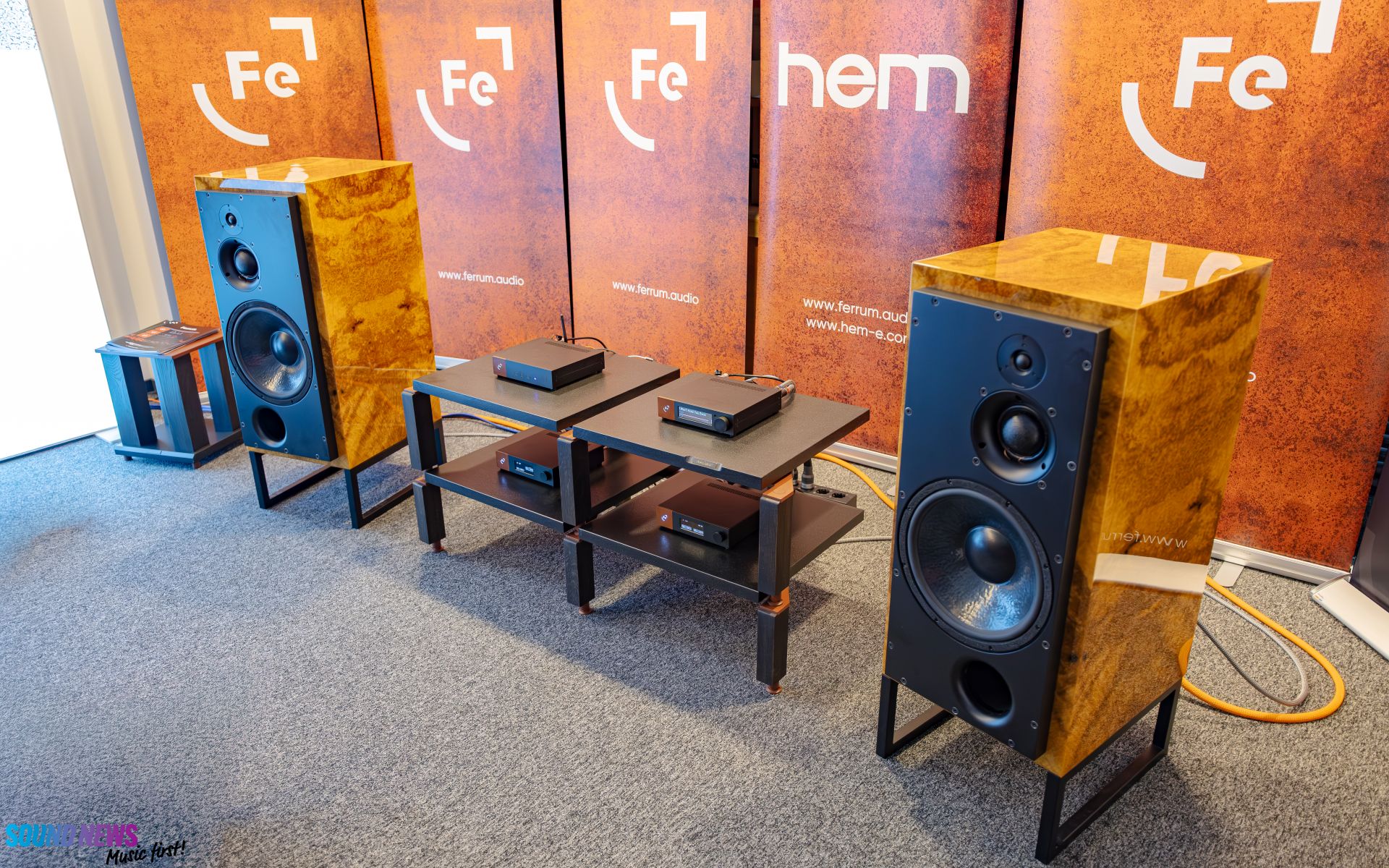
Our friends at Ferrum Audio made a bold statement at the Warsaw show with the introduction of a brand-new addition to their lineup: the BROEN, a dedicated network streaming transport. Designed as a digital bridge between streaming sources and DACs, BROEN marks Ferrum’s first step into the streaming category, and they did not hold back.
At its core, BROEN integrates Ferrum’s Streaming Control Technology (FSCT), first introduced via firmware updates on the WANDLA DAC. The result is seamless communication and control across Ferrum components, creating a unified, flexible, and sonically transparent ecosystem. True to its name, BROEN, which means “bridge” in Danish, the device connects the networked world to the digital audio chain with elegance, simplicity, and focus.
Flexibility is a core strength. BROEN can be upgraded with the HYPSOS power supply, and it runs on Volumio, a streaming-optimized software platform boasting over half a million users. While the device isn’t set to launch until Q1 2026 and pricing remains TBD, the promise is clear: a device built for easy integration, user-friendly operation, and uncompromised sonic purity.
Paired with active ATC SCM100SL speakers, the BROEN helped anchor a sound that was precise, controlled, and full-bodied, proof that Ferrum’s first step into streaming is more than just functional; it’s a musical statement.
- JBL
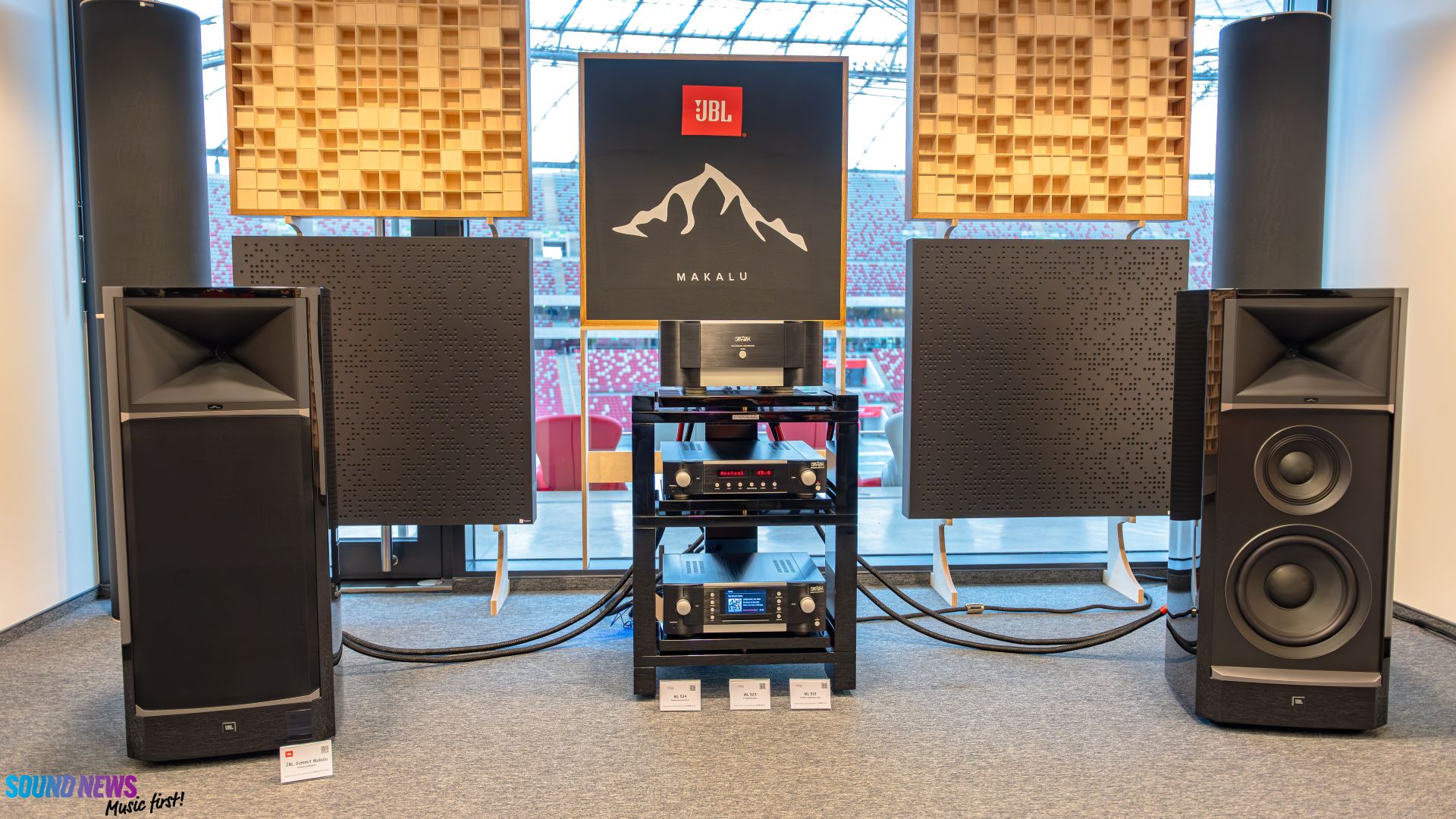
AVS 2025 proved to be a hotspot for big launches, and JBL made a statement with the official debut of their Summit Makalu flagship. These monolithic speakers are engineering at its boldest.
For the tweeter, JBL employed their patented D2830K 3-inch dual-diaphragm, dual-motor compression driver, mated to a large-format Sonoglass HDI horn. Anchoring the low end are an 8-inch mid-bass and a 12-inch woofer, both crafted from JBL’s triple-layer Hybrid Carbon Cellulose Composite Cone (HC4), a proprietary mix of carbon fiber, pure-pulp surfaces, and a closed-cell foam core. These behemoths carry a price tag of €44,000, but they certainly make an impression.
Paired with Mark Levinson electronics, the system delivered a presentation that was clean, balanced, and poised. Voices sat naturally in the mix, the bass remained tight and articulated, and the sound stayed coherent even at moderate listening levels. The soundstage opened wide and tall, with imaging that felt precise, and timbre that remained consistent across our playlist.
Dynamics hinted at serious headroom, yet the playback never felt overbearing, a testament to the system’s composure. SPL levels were surprisingly modest for such a capable setup, leaving us curious: how much more would these speakers reveal if driven harder? Could the stadium have been filled with sound? We left the room convinced of the Summit Makalu’s elegance and control, eager for a second session to explore their full potential.
- Perlisten Audio
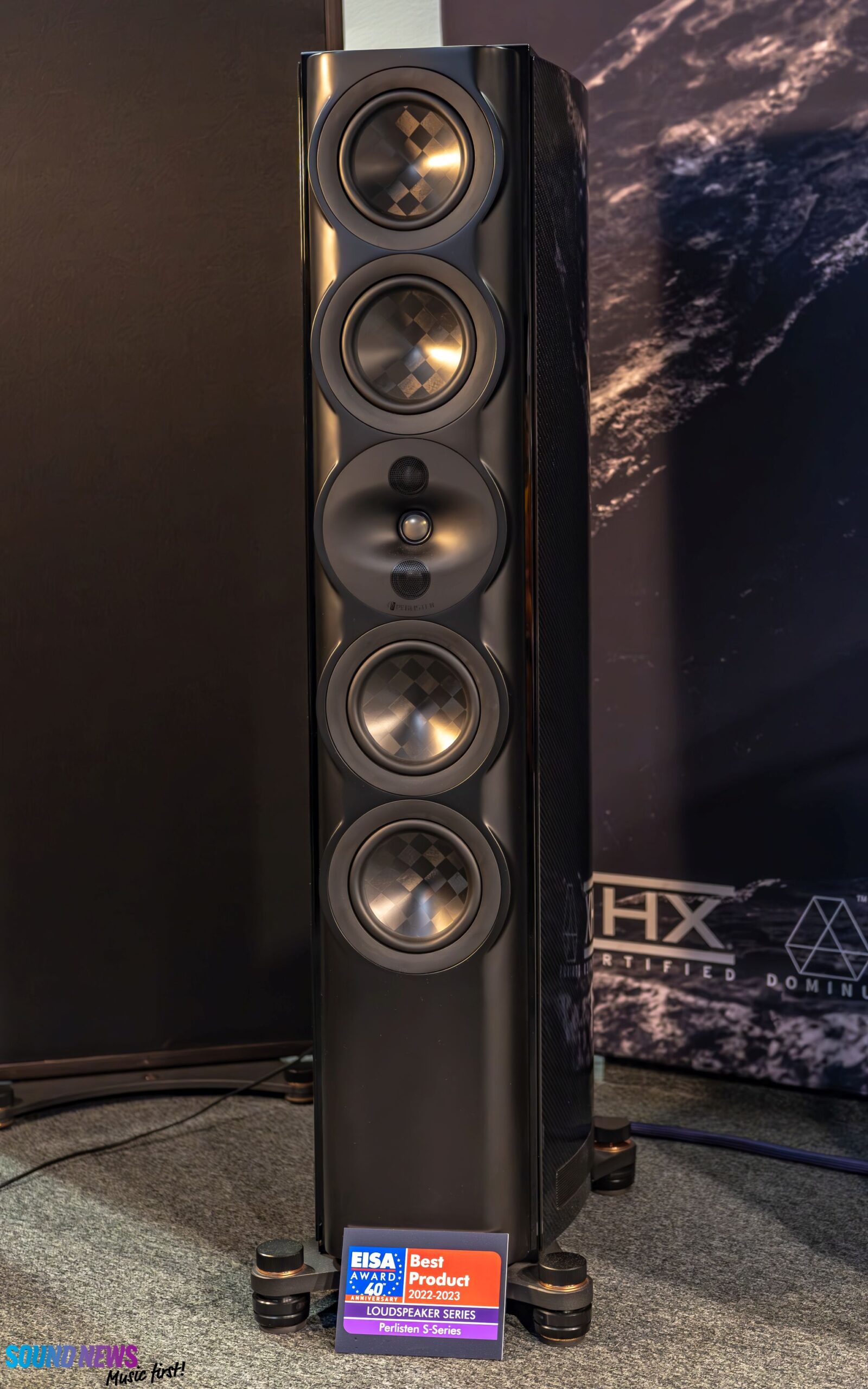
We’re no strangers to the Perlisten S7T, so we knew what we were in for and, unsurprisingly, the experience delivered precisely what we expected…and then some. Tonality remained impeccable, even as the scale filled the room. Imaging was pinpoint accurate, microdetails arrived in abundance without ever feeling clinical, and the presentation maintained a physical, powerful presence across the entire audible spectrum.
Dynamics were immediate and alive. Bass carried real weight, while the new D8is subwoofer extended the low end with authority, and the treble floated effortlessly with air and refinement. The system never lost its poise, even under extreme conditions.
And extreme conditions there were! Thanks to our playful musical choices and SPL indulgences, we found ourselves in territory worthy of Walt Zerbe’s famous words, now fully adopted by us. The heated lithium scent from the subwoofer’s coils was a small but thrilling reminder that Walt had pushed the system to its absolute limits, and we loved every second of it!
The SPL levels reached heights that would satisfy even the most fearless audiophile, yet the system retained composure, coherence, and sheer musicality. It was loud, it was exhilarating, and above all, it was fun, proving that a high-end system doesn’t have to be serious all the time; sometimes it just has to let you grin from ear to ear.
- Qualio Audio
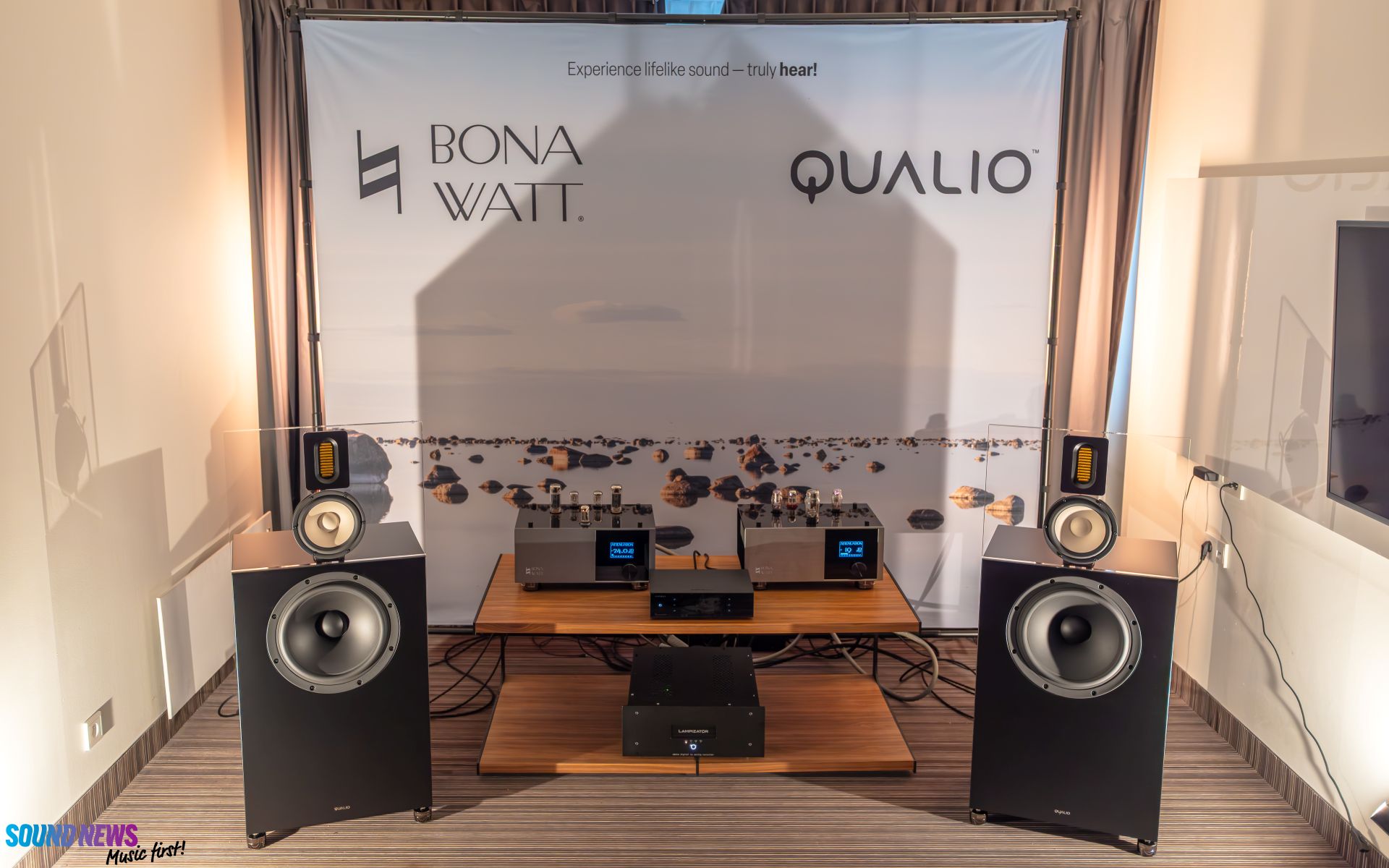
Another world premiere at the show came from Qualio, introducing the IQ30, their famous open-baffle duo now paired with a larger 12” SB Acoustics woofer, capable of reaching down to 27 Hz with authority.
At the heart of this open-baffle design are two truly exceptional drivers: a 7.5″ SB Acoustics Satori Papyrus and a dipole Mundorf AMT super-tweeter, extending up to 30 kHz and radiating sound in both directions. Paired with BonaWatt amplifiers and a Lampizator DAC, the IQ30 made a statement that was impossible to ignore. The announced price is €14,700, a figure that feels justified once you hear them in action.
The advantages of an open-baffle design were on full display: scale, width, and depth that few conventional designs can match. The bass was physically present, linear, fast, and articulated, giving the system a strong foundation without ever overpowering the mids. Across the audible spectrum, coherence was flawless, imaging remained precise from both the sweet spot and side chairs, and the treble floated effortlessly, airy, extended, and entirely fatigue-free.
Aesthetically, the IQ30 might divide opinions, but when it comes to sound, there was no debate: this is a confident, capable, and musically engaging open-baffle system.
- Raidho Acoustics

It’s no secret to anyone that we love Raidho loudspeakers. Hell, scratch that! We glorify Raidho speakers, as two of our writers use their majestic TD2.2 floorstanders, which, in the right conditions, could easily outperform much bigger and pricier music-making machines.
The Danes were showcasing their TD 3.10, which we also auditioned at High End Munich a couple of months ago. In the usual fashion, we got their signature refinement and elegance, now amplified with an even greater sense of scale and presence. The dual 10-inch diamond-coated woofers delivered clean, deep, textured, and lightning-fast bass, giving the music a physical and authoritative foundation without ever sounding heavy-handed.
The midrange carried a gentle warmth and natural beauty, which was further enhanced by the presence of MOON electronics in the chain. And, of course, the famous Raidho ribbon tweeter soared effortlessly! The kind of extension and open wide sound that is hard to replicate by any other loudspeaker brand, adding shimmering detail and sparkle to the soundstage.
Across the board, the system delivered an impressive technical performance, complemented by Danish finesse. Stereo imaging was precise, dynamics were immediate, and the overall presentation invited you to sit back and enjoy every second of the music. It was a room that felt polished yet alive, a quintessential Raidho experience that we couldn’t miss!
- Electrocompaniet & Rockport Technologies
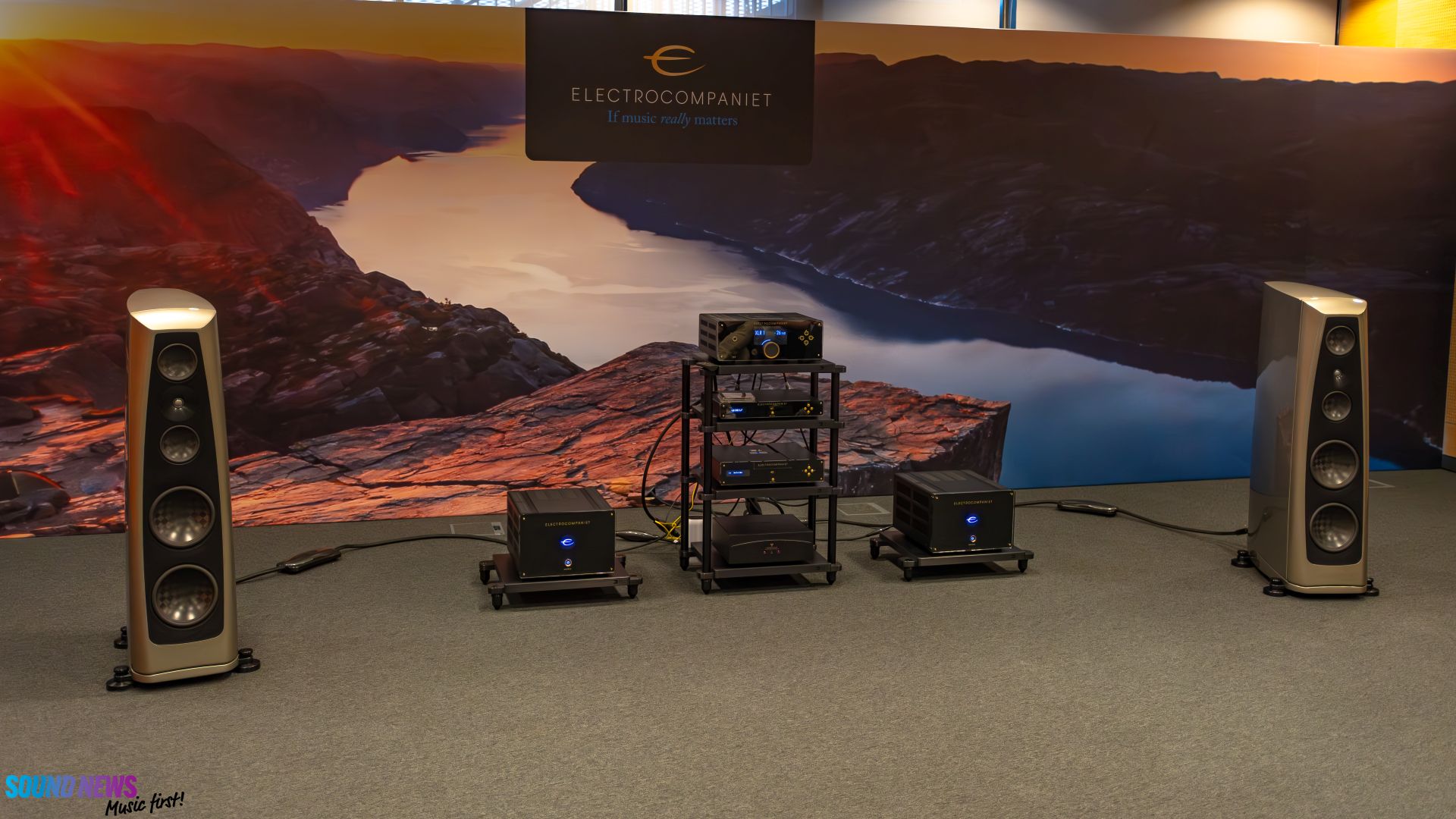
This was one of the largest rooms at the stadium, and the system inside rose to the challenge in style. The setup featured Electrocompaniet’s finest, the AW 800 monoblocks, EC 5 Reference preamplifier, EMC 1 MkV CD player, and ECM 1 MkII streamer, all driving a pair of Rockport Technologies Lyra loudspeakers.
Our time here was brief, but it didn’t take long to recognize those familiar Rockport virtues: abundant bass authority, a massive soundscape, and refinement now infused with that unmistakable Electrocompaniet warmth. The sound carried weight, the soundstage stayed steady and focused (even as visitors wandered around the room), and everything just felt right.
At roughly 200–300 square meters, this was a vast space, and we found ourselves craving a bit more SPL. The system filled the room effortlessly, but you could tell it was asking for a little more volume to truly stretch its legs. When it did, though, scale and depth came alive, images extended well behind the speakers, height felt perfectly proportioned, and the bass hit with both authority and texture. Through it all, the midband stayed calm and composed, even as the music built to those glorious crescendos.
- Silent Pound Bloom
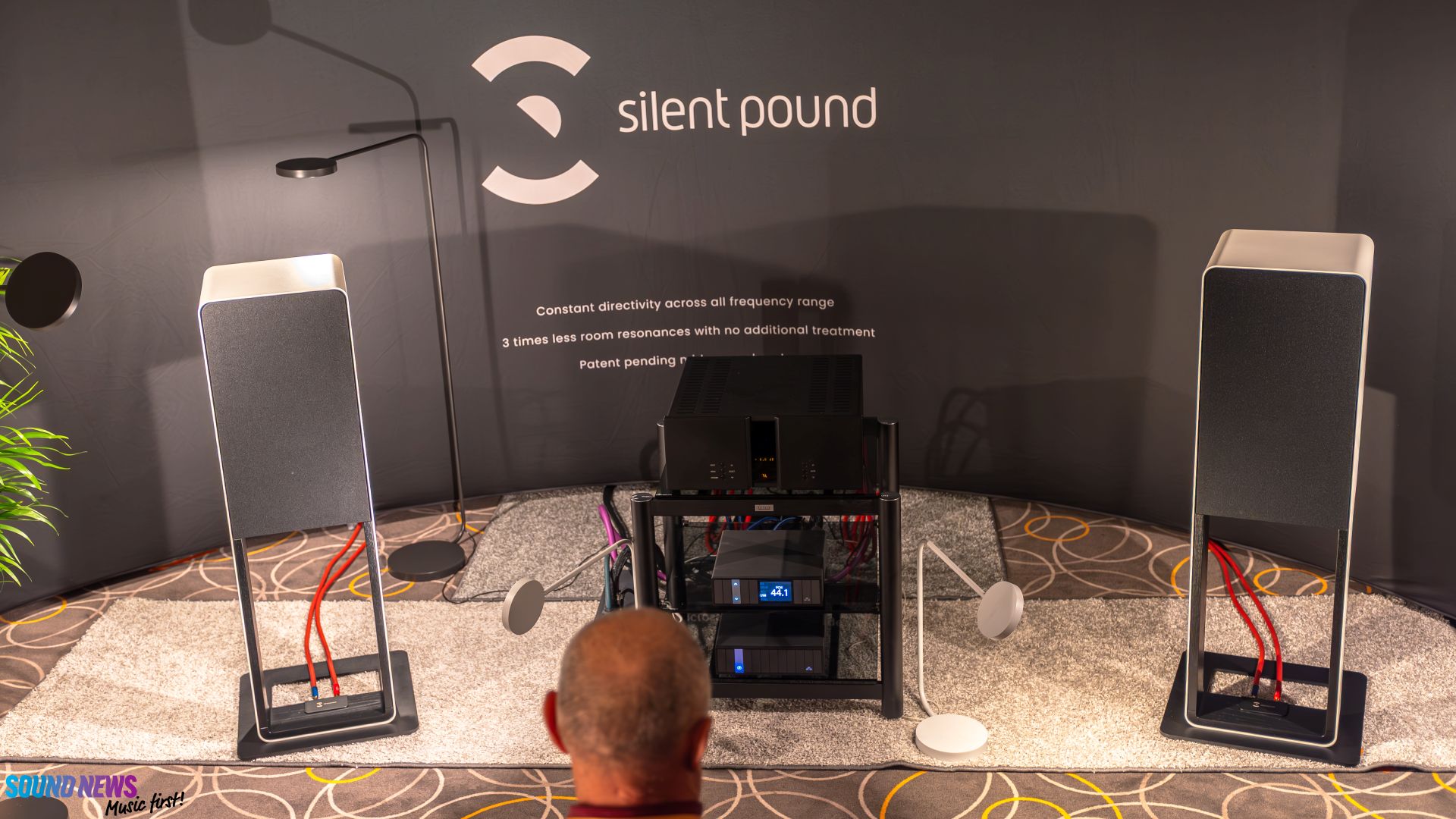
Silent Pound made quite an entrance with their new Bloom model, a loudspeaker that looks every bit as bold as it sounds. With two 12-inch woofers in a dipole configuration and an 8-inch coaxial unit paired to a 1.4-inch compression driver, this setup didn’t just hint at authority, it announced it. The bass was precisely what you hope for from that kind of architecture: big, physical, and unapologetically satisfying.
The Vitus Audio integrated amplifier proved to be an ideal partner, offering effortless control, abundant headroom, and the kind of grip that made every transient land with confidence. One detail that really stood out was the seating layout. Instead of the usual scatter of chairs at random angles, Silent Pound lined them up neatly along the sweet spot axis, a small but brilliant touch that turned listening into a properly tuned experience rather than an exercise in acoustical luck.
From bass to mids to highs, transitions were seamless, voicing was coherent, and the whole presentation carried a sense of relaxed confidence that made it dangerously easy to lose track of time. Add to that a bold, industrial design that looked part sculpture, part sound machine, and you’ve got a system that drew us back more than once, partly to listen, partly to stare.
Starting at €14,999, the Bloom might just be one of those speakers that sounds as assertive as it looks. Consider us intrigued… and maybe just a little smitten.
- Storgaard & Vestskov
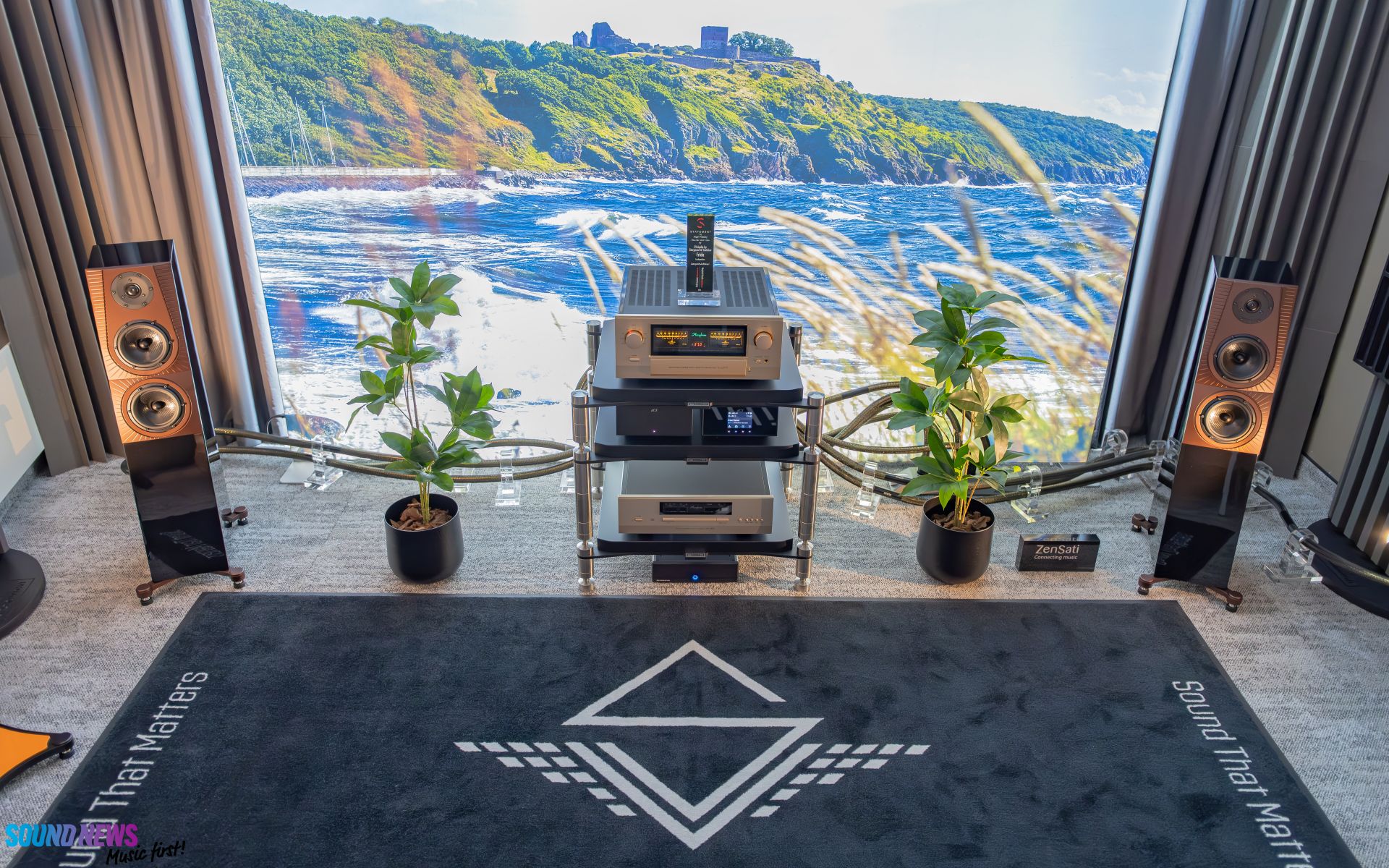
Just like last year, the Storgaard & Vestskov room turned out to be one of those places where you feel good the moment you step inside. Their GRO model was paired with Accuphase electronics, including an amplifier, CD player, dCS streaming DAC and clock, and ZenSati cabling, which tied everything together. The sound was dialed in beautifully, the music flowed naturally, and one track after another just… worked.
The energy in the room was as warm as the sound, no surprise, since we were welcomed personally by Lærke Vestskov Poulsen, the brand’s Marketing Manager, whose enthusiasm matched the performance of the system.
Timing felt crisp, balance was spot-on, and nothing ever shouted for attention. The soundstage reached wide and deep, the bass had both articulation and punch, and the treble stayed open and airy without a hint of sharpness. Even at moderate listening levels, microdynamics were always lively, pulsating in rhythm and keeping the music engaged at all times.
The whole presentation was quietly confident, the kind of sound that doesn’t try to impress in five seconds but ends up making you stay for twenty minutes. It was a thoroughly satisfying experience, and we can’t wait to listen to them again, maybe even in the comfort of our homes.
- Wilson Audio
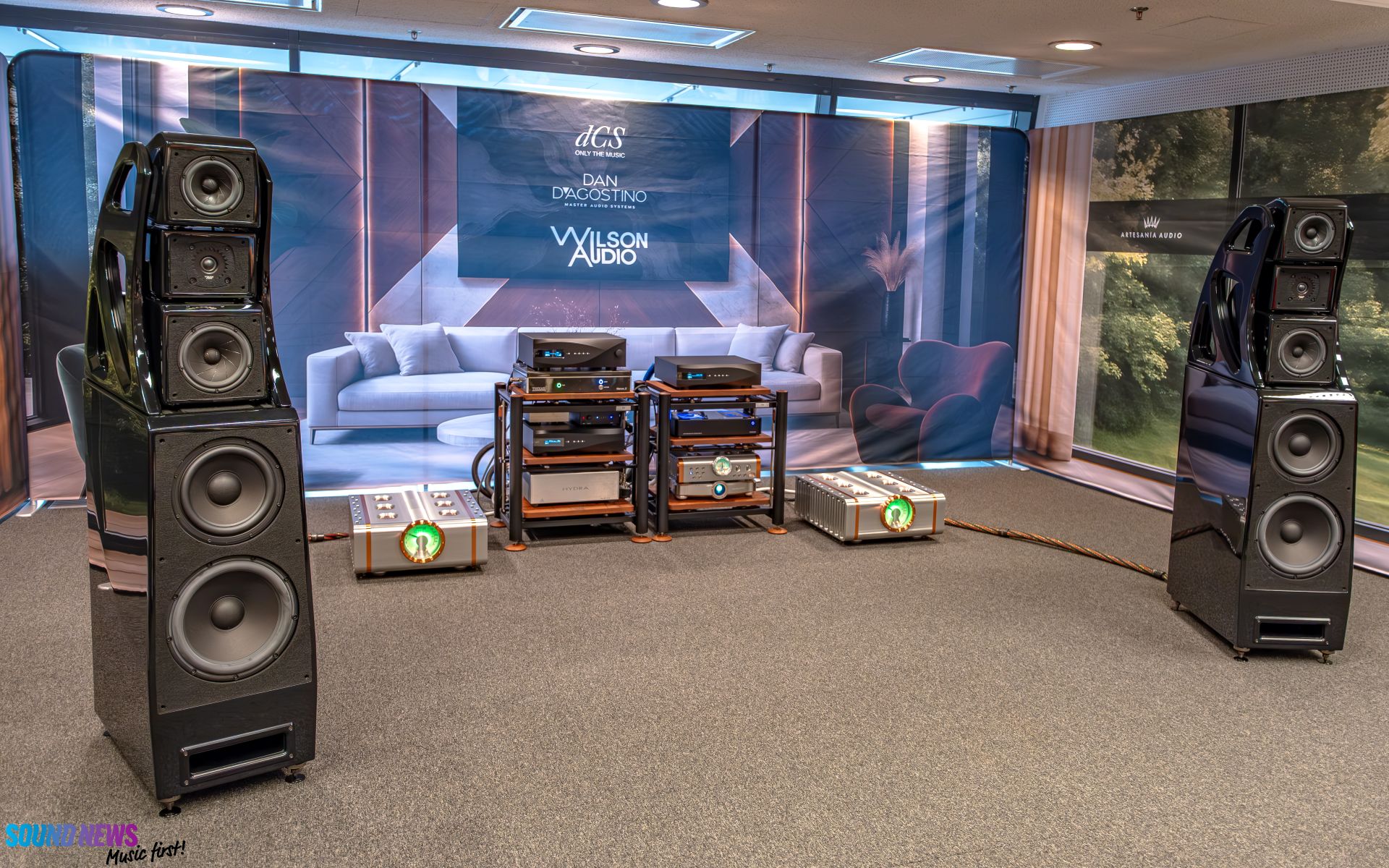
The TV Studio 2 room was the hot spot of the show, packed wall to wall with visitors, every seat taken, and even standing room scarce. We waited, we squeezed in, and within seconds, we understood why.
Front and center were the Wilson Audio Alexx VFX loudspeakers, powered by a pair of Dan D’Agostino Relentless 800 monoblocks, with the brand-new Momentum C2 preamplifier at the helm. Digital finesse was achieved courtesy of a full dCS Vivaldi Apex stack, comprising an upsampler, master clock, and DAC, all powered by a Synergistic Research Voodoo server. Supporting cast? Shunyata Research Altaira X grounding, Artesania Audio racks, and a tangle of Stealth Audio, Shunyata, and Synergistic Research cables. Just reading that lineup makes your wallet sweat.
And yes, this was one of the most extreme systems of the entire show, both in scale and ambition. The crowd wasn’t just big; it was mesmerized.
The bass came through like a controlled explosion, deep, physical, and perfectly shaped. The soundstage felt cinematic, with laser-cut imaging and a sense of scale that matched the price tag. Dynamics punched hard but never lost their composure, and tonal balance remained pure and effortless from the lowest growl to the highest shimmer.
This was the kind of setup that didn’t just play music, a full-blown HiFi system built to impress, and it did exactly that, every single time the play button was pressed.
- WILE Audio
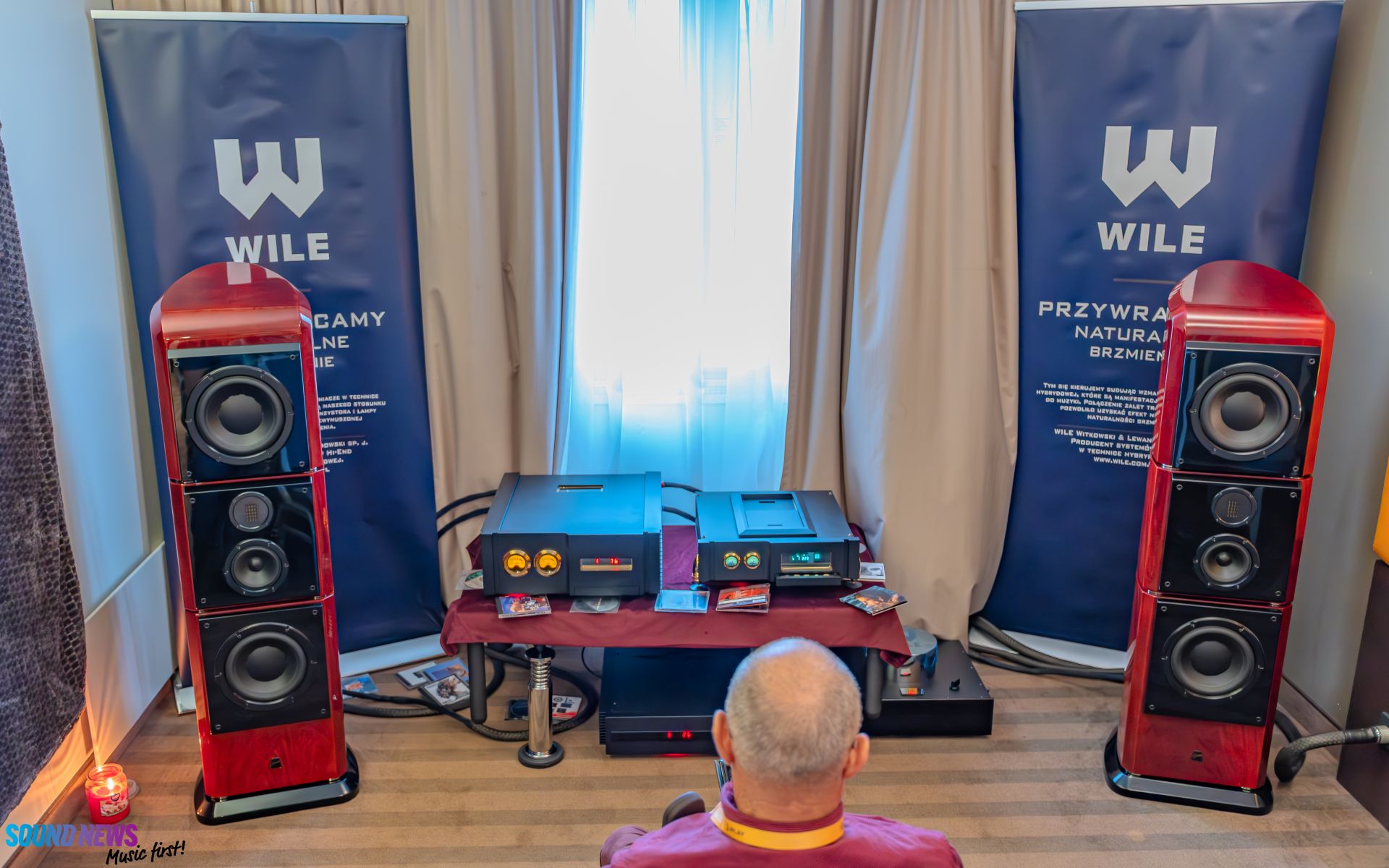
Straight from Poland, WILE Audio brought an all-in-house system that radiated craftsmanship and pride. Their Jazz Integrated Amplifier was hooked up to the Mocarz Power Conditioner, and from the first few notes, we could tell this room had personality.
WILE’s signature hybrid design was front and center. The Jazz Integrated Amplifier runs Korg Nutubes in its preamp stage, paired with Vishay MOSFET output devices and powered by twin Toroidy transformers. That combo perfectly explained what we heard: the warmth and harmonic glow of tubes meeting the grip and precision of solid-state. A sweet spot, nailed beautifully.
Minutes turned into half an hour without us even realizing, and that’s always a good sign. The sound was fun, musical, and effortlessly engaging, the kind of presentation that makes you forget about analyzing and enjoy the groove.
Everything in the chain was WILE: loudspeakers, amplifier, source, even cabling, and it all worked together like one well-rehearsed band. You could feel the Polish passion for audio in every note.
We’d love to see WILE participating in more international events, as what they’ve built here deserves a broader audience. It was a room filled with music, joy, and authenticity, getting a thumbs up from us.
II. HEAD-FI GEAR
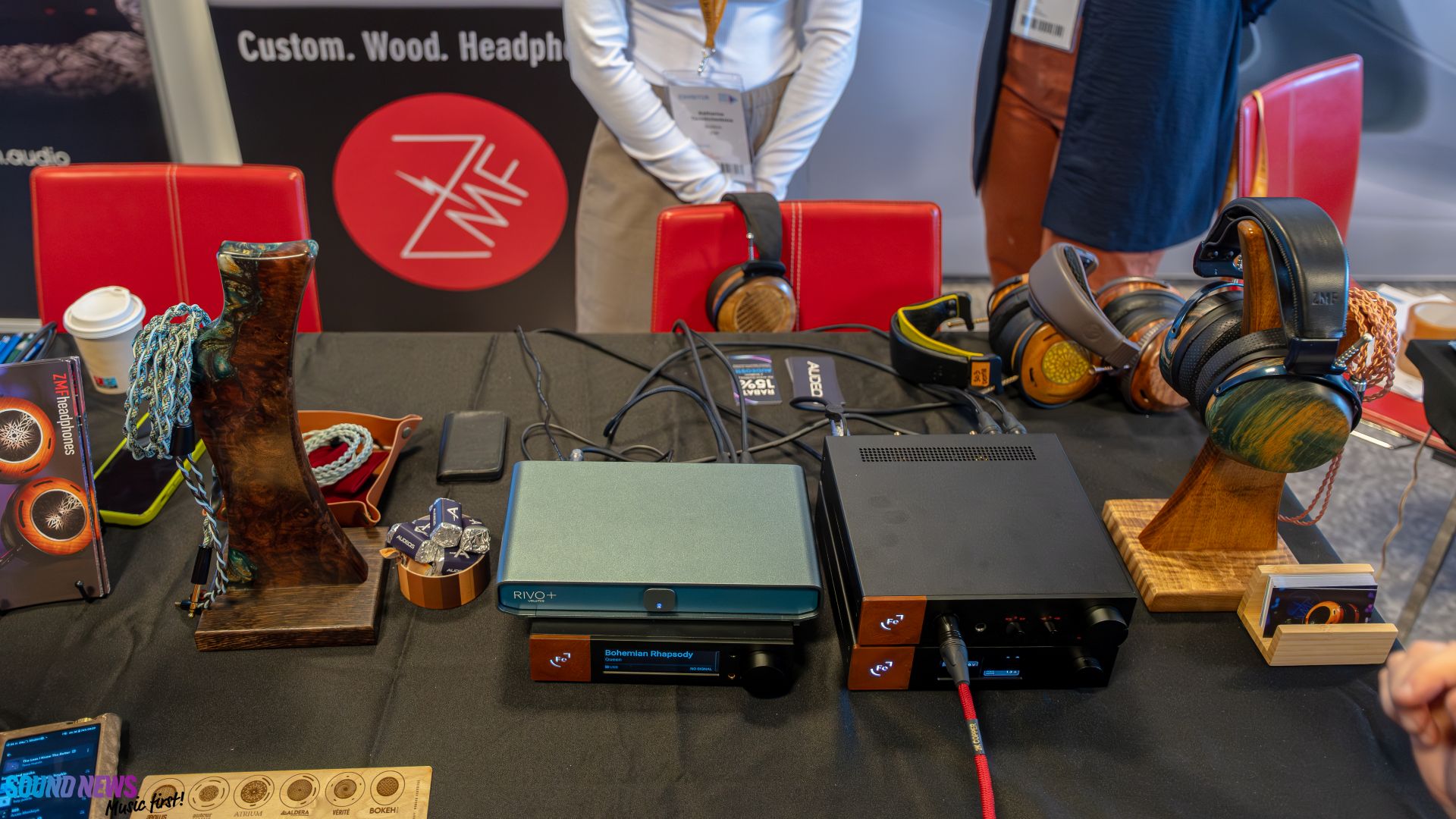
If you’re a returning visitor to the Audio Video Show year after year, then you already know that the Headphone Zone is the coolest zone to hang around and chat with a couple of friends. Although it’s always crowded and busy, uniting the front and back sides of the building, it’s surprisingly quiet. To the point that you can easily compare a couple of open-back headphones and it would feel totally normal. Most of the head-fi brands were present at the show, from affordable to sell-a-kidney-and-a-half stuff, and sure, some of that sounded legendary. I immensely enjoyed every booth on display, but since I already knew most of the systems, I decided to try out only the new gear I hadn’t had the chance to try before. We didn’t have as many HiFi-grade headphones released this year, but don’t you worry, there are a couple of headphones slowly cooking for a magnificent release in Q1 and Q2 of 2026, and I’m happy to report that we are going to do a couple of world-first headphone reviews when the time comes. Until then, let’s briefly talk about the newest releases that I felt sounded fantastic.
- Nur Headphones
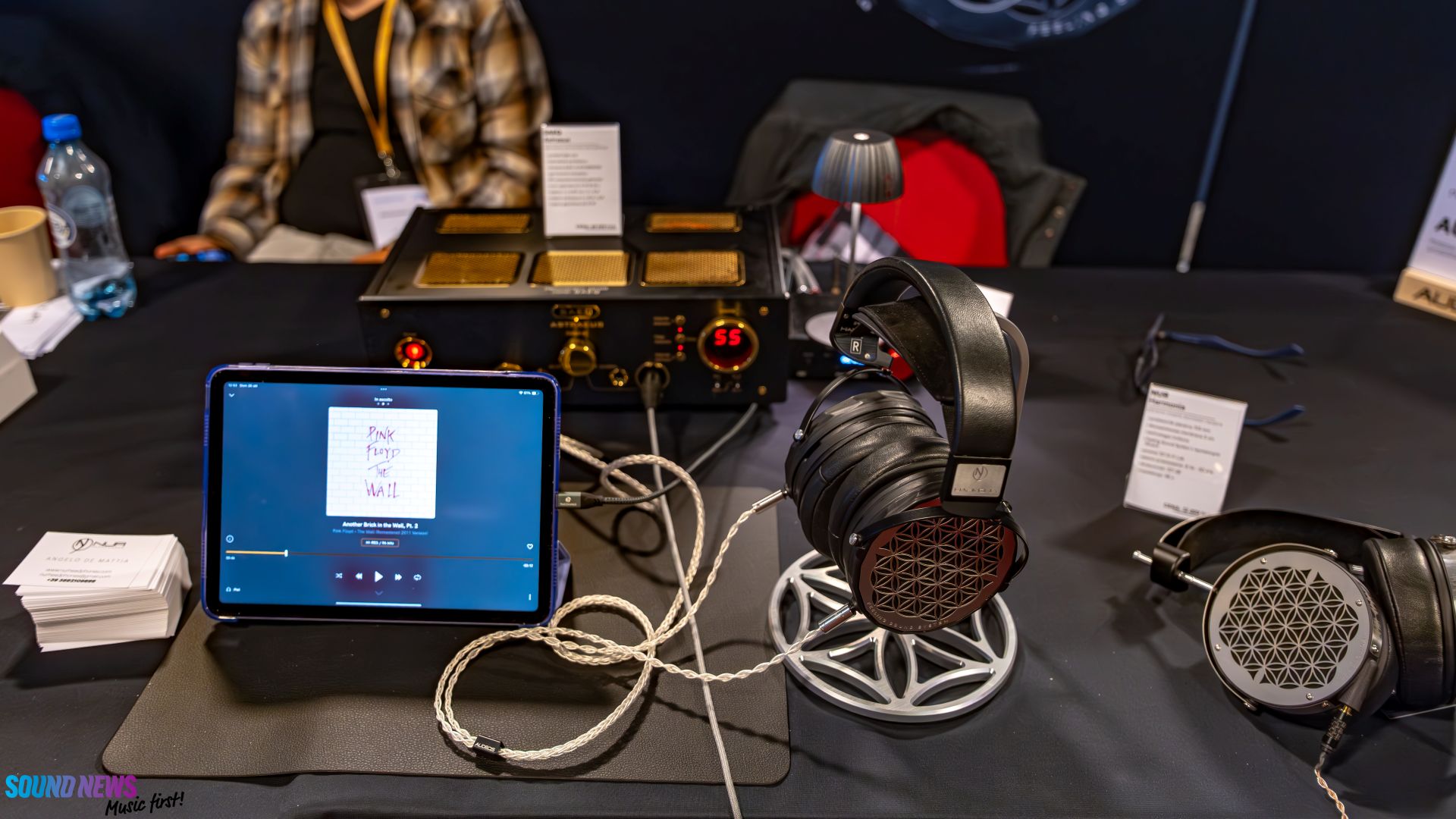
I didn’t know much about this brand, but after talking for more than half an hour with the man behind the brand, it was clear to me that I was talking with a man touched by music, more so than by electronics. Angelo De Mattia didn’t only explain why he used this and that in the creation process and why it took so long to finely polish every step of the way to arrive at what is called Harmonia. Still, he also explained the main reason he started everything from scratch: he wanted to hear music as he had never heard it before. Unfiltered, unprocessed, just pure. To be frank, I spoke extensively with Angelo and didn’t have much time for a proper listen; time was of the essence in those three chaotic days. However, in that brief five-minute listening session, I was struck by how clean and transparent the sound was, propelled forward. Not even a hint of aggressiveness, of forced dynamics, everything was slowly appearing out of thin air, materializing millimeters away from my eardrums. The rest of the system was unknown to me, and it’s always tricky to draw conclusions in these situations. However, the Harmonia were the nicest headphones I auditioned at the show, and hopefully, I’ll have another listen to them in the comfort of my own home.
Angelo quietly whispered that Harmonia is only the humble beginning; he has already put his mind to good use, and a couple of headphones are already in the works as I’m typing this. Some will be open-back, while others will be closed; some will be affordable, and some will be shooting for the stars. I expect great things to come out soon from Nur Headphones; they already have a wealth of knowledge and a massive drive for creation. We just need to wait and see what’s coming next.
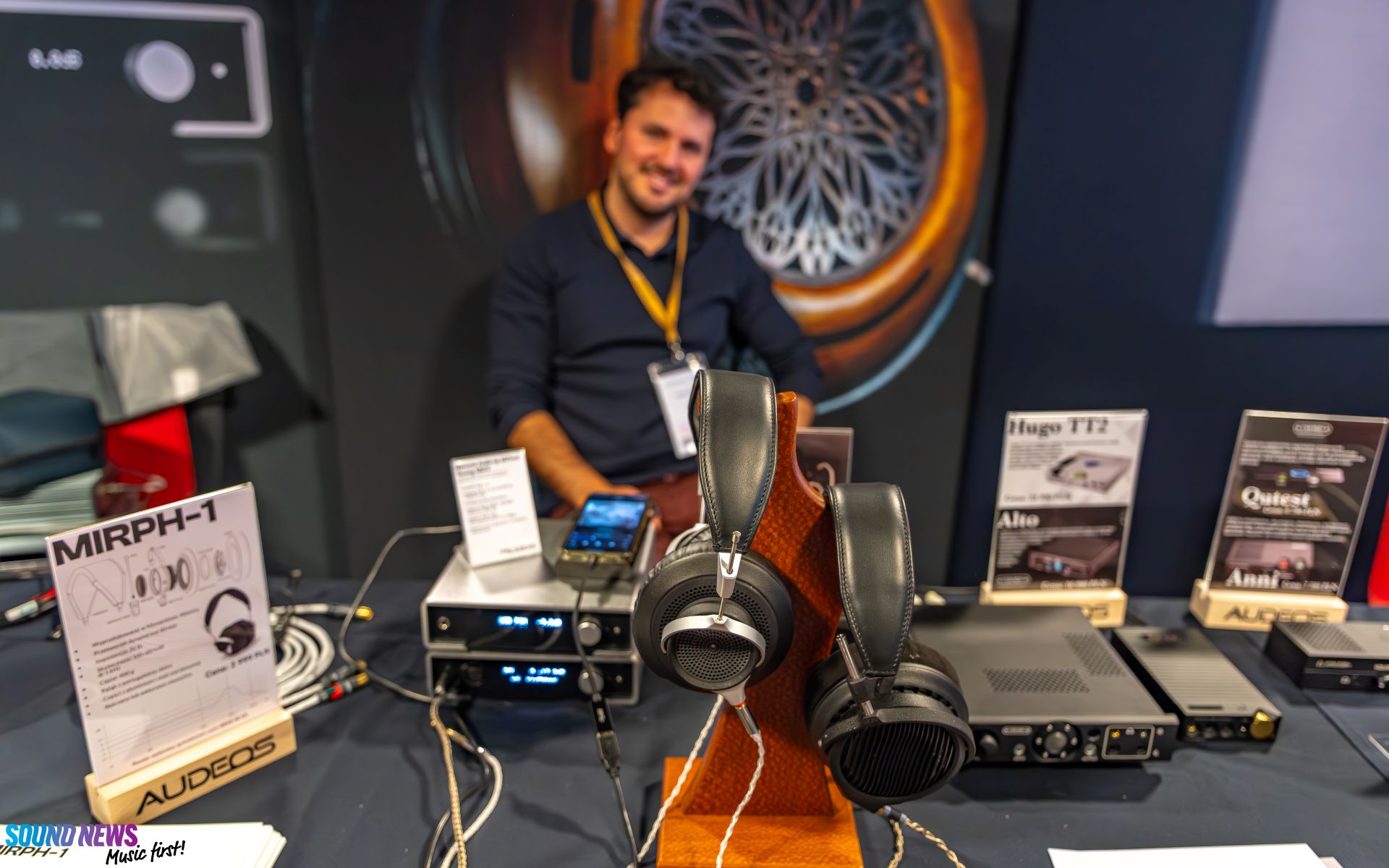
- MIRPH Designs (mirphdesigns.com)
Staying in line to try out the pimped-out Feliks Audio BLISS e-stat amplifier finally driven by a proper desktop DAC – the Chord DAVE (as opposed to a tiny portable DAP that was used at the HIGH END Show a couple of months ago), driving the incredible HiFiMan Shangri-La Sr. headphone, a guy greets me and casually asks if I can take a listen to his headphones, crafted and designed by his hands and finely tuned by his ears. Seconds transformed into minutes, as sharing a common love for all things audio, Homero Graco was both enthusiastic and quite serious about all of the most minor details. The MIRPH-1 came first (selling for €695), having a bit of a Grado vibe to them, and I was already picturing lots of distortion and an ethereal bass. But oh boy, how wrong I was! The sound was perhaps not a very technical one, certainly not geared towards hearing all the good or bad, but more towards the fun part. These made me groove along, even toe-tapping and head-banging a couple of times, with a focus on an entertaining listening experience rather than counting mastering errors. Besides a sound geared toward a warm midrange and playful bass delivery, I was surprised by how lightweight they felt in my hand and how comfortable they sat on my head. No annoying side pressure, the headband was soft and not too aggressive, and with little to no adjustments, I found the sweet spot I could enjoy for a couple of minutes. Engineered and handcrafted in Munich by a genuine music lover, I hope these will remain relevant in the years to come. For the curious ones, Homero is already working on a pair of planar-magnetic headphones that will push the technical boundaries even further, including dynamic range and scale. These are being fine-tuned as I type this, and somewhere next year, the planars will be ready for prime time, with yours truly conducting a review for the curious ones. Homero, I wish you good luck!
III. Wrapping Up
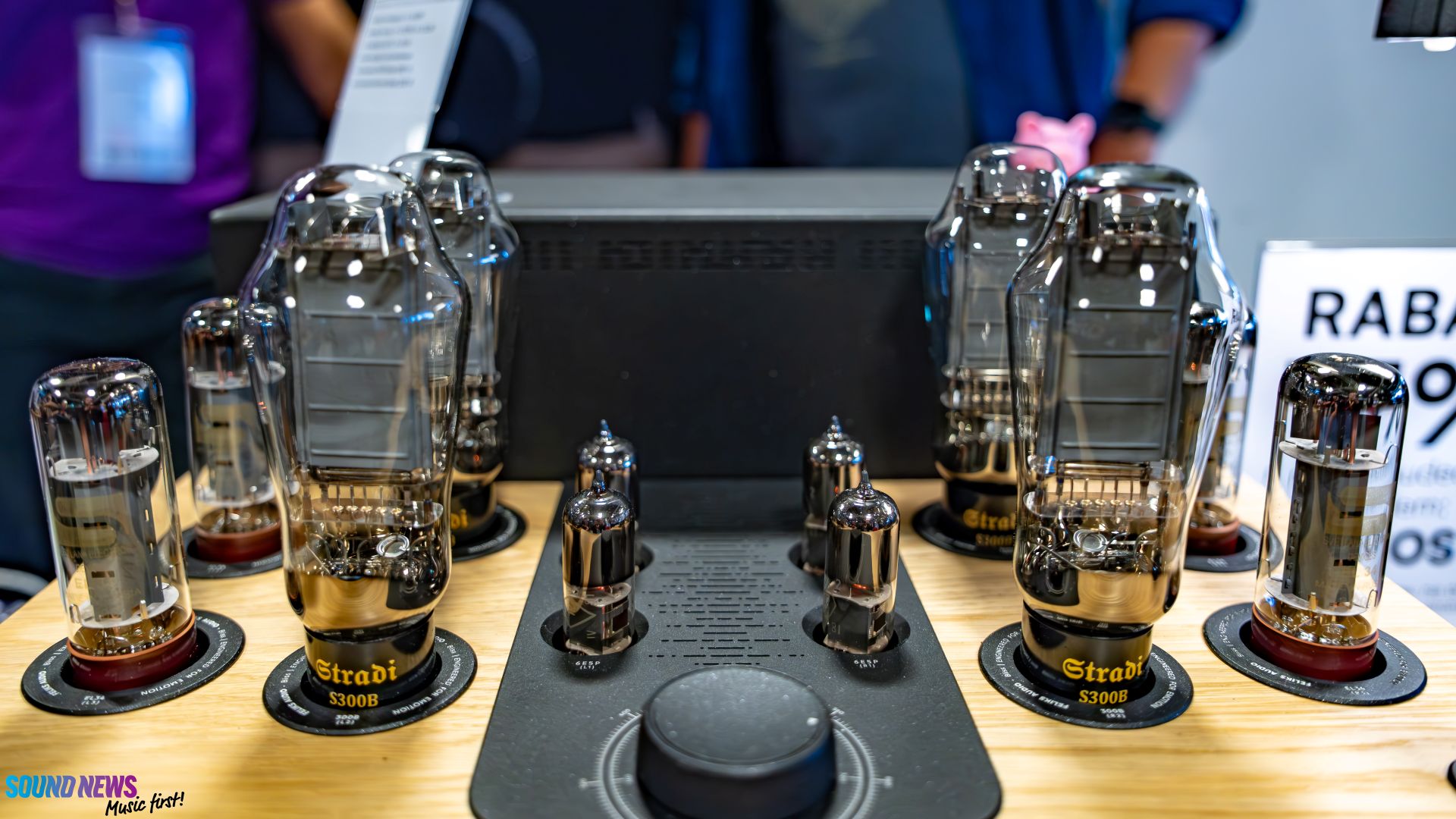
The most important thing to know is that our Best of Show and Editor’s Choice awards weren’t the only great-sounding rooms & booths we experienced in there. There were so many more! But since this is already a 14-page show report, we’ll stop here, and we’ll discuss other great-sounding gear in the years to come.
Now that we have gone through all the details that crawled into our hearts during these few days in Warsaw, our report comes to an end. We look back with melancholy over the great moments we had these past days, but we look forward to next year’s show – in our opinion, one of the most intimate and special exhibitions out there. We will miss Warsaw’s atmosphere, with its friendly people, sleek cityscape, and excellent cuisine. We want to express our sincere gratitude to all of you who received us with hospitality and smiles, and, of course, we want to give our thanks to the show’s organizers, without whom all of this wouldn’t be possible. Our final idea is a call for peace, which we hope to maintain regardless of the circumstances. It’s the most important thing right now, so necessary for us around this wonderful world.
Before bidding adieu, discover below a trove of several hundred pictures for your viewing pleasure. Until we meet again, folks!
